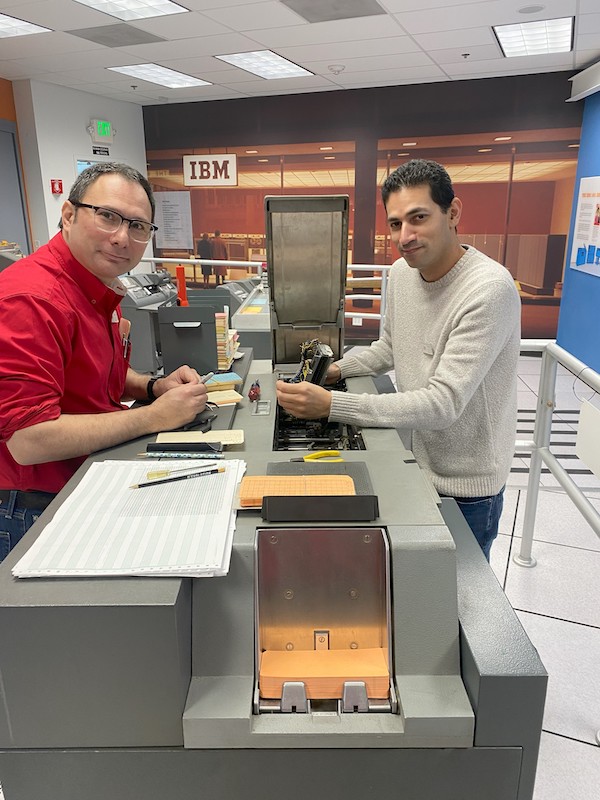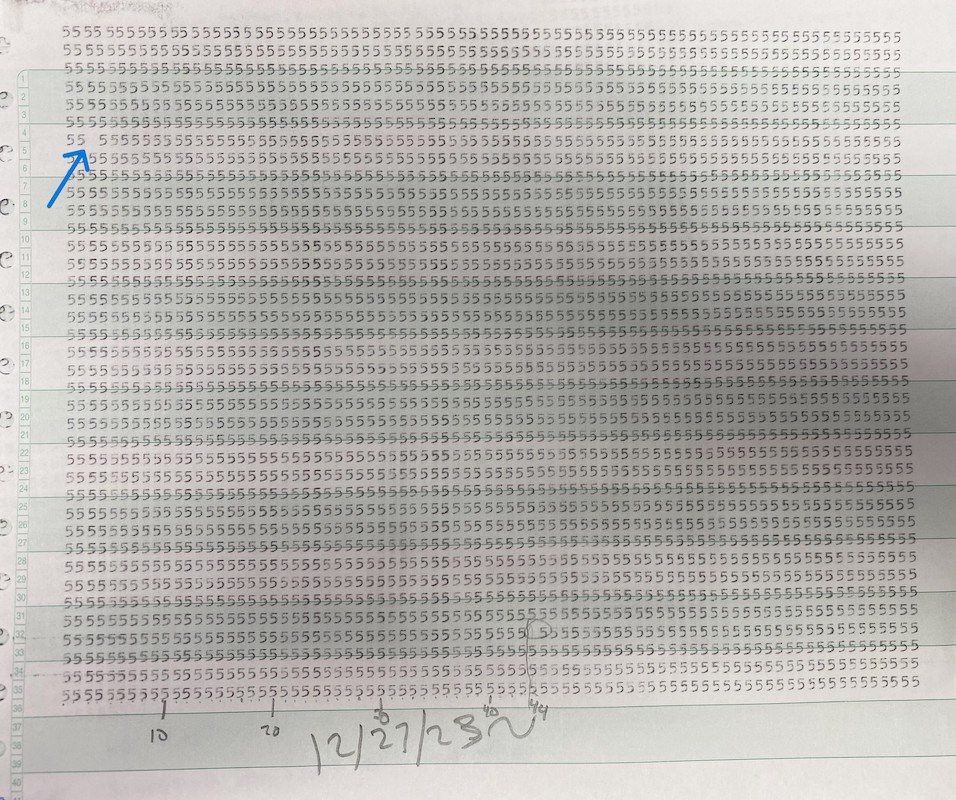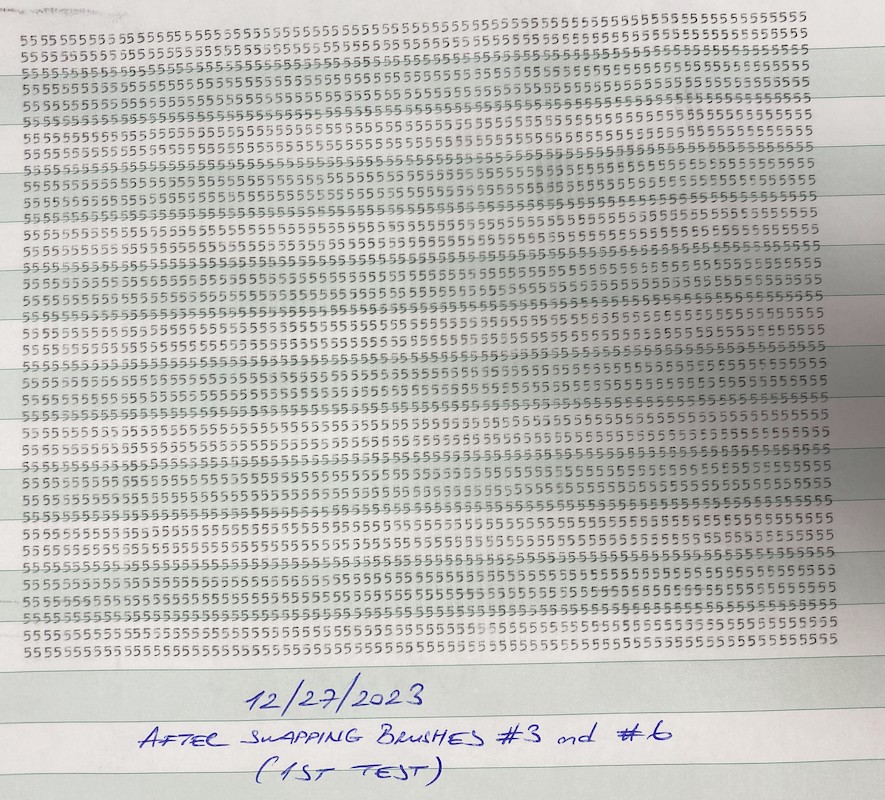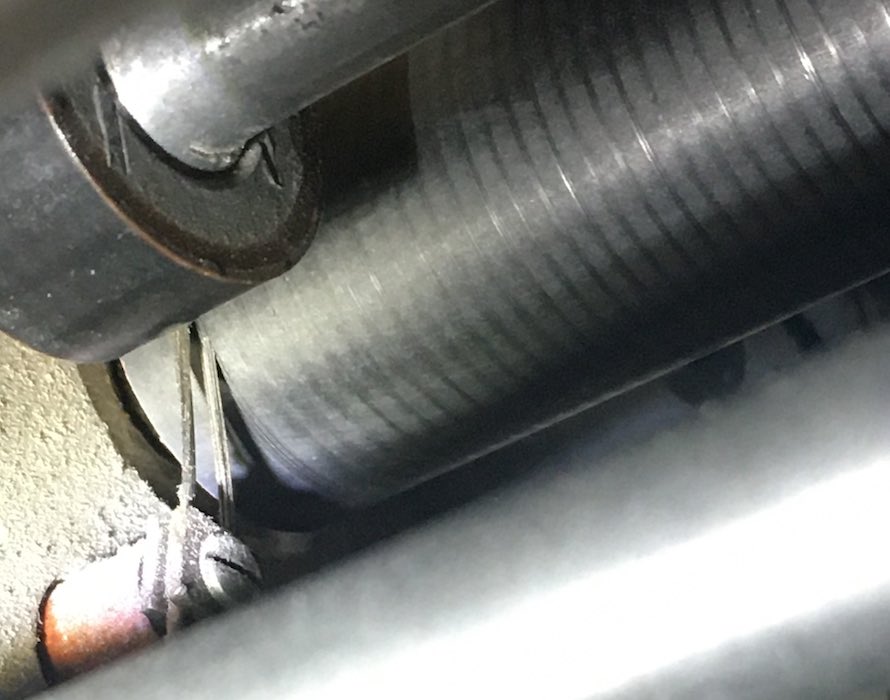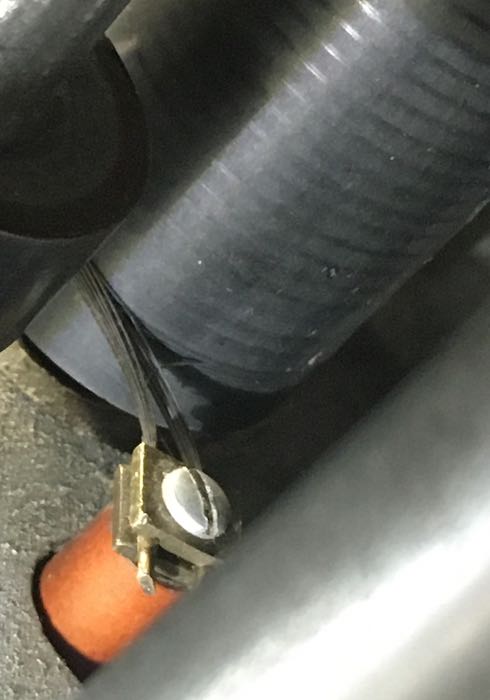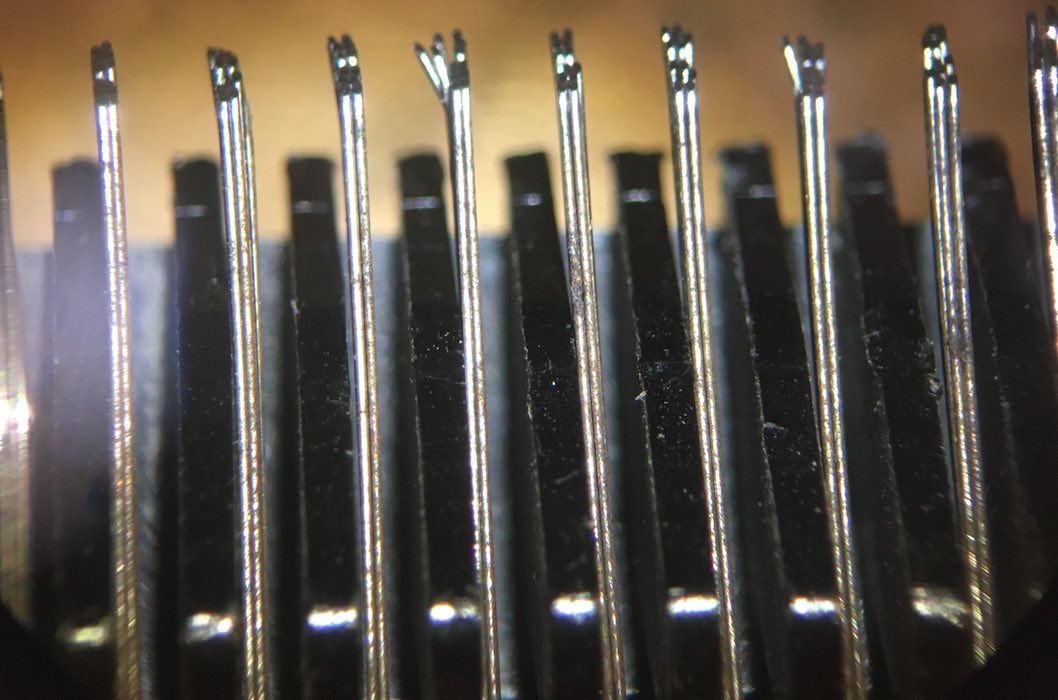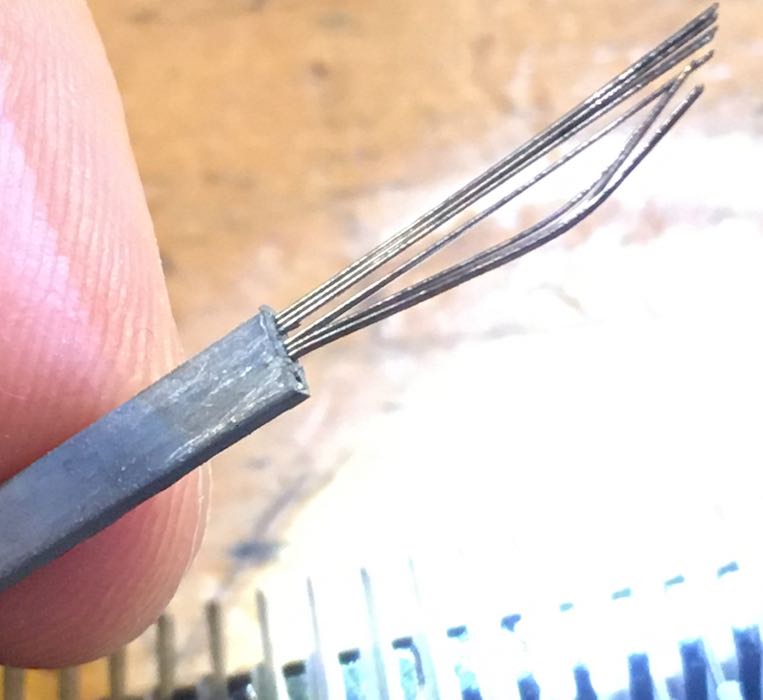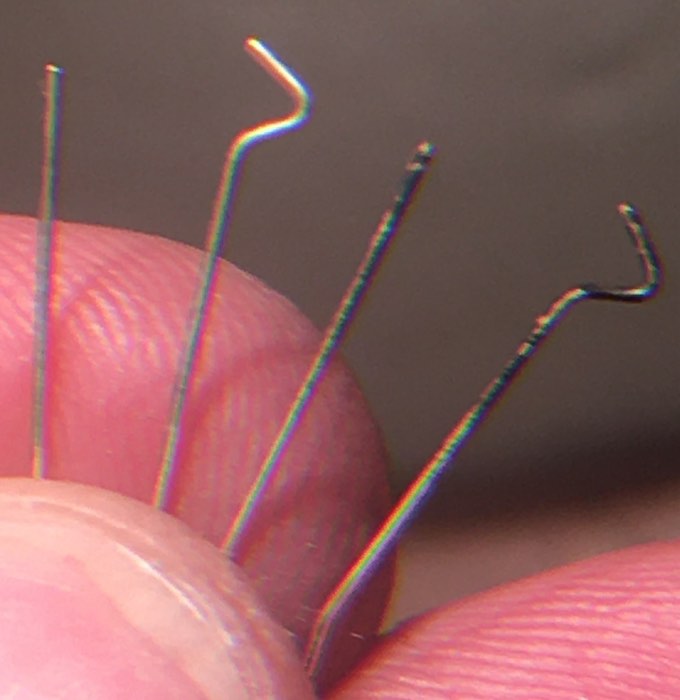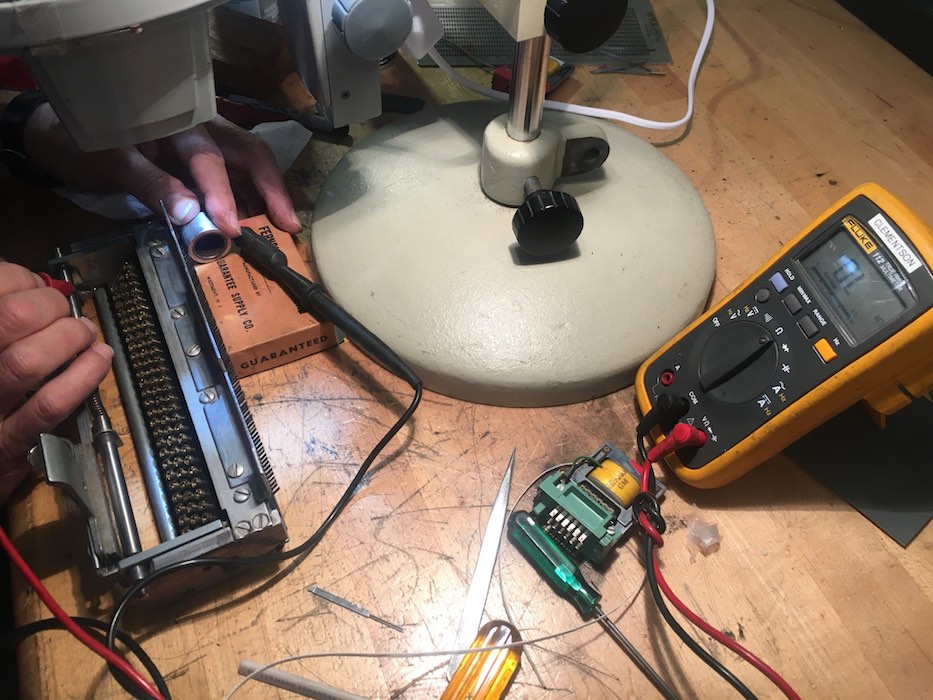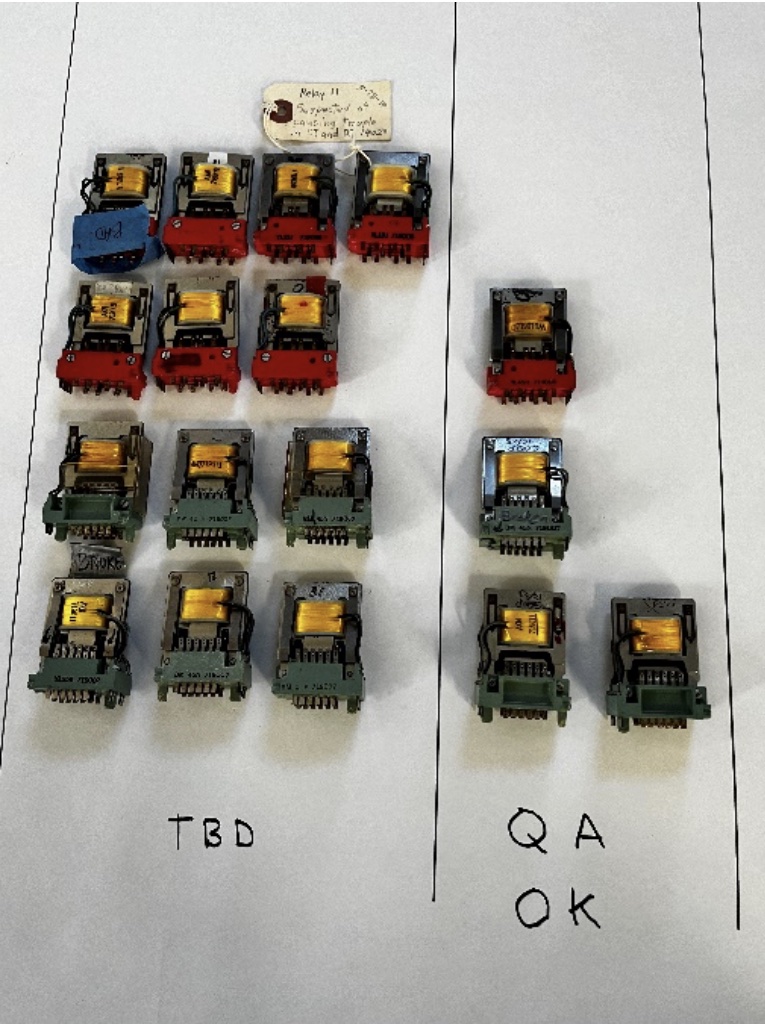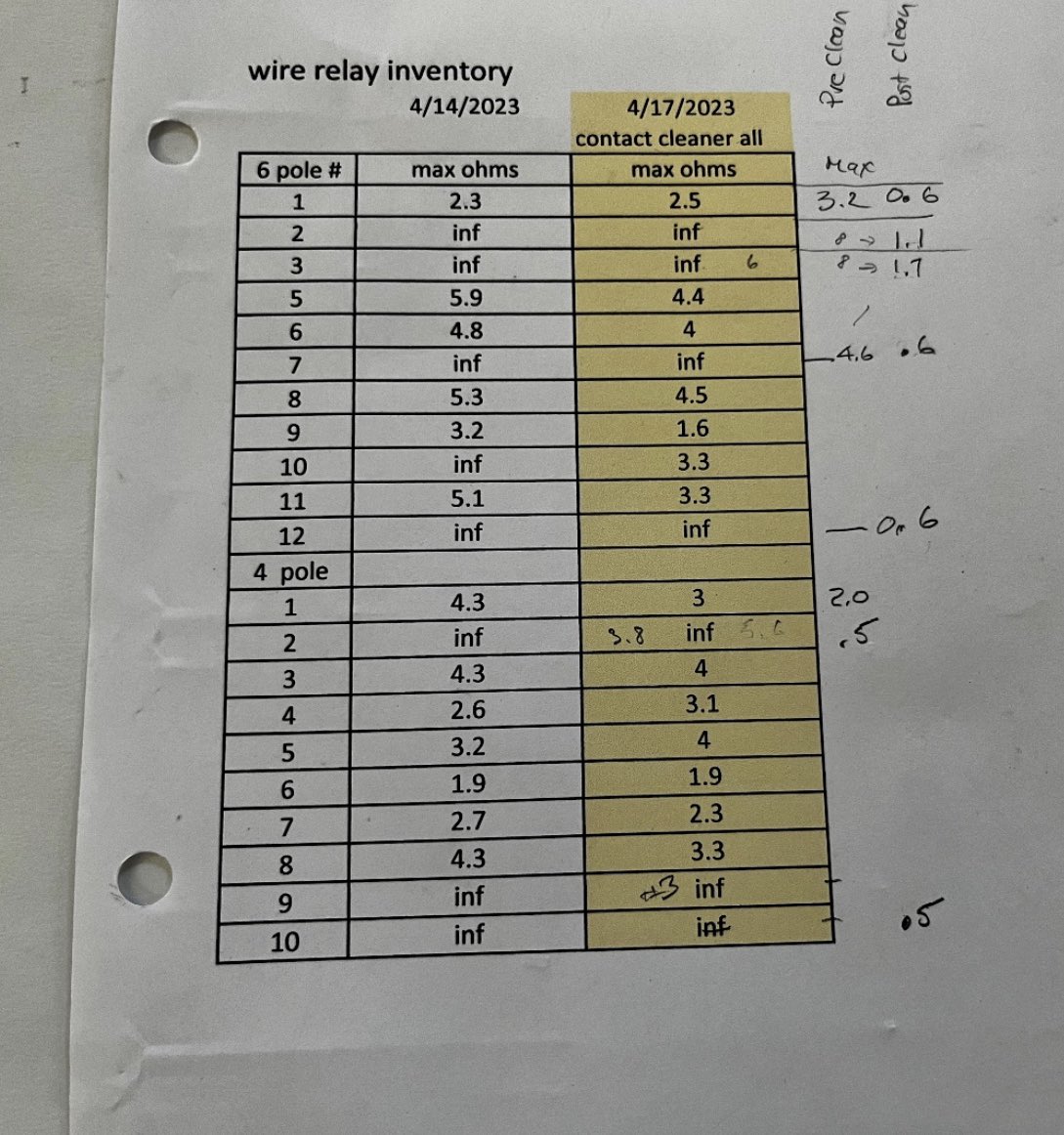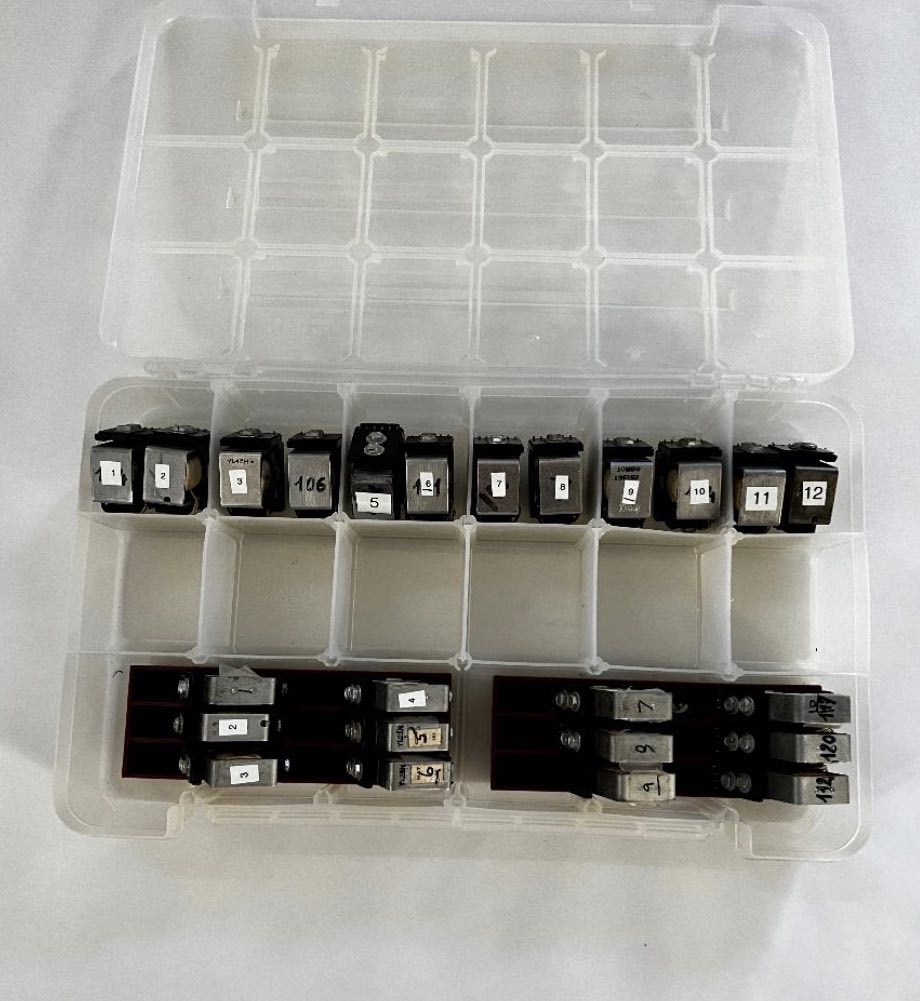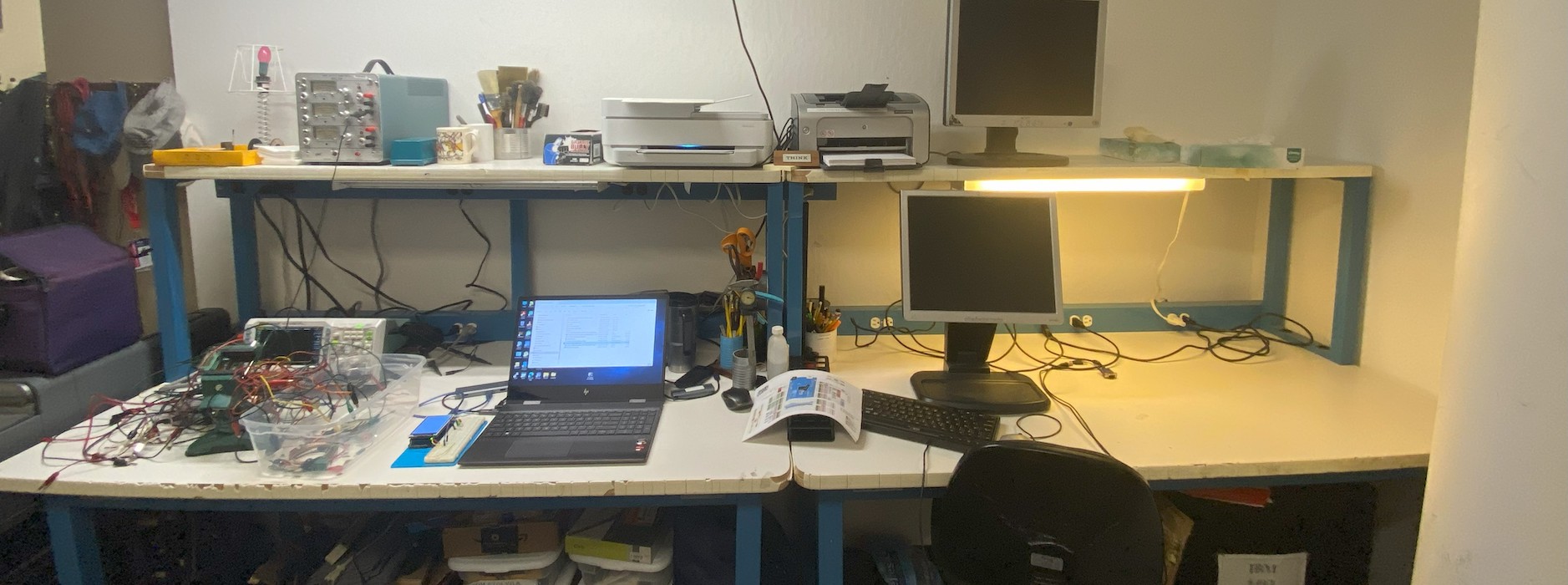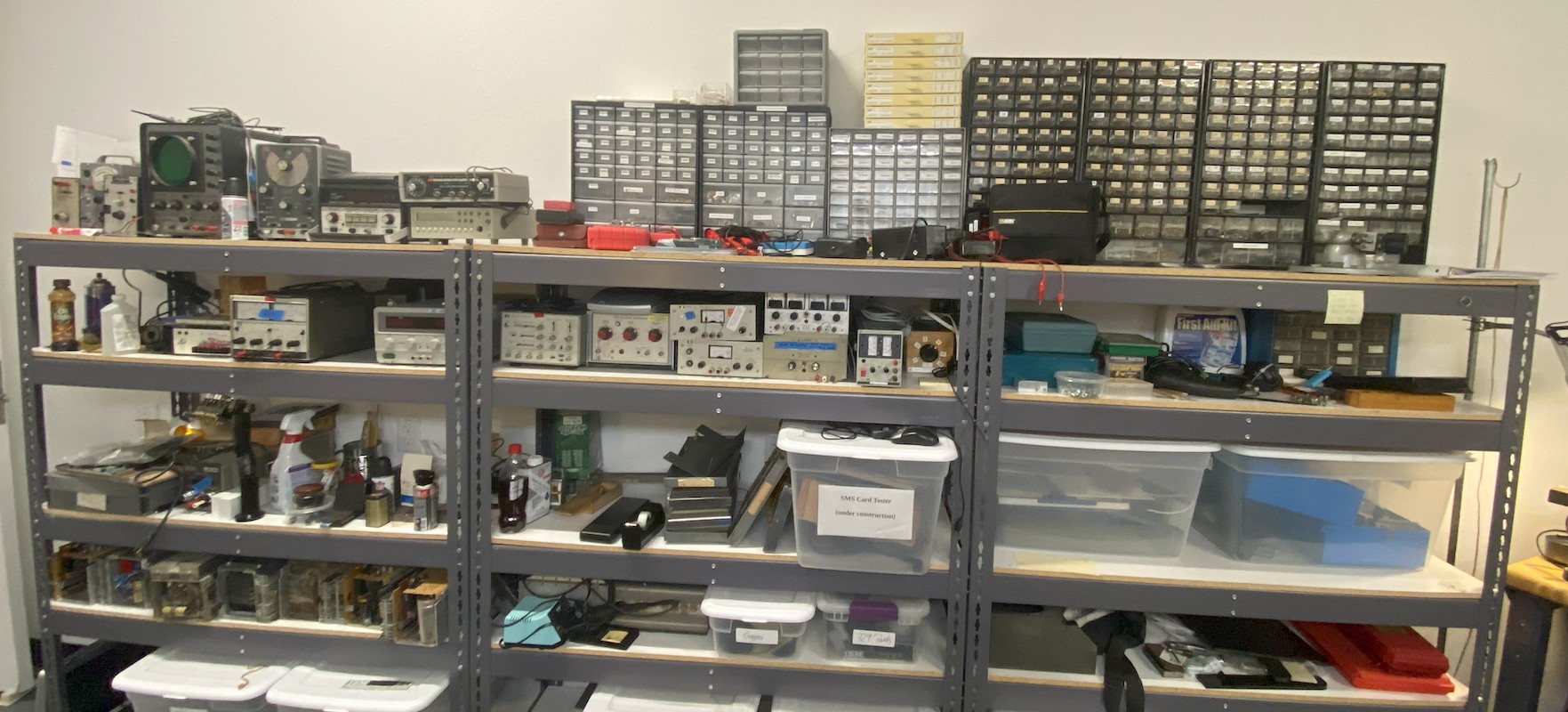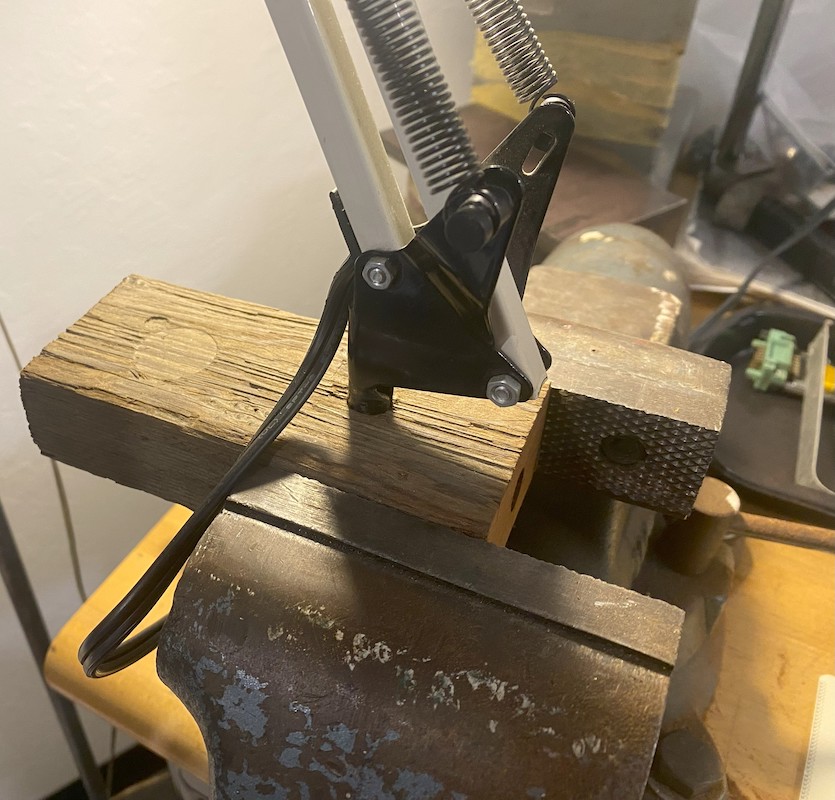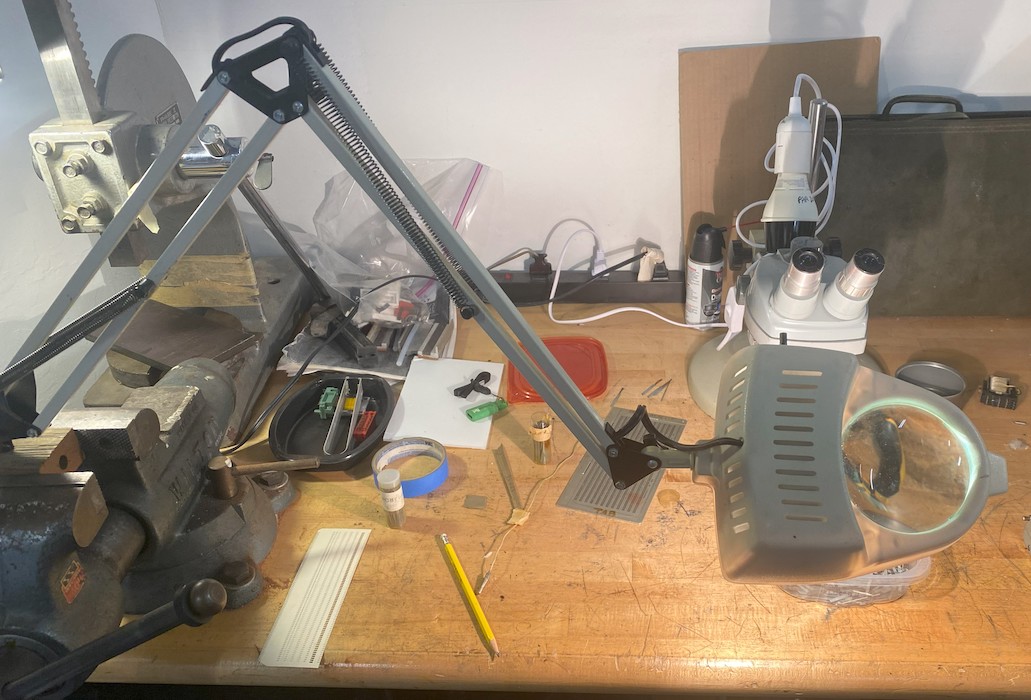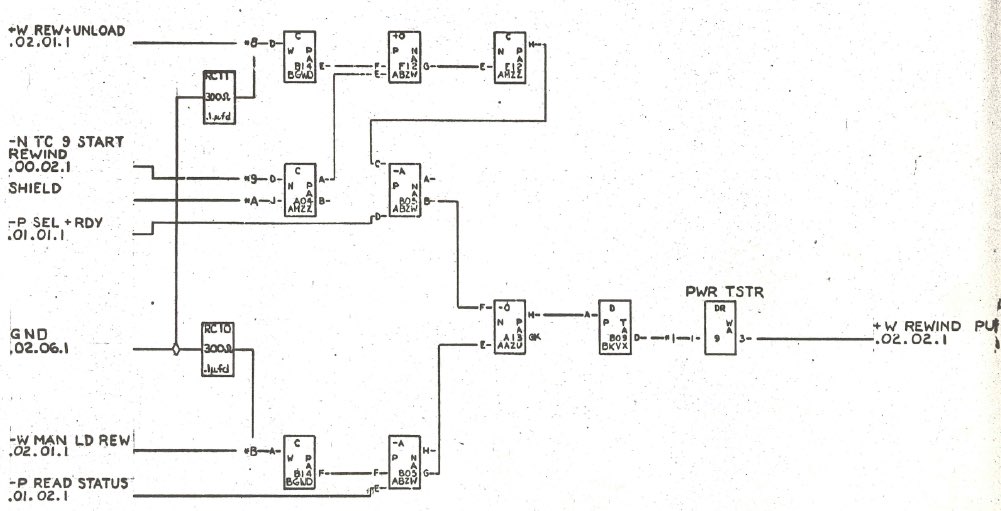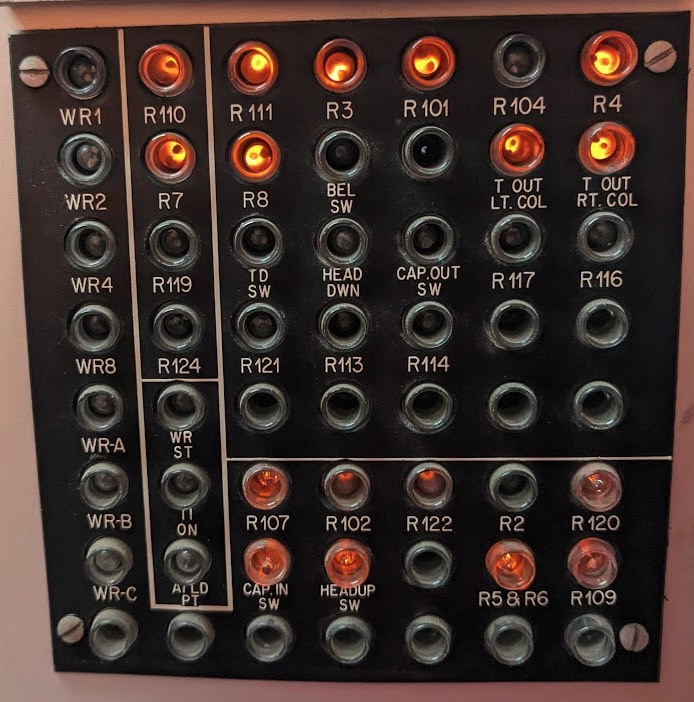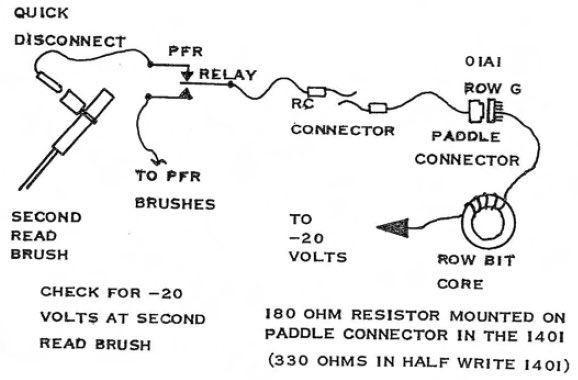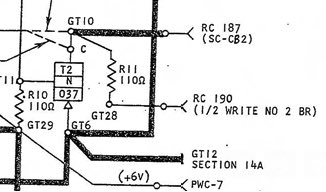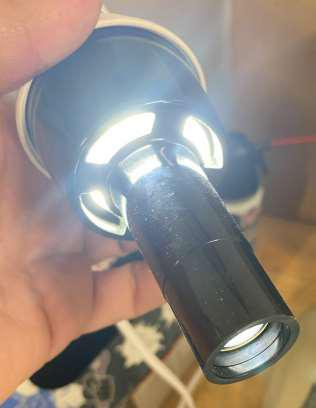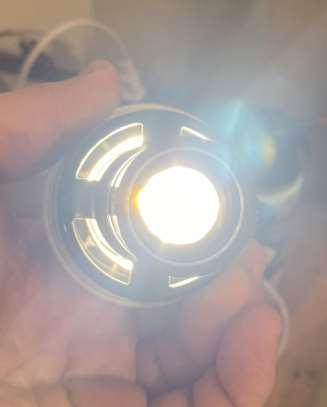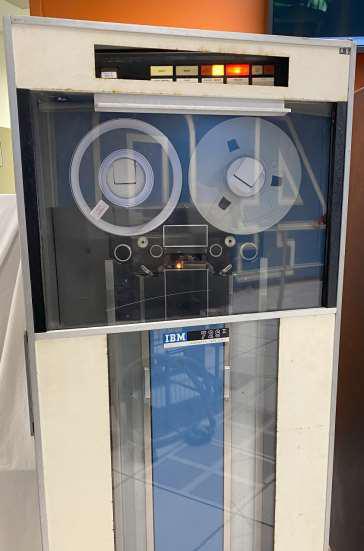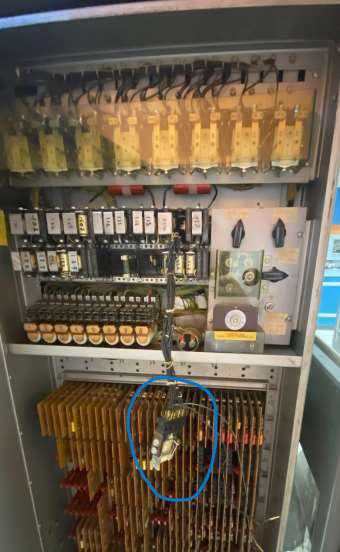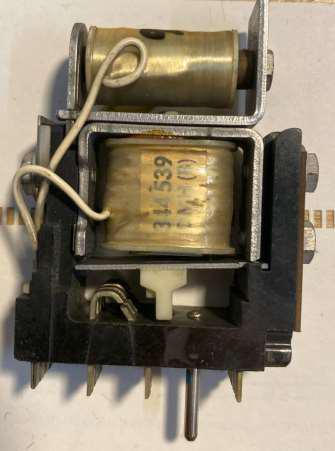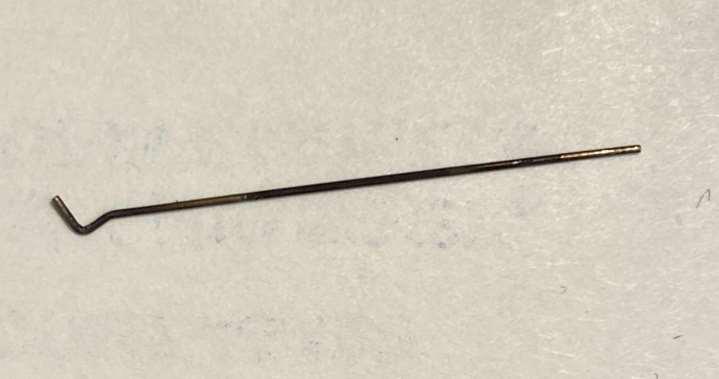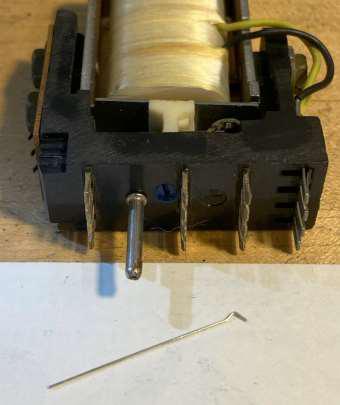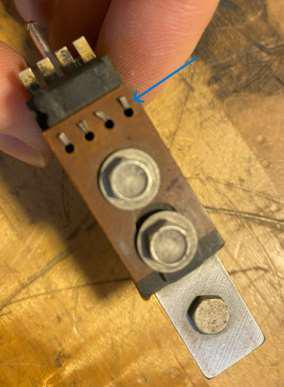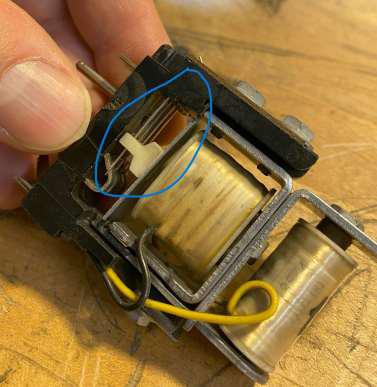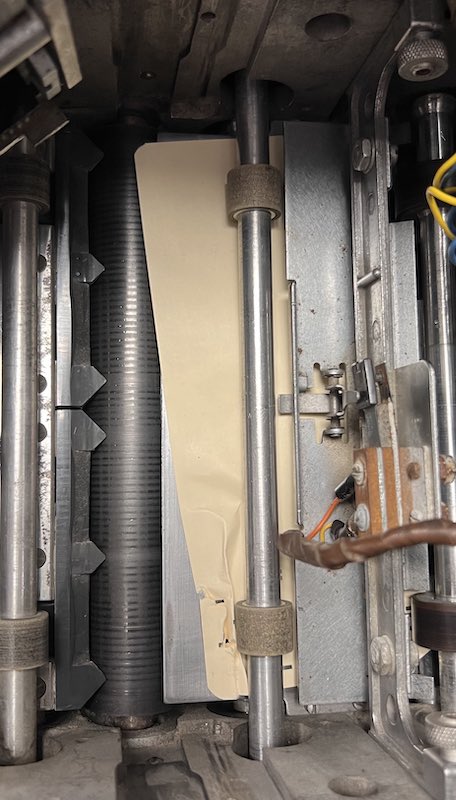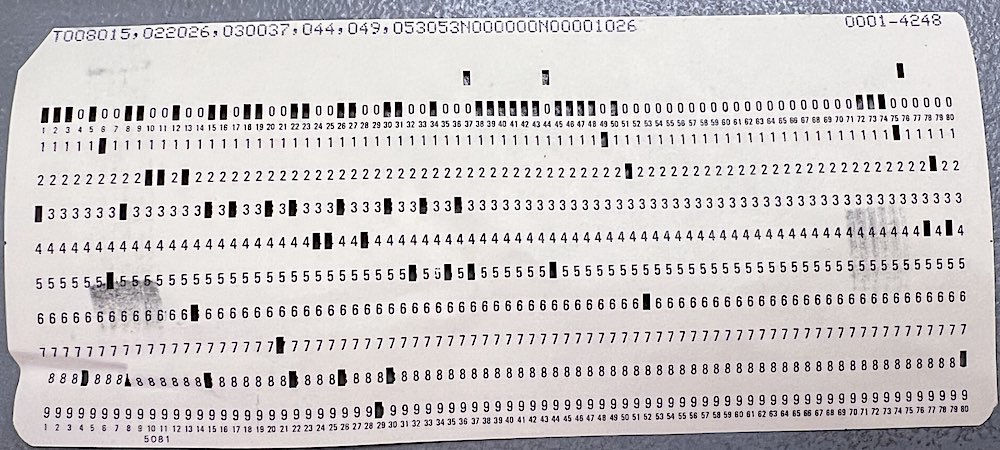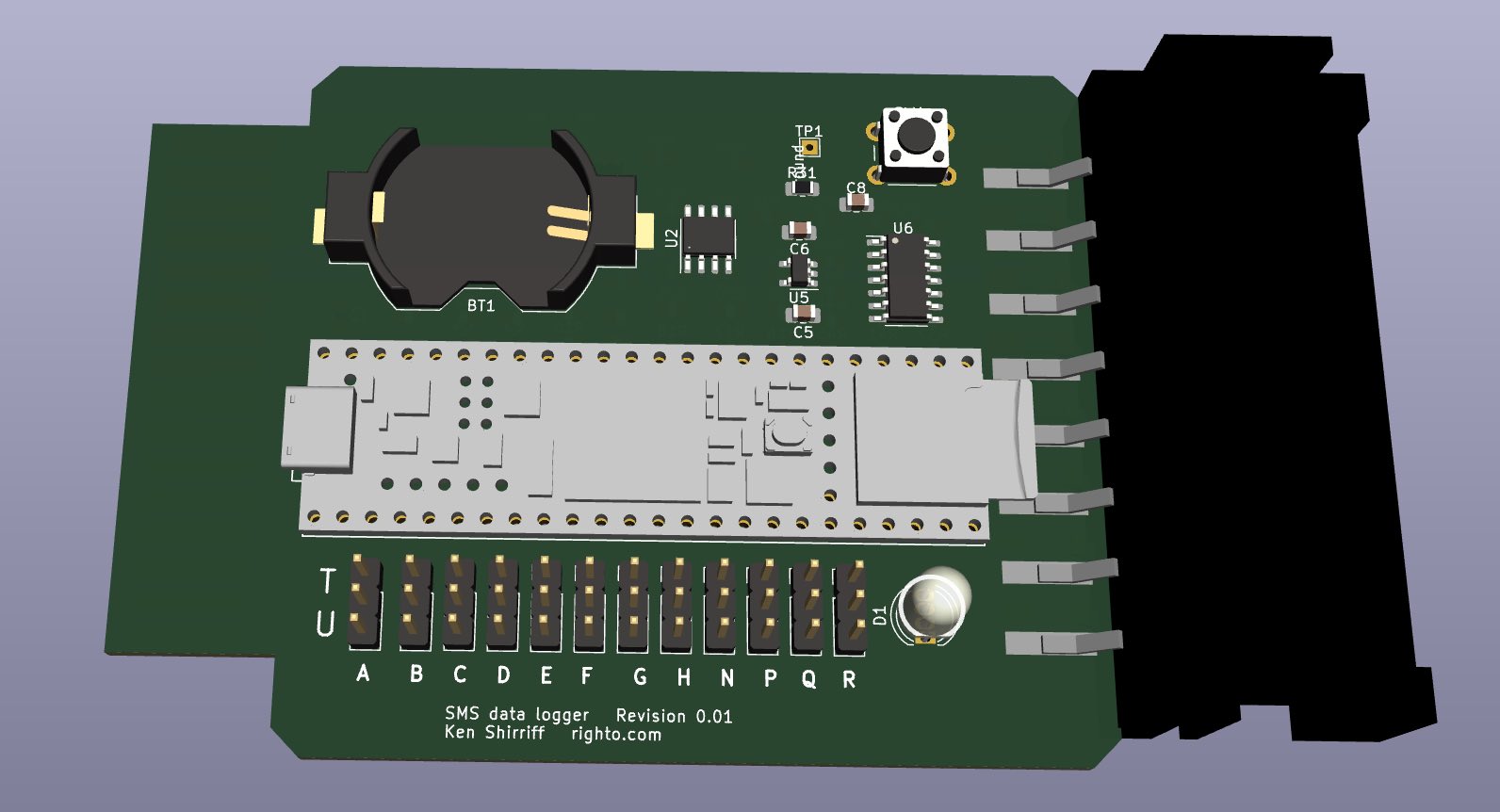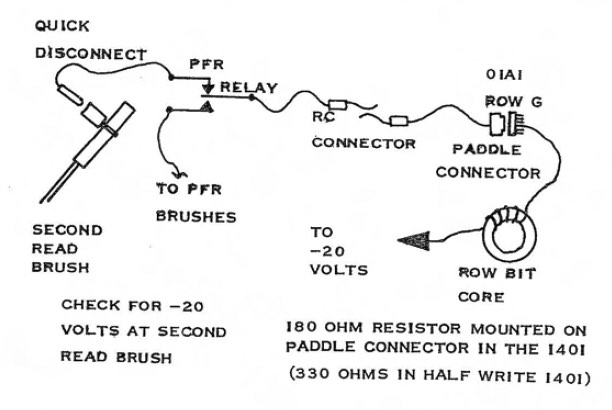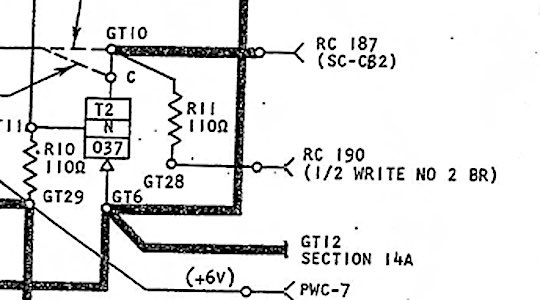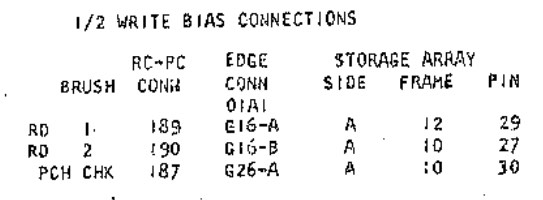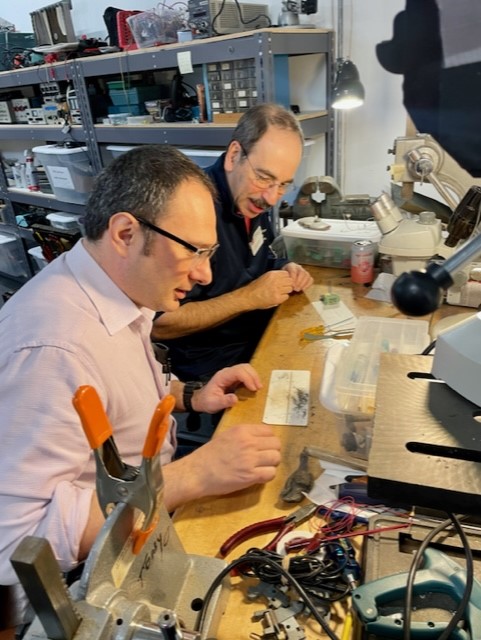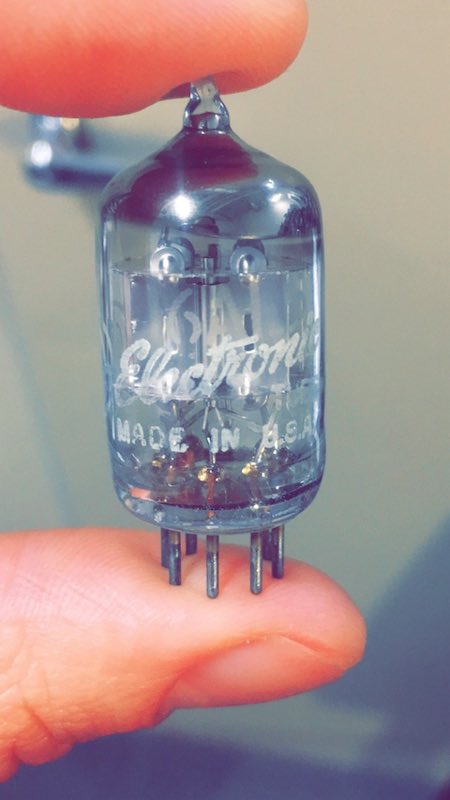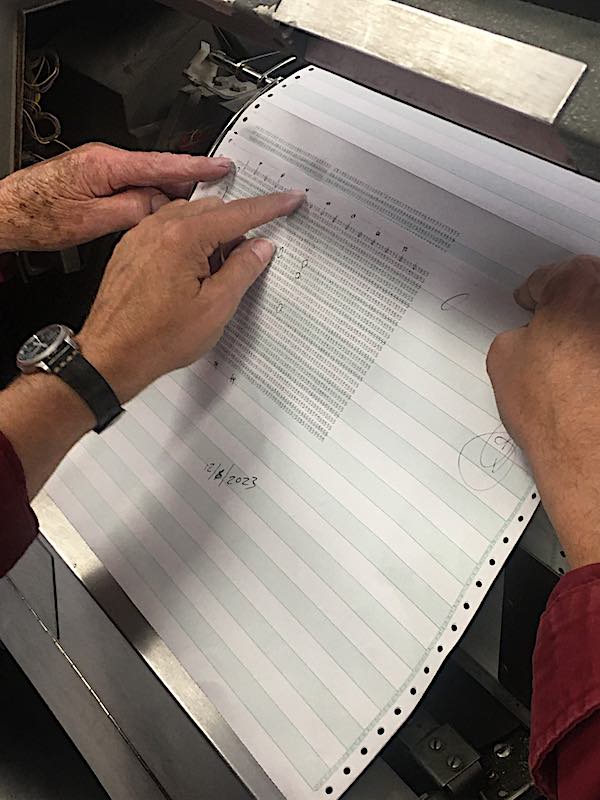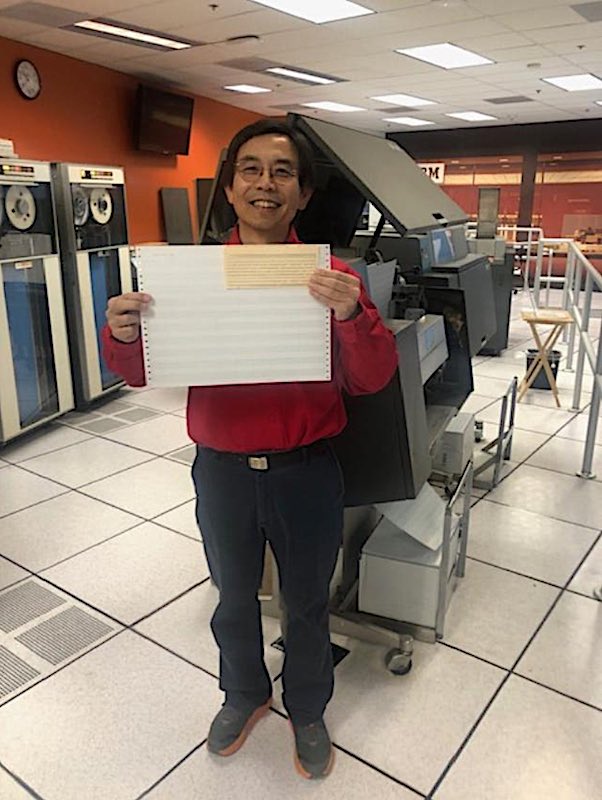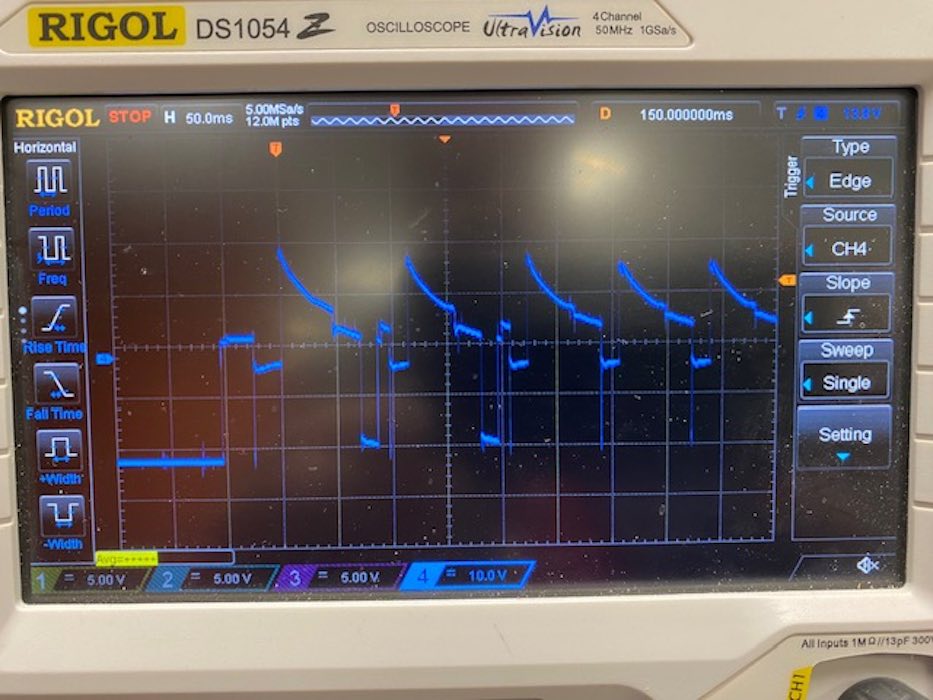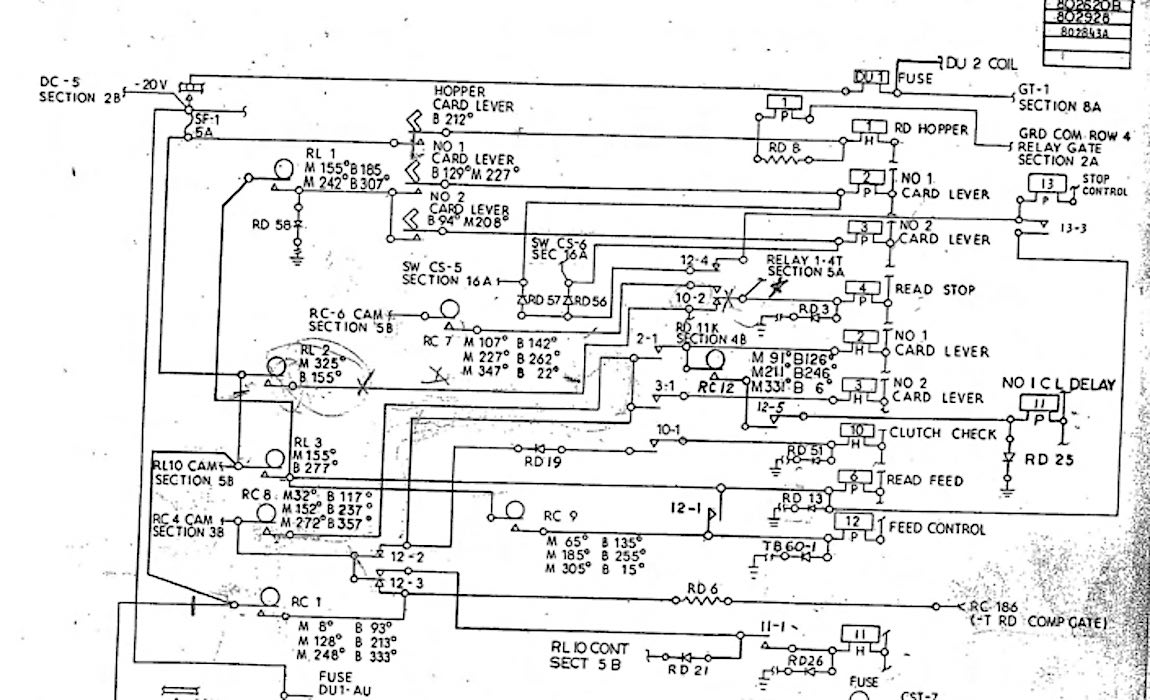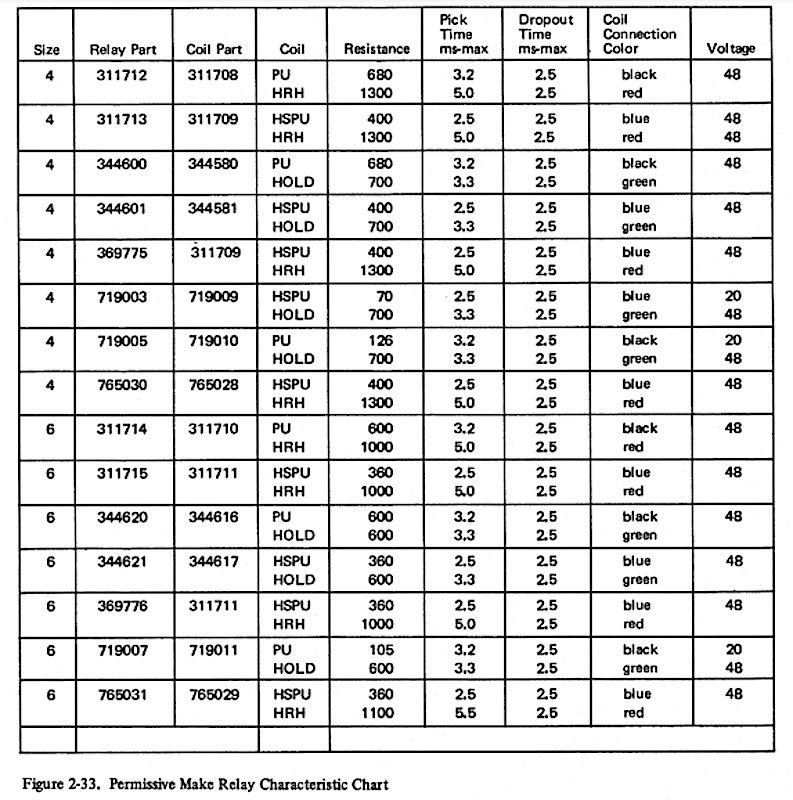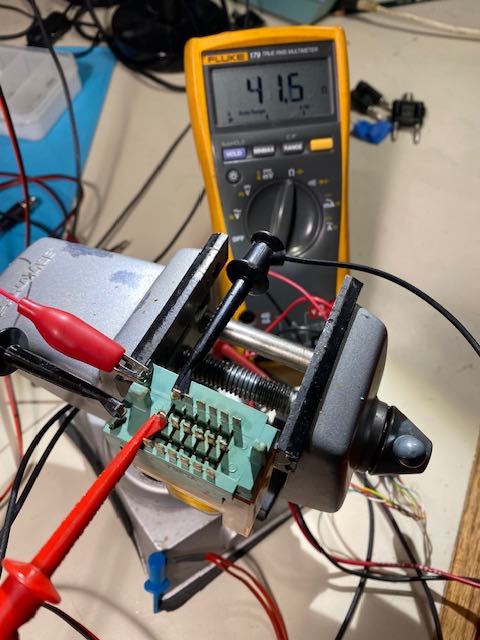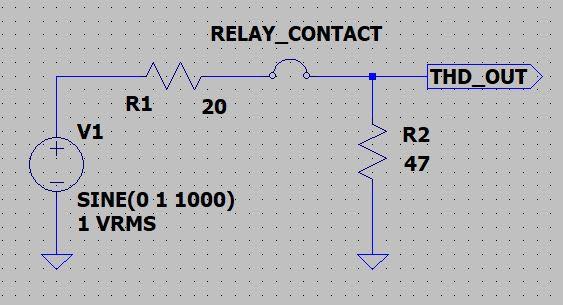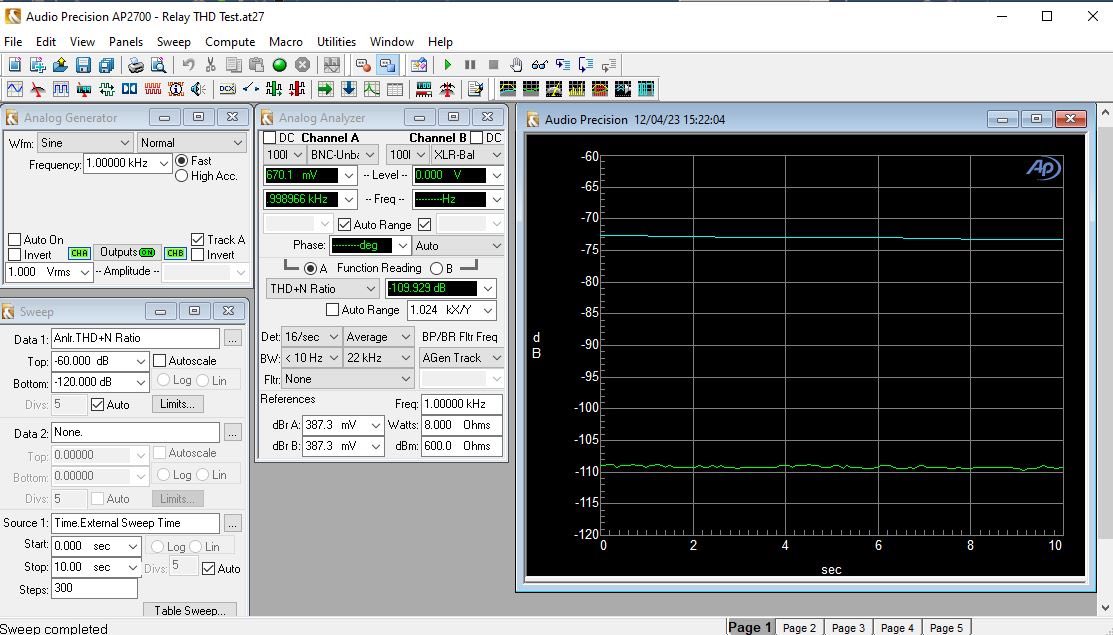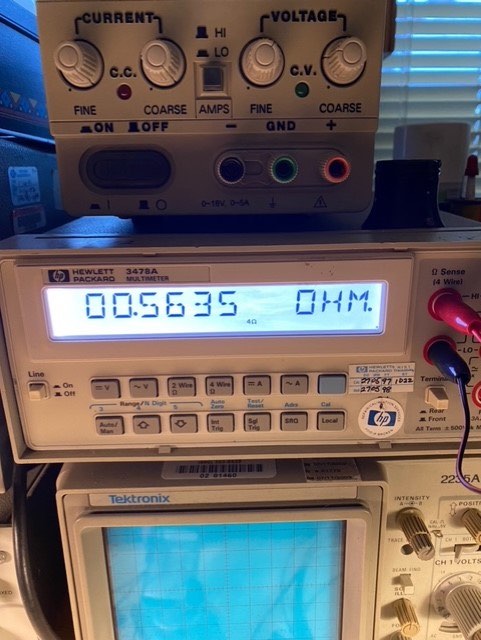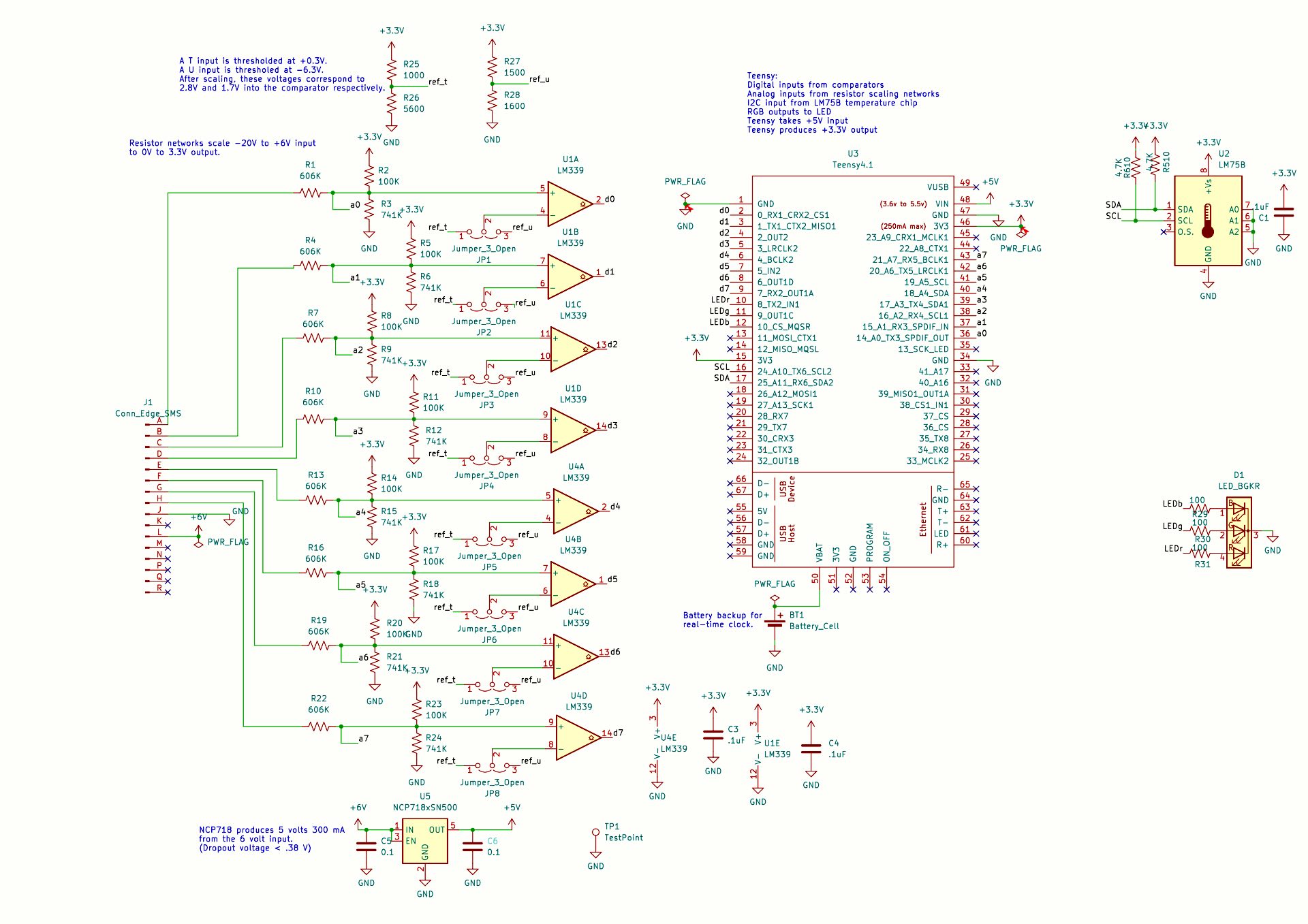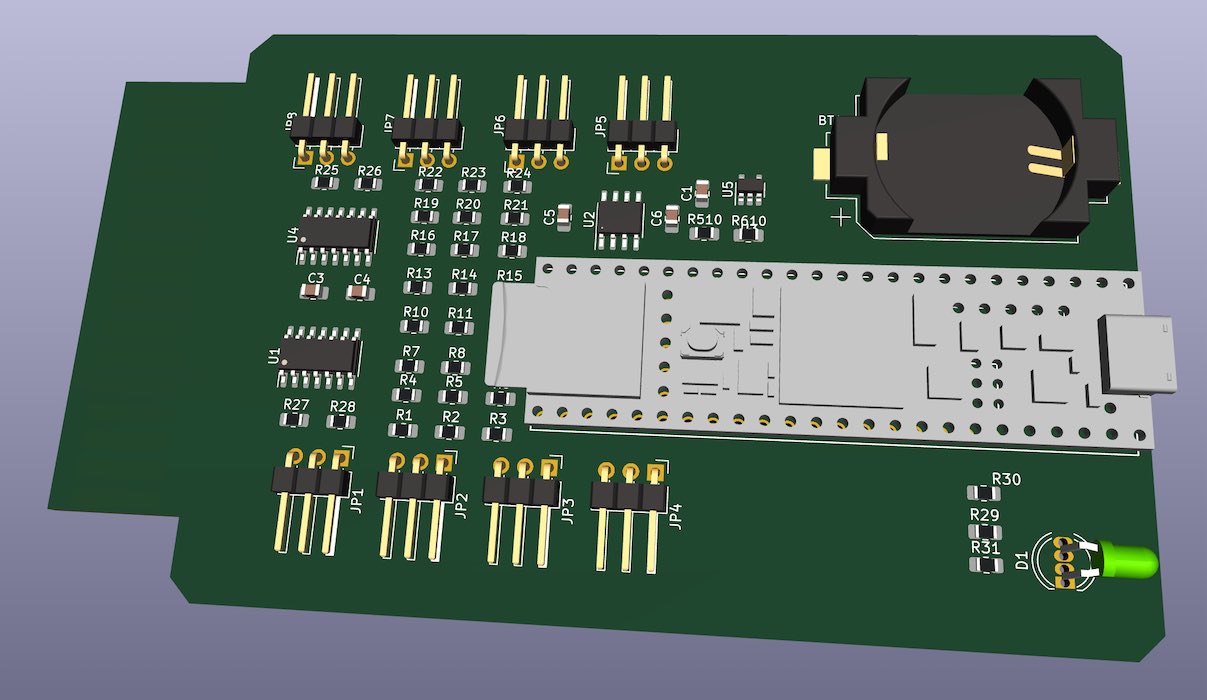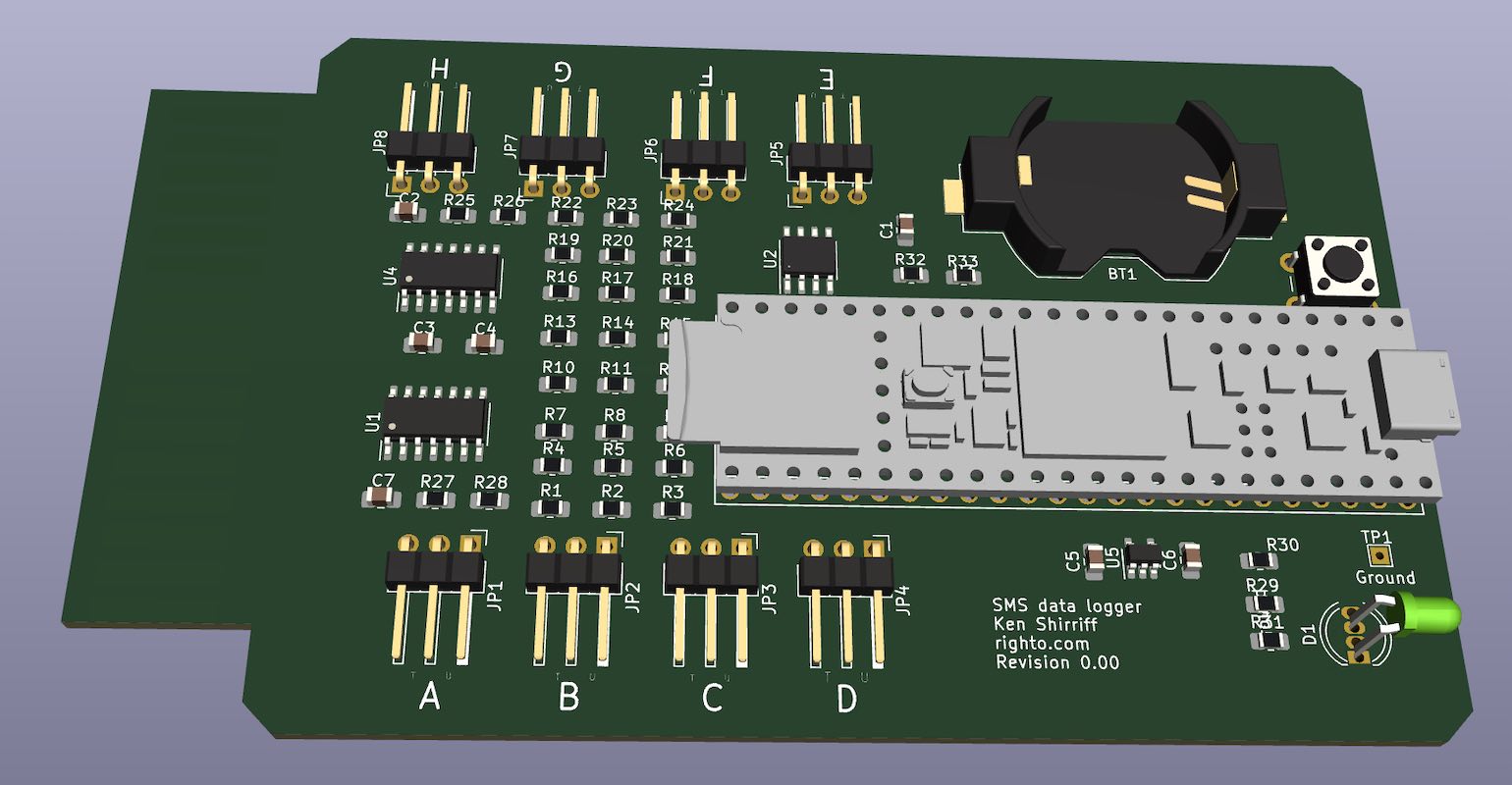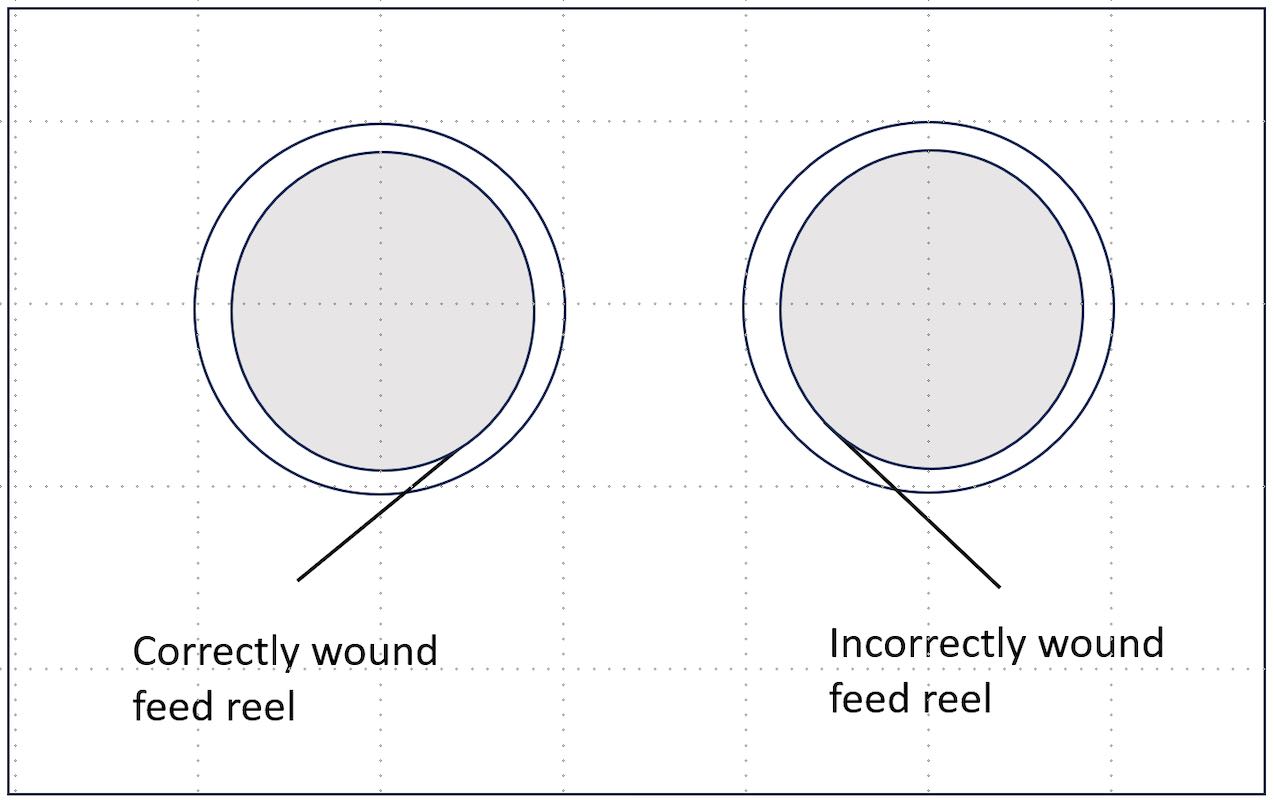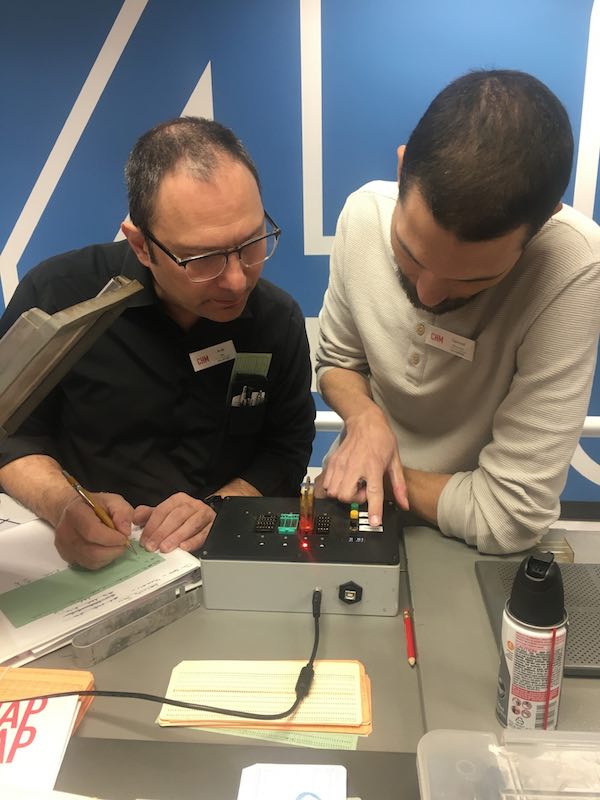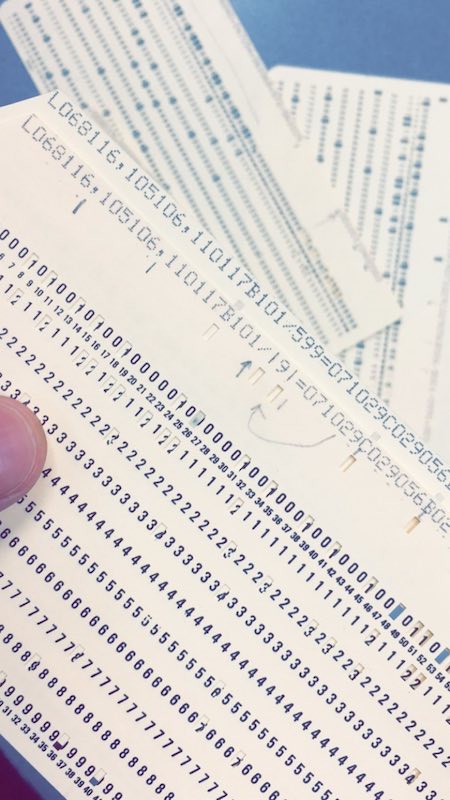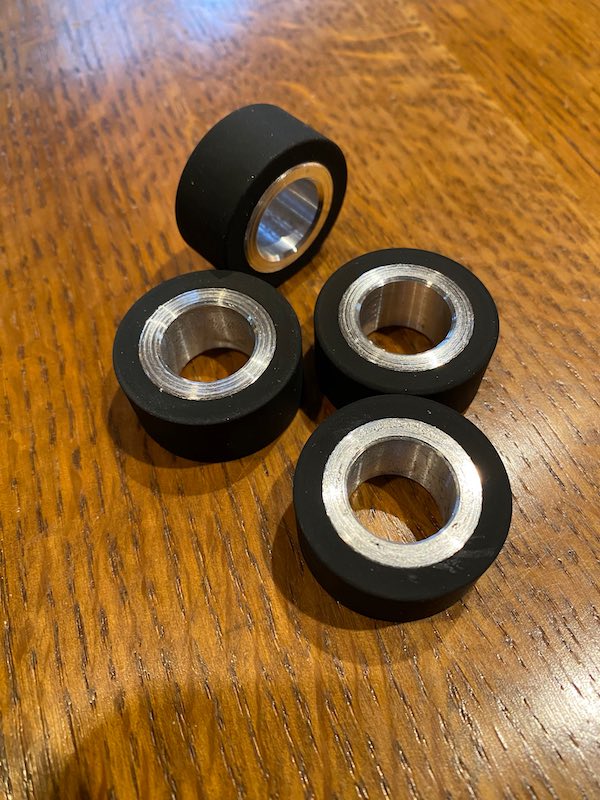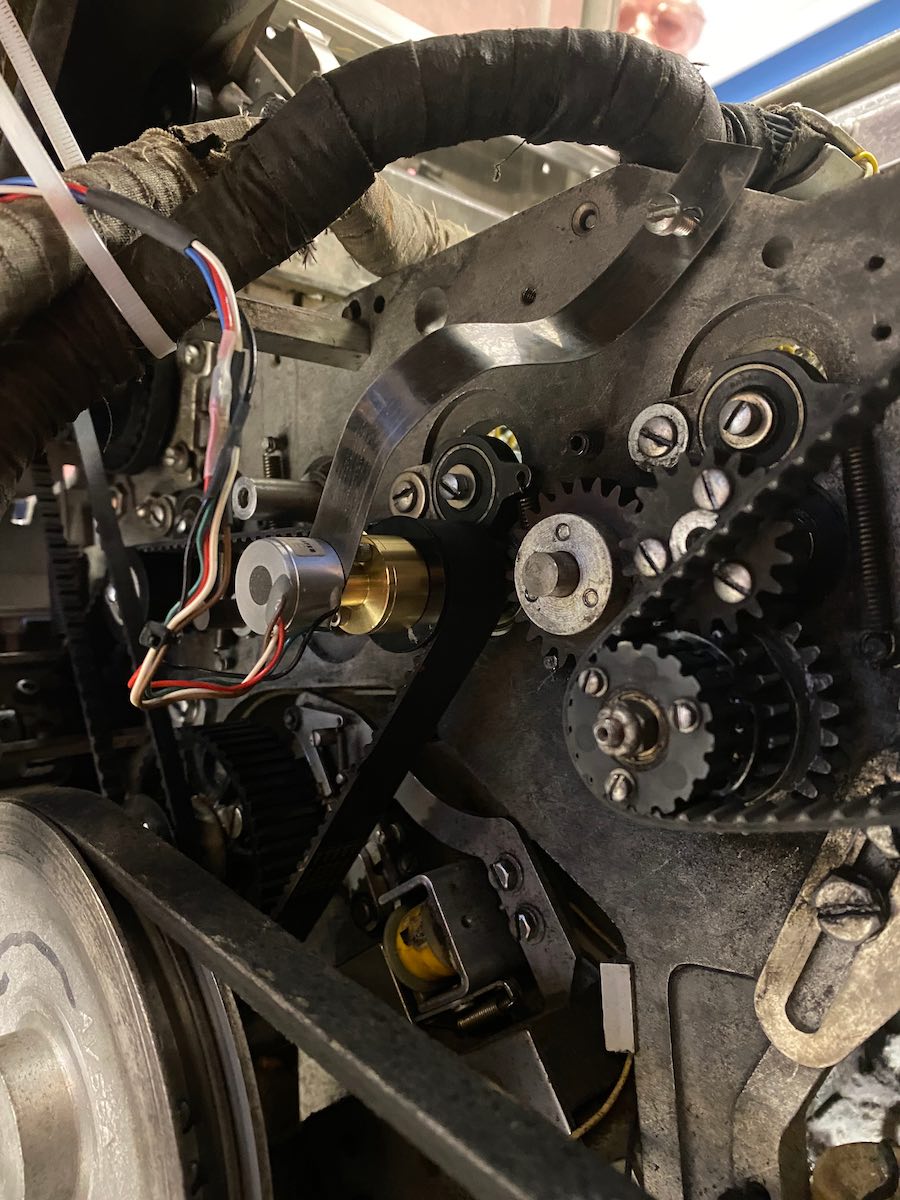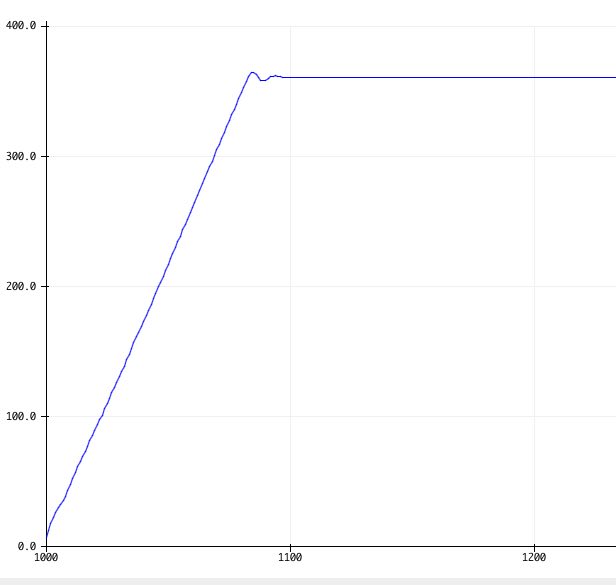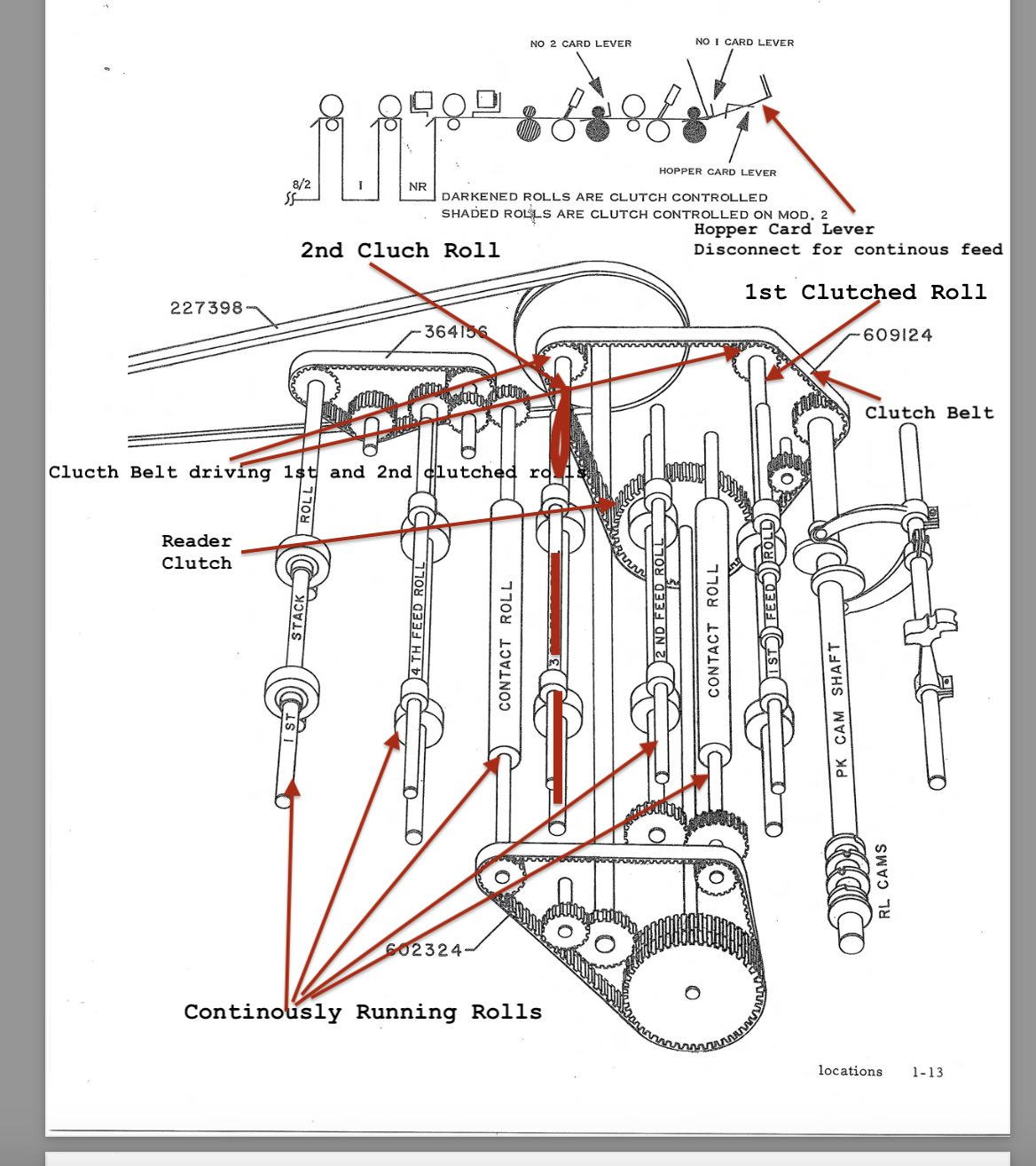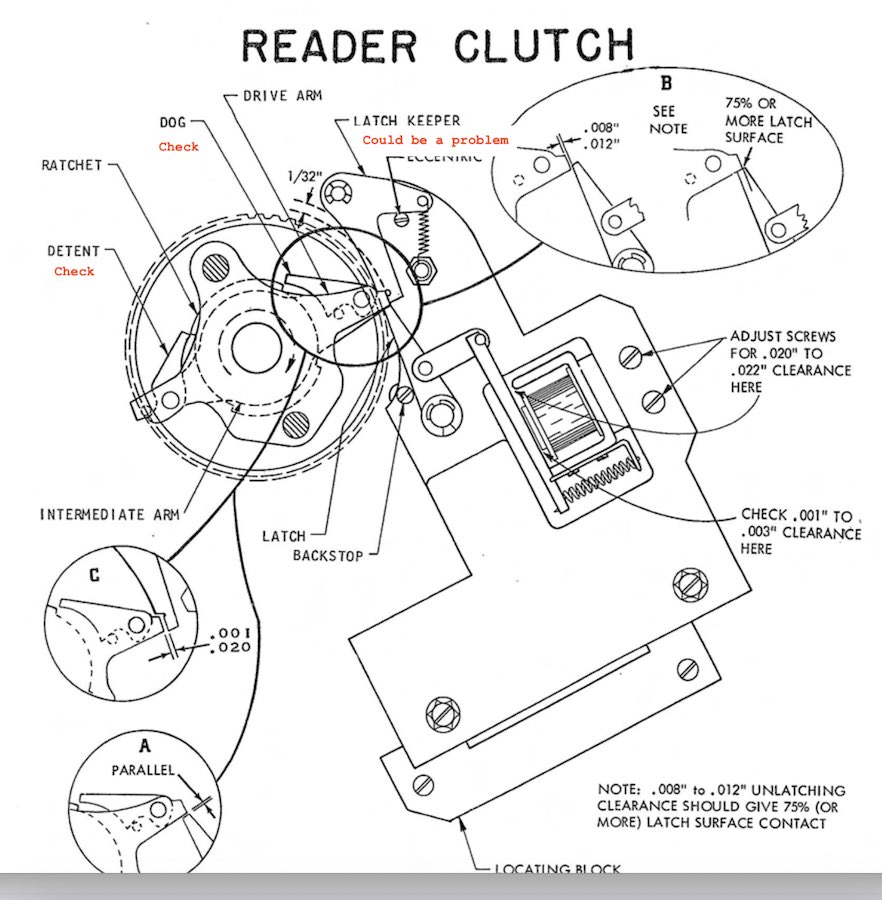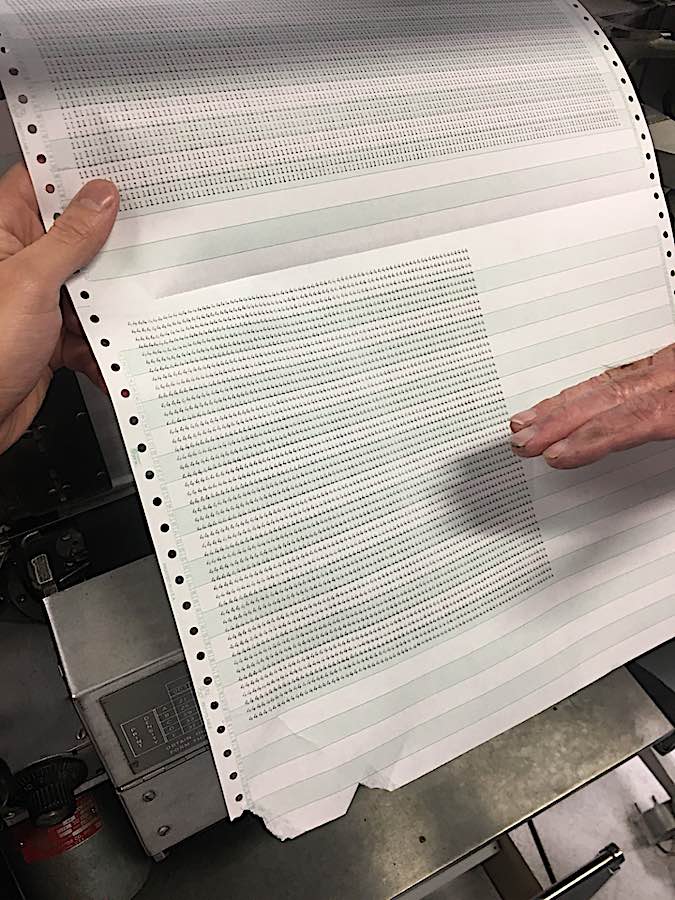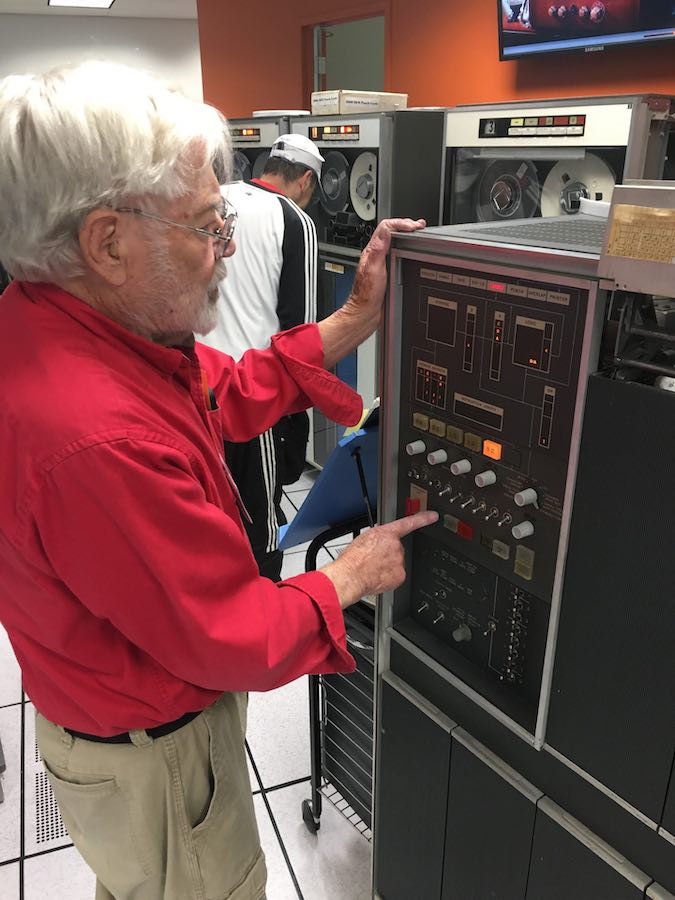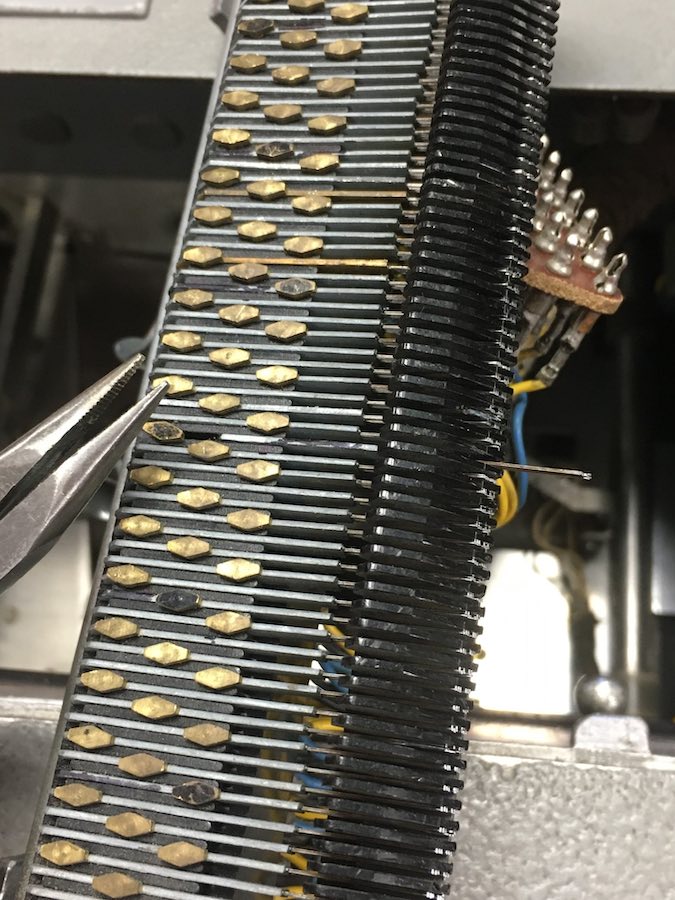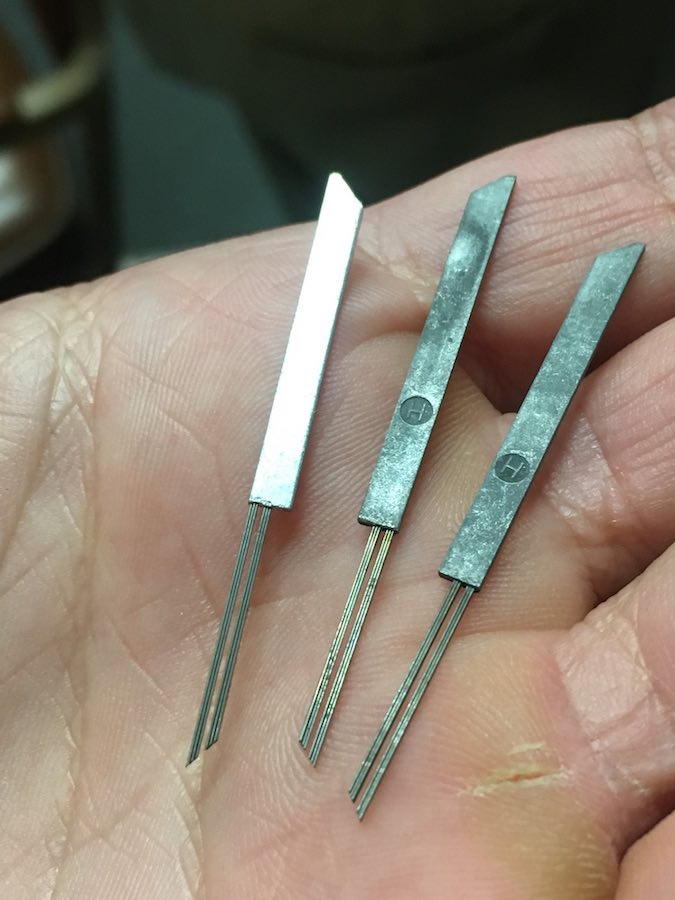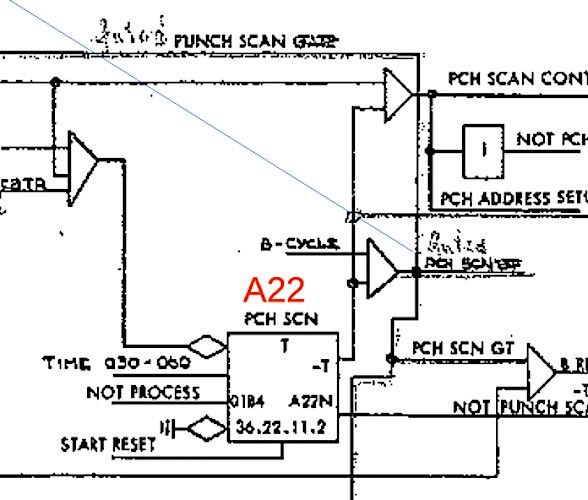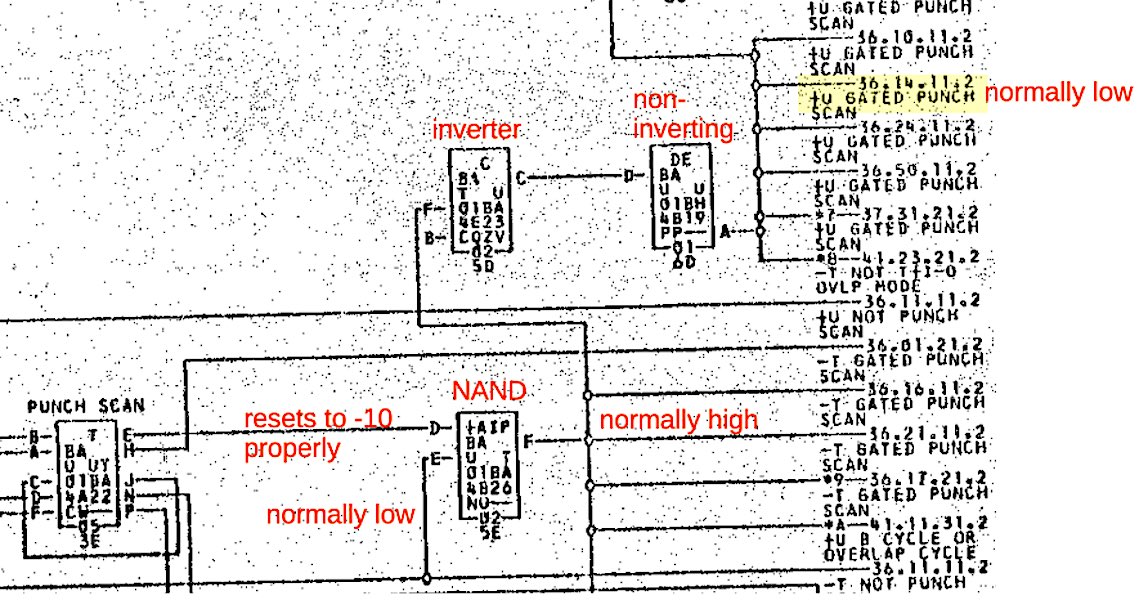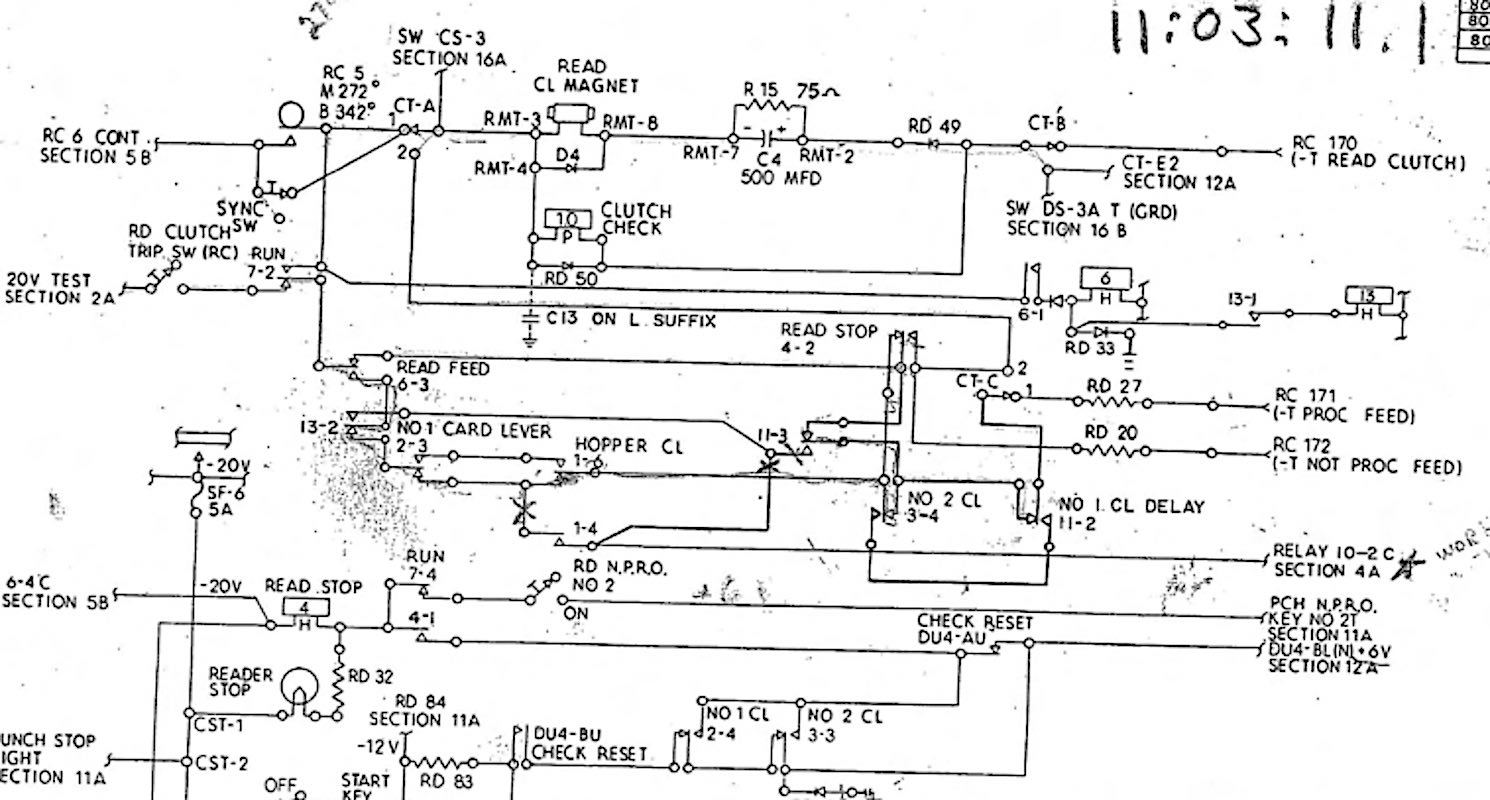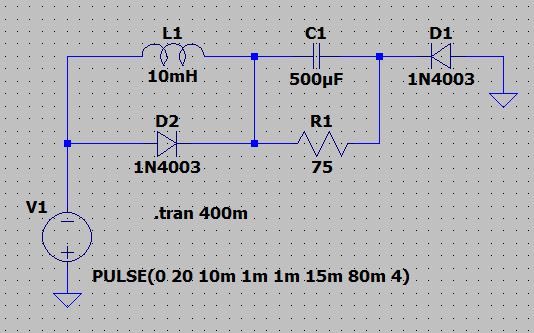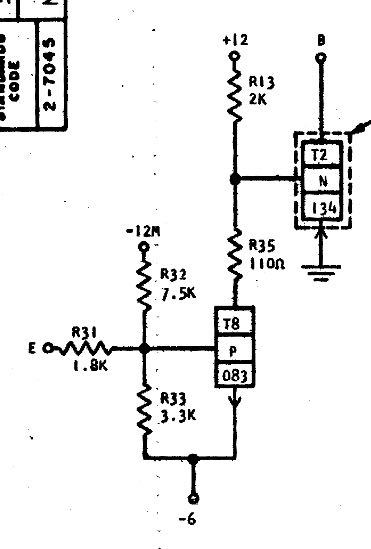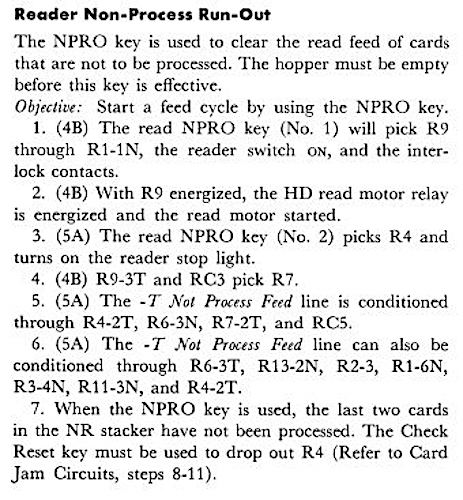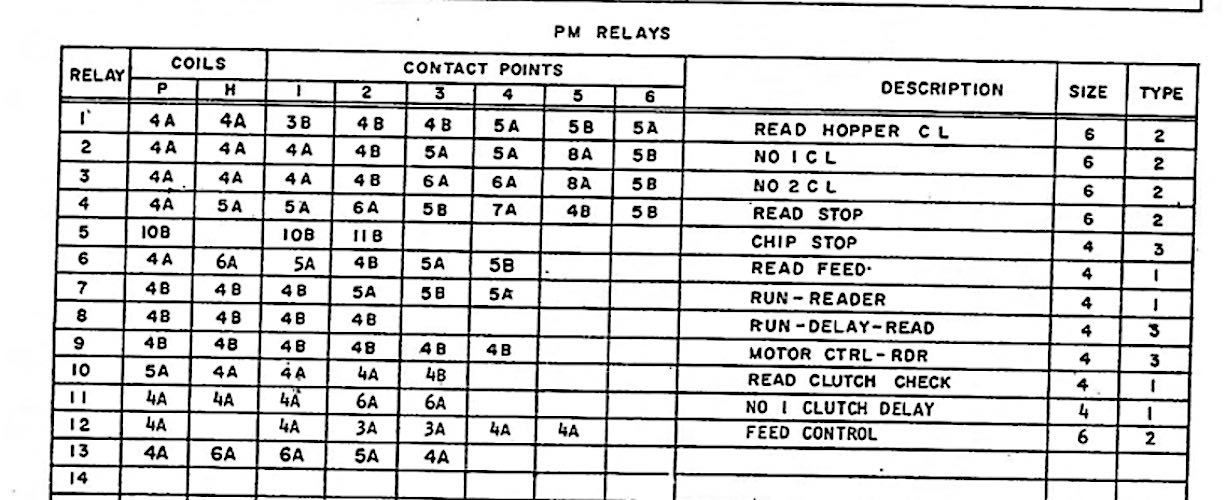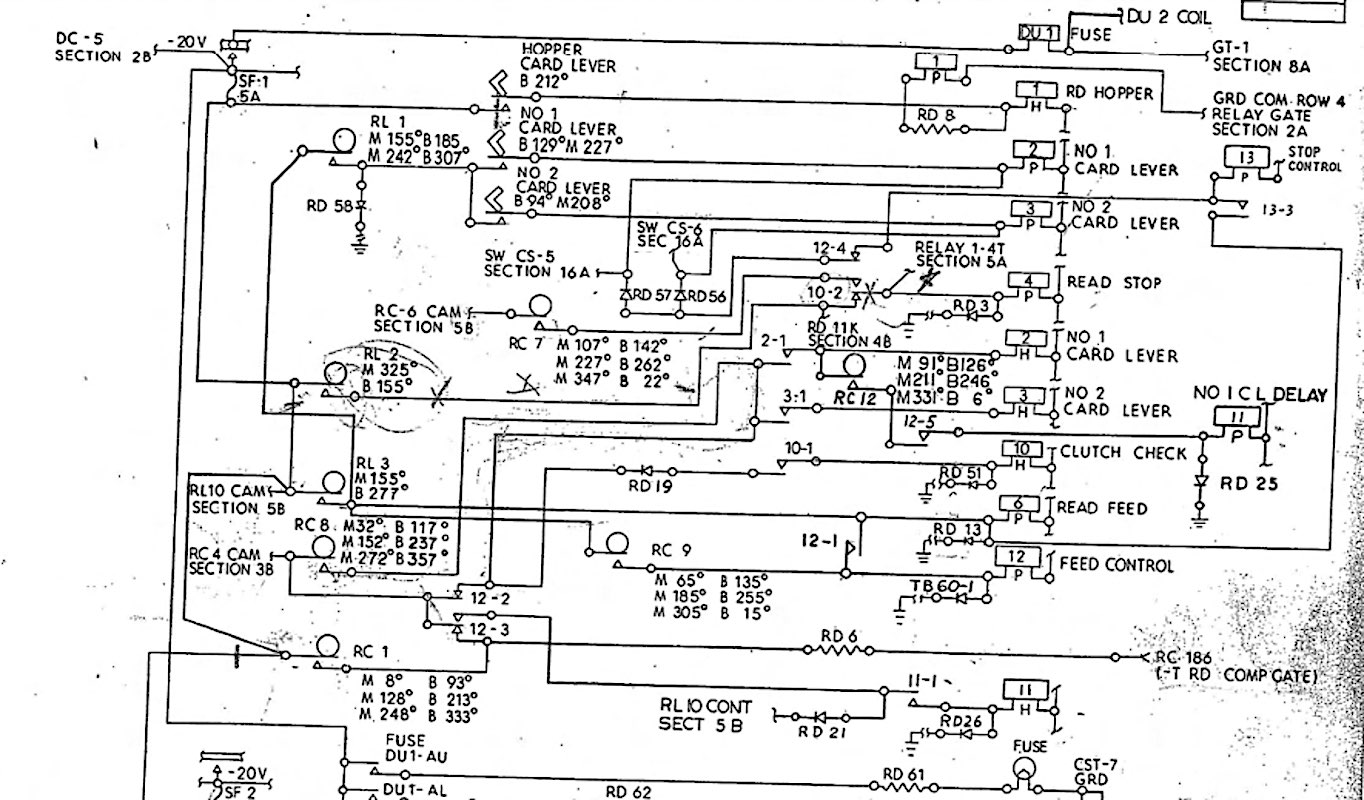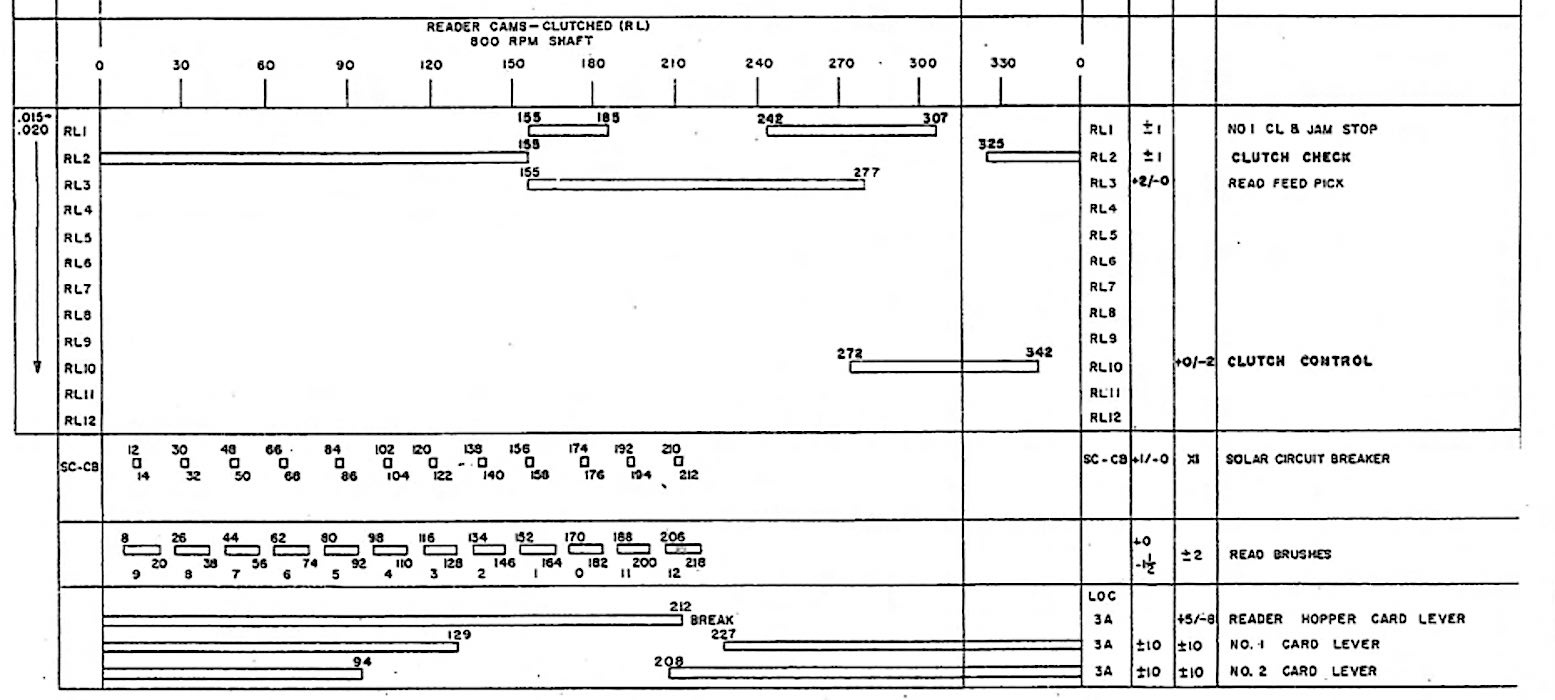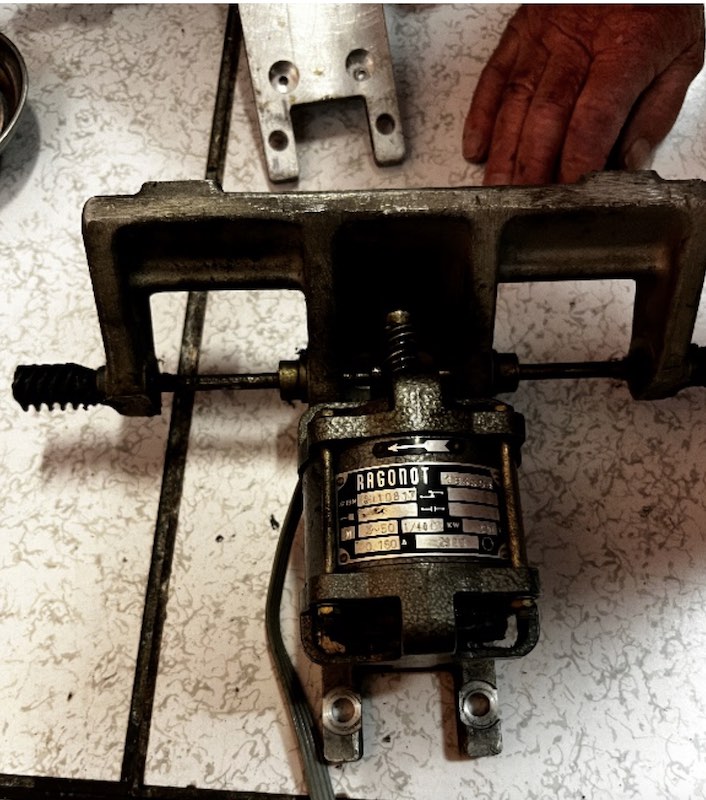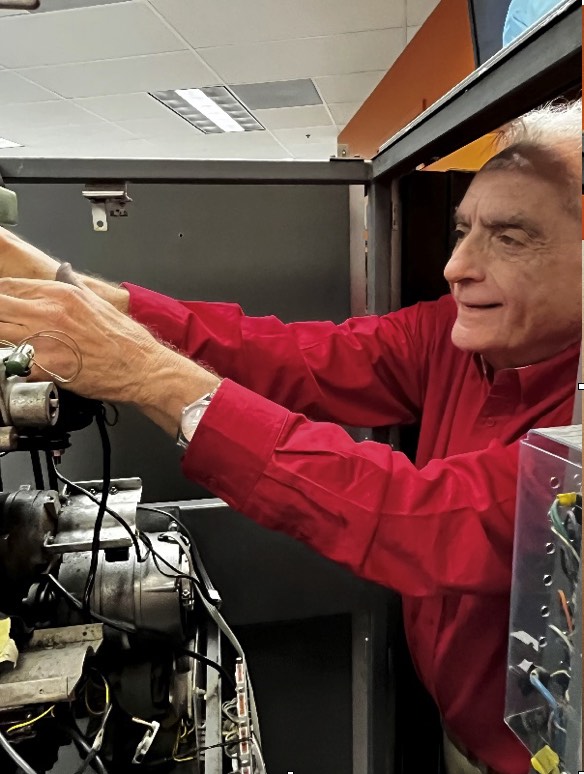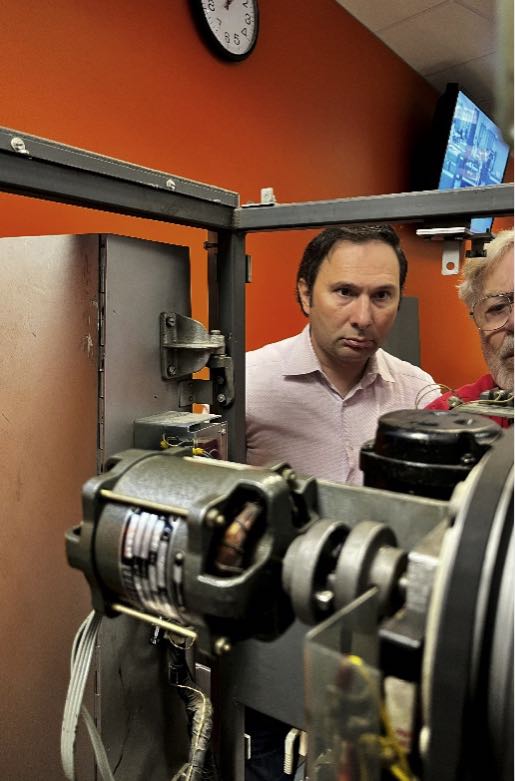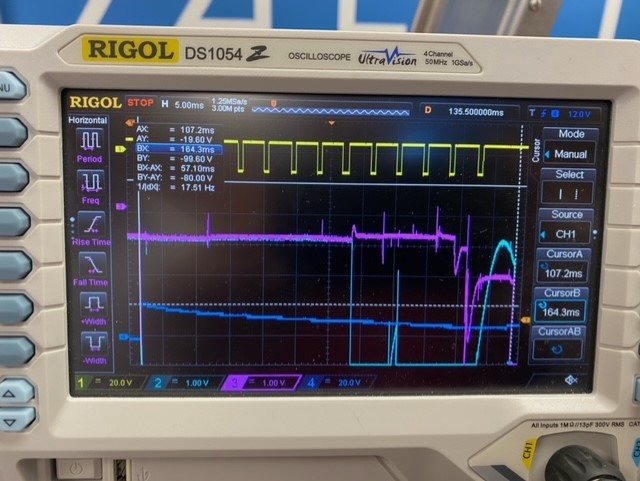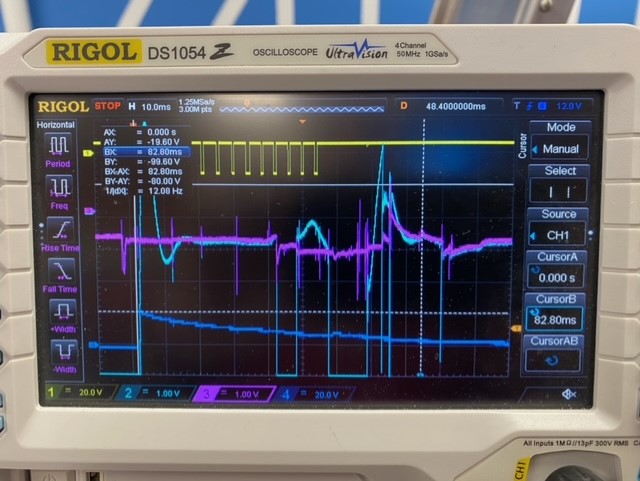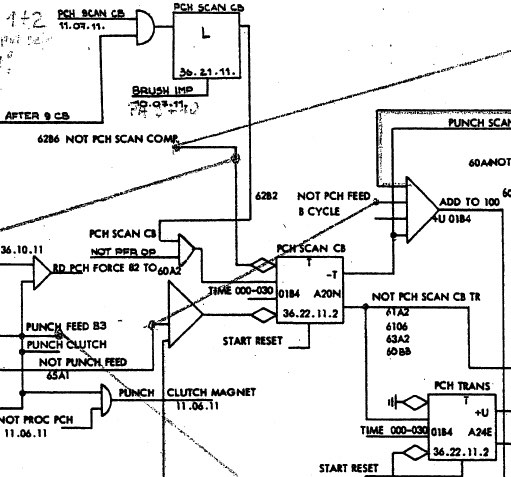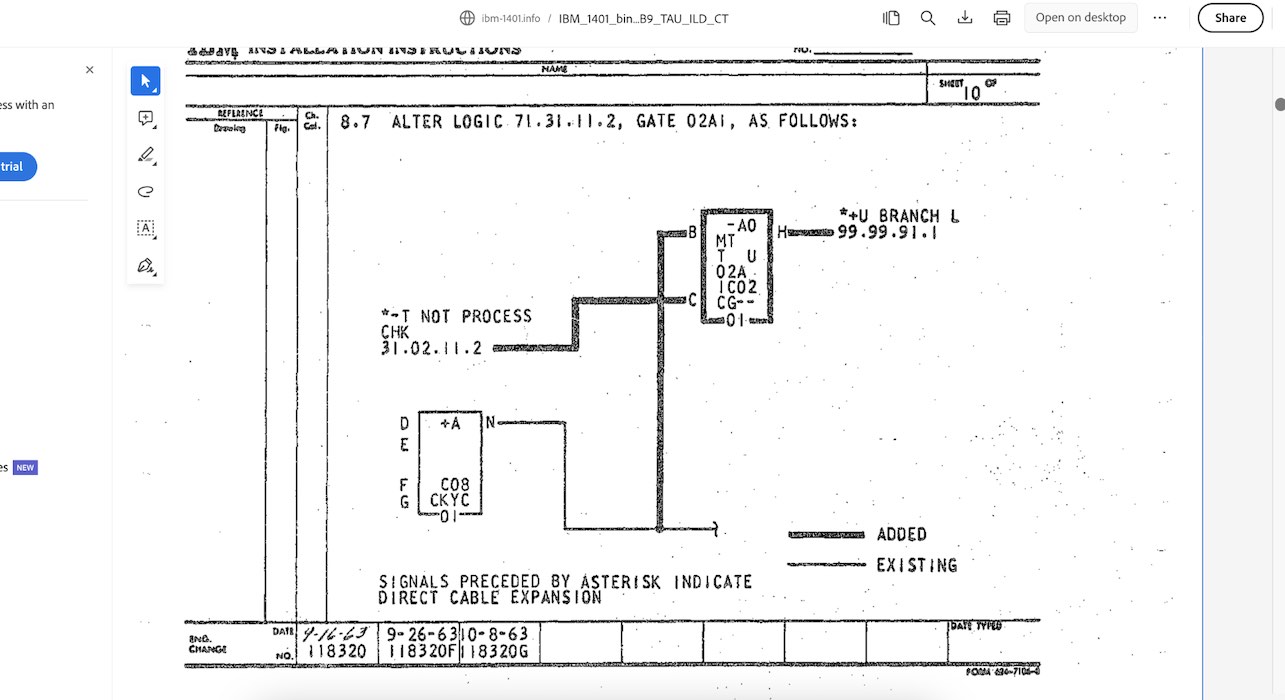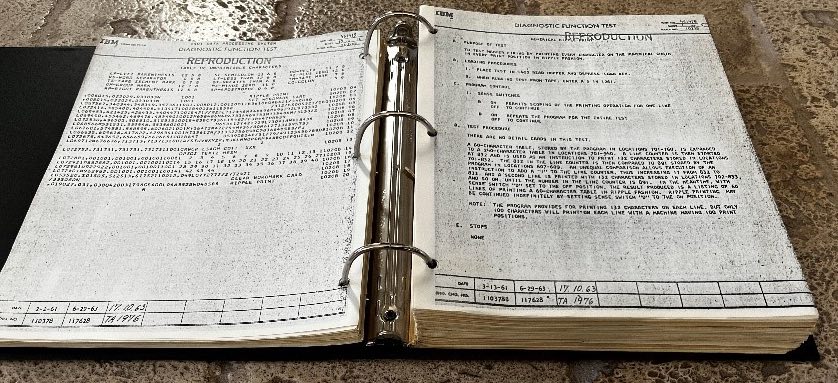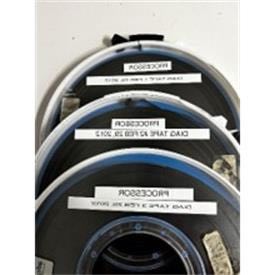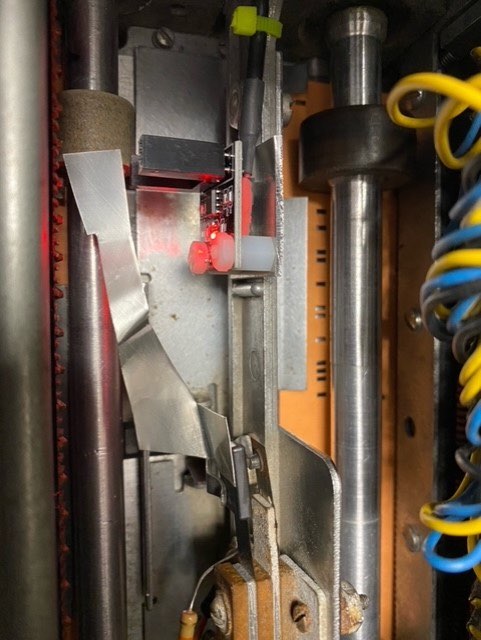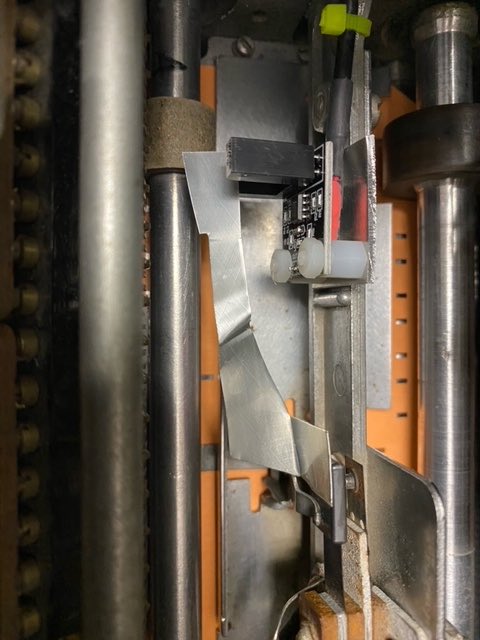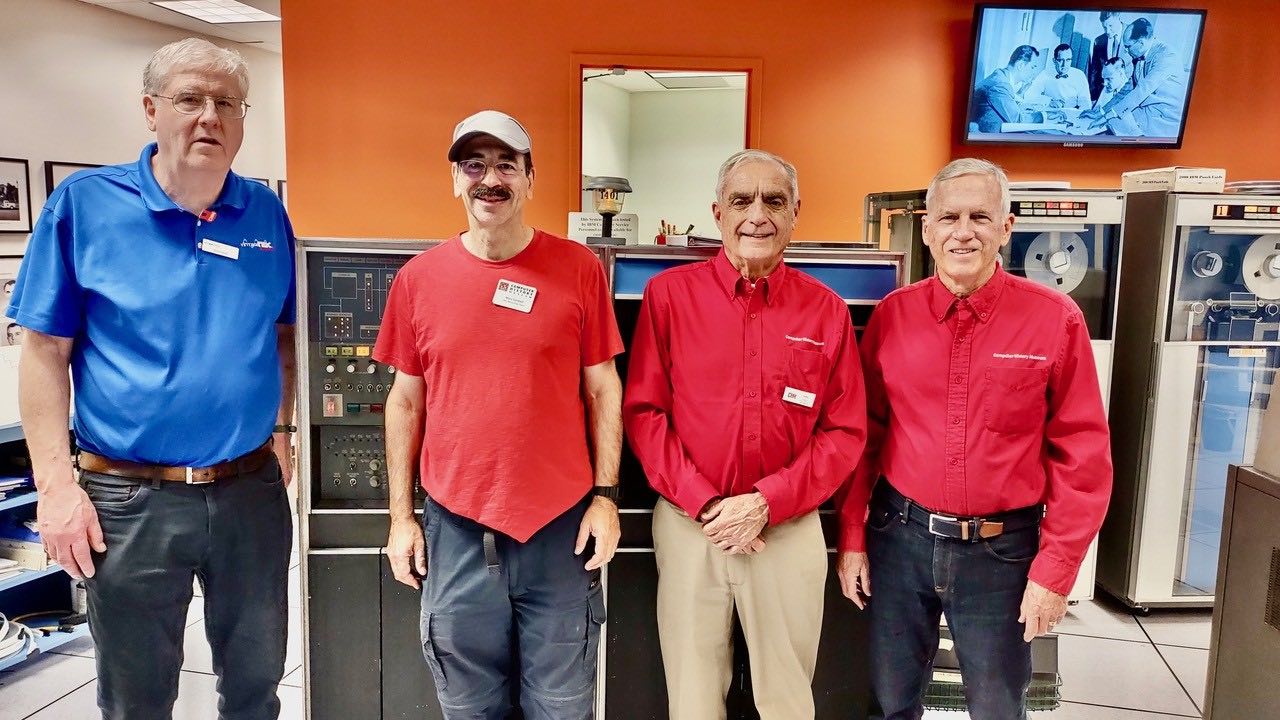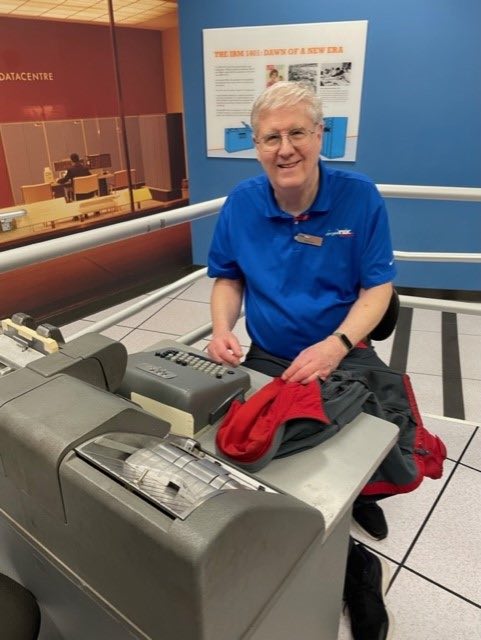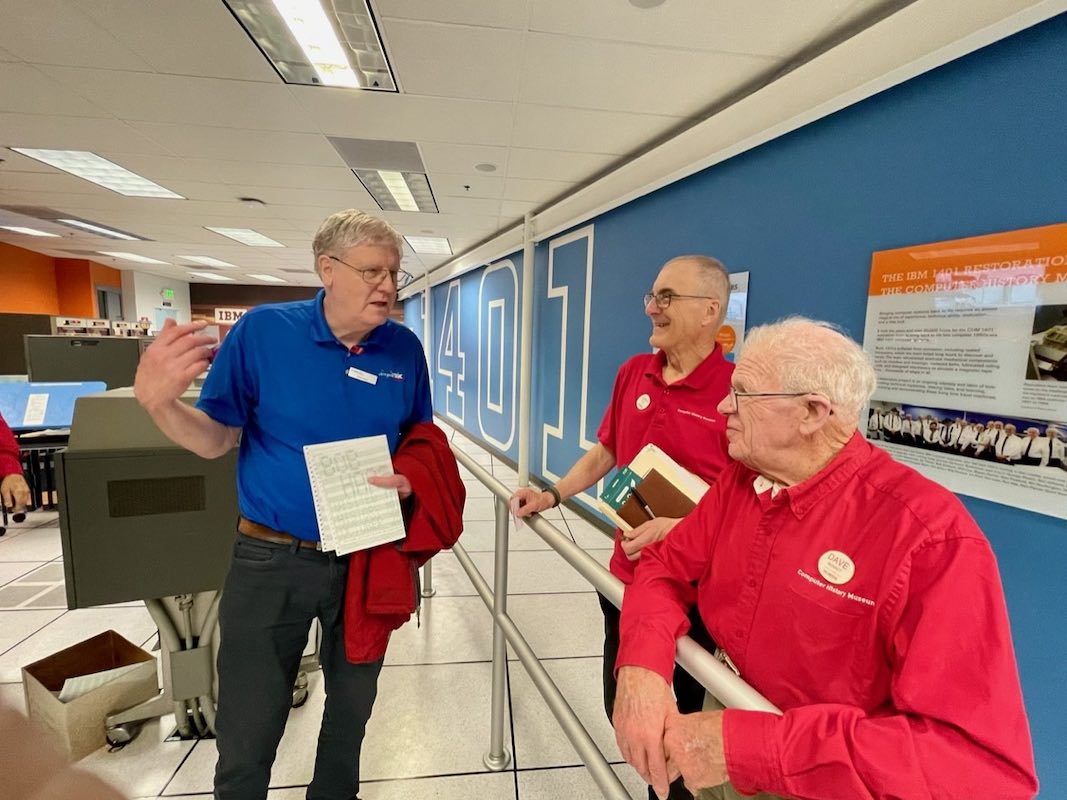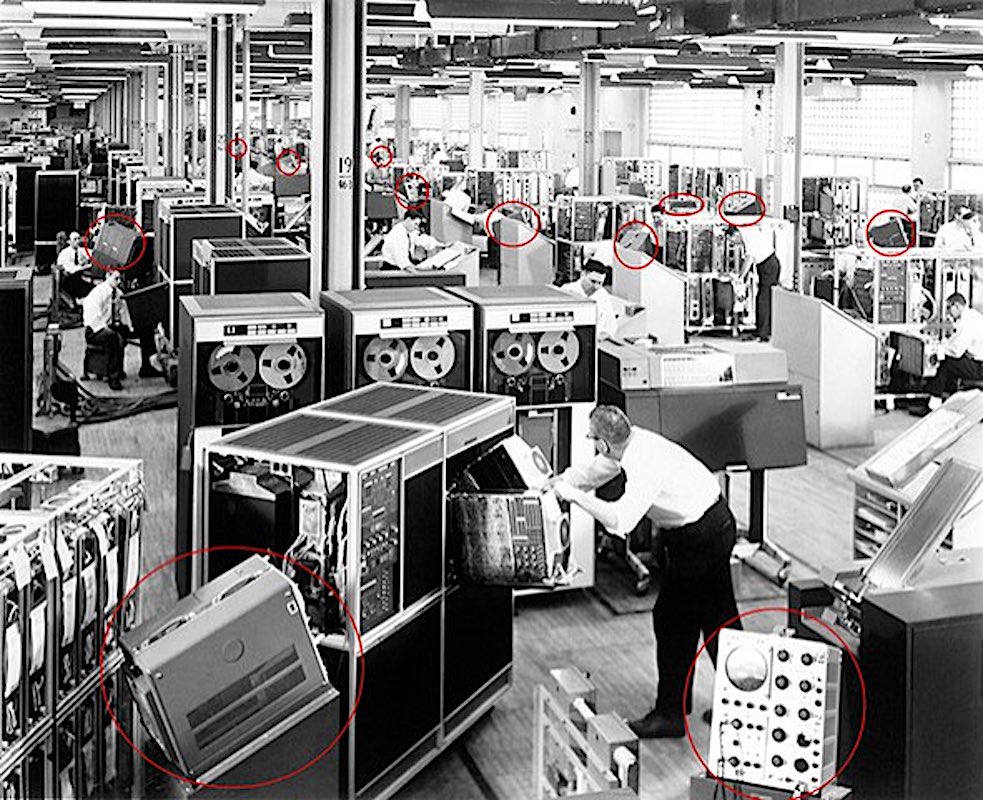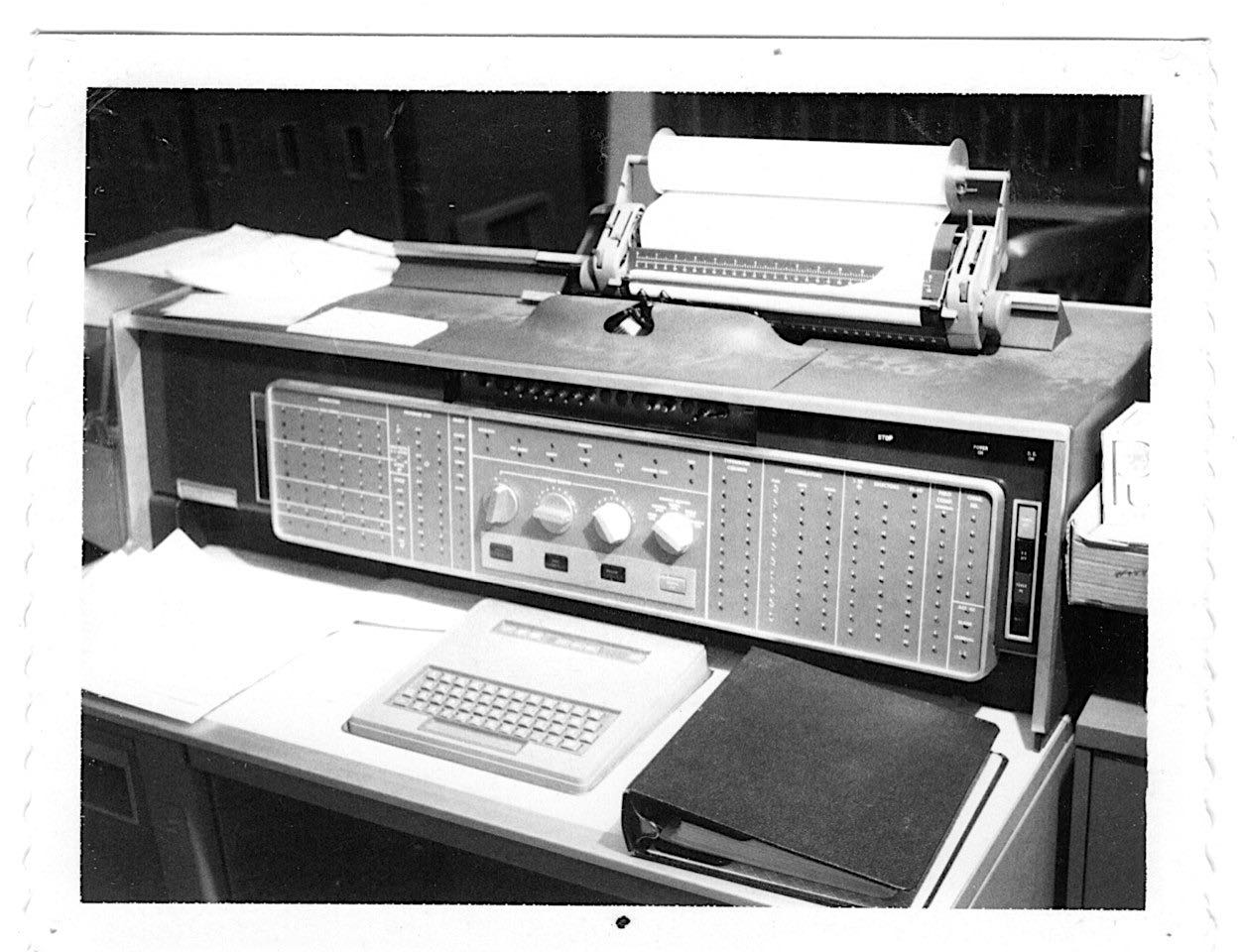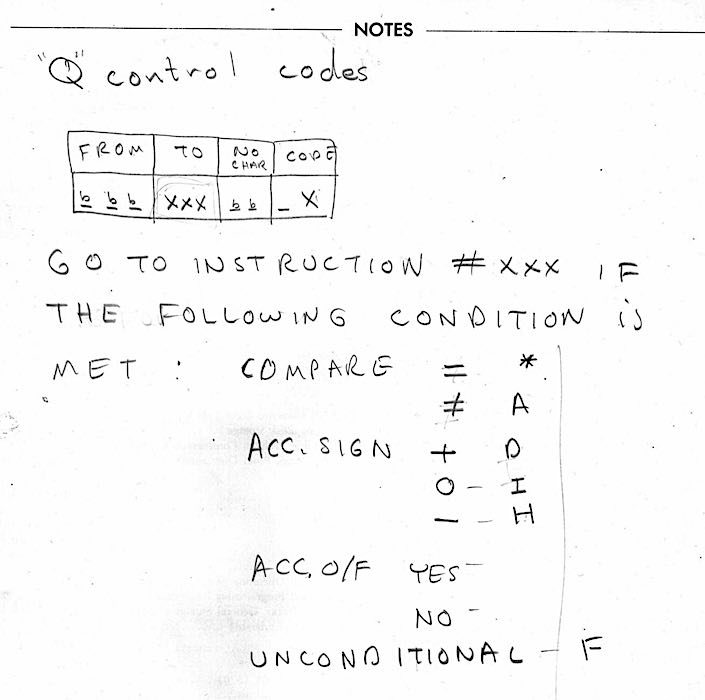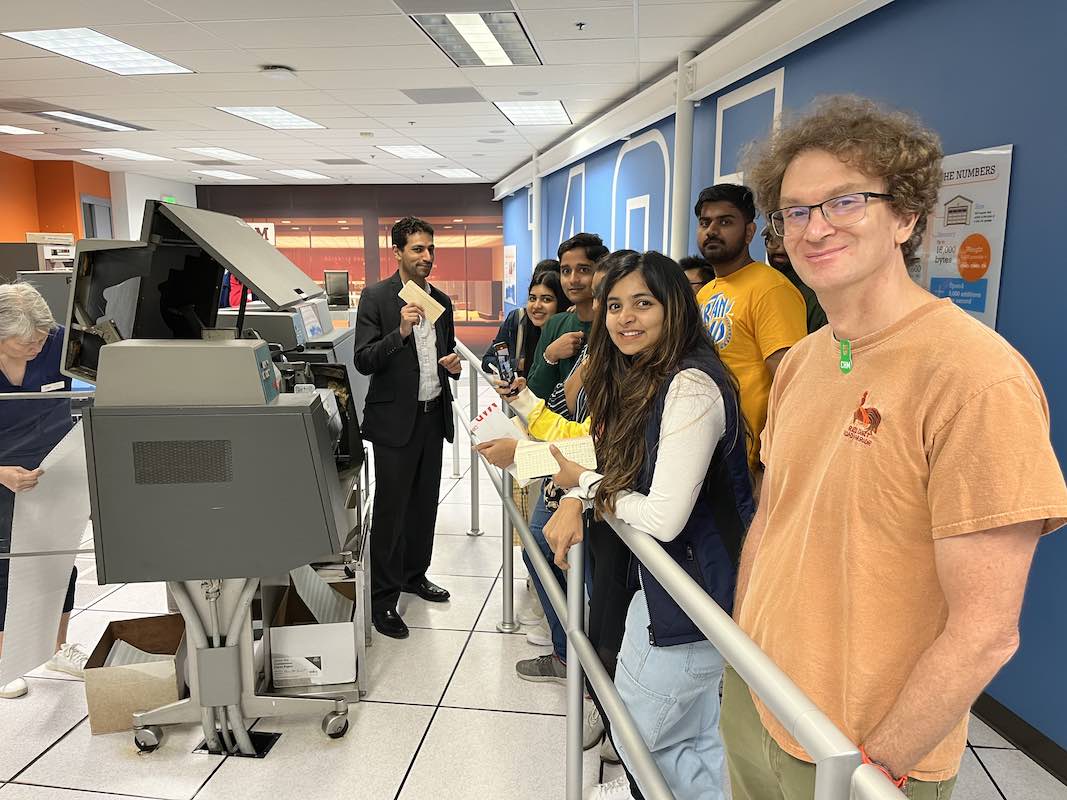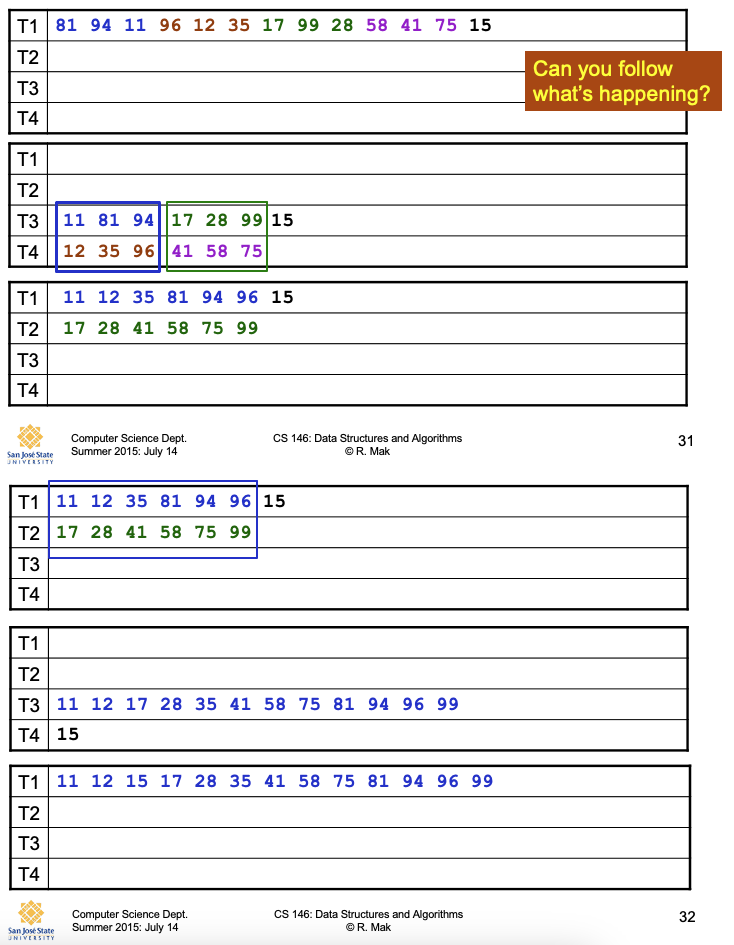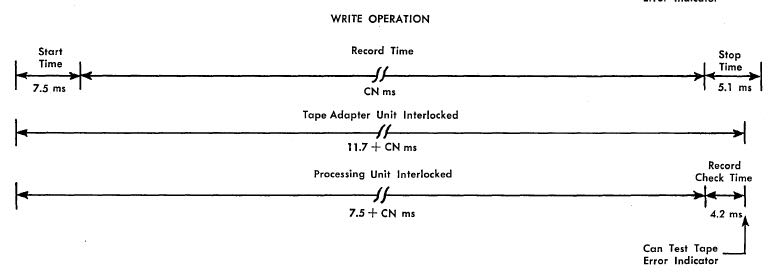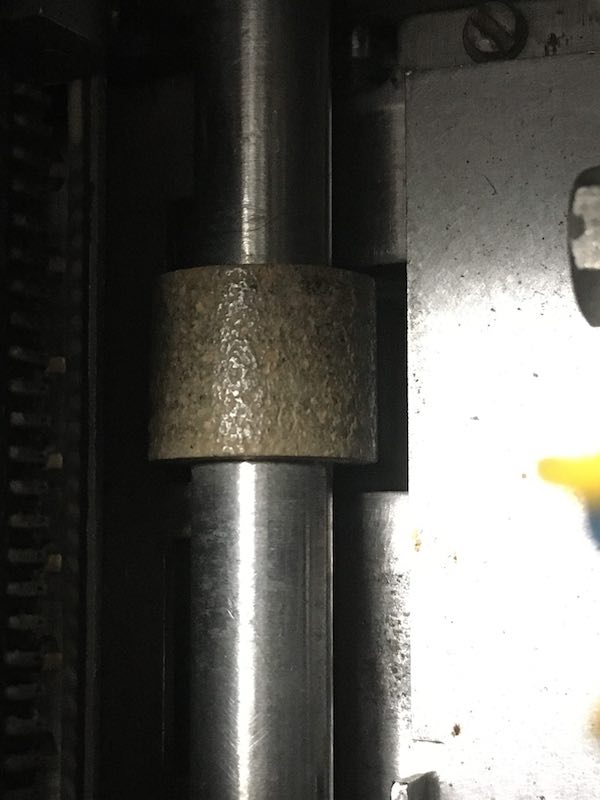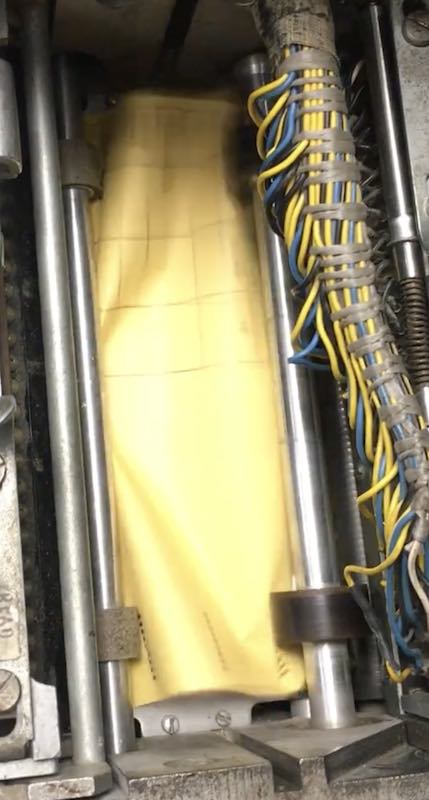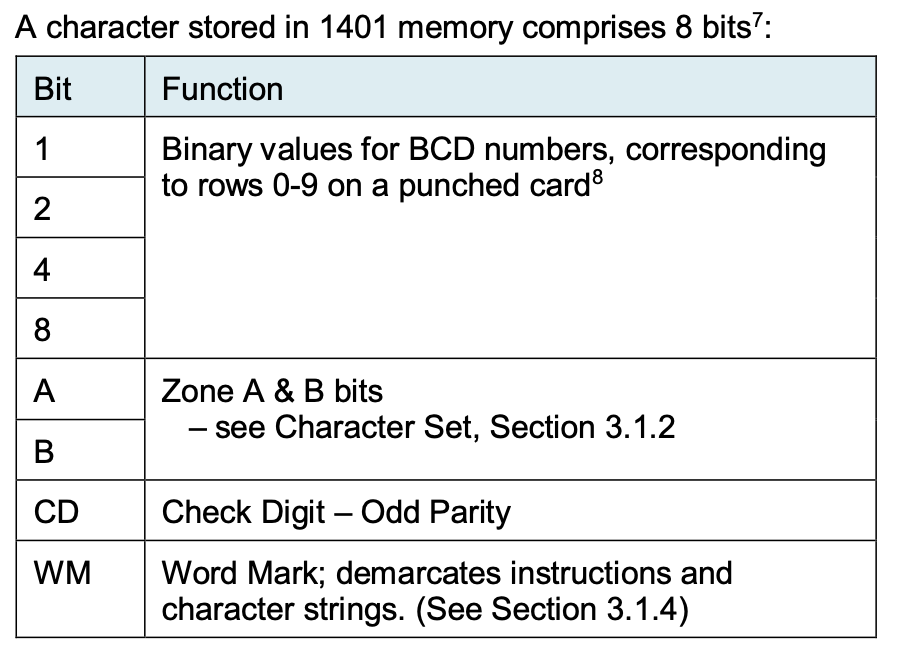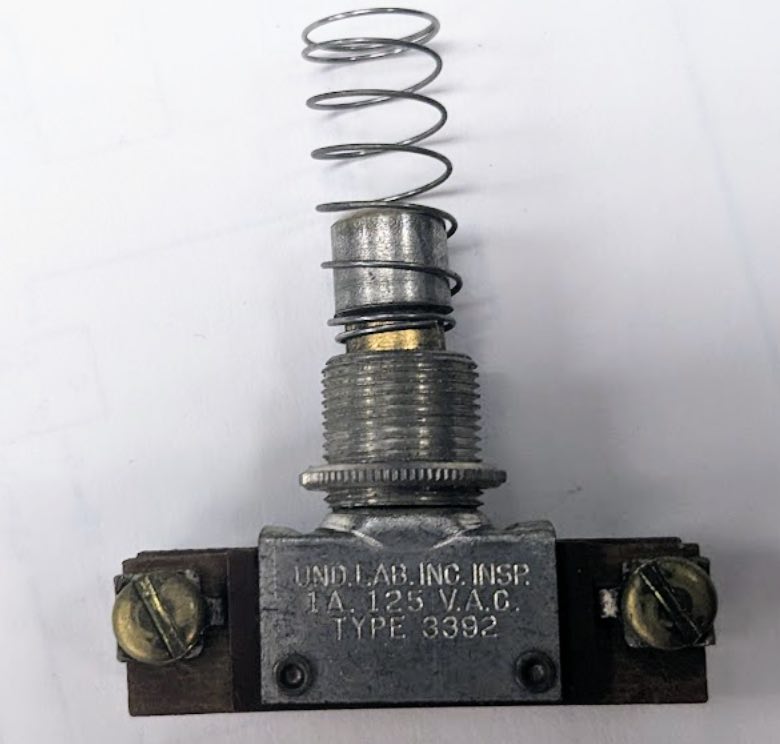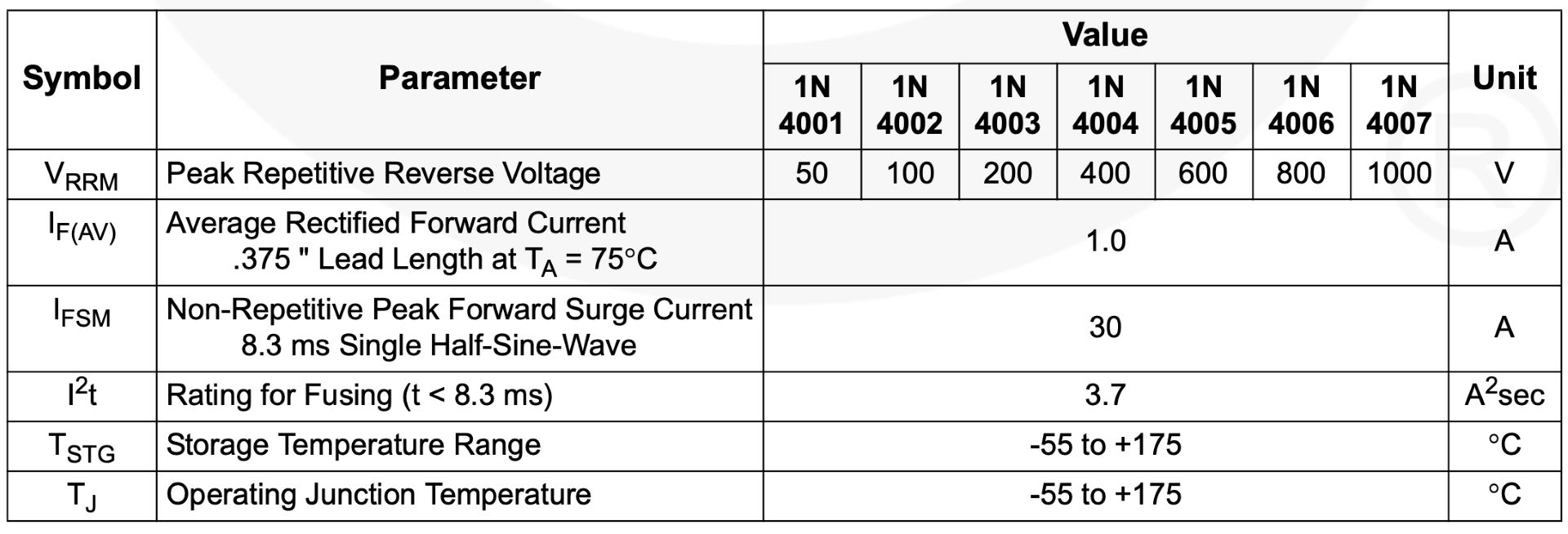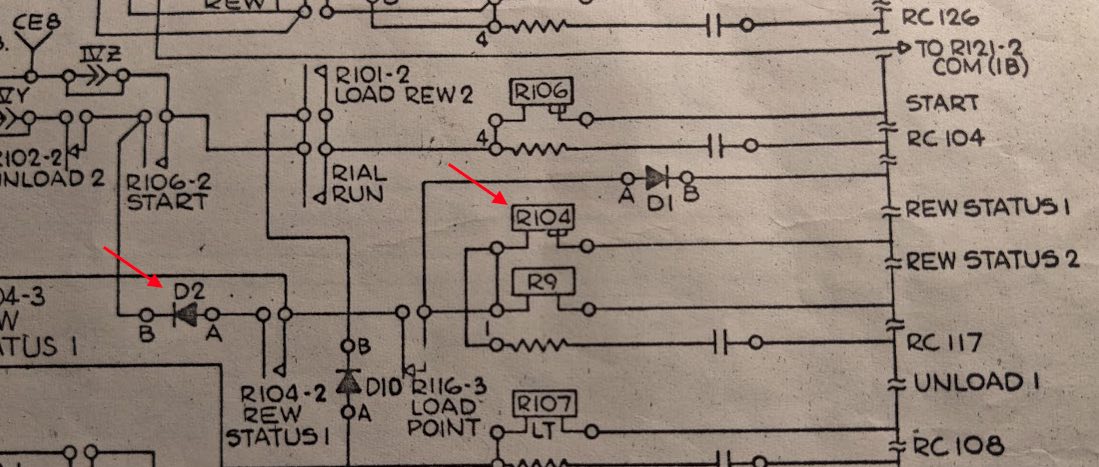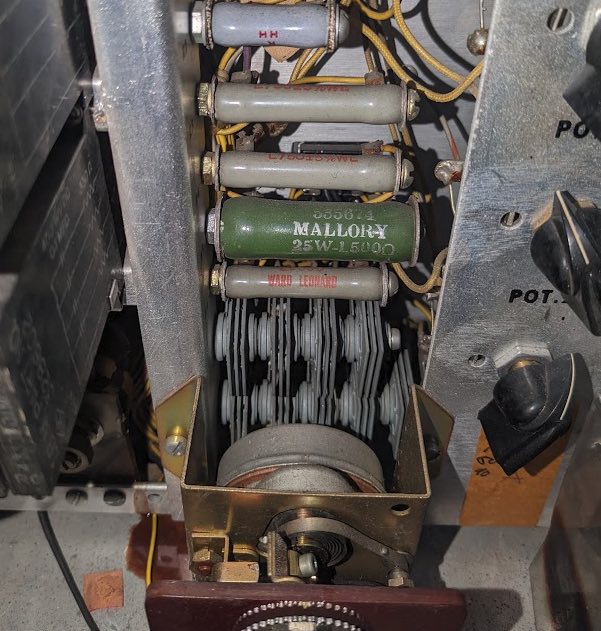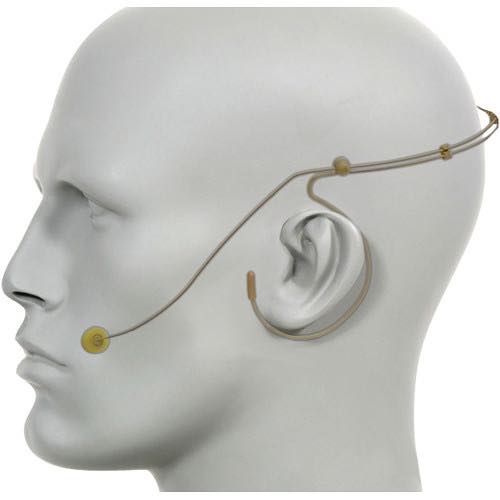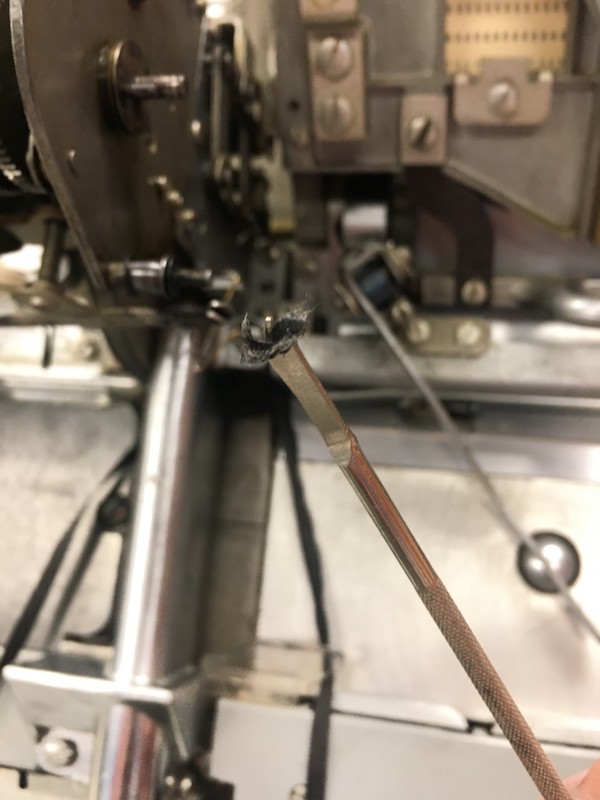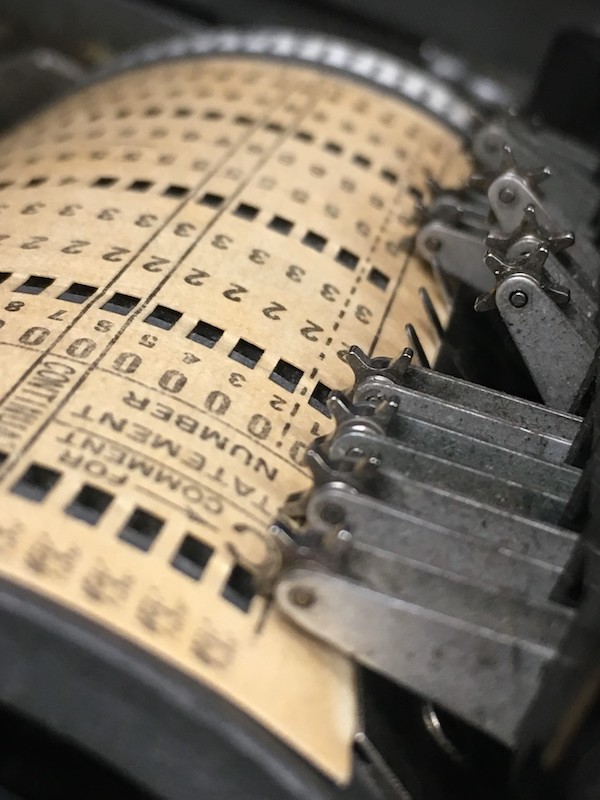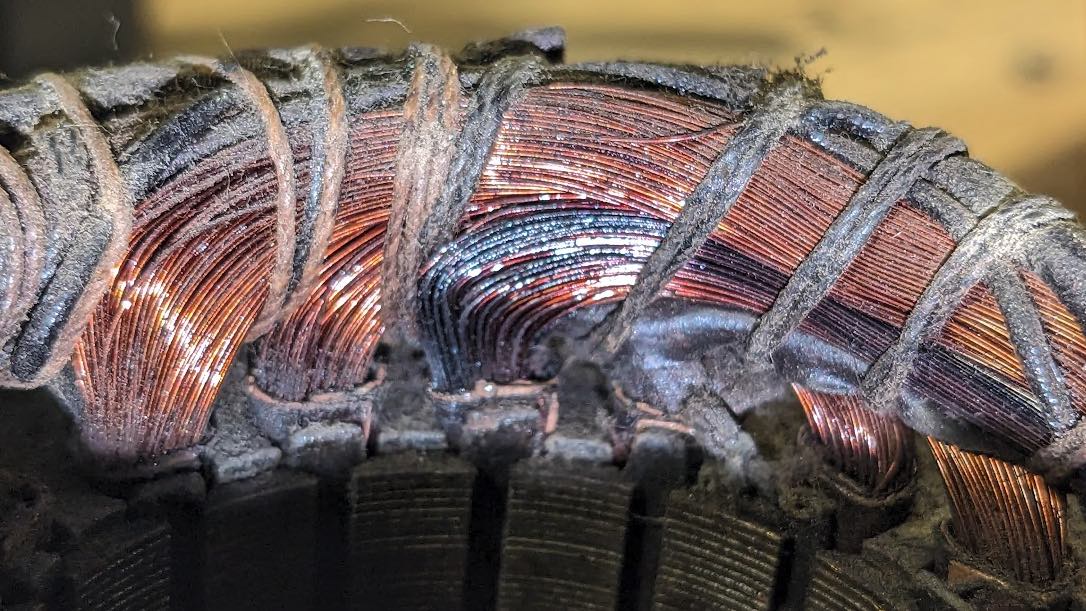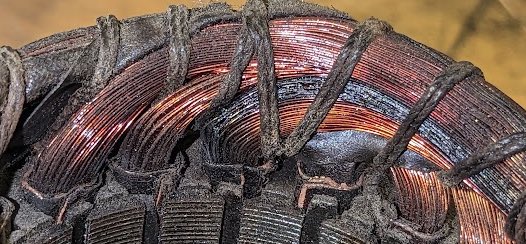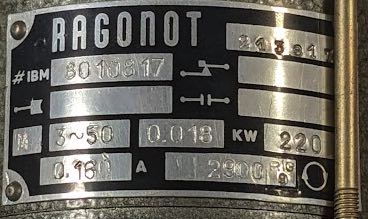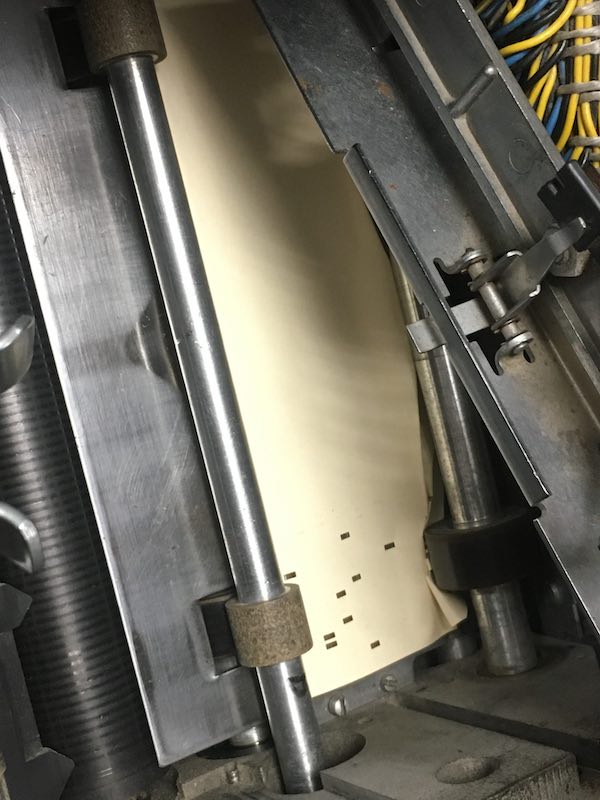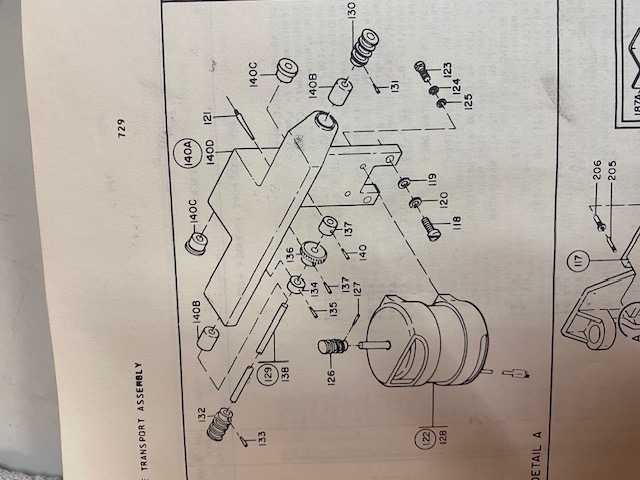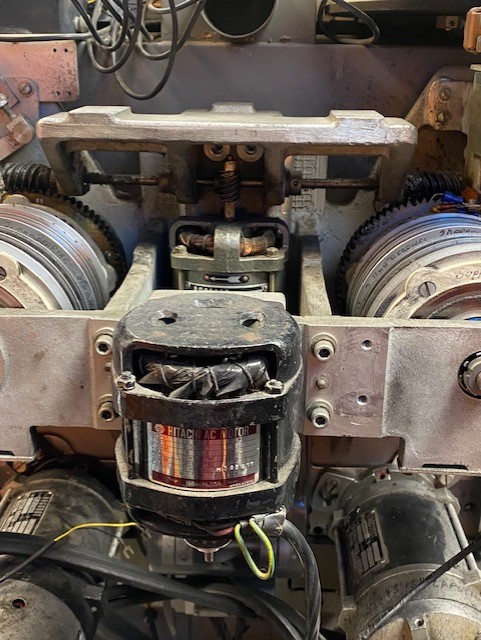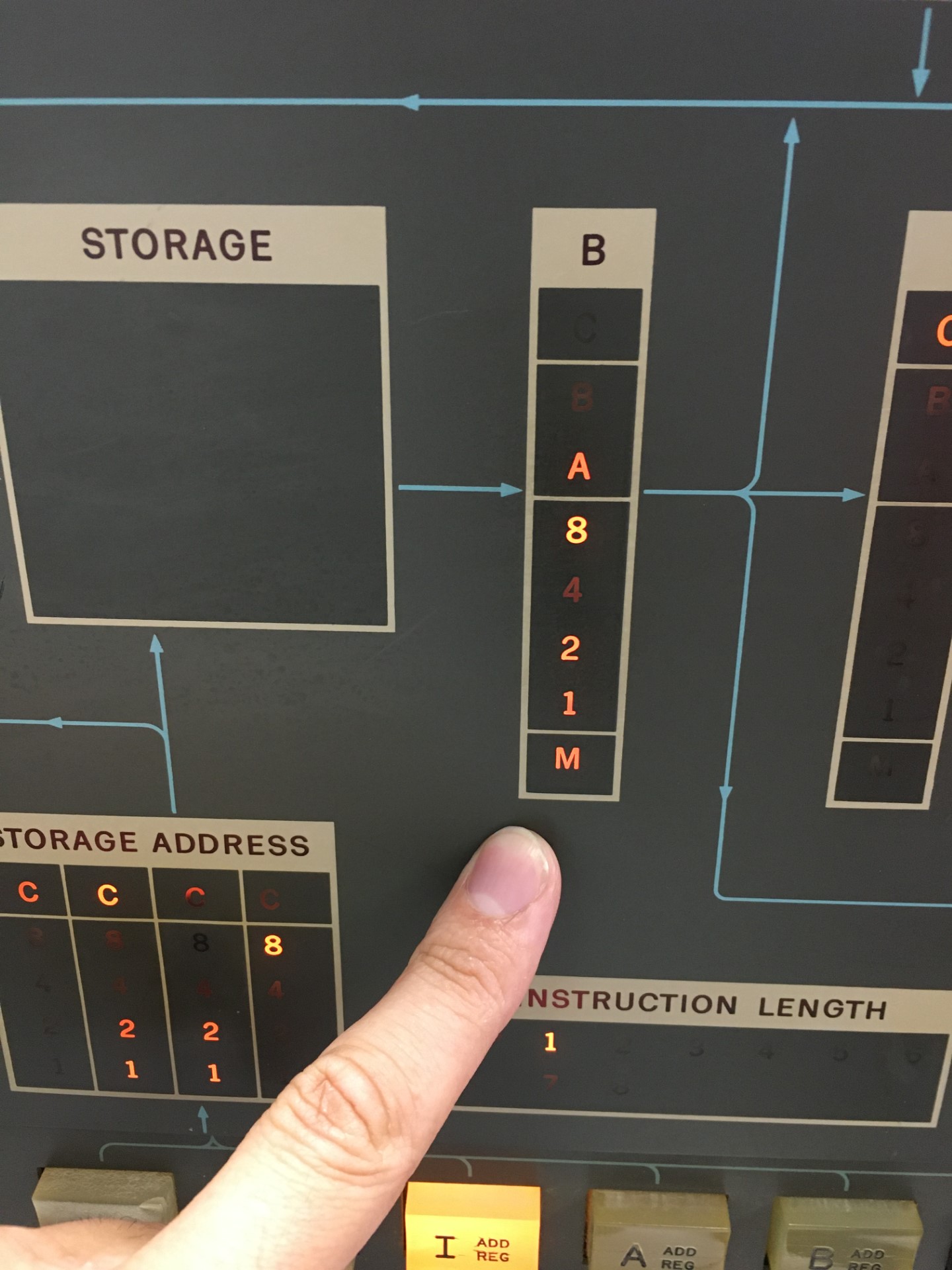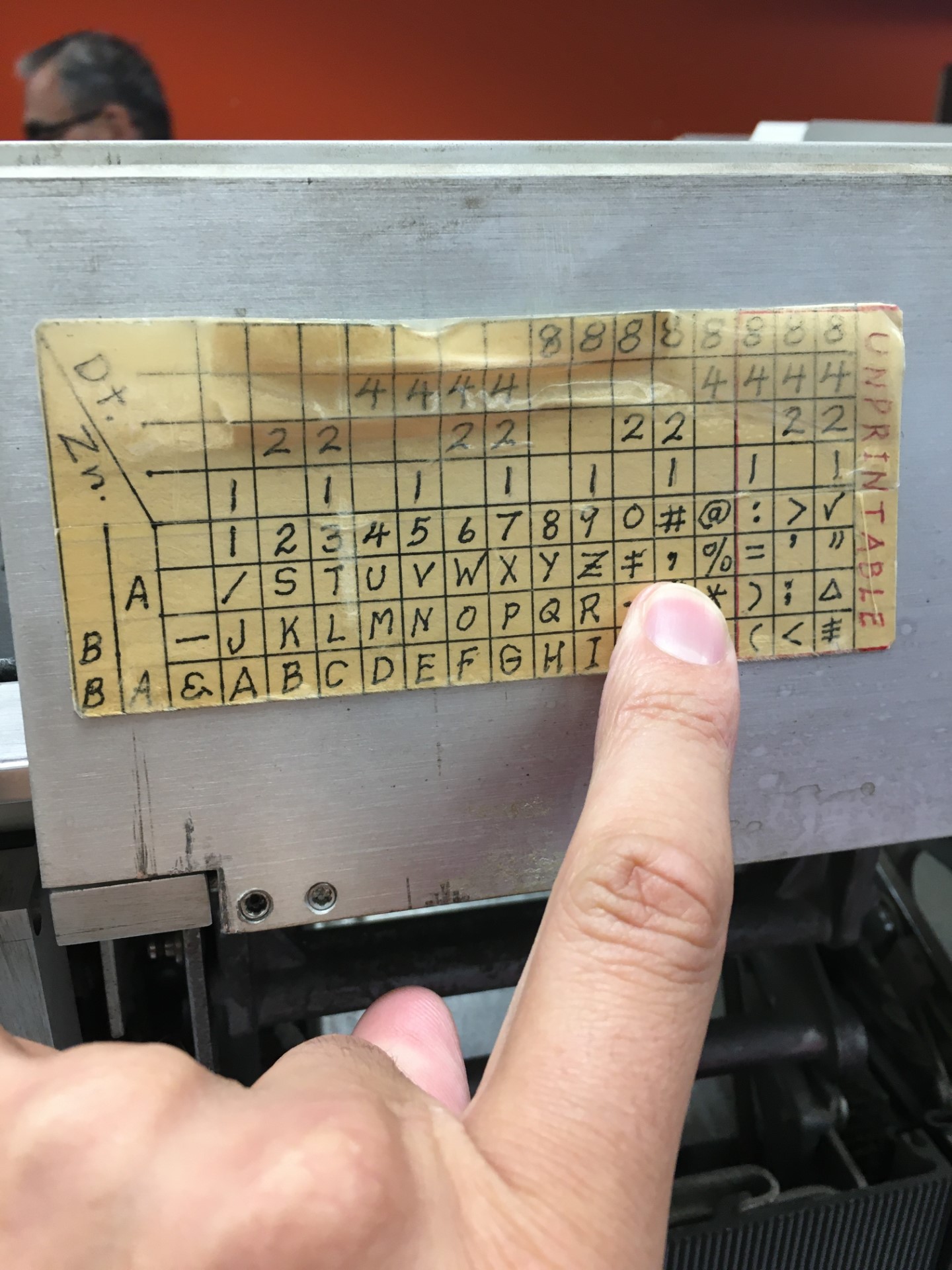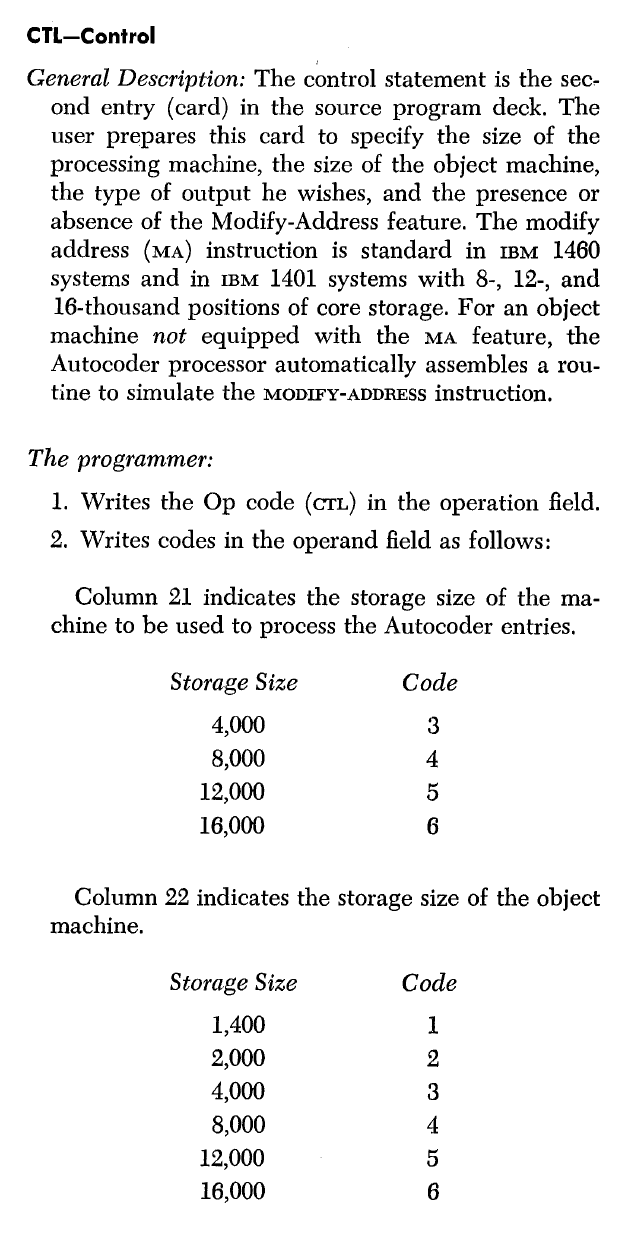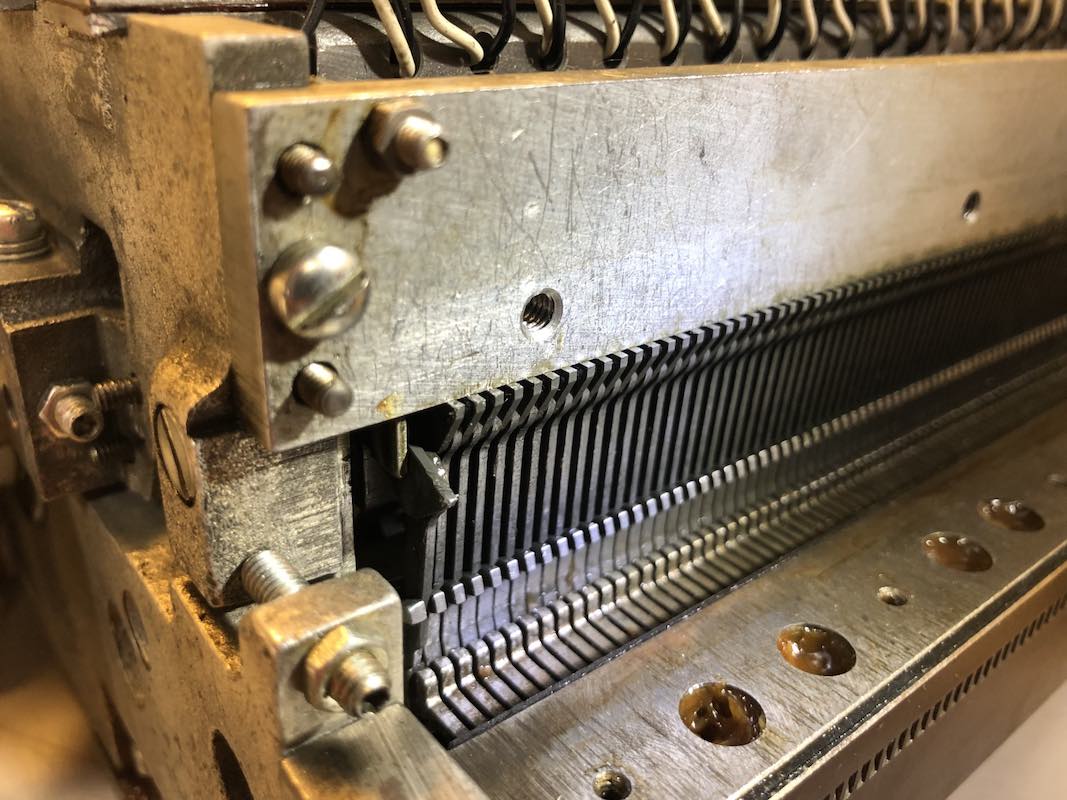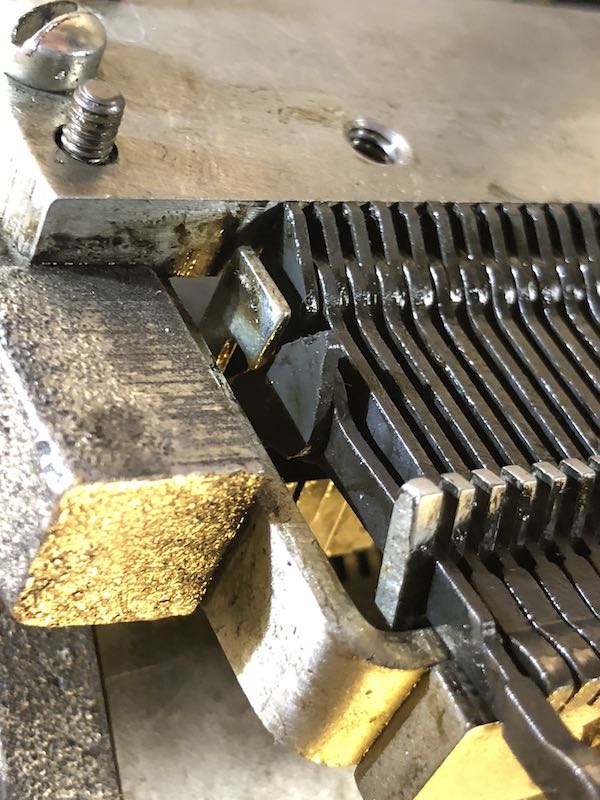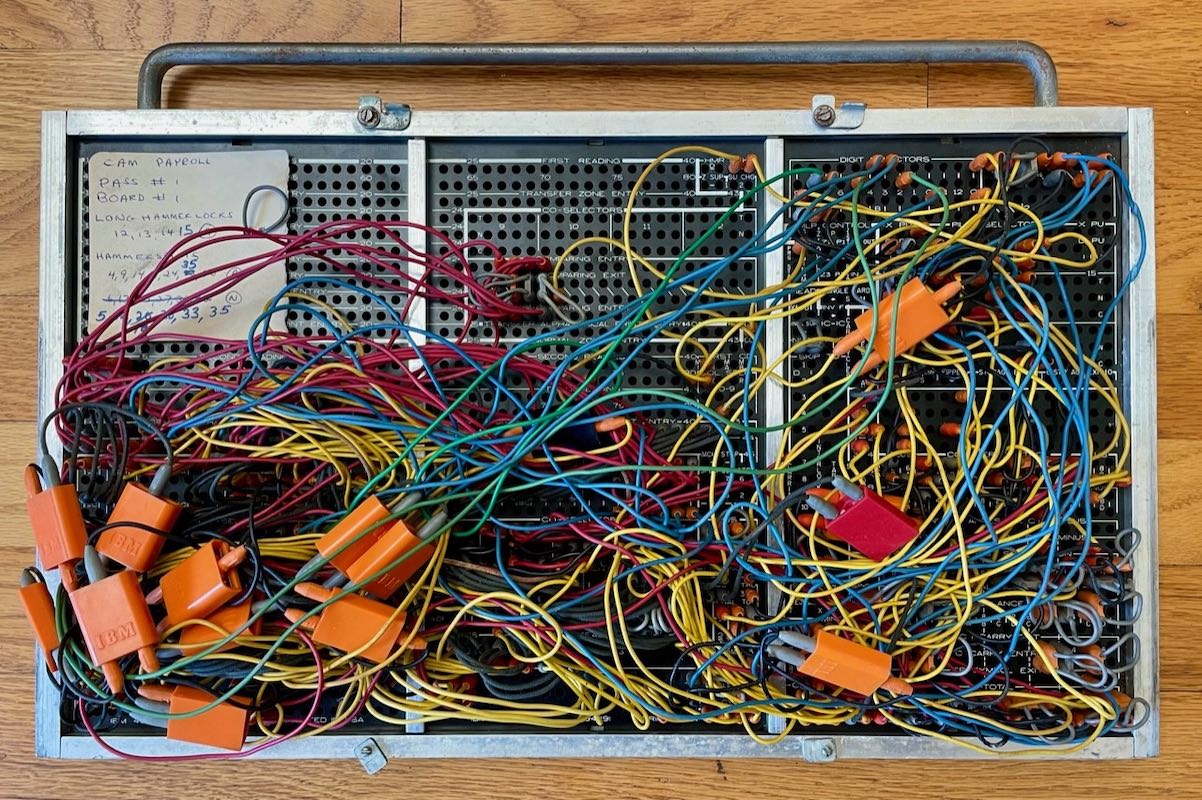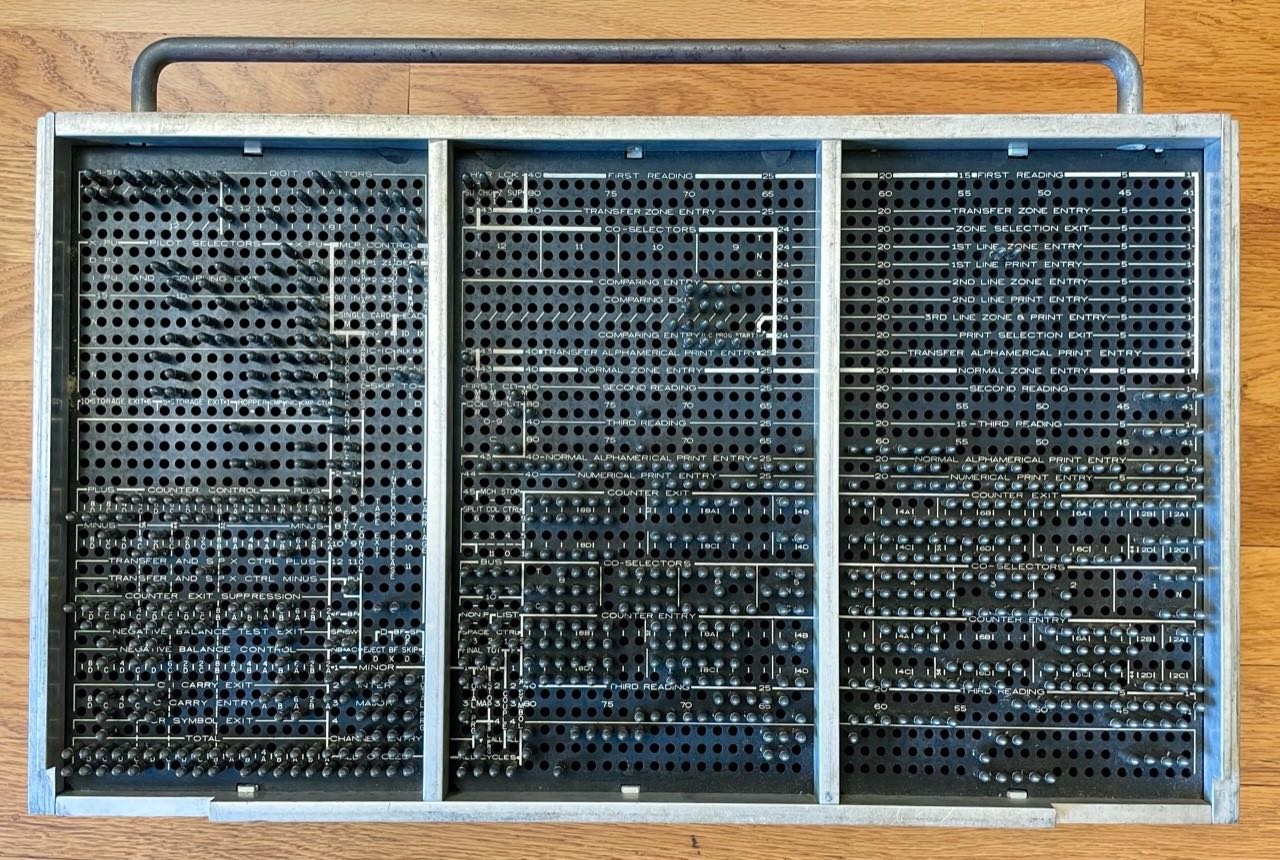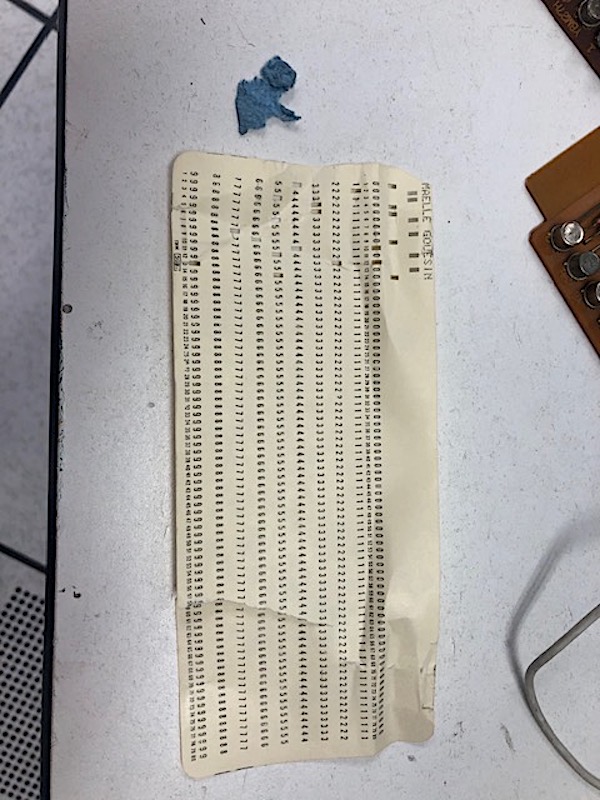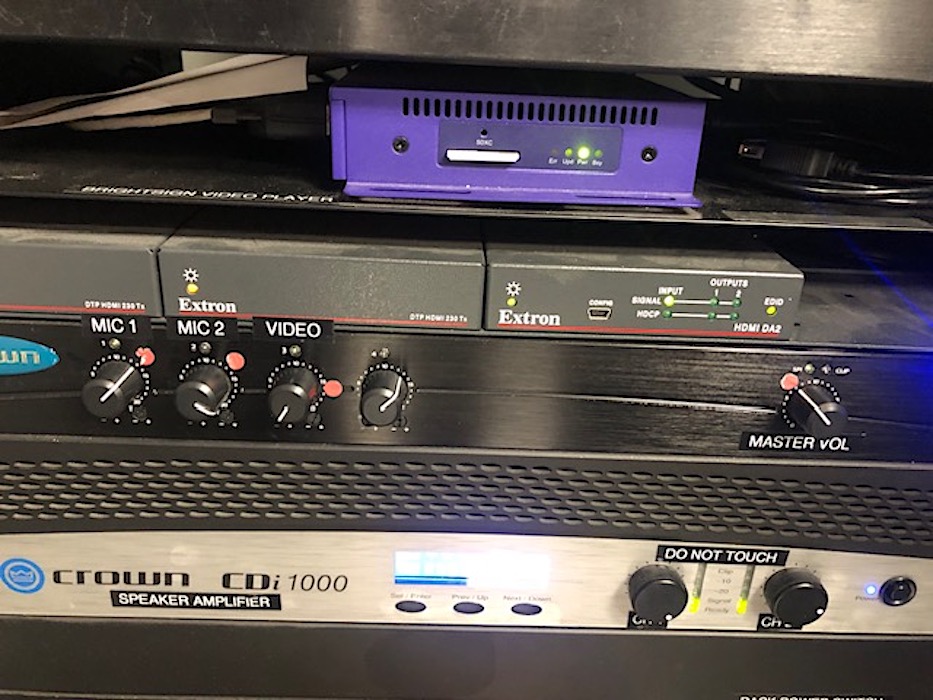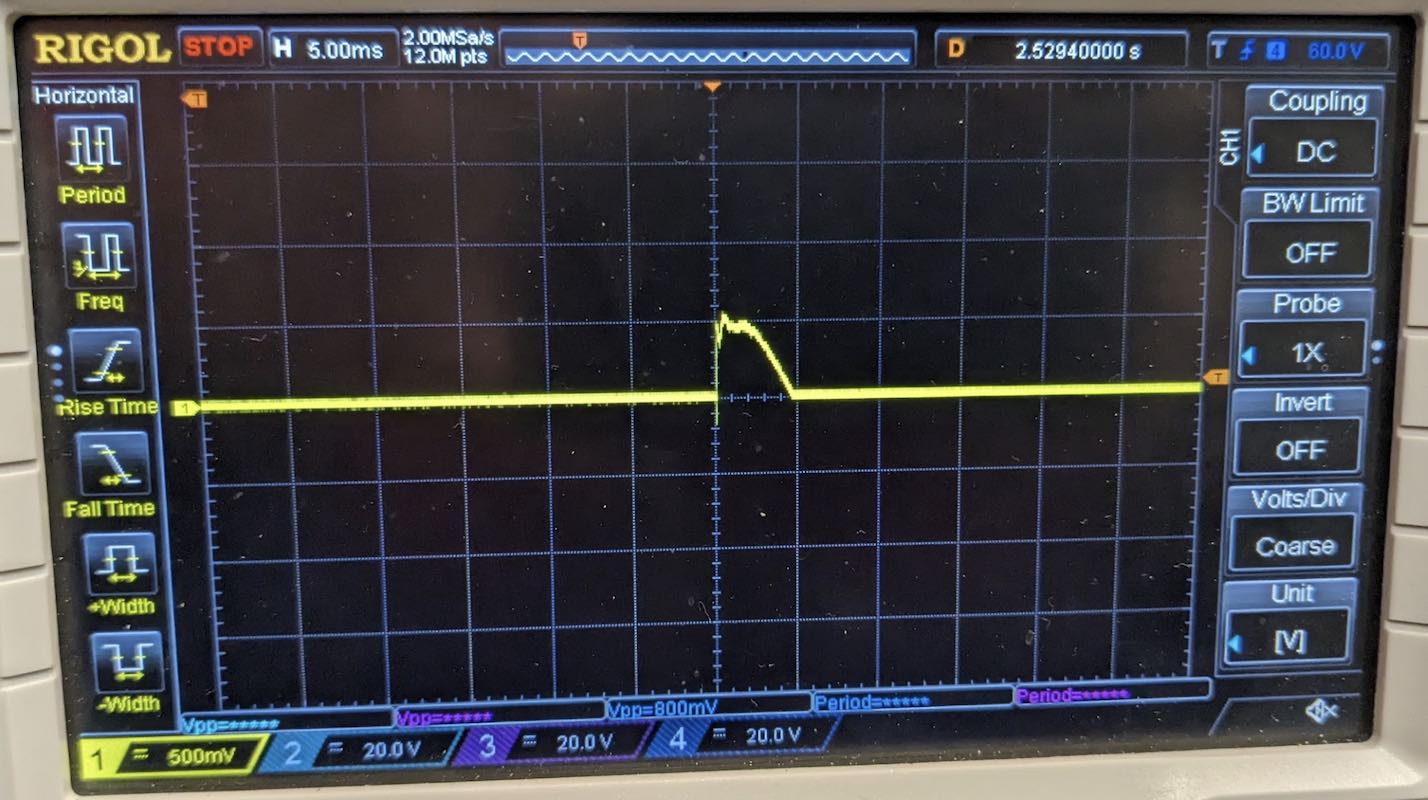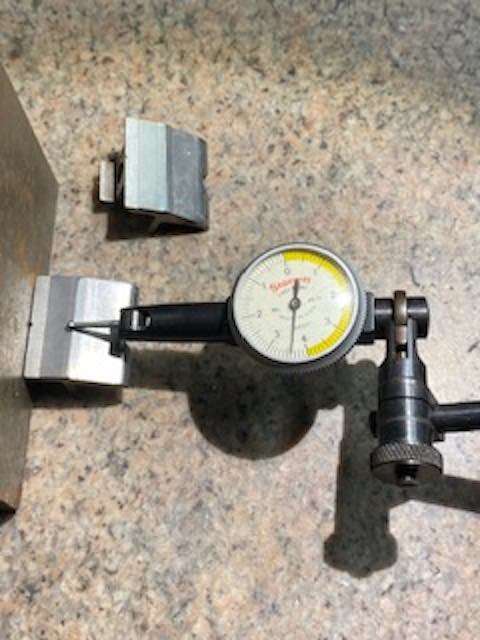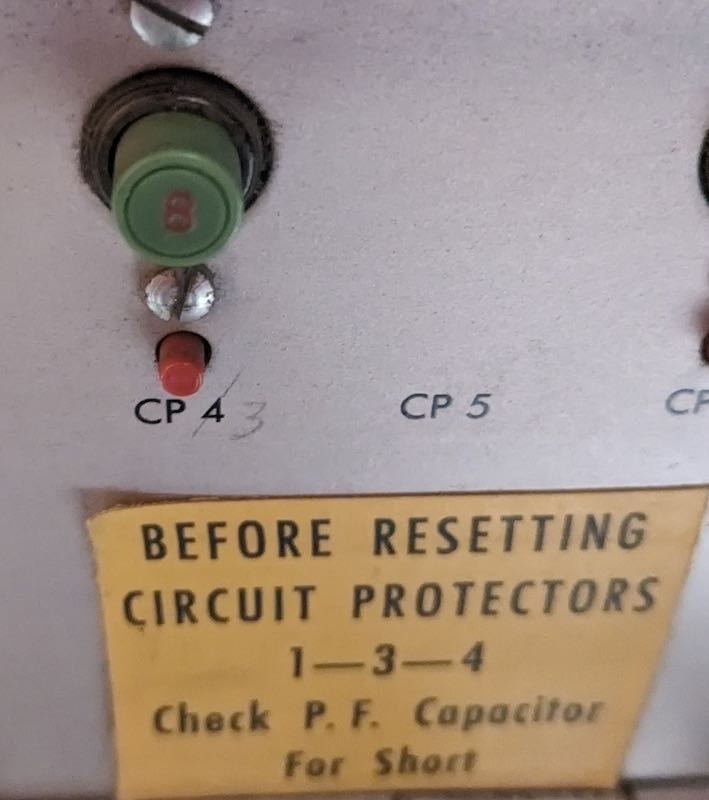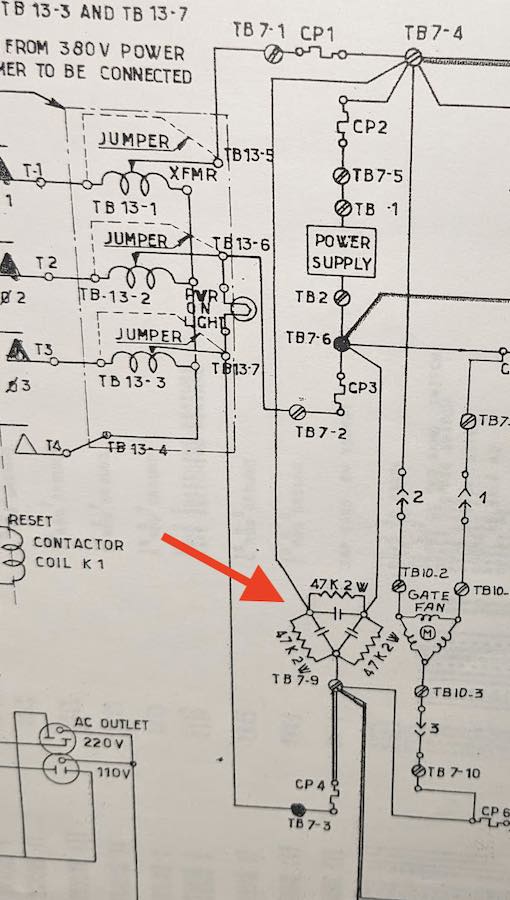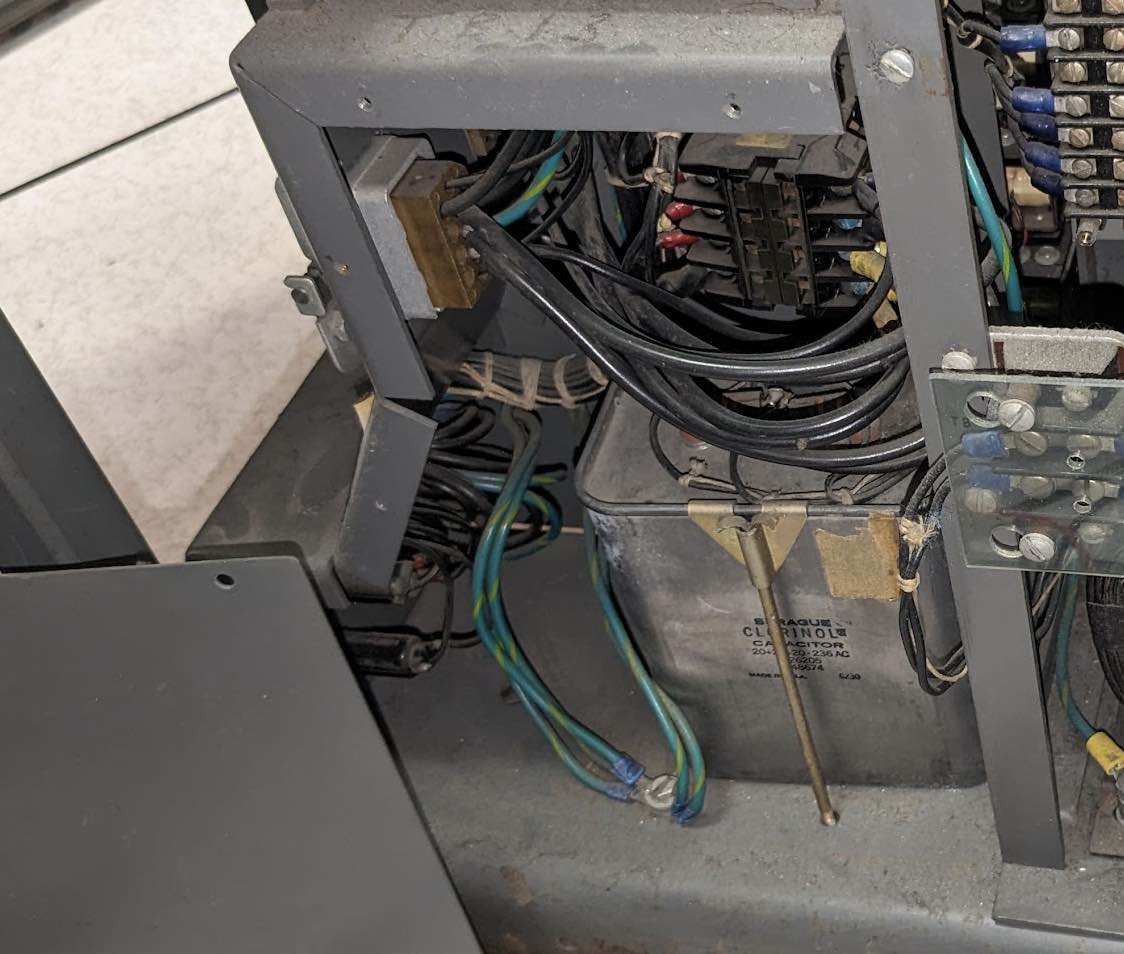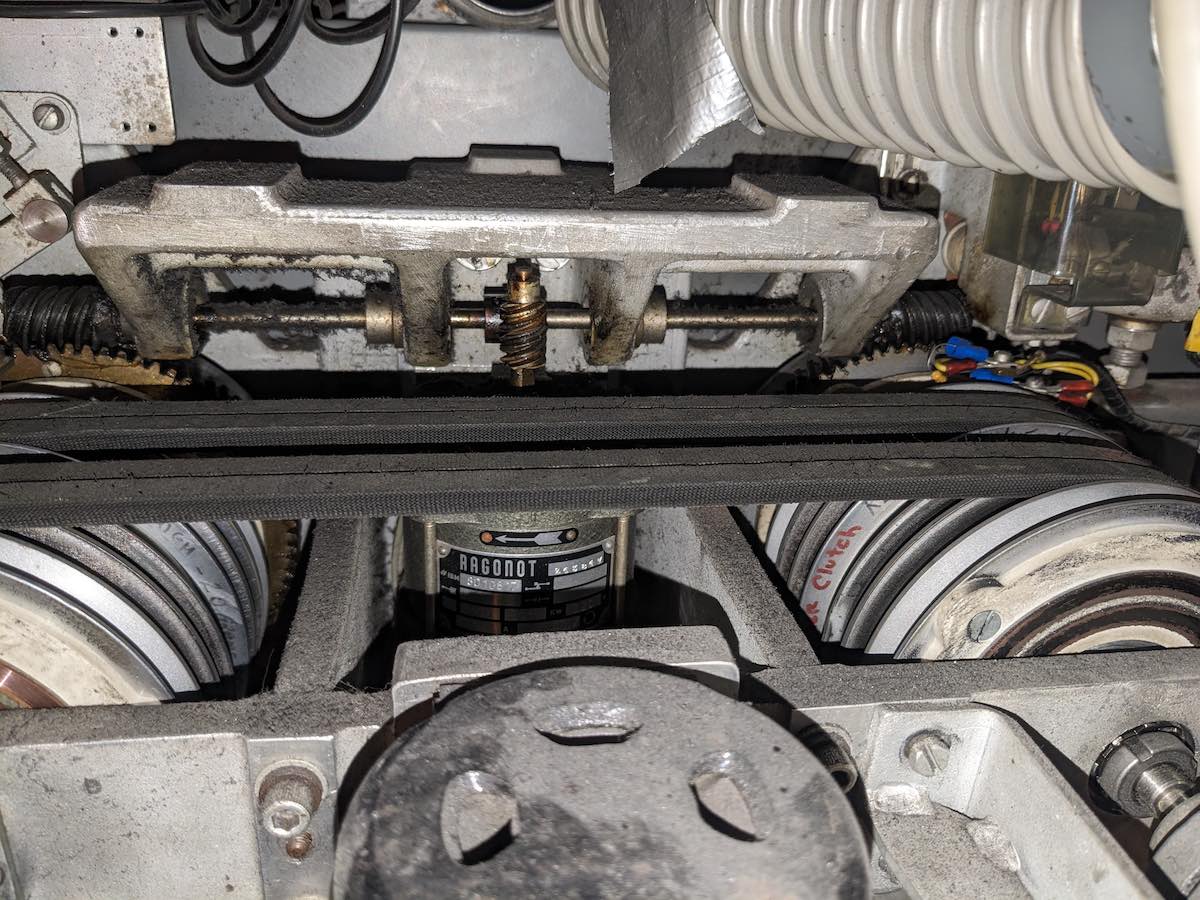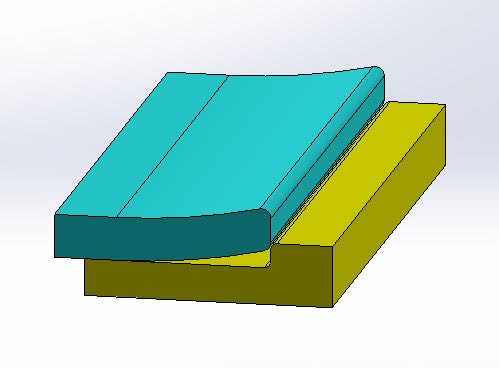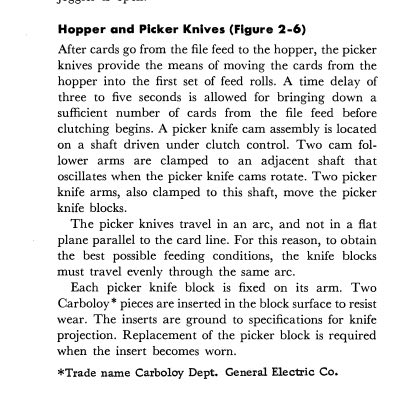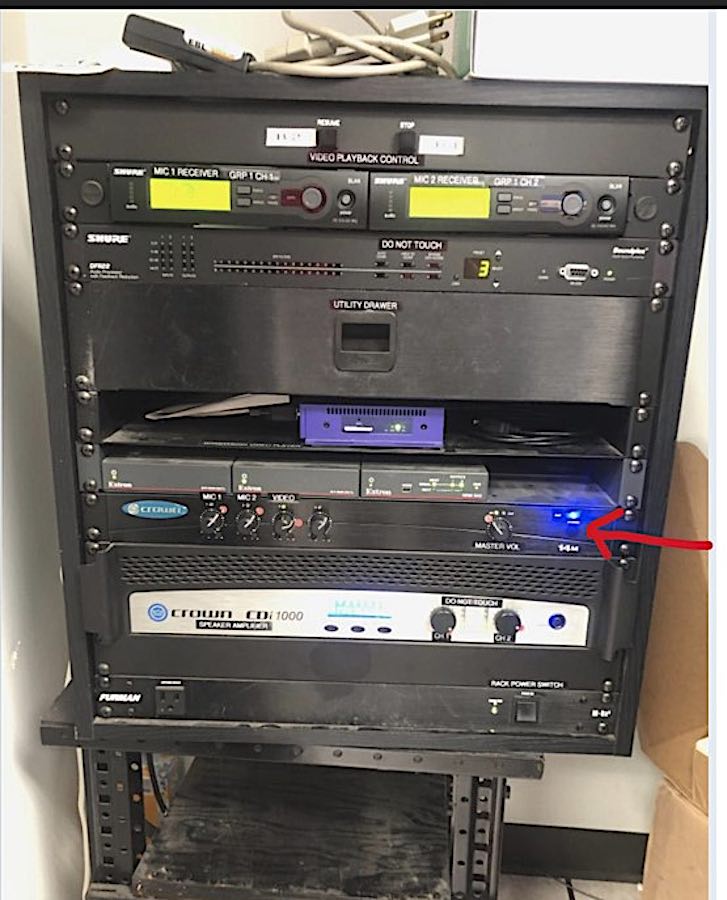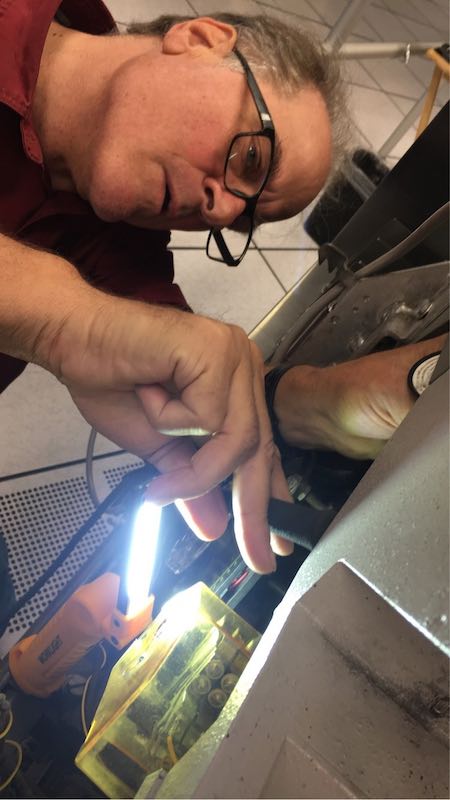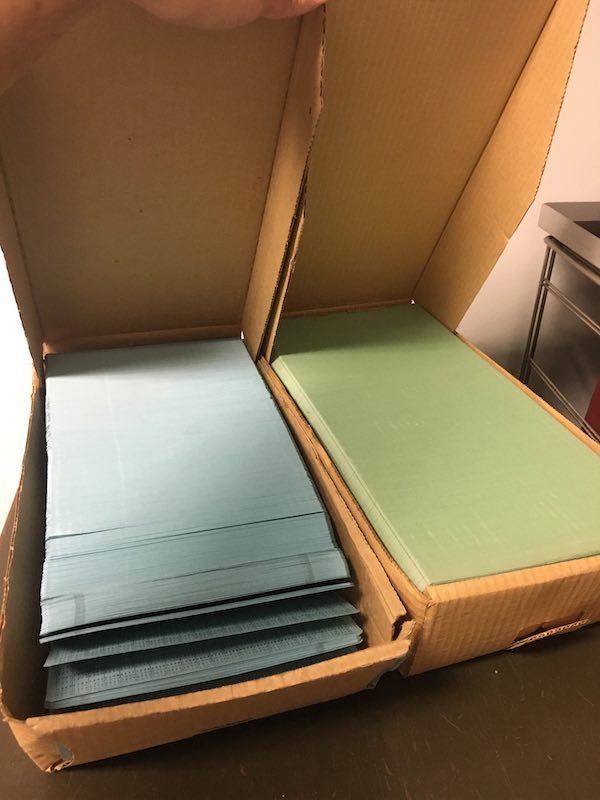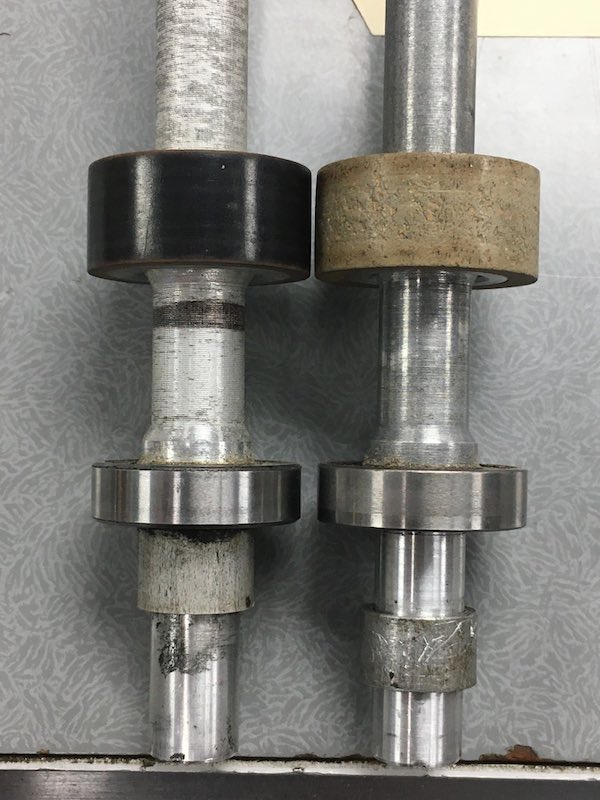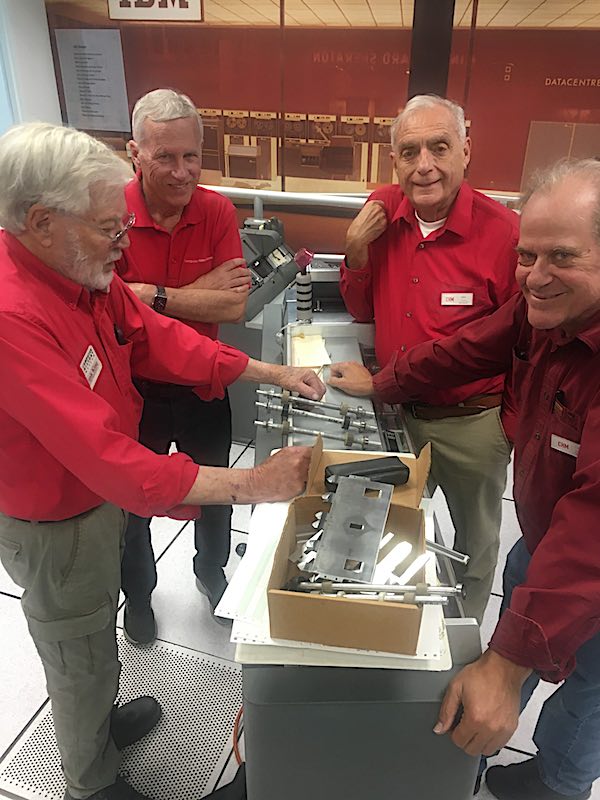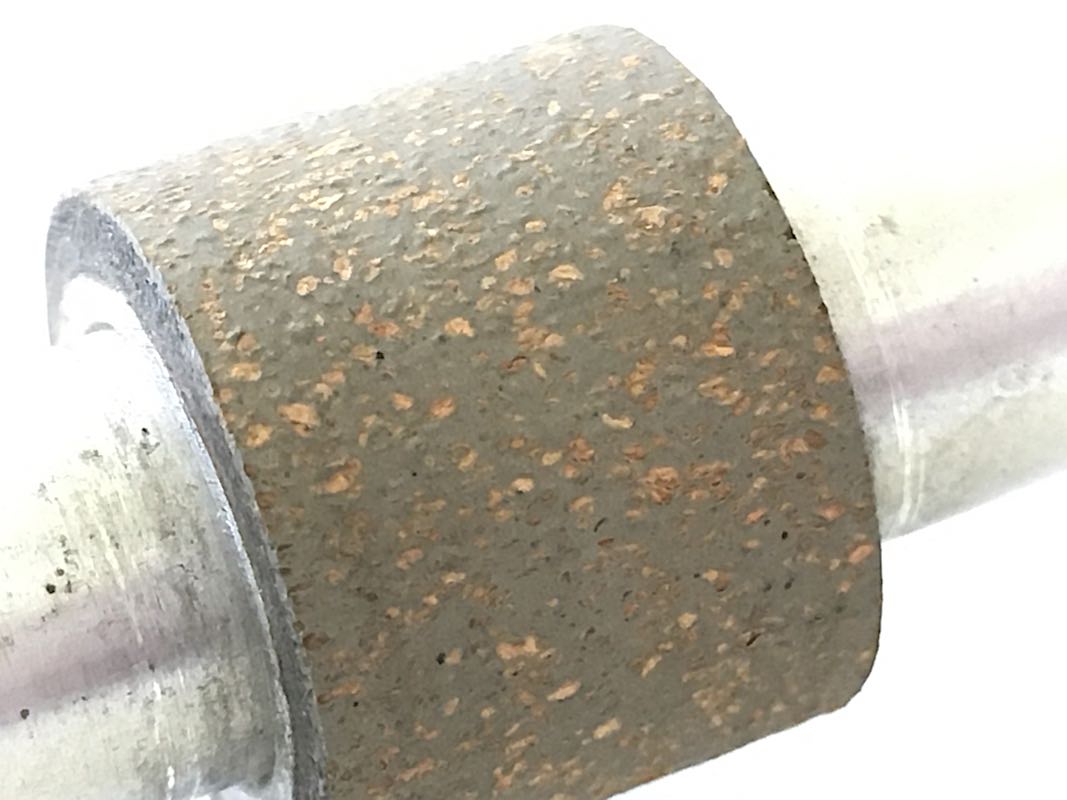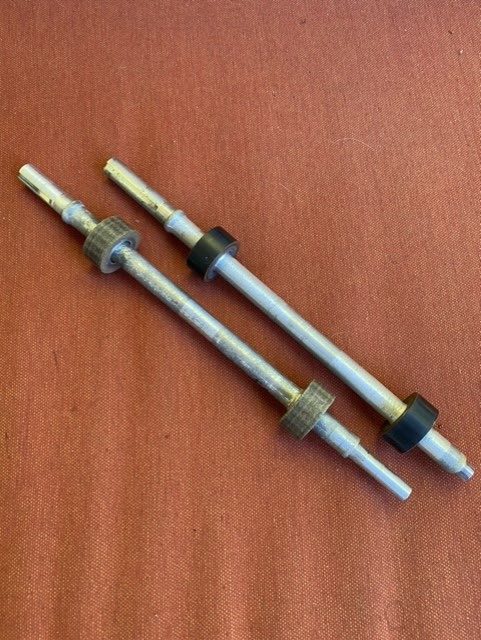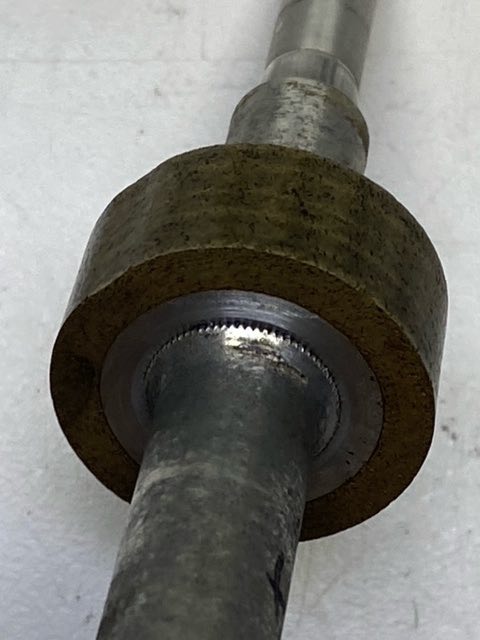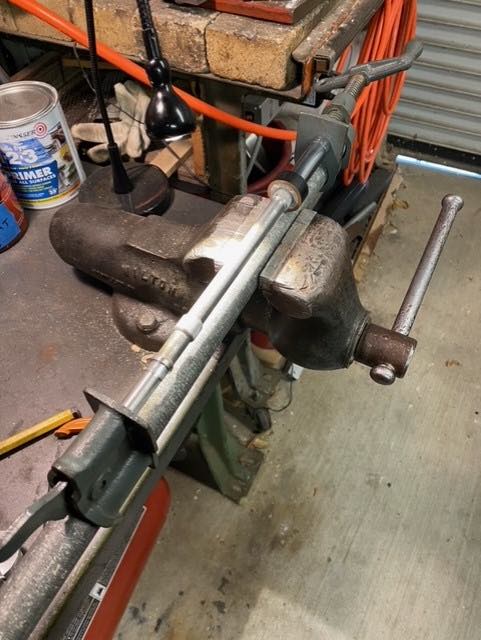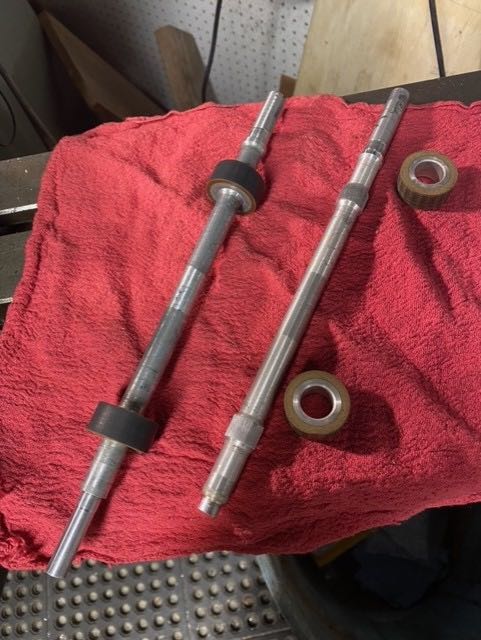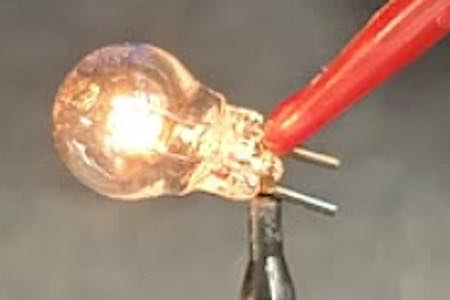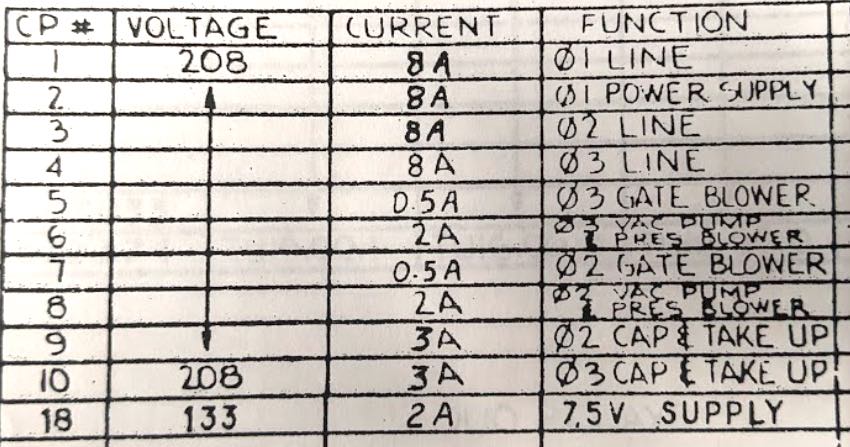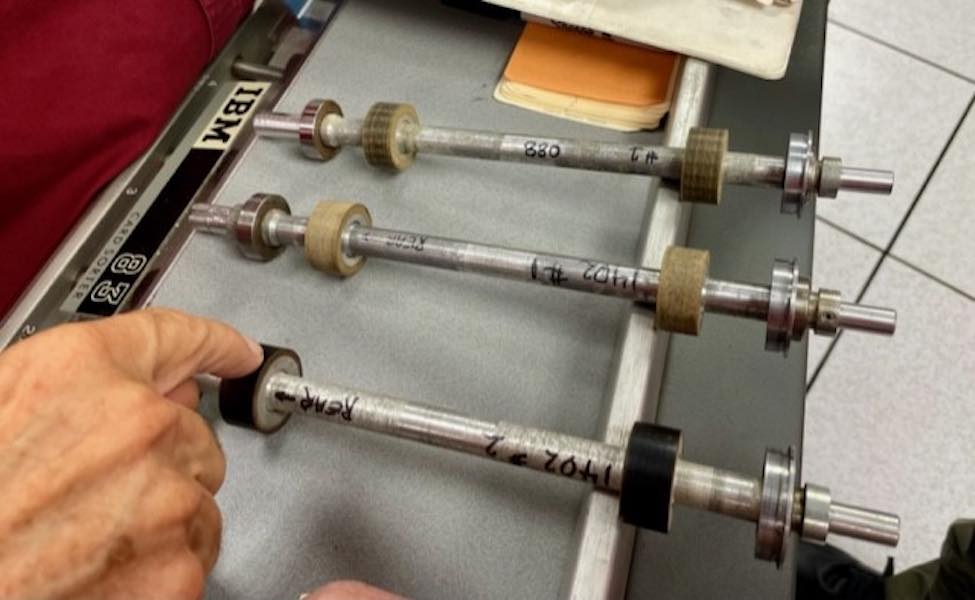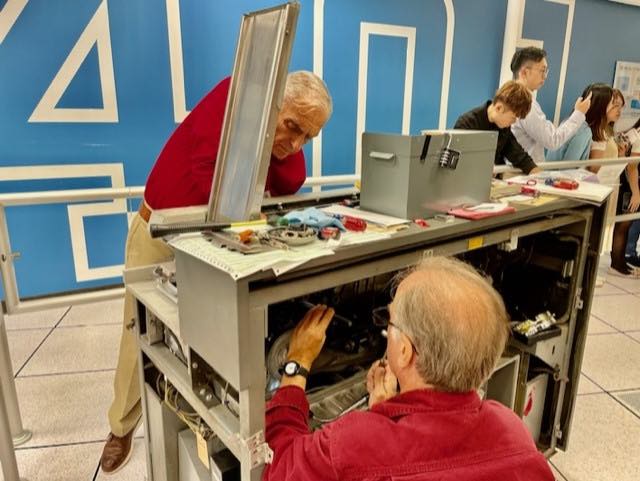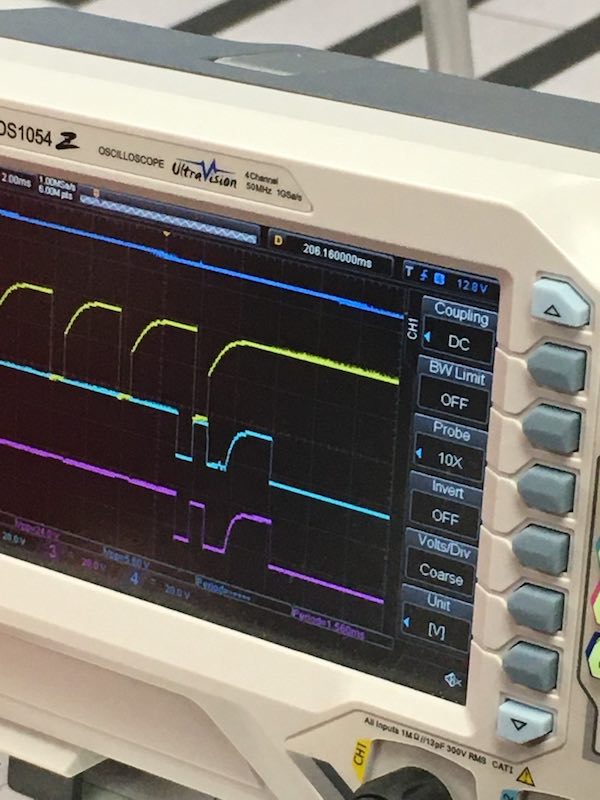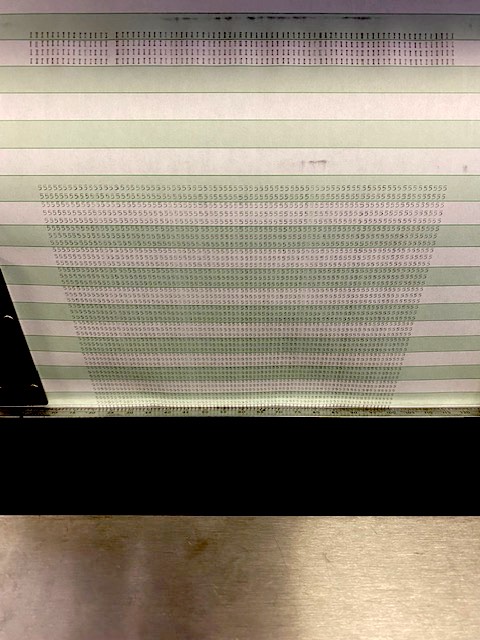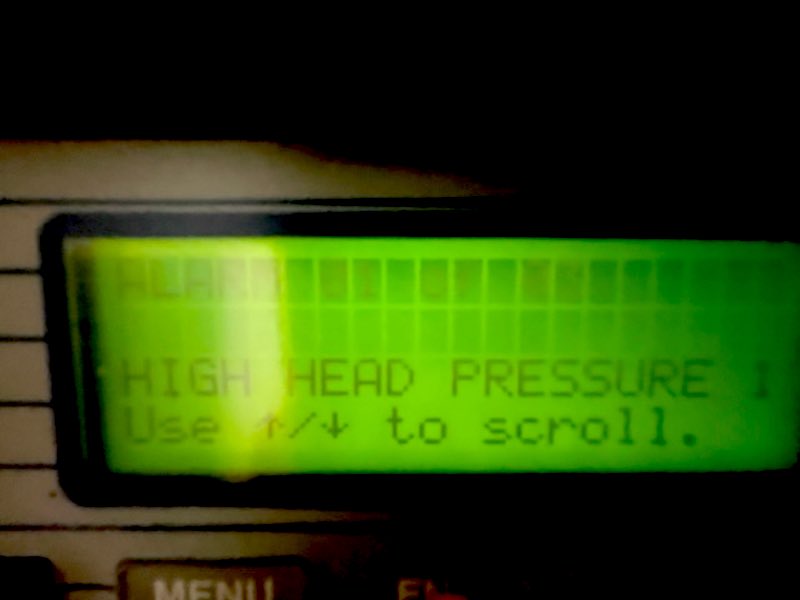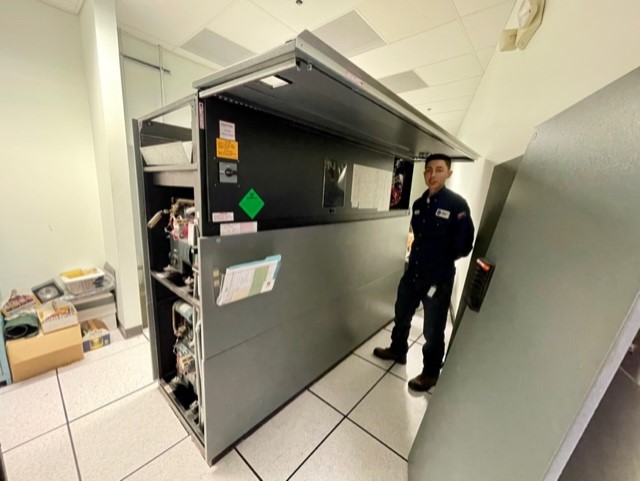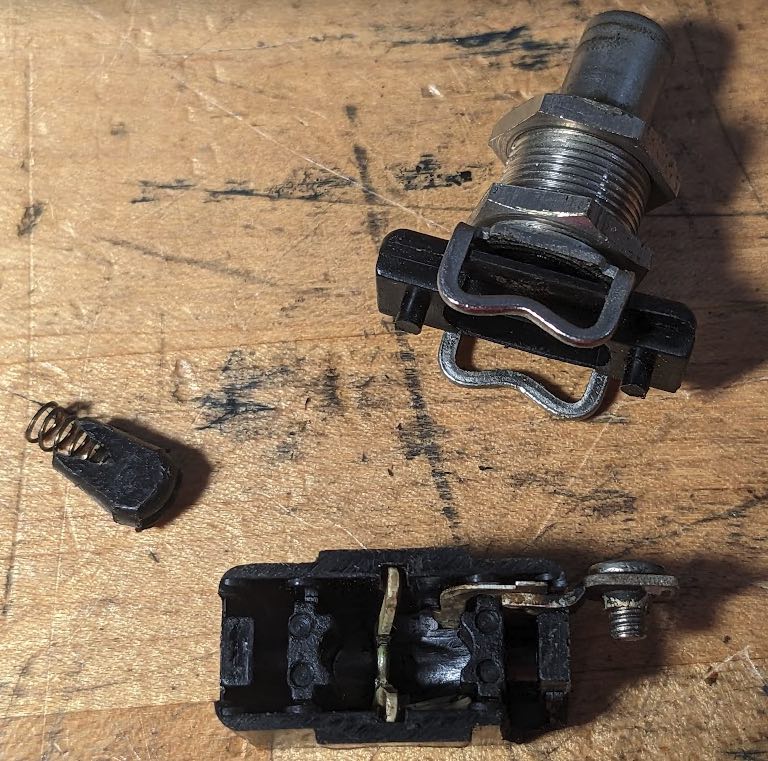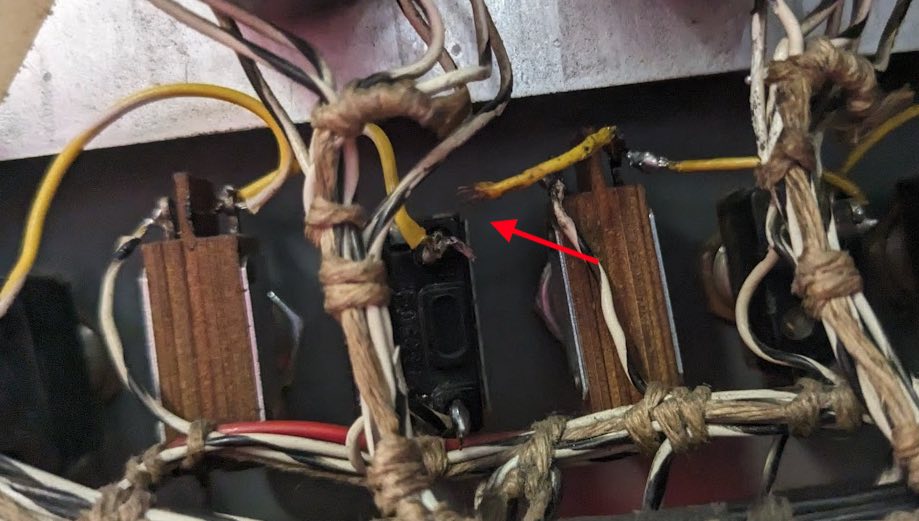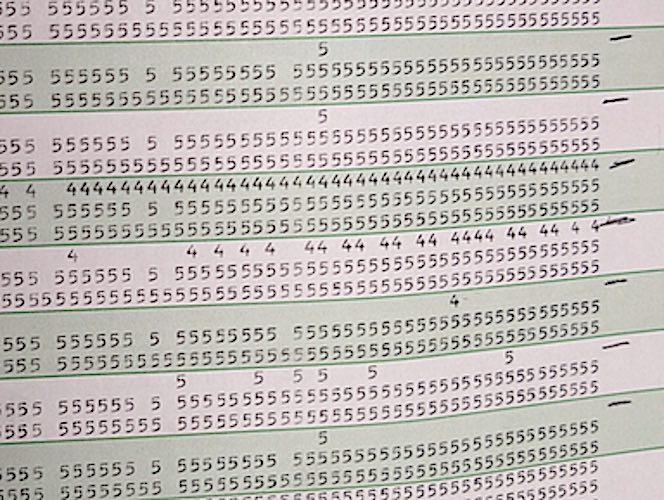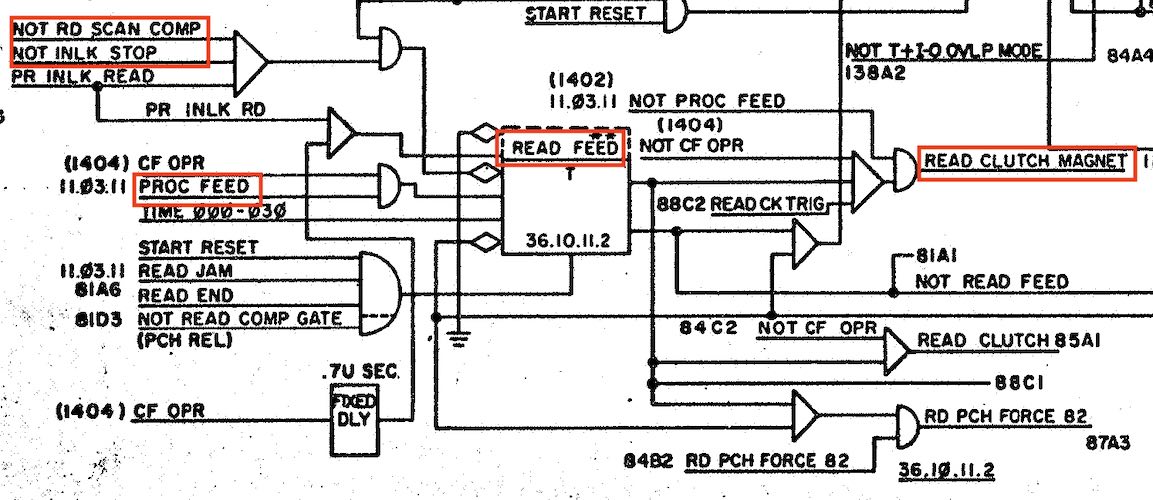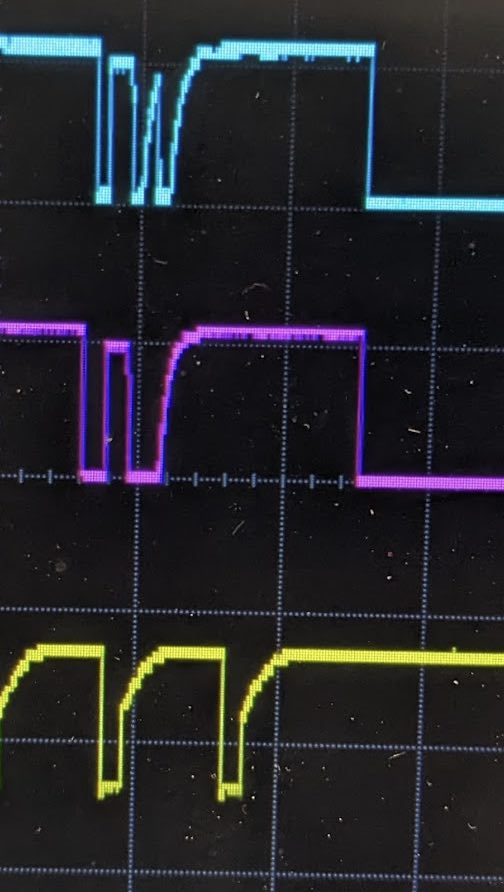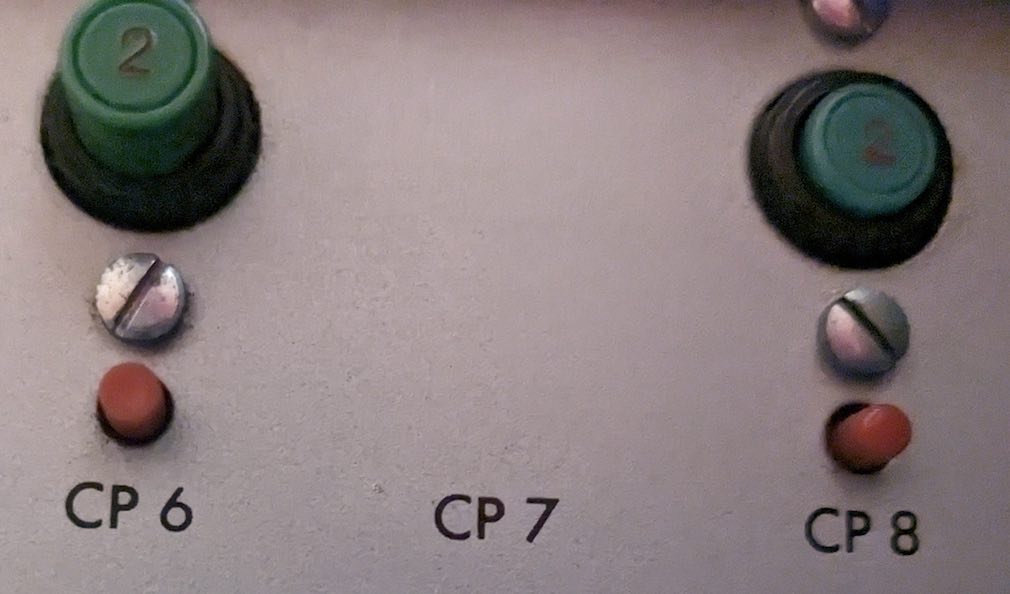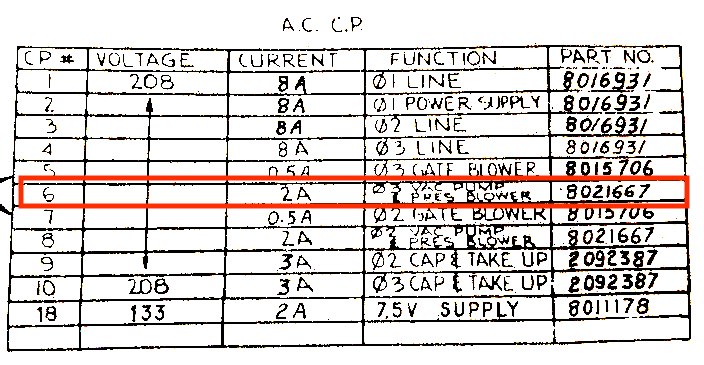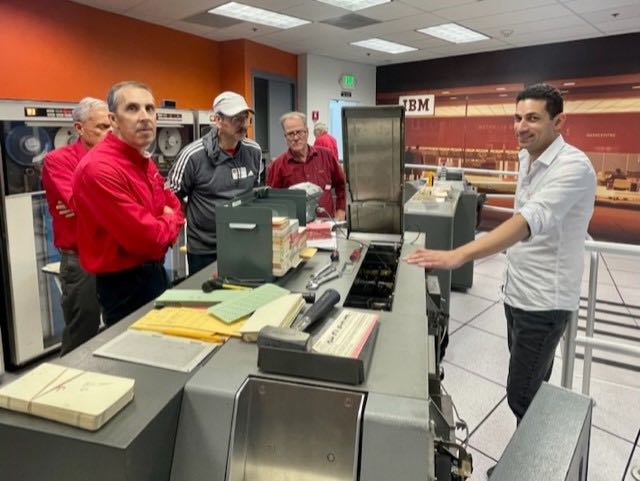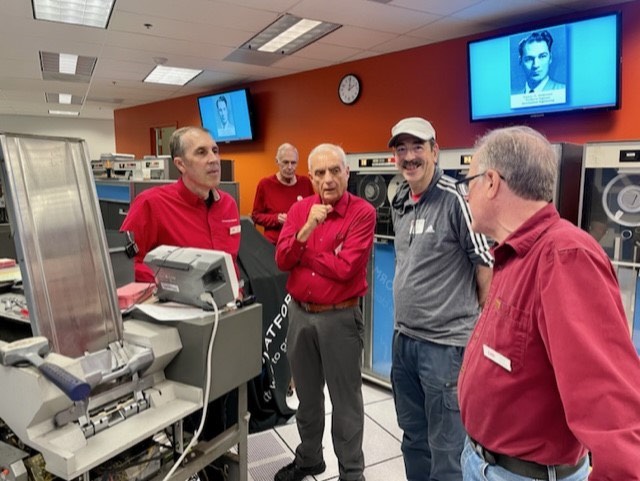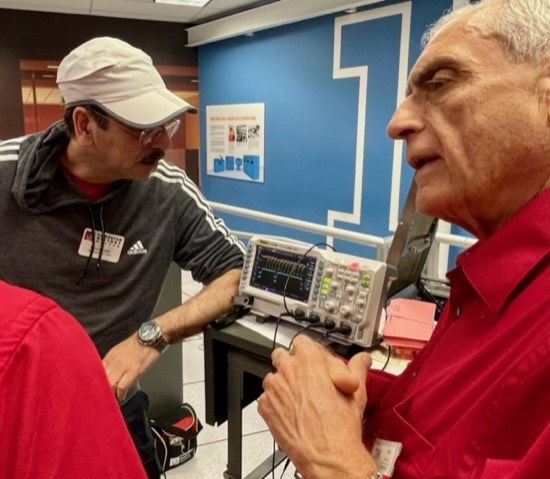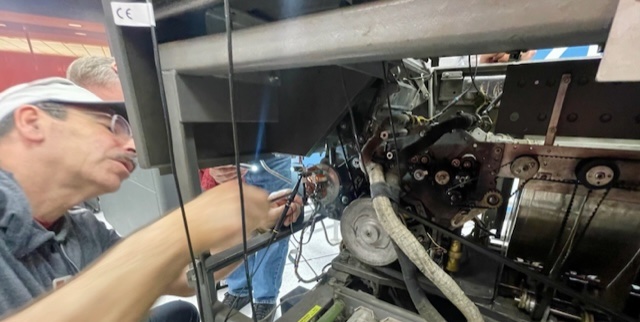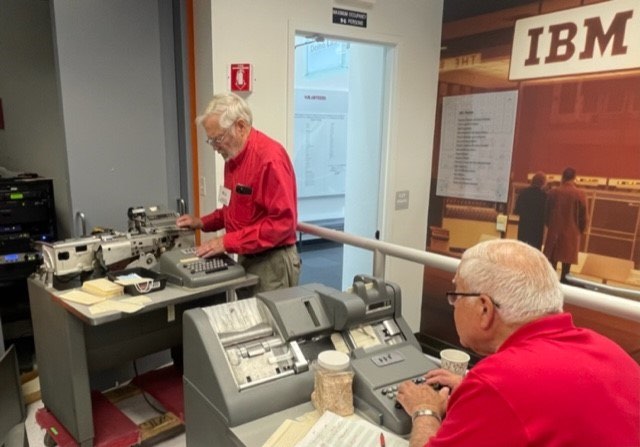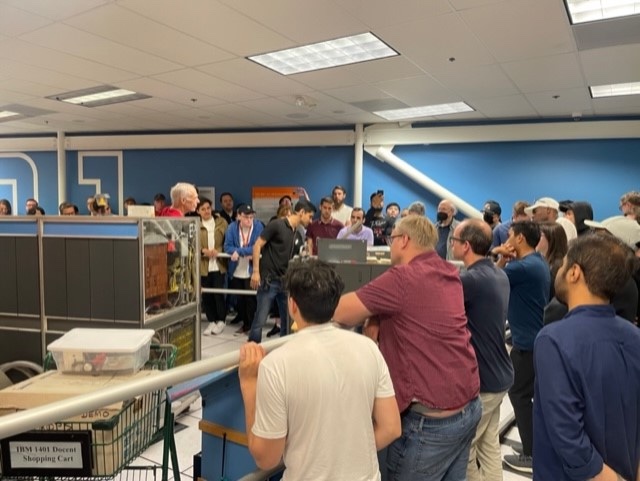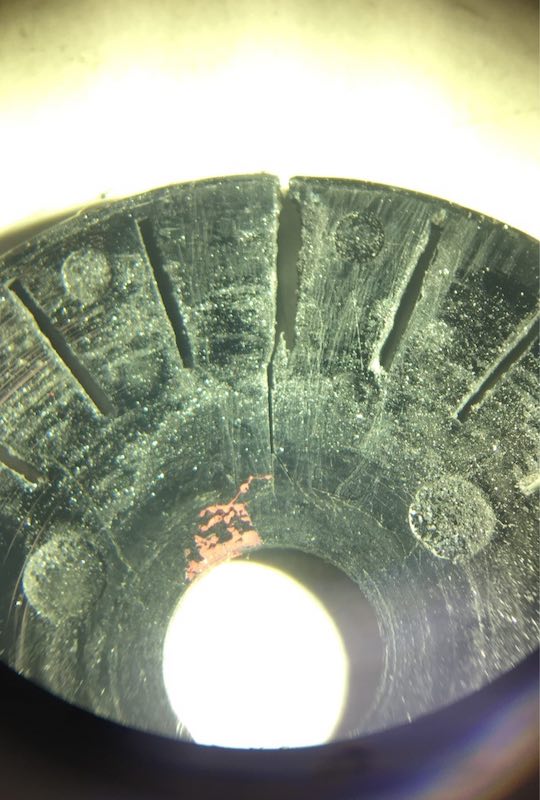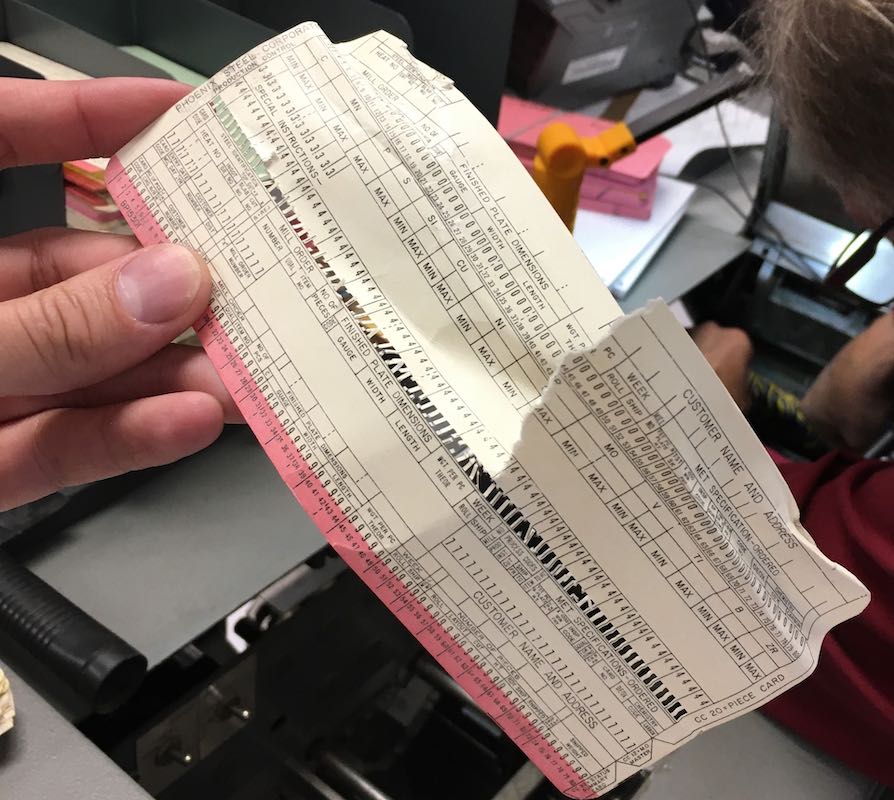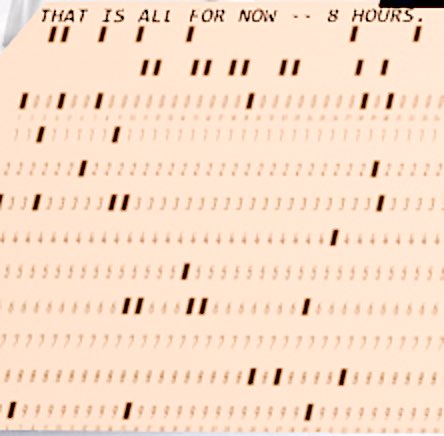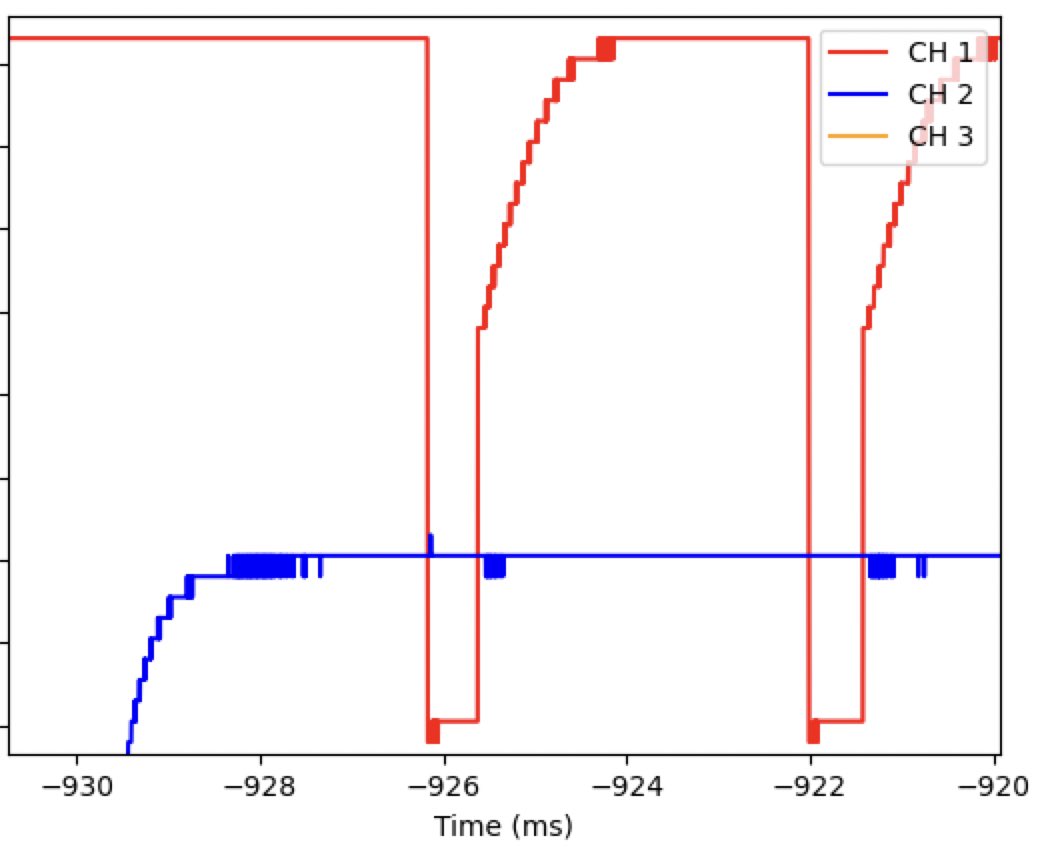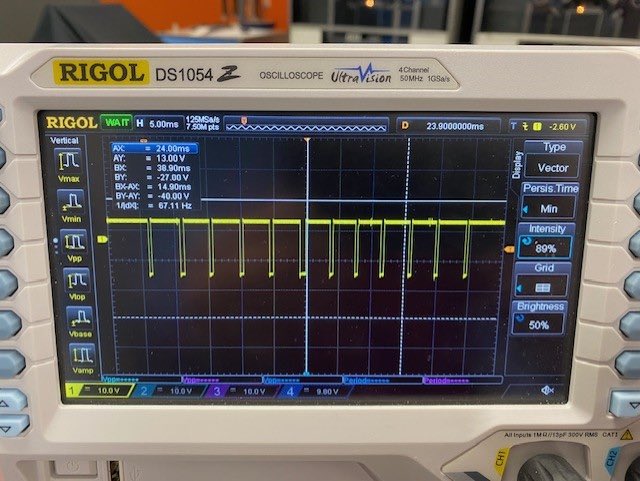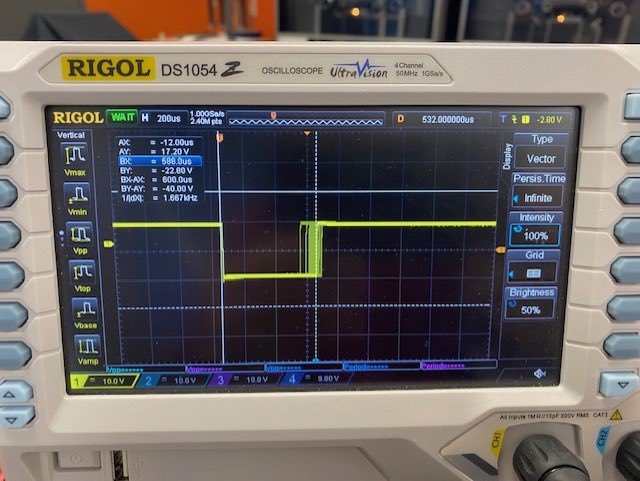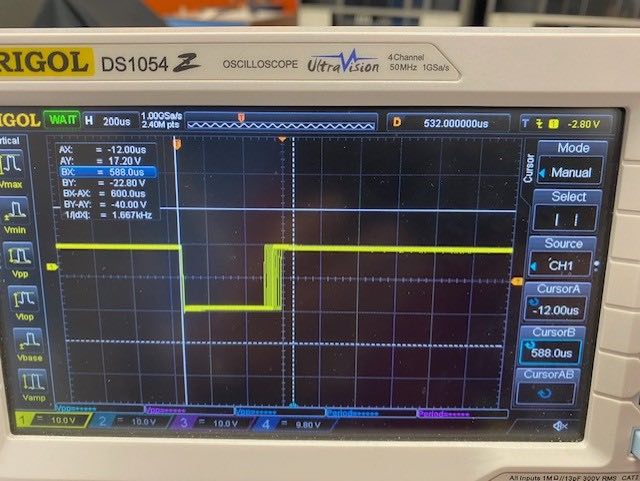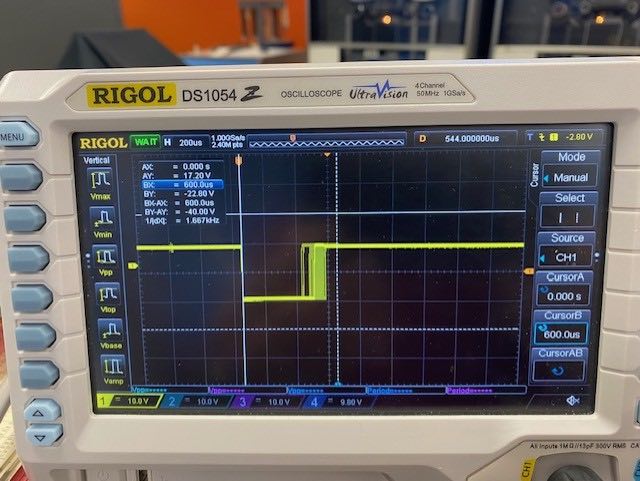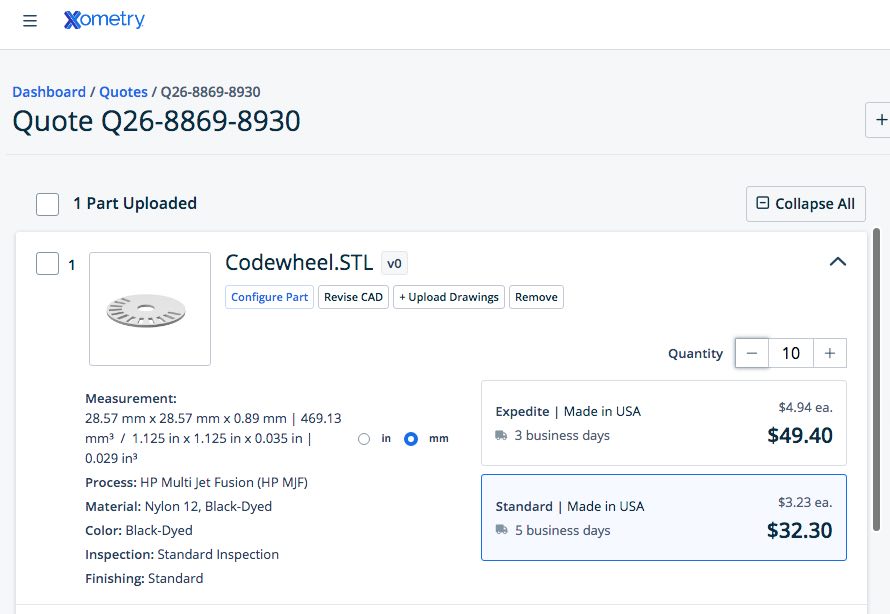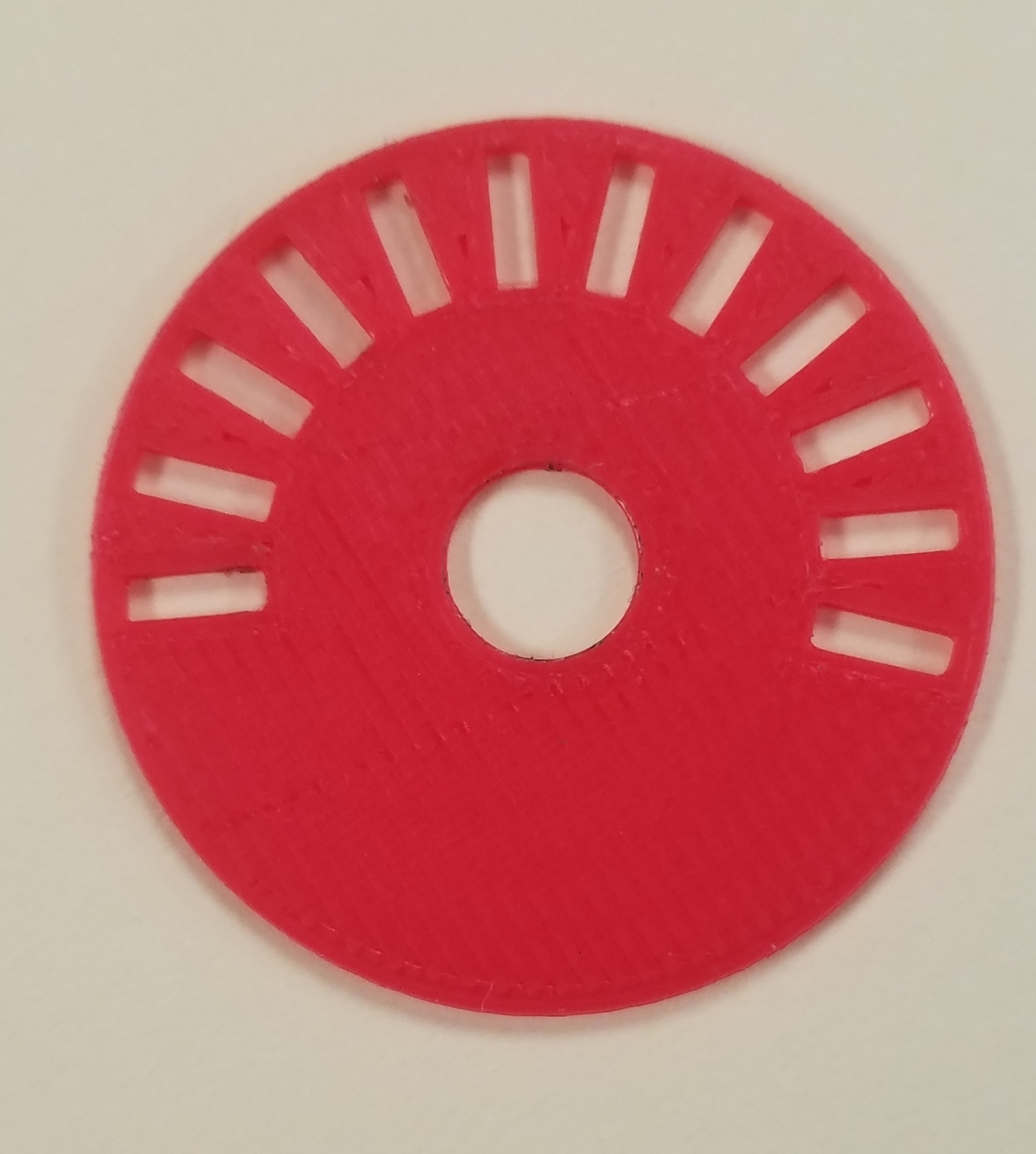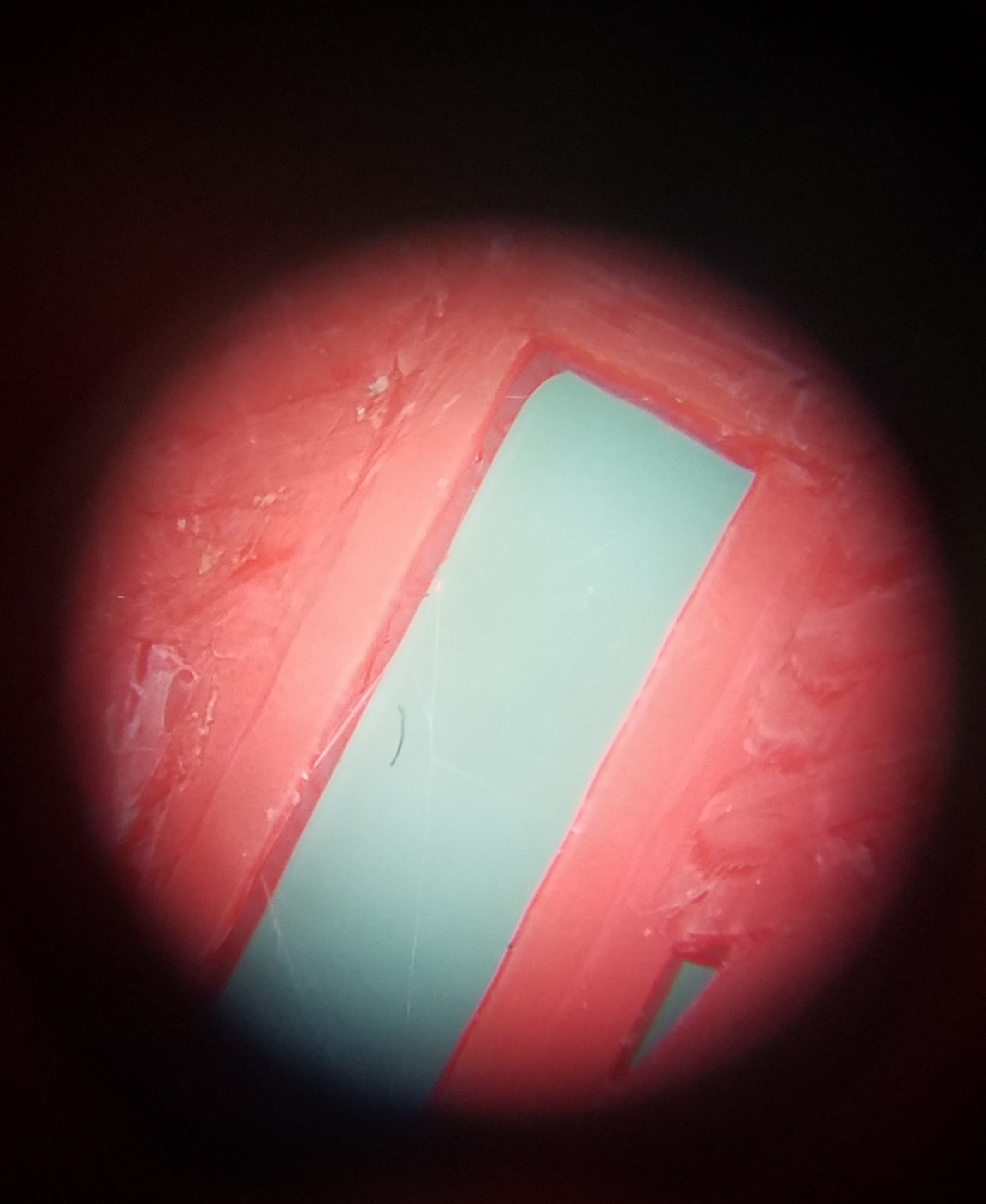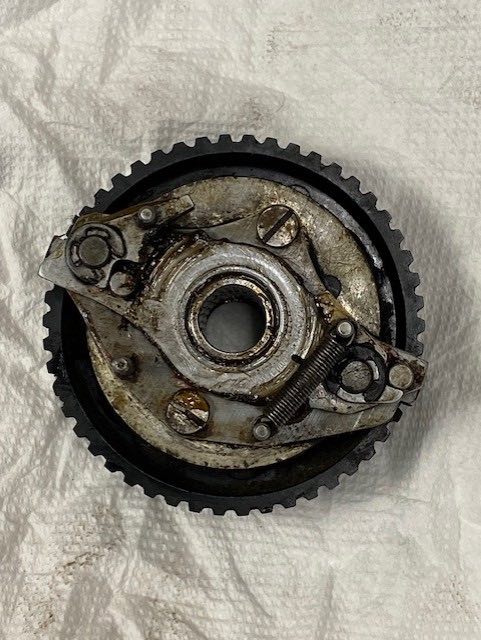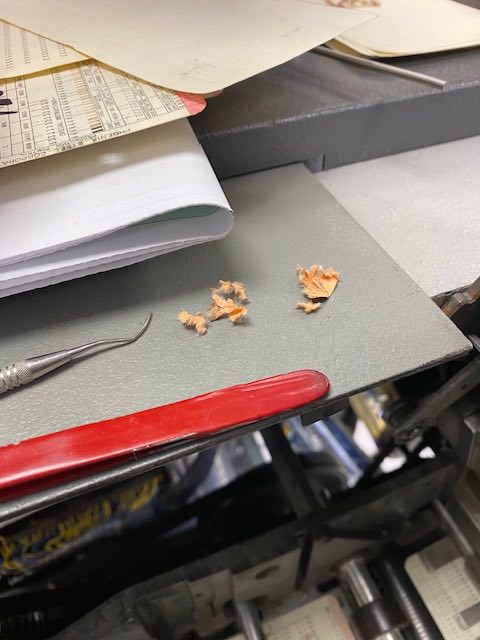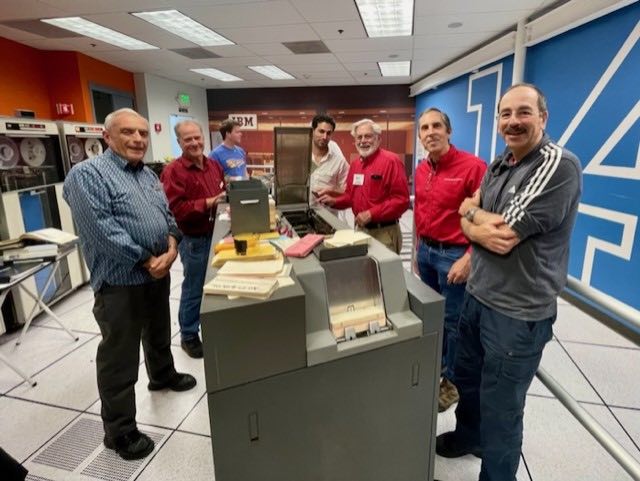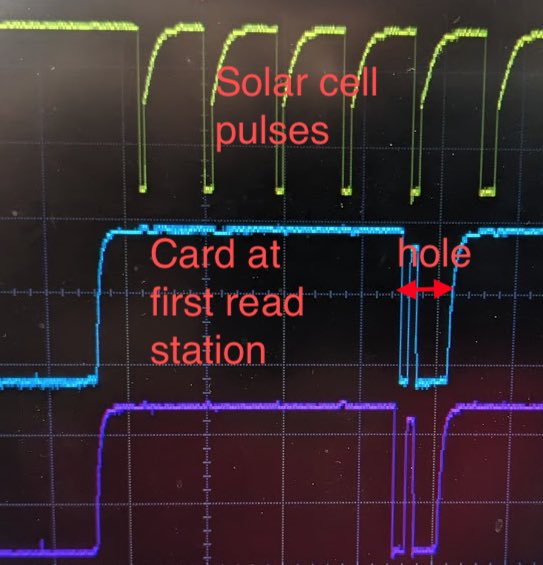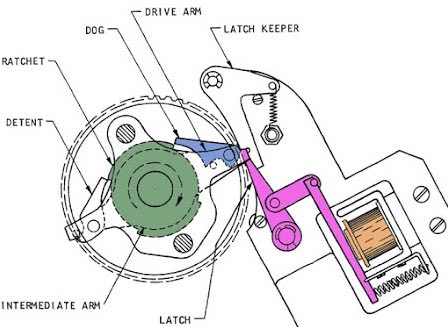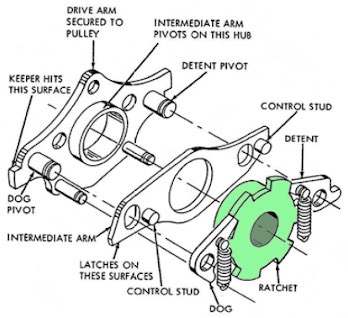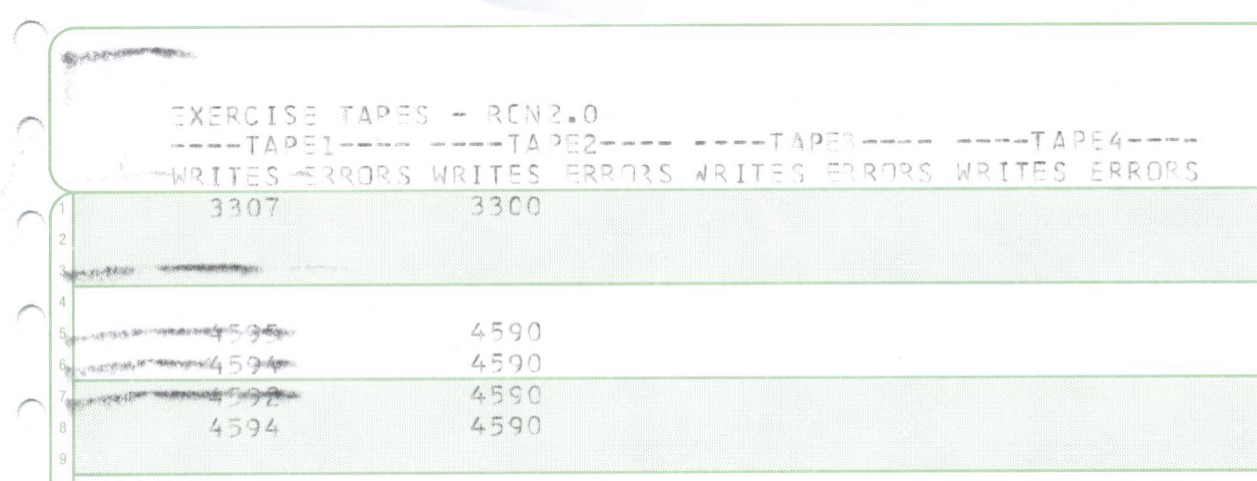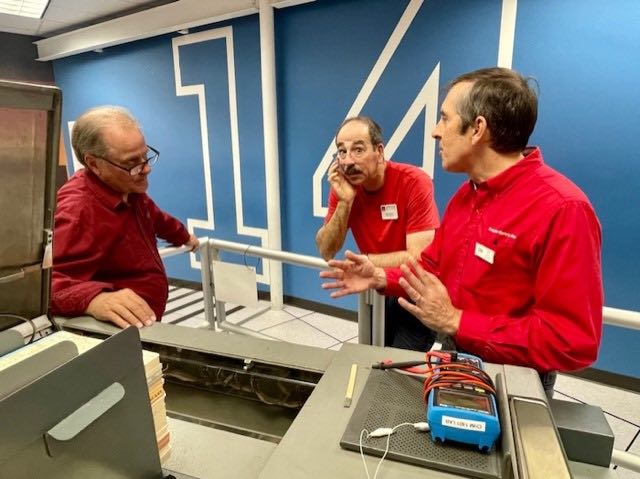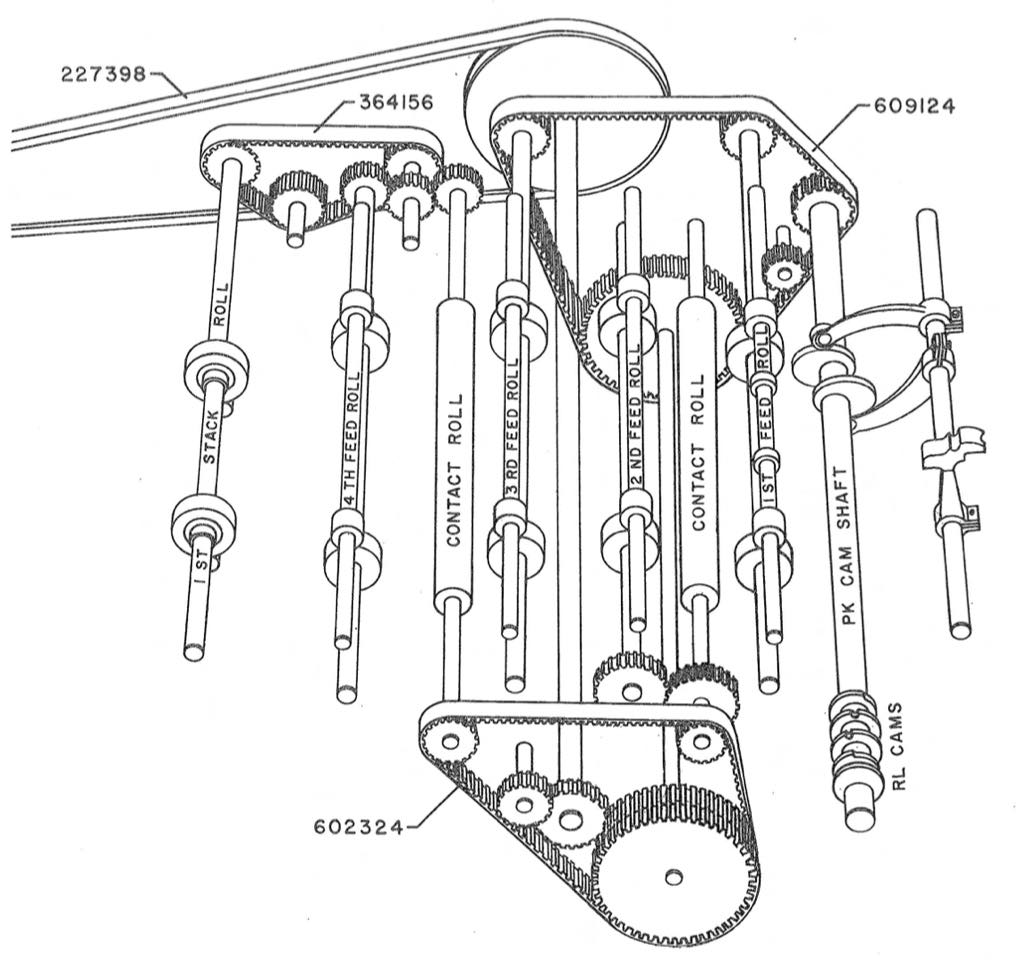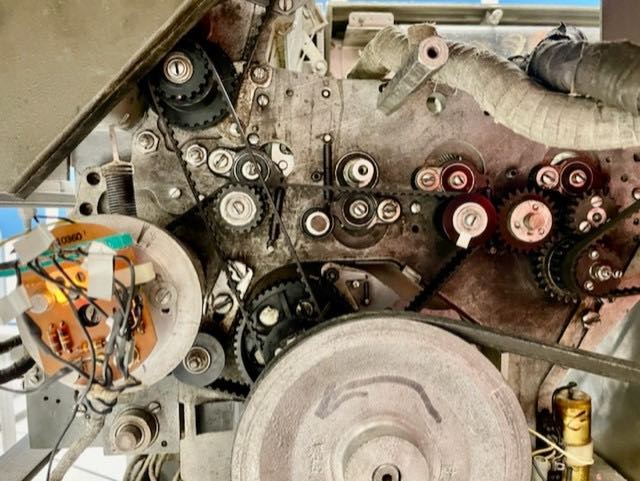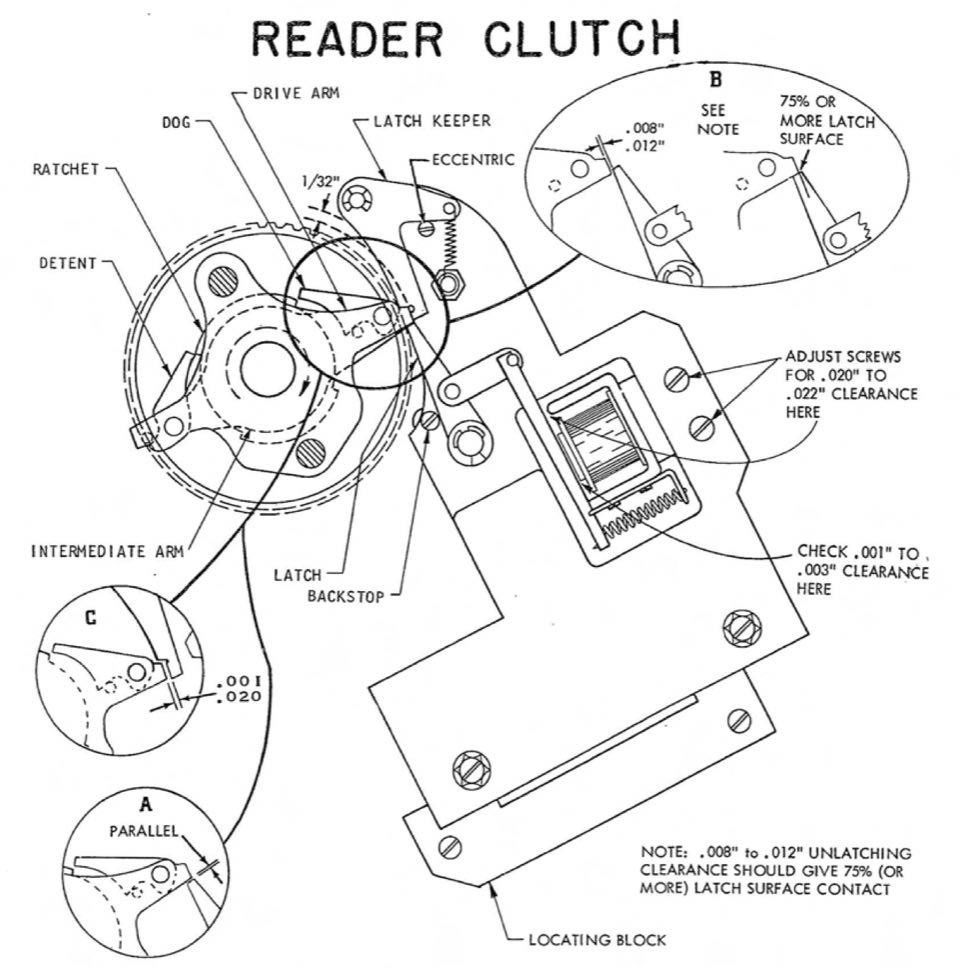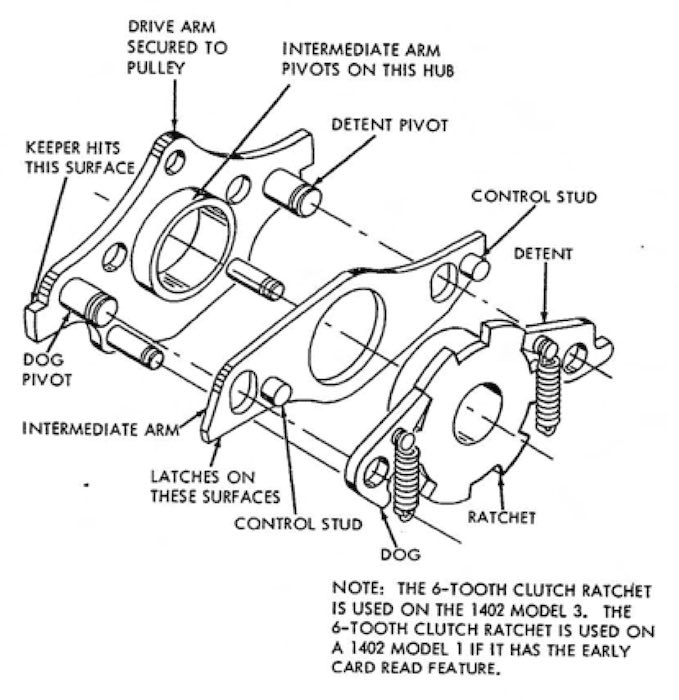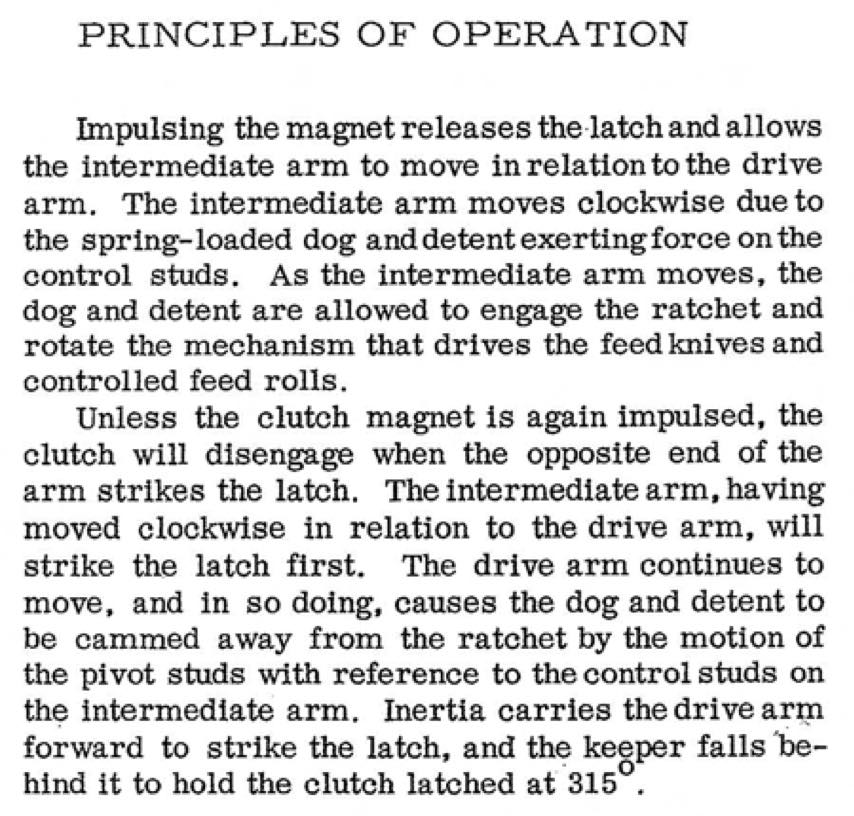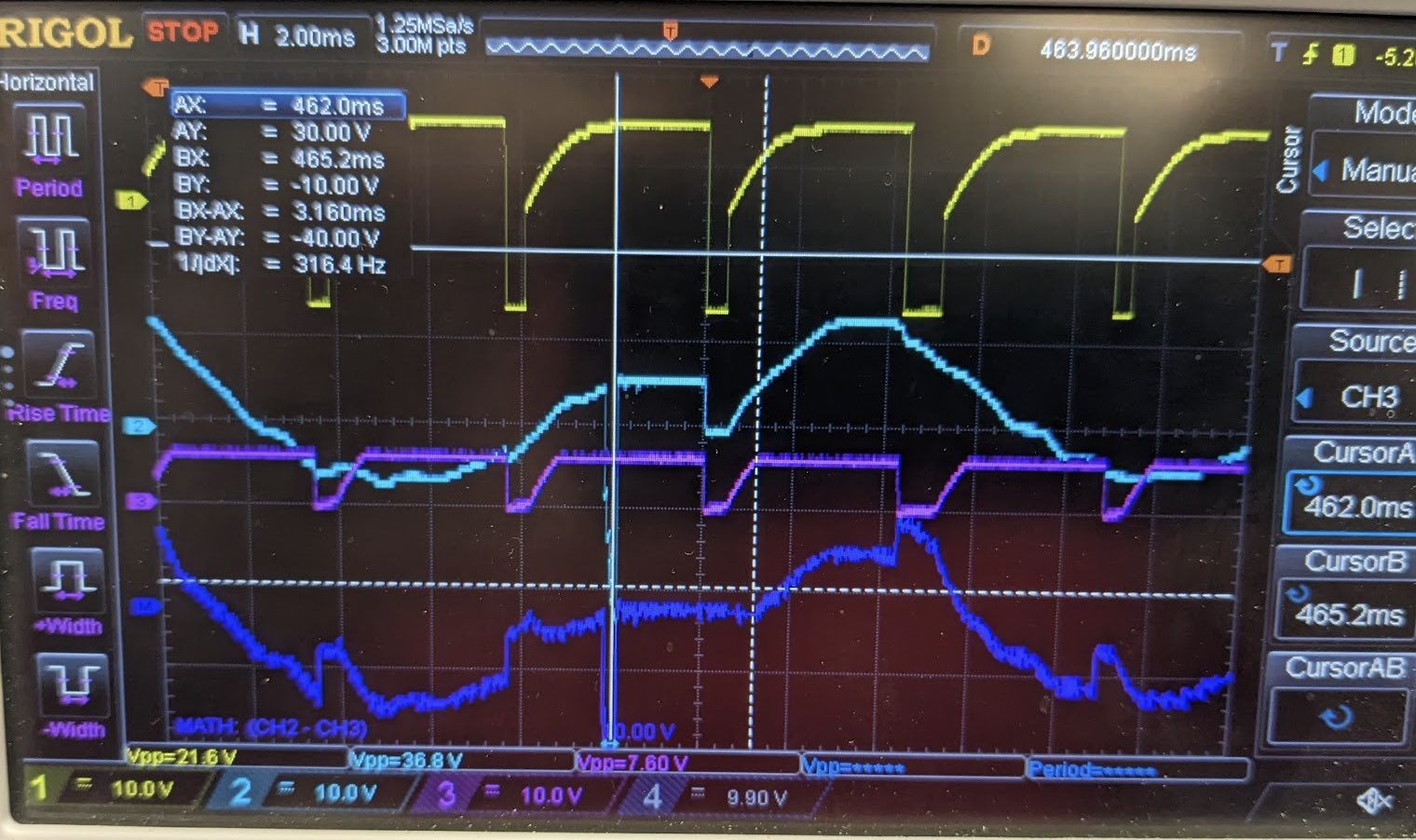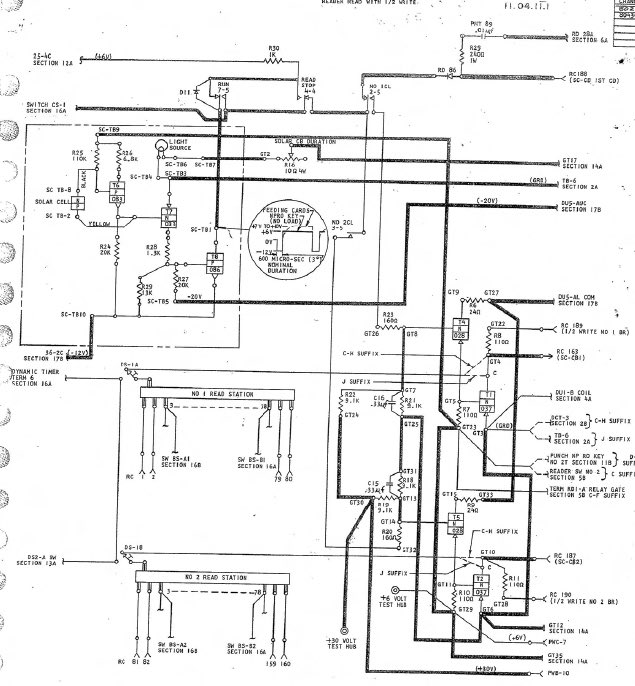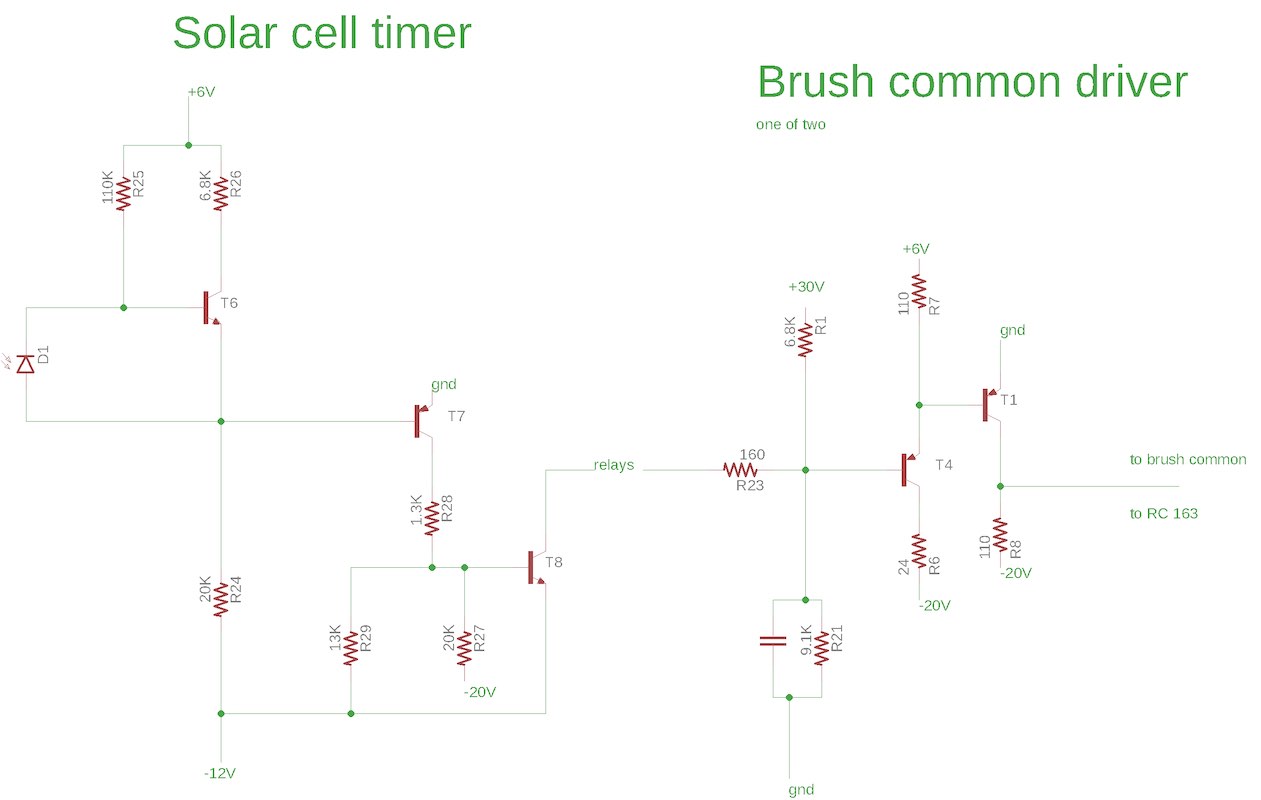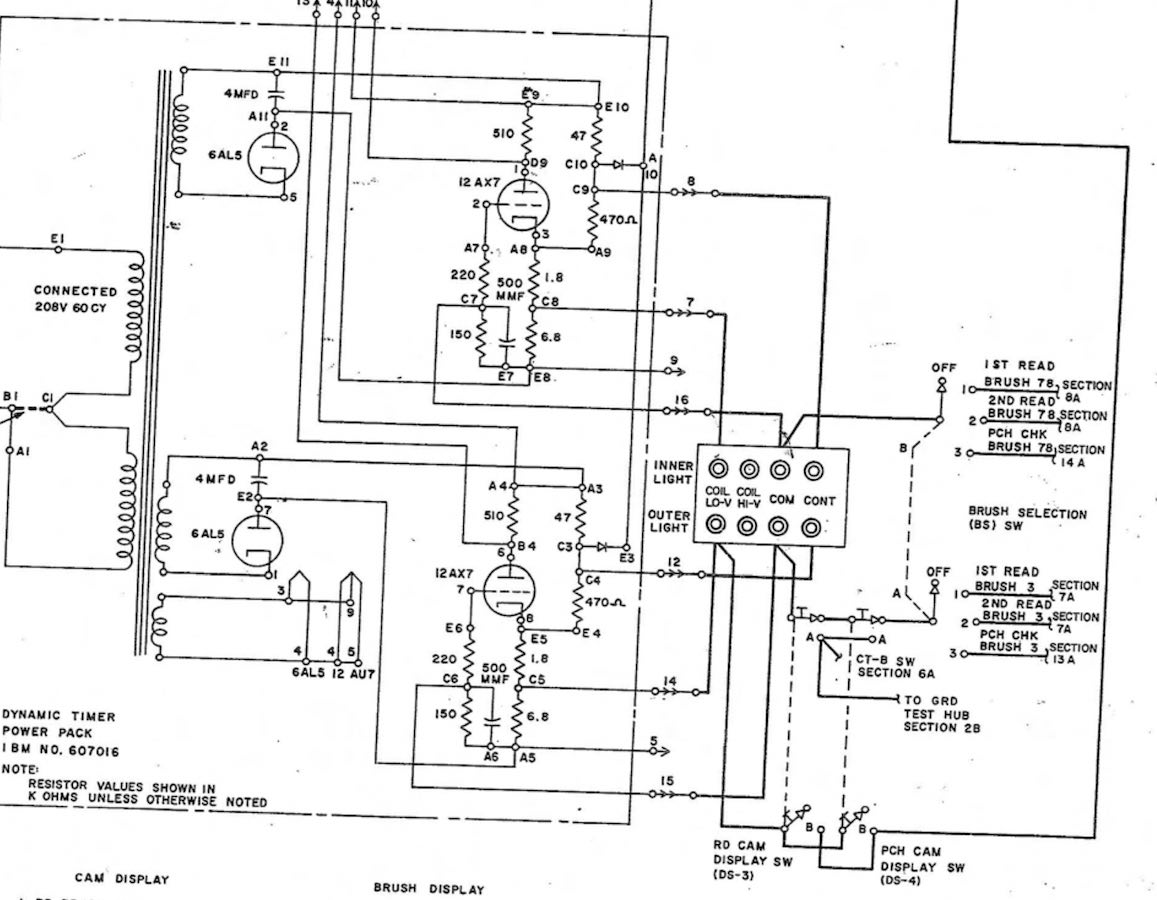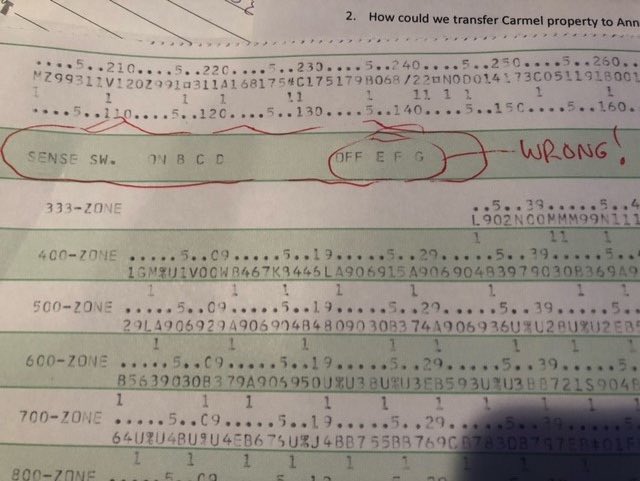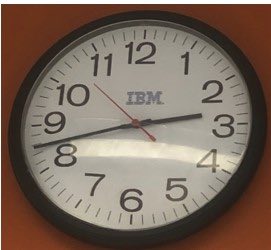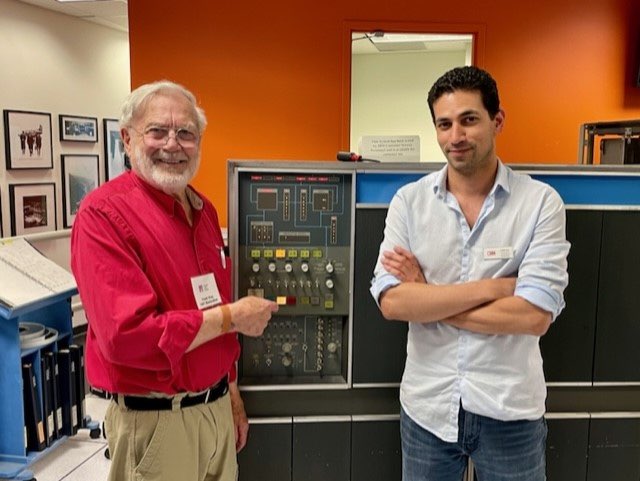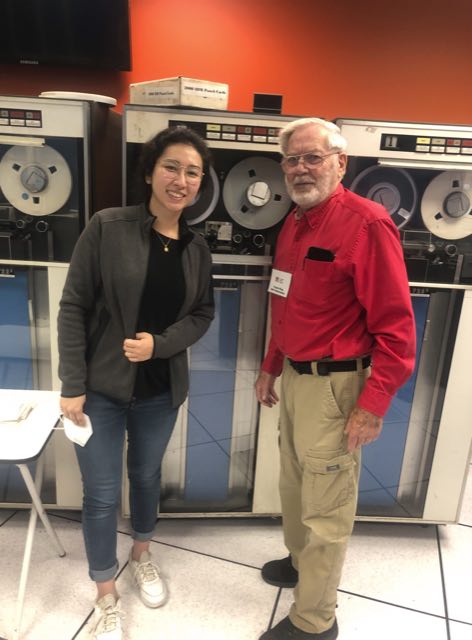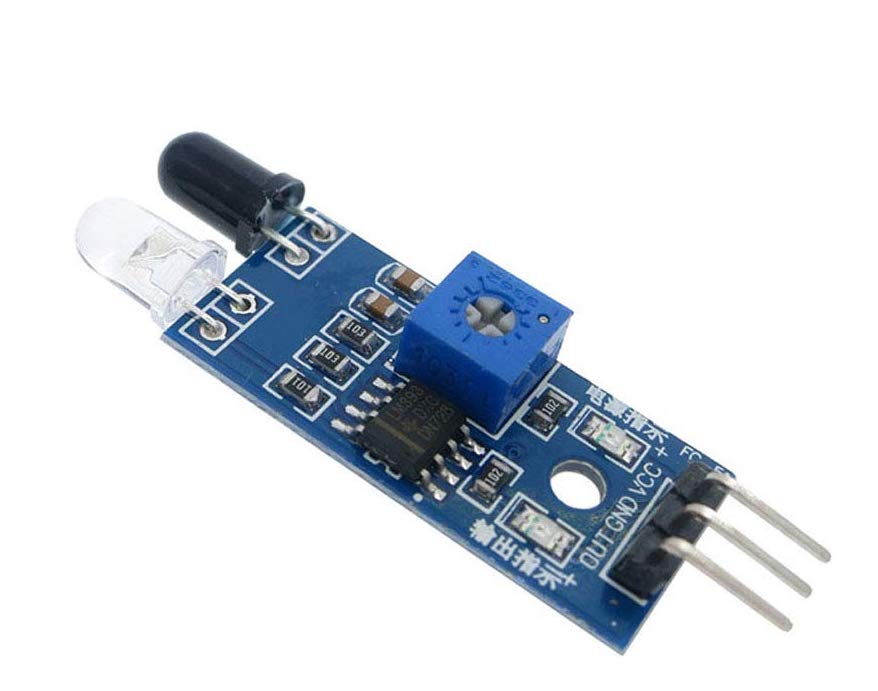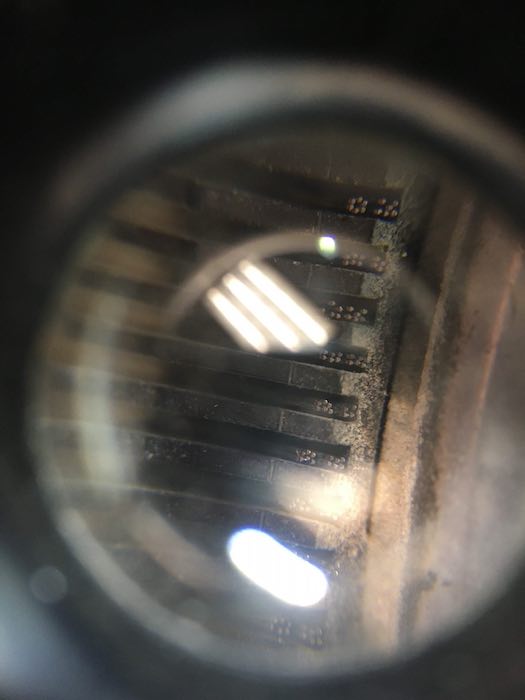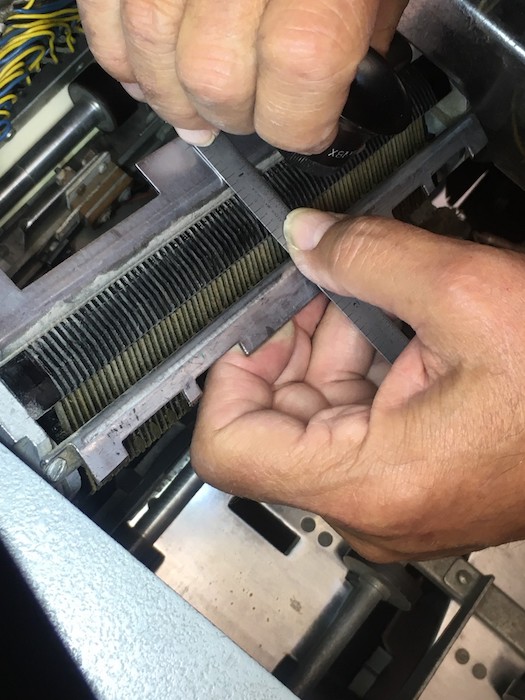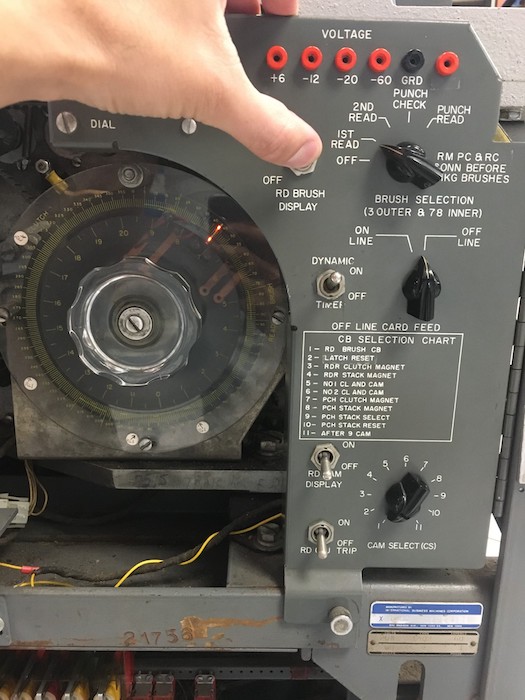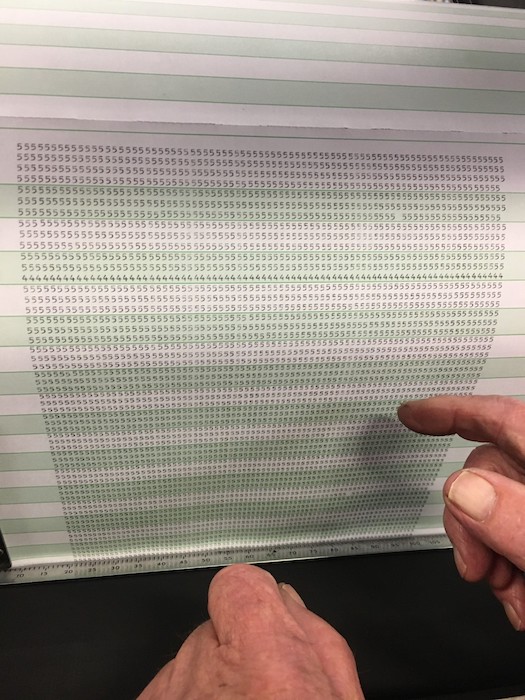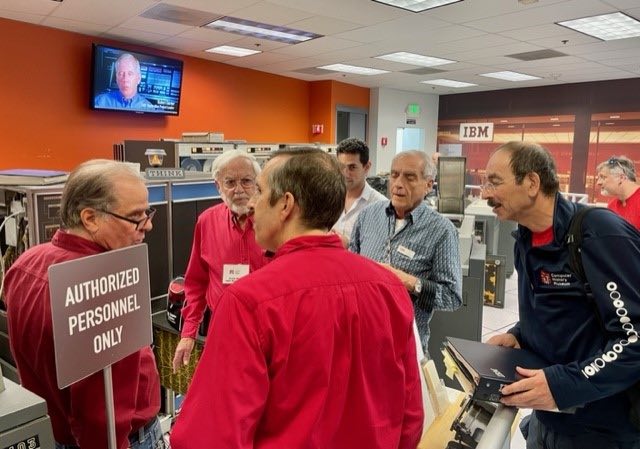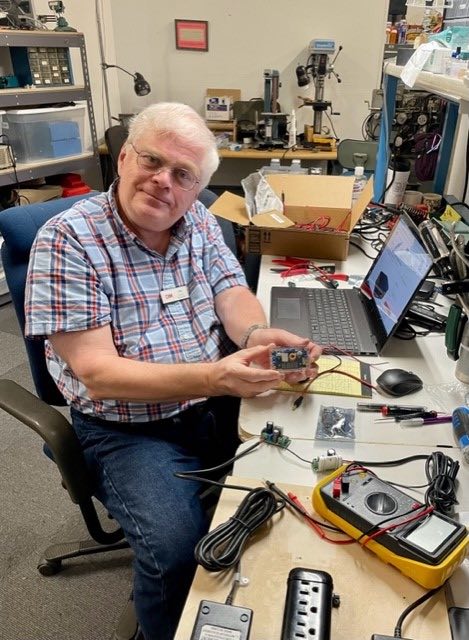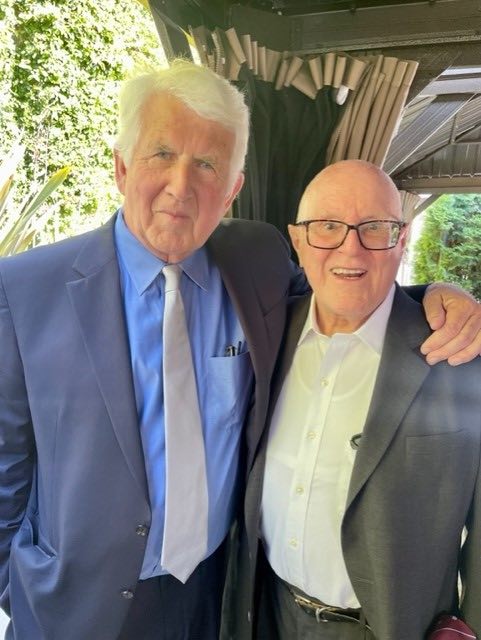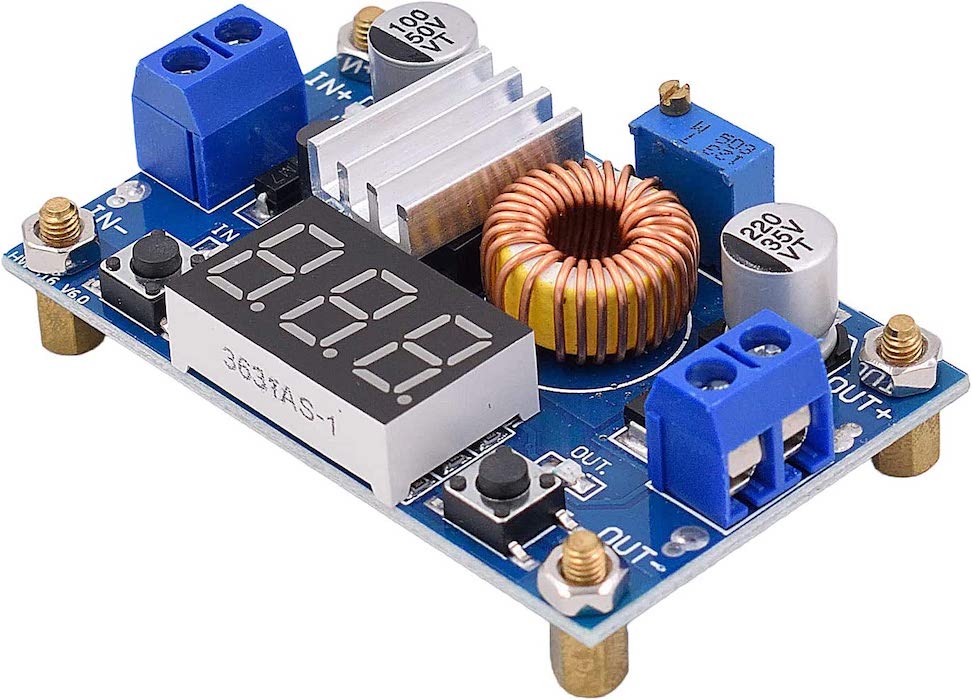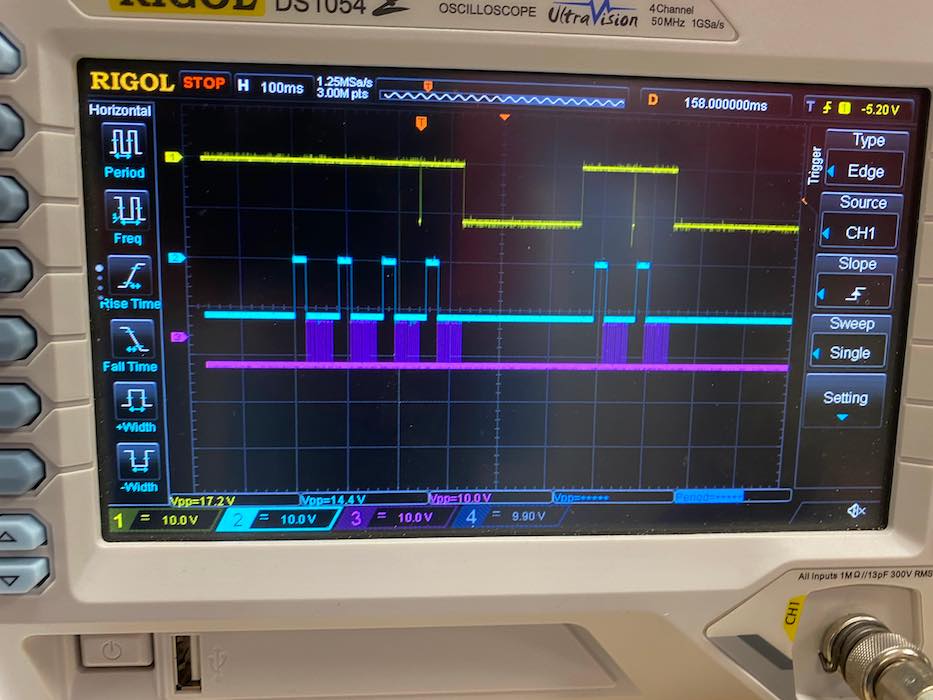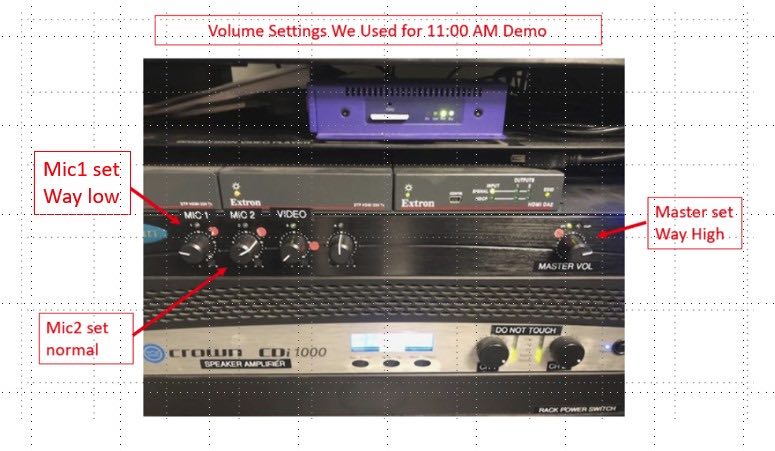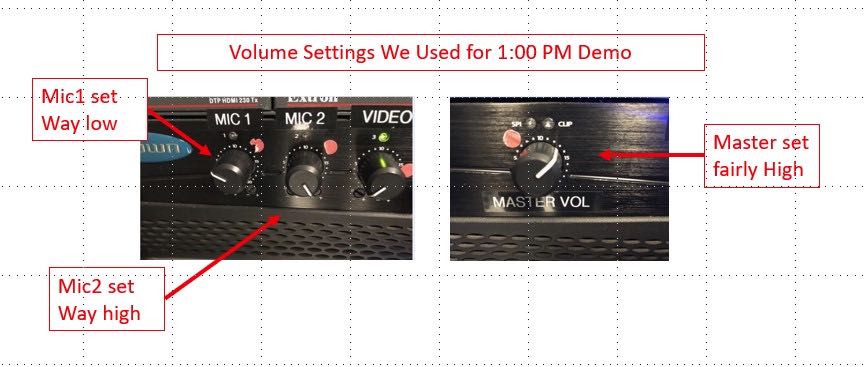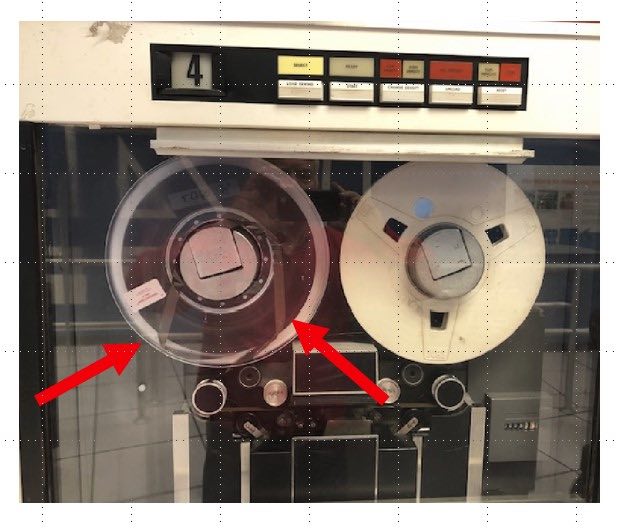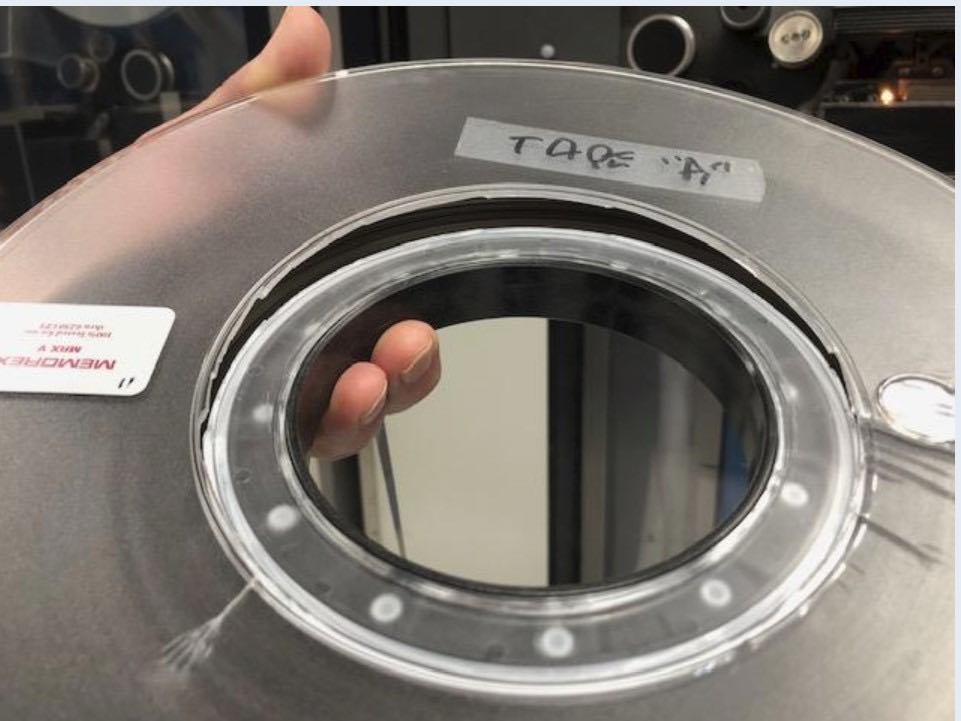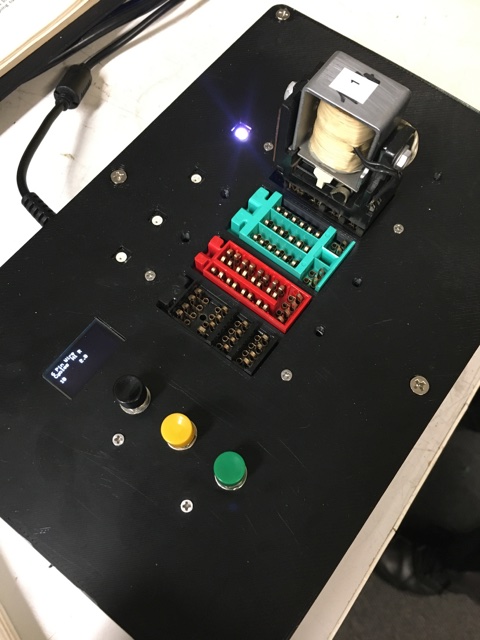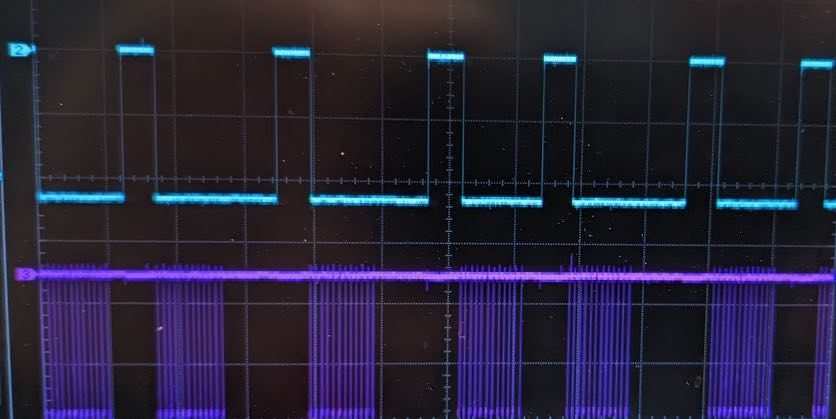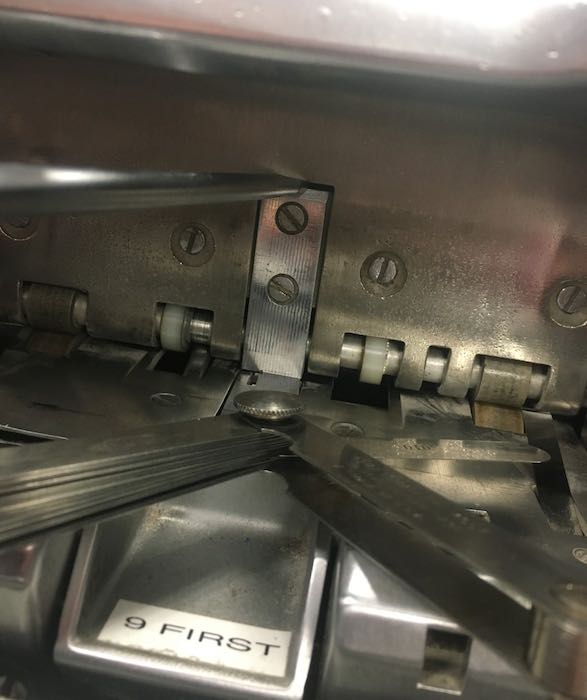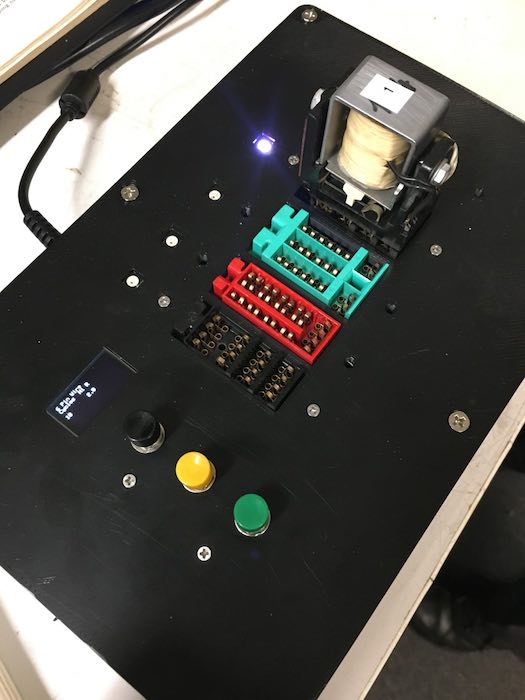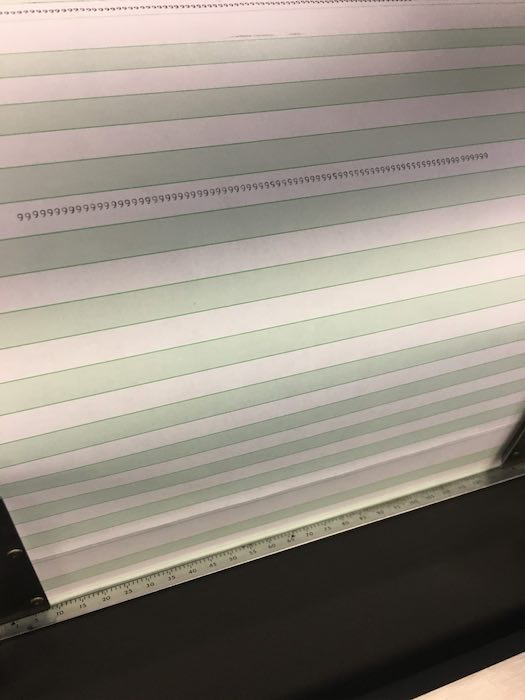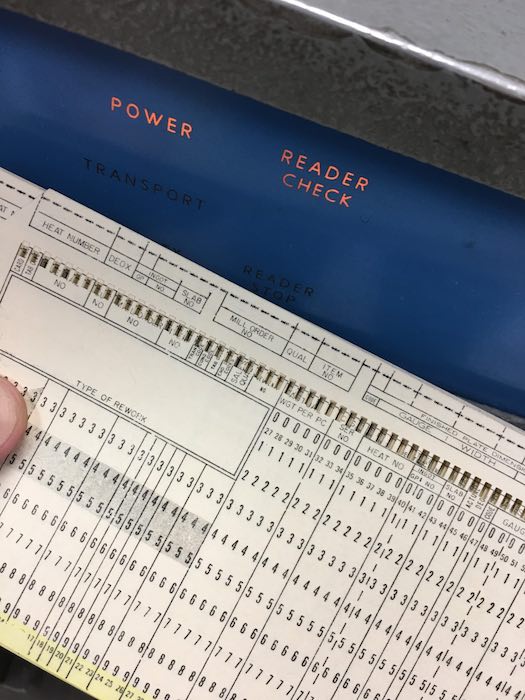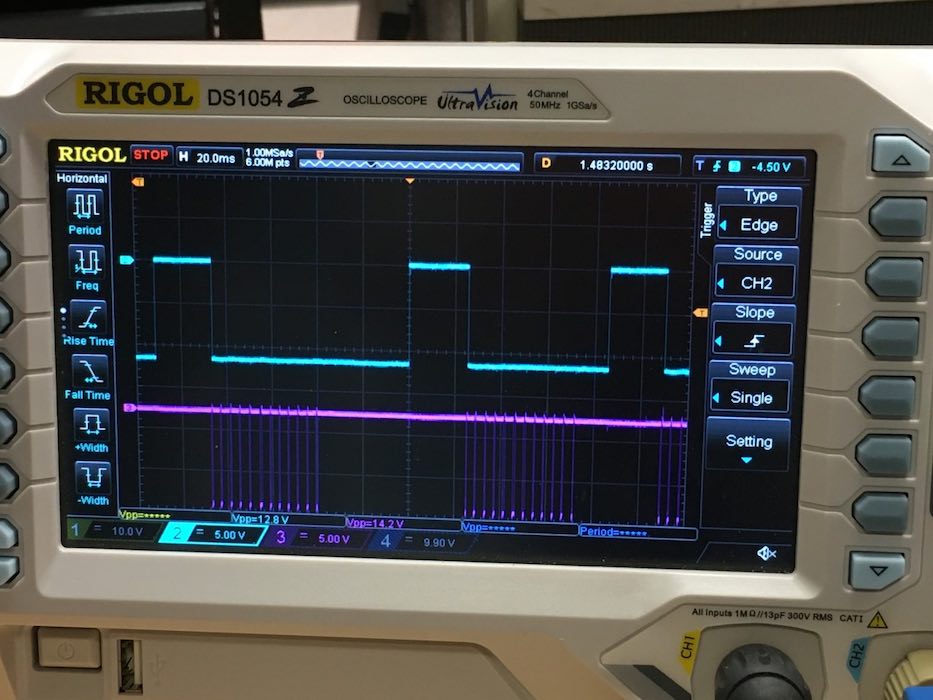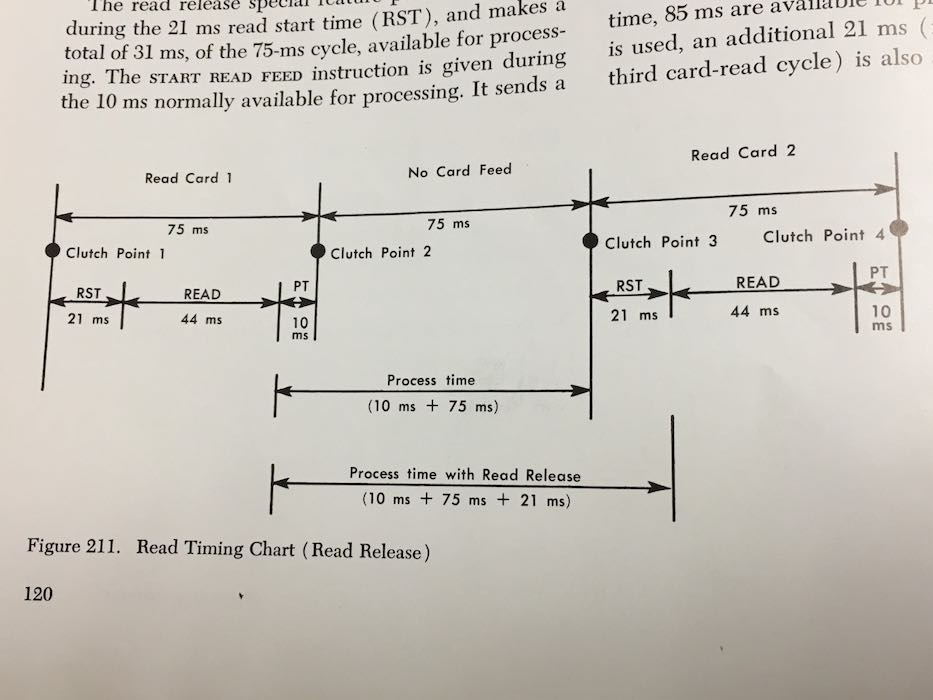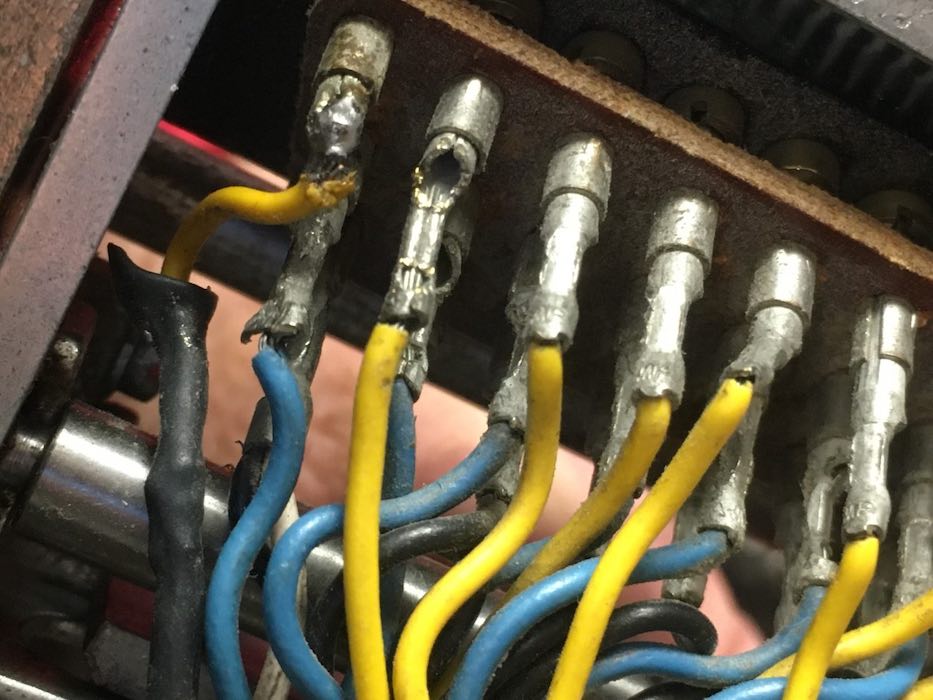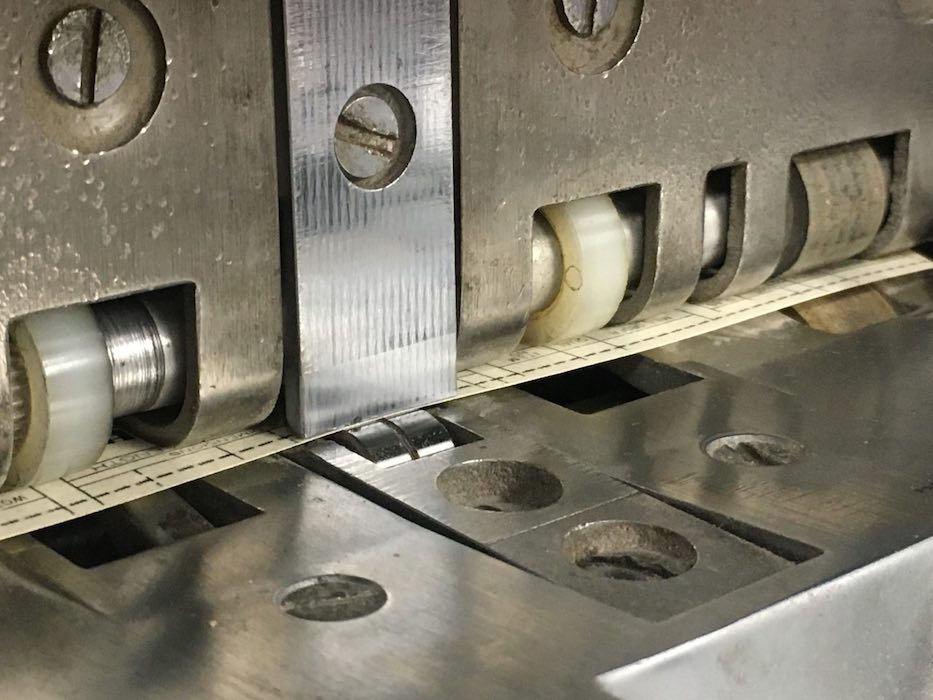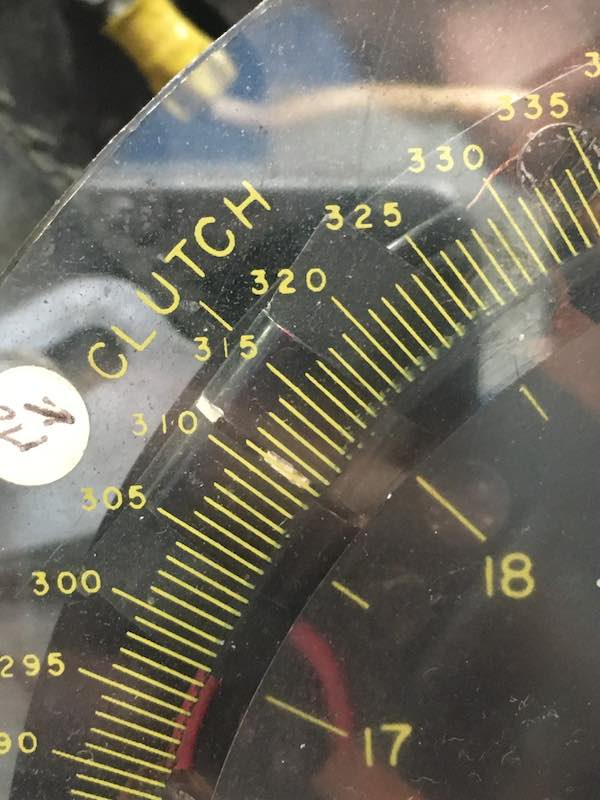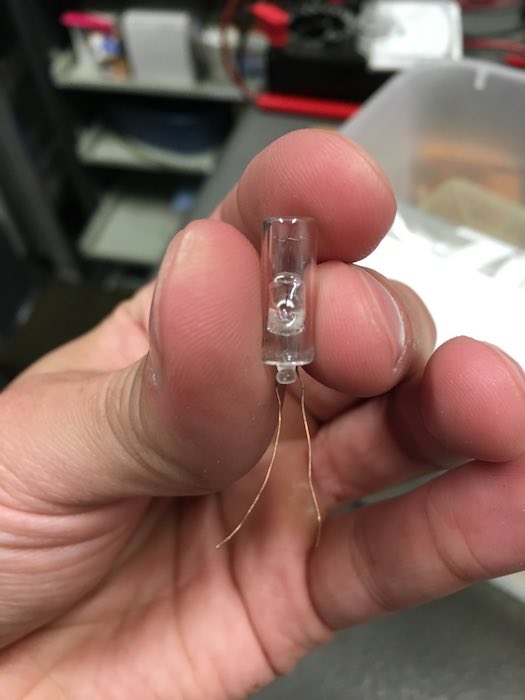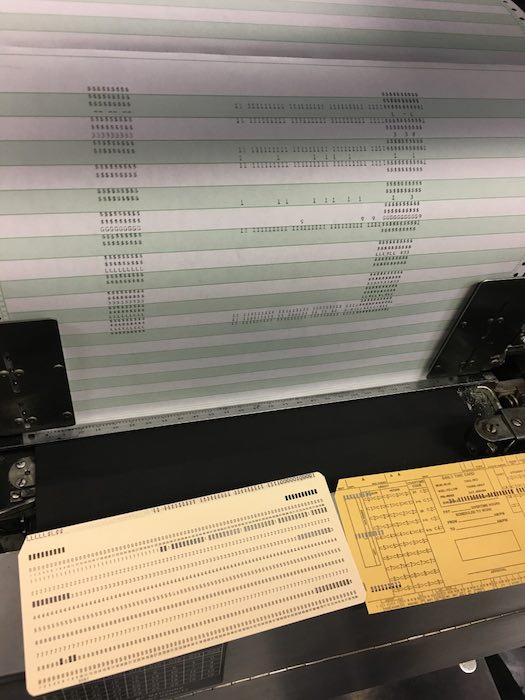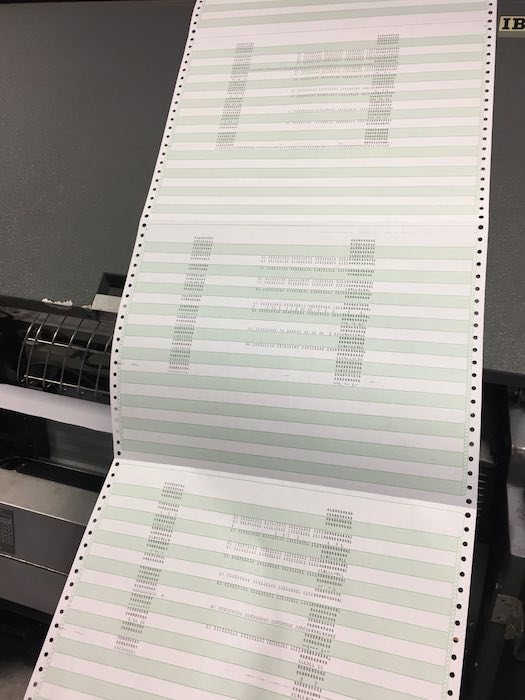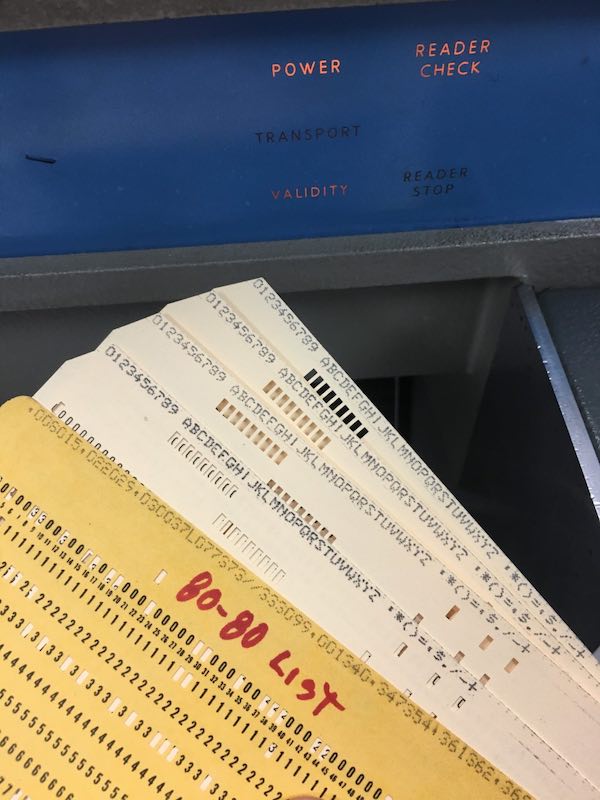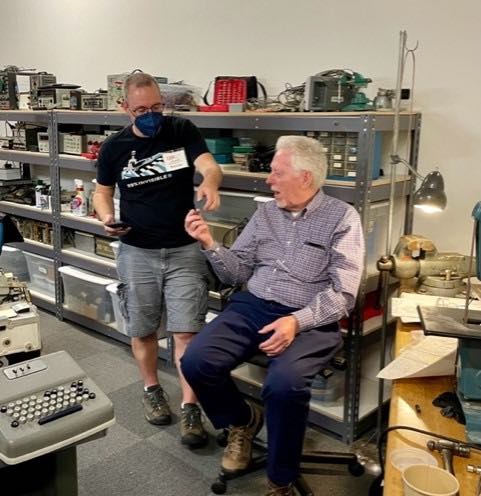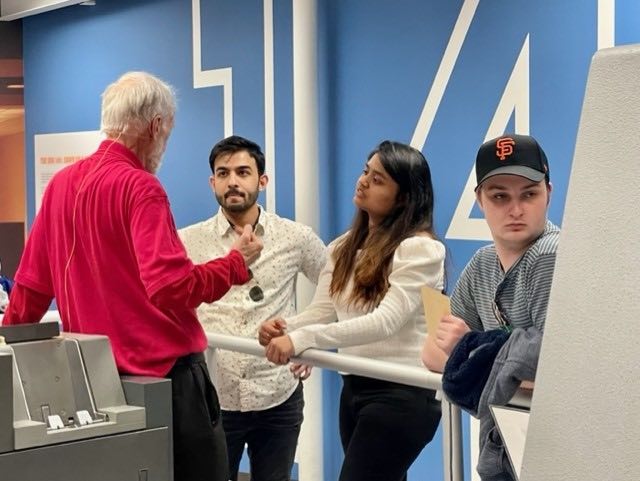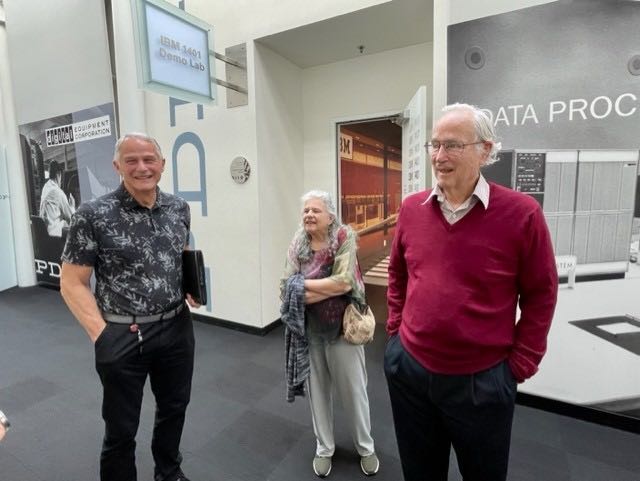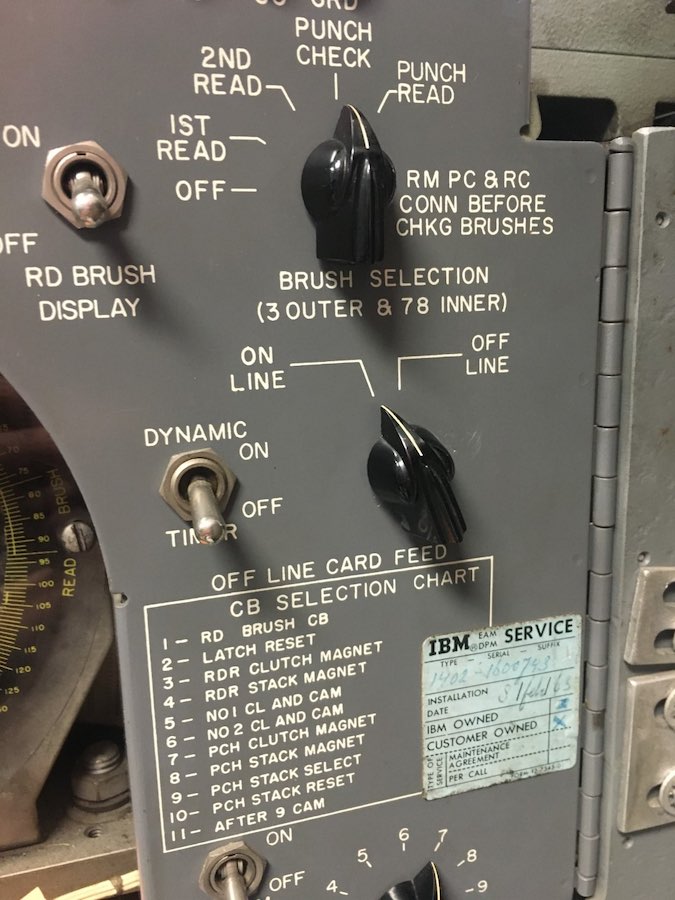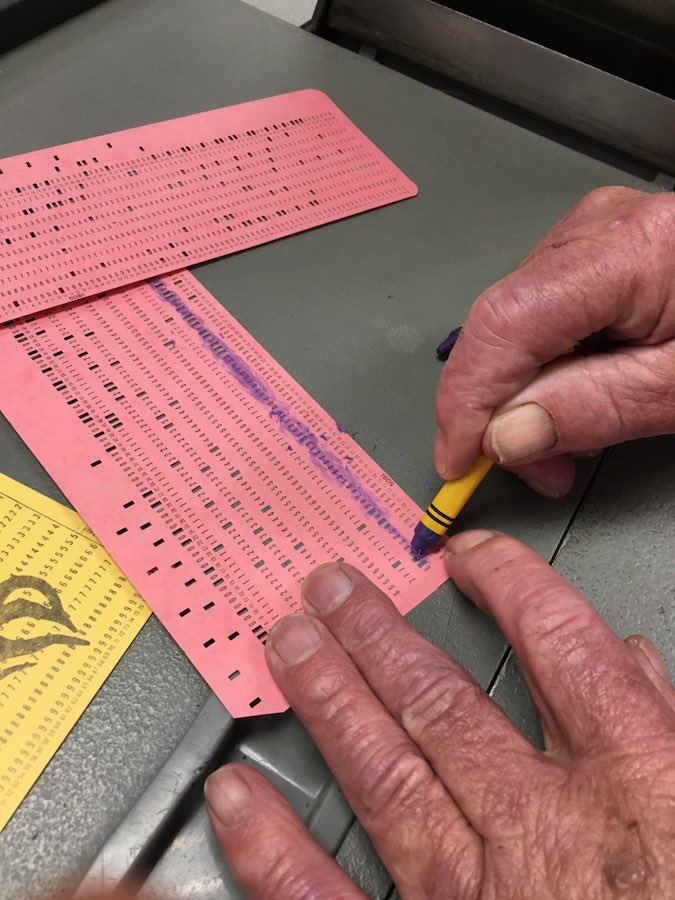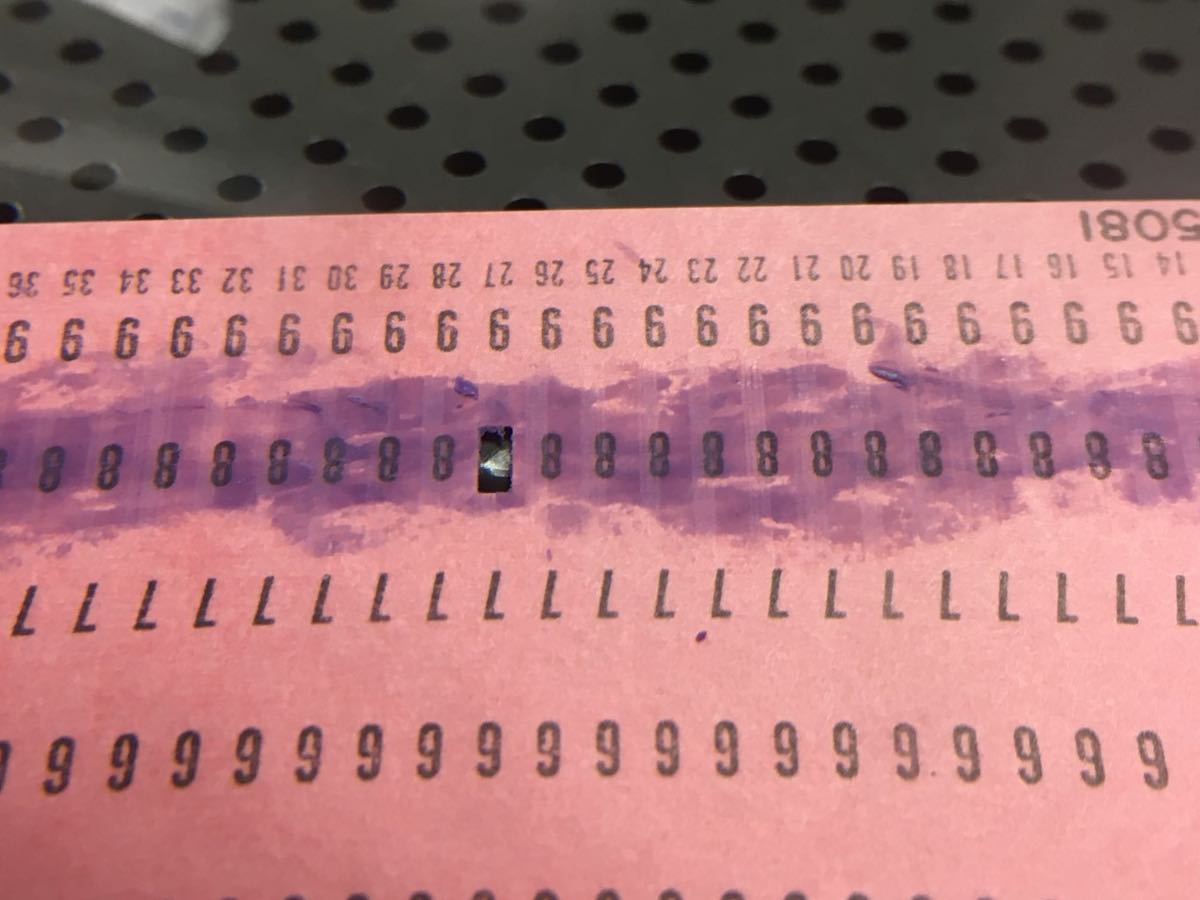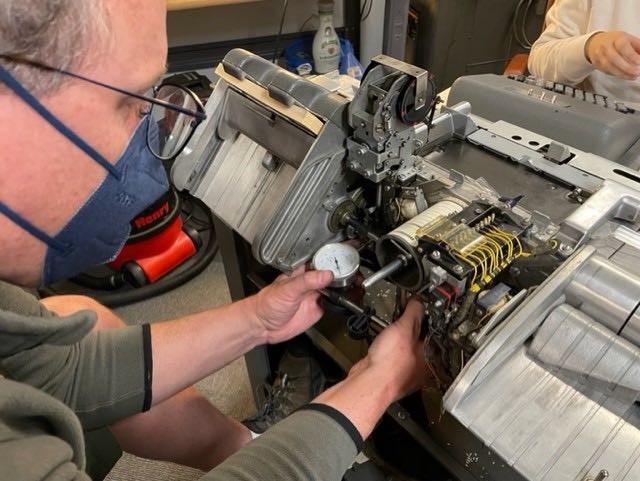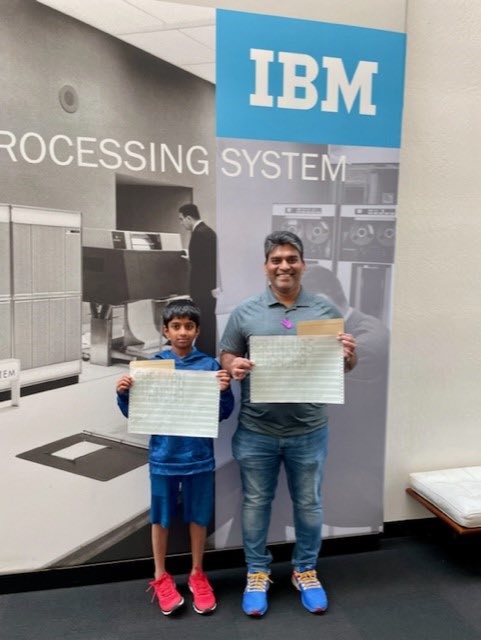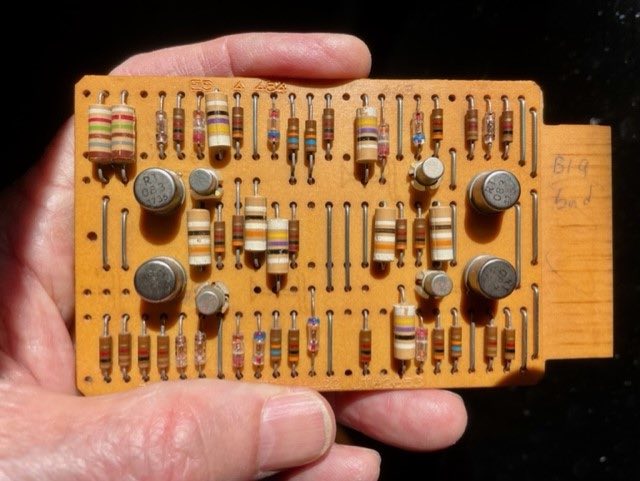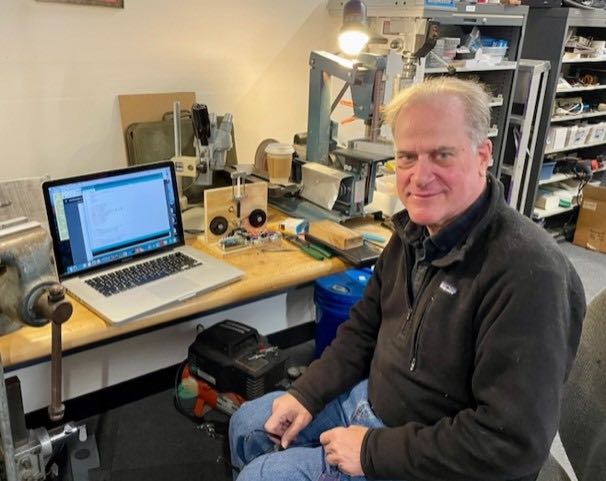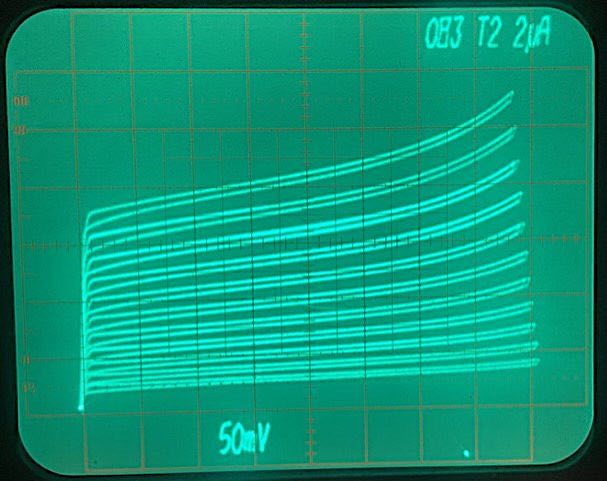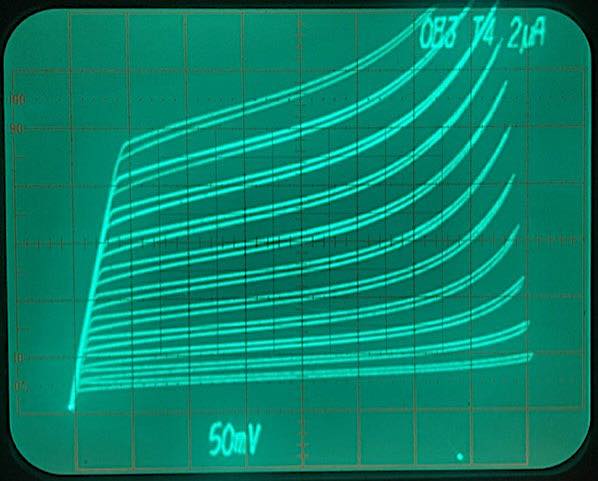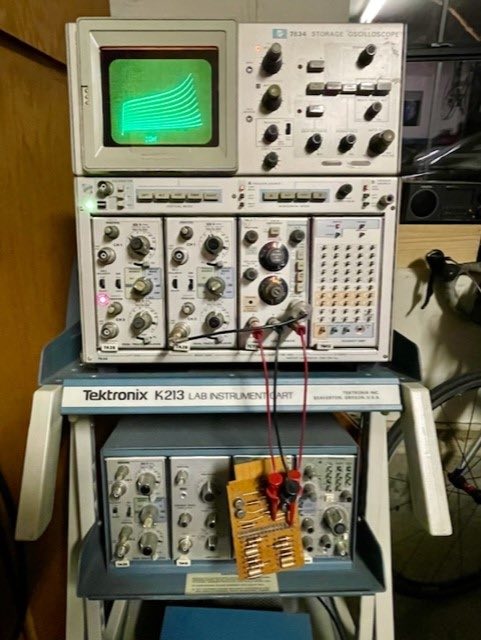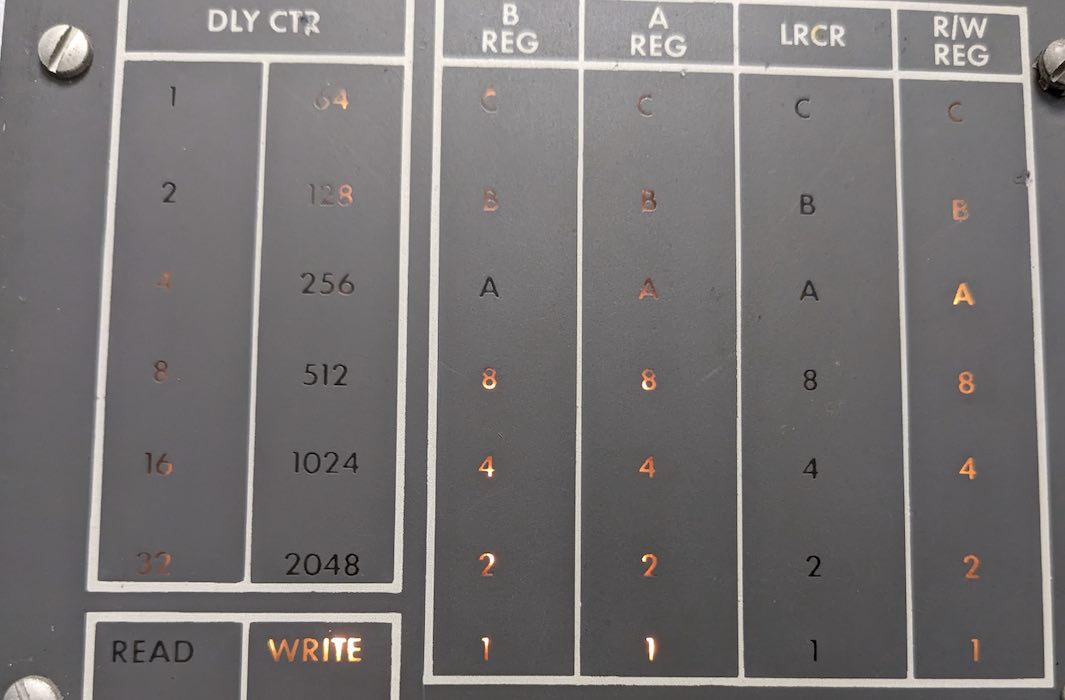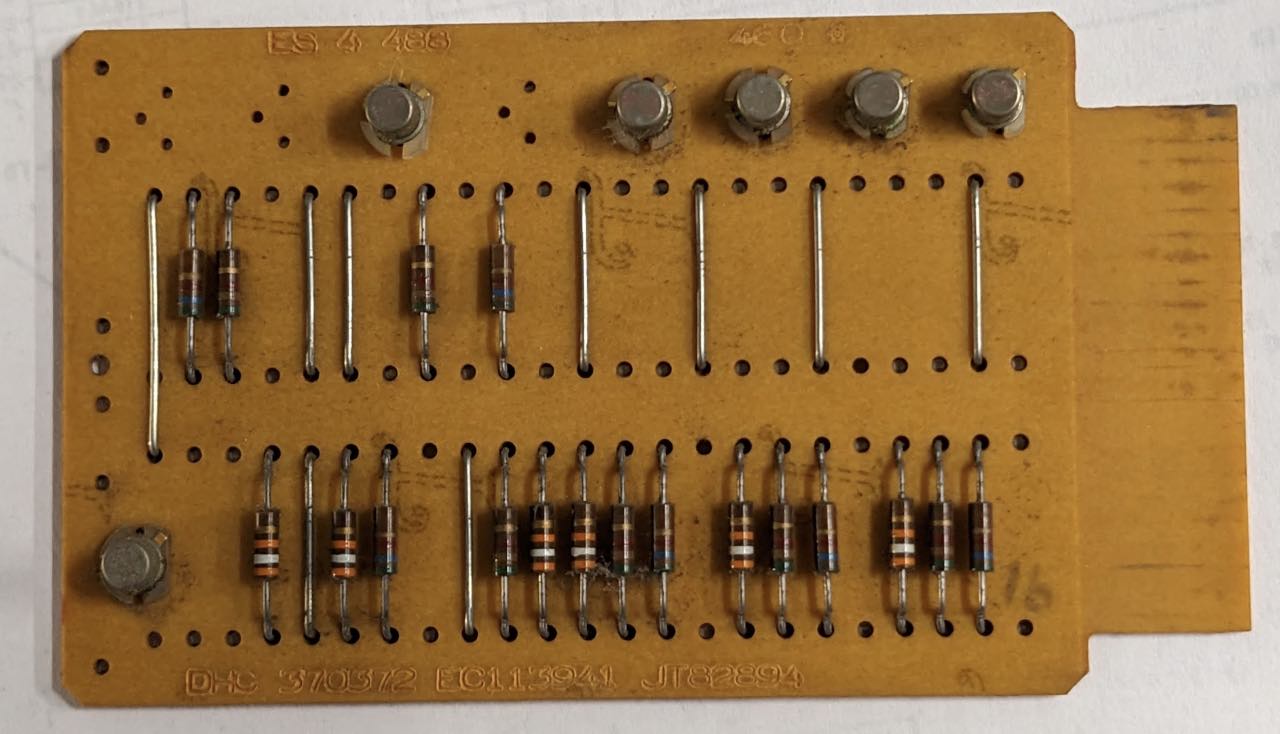Return to Continuing Maintenance
"Status of the 1401 Demo Lab - Activity Reports"
2023,
2022,
2018 through 2021 Maintenance Reports
2018 -2019 Demo Reports
2013,
2012,
2011,
2010,
2010-2004
Contents
2023 Maintenance
2023 Demonstrations
Jan - 4, 11,
18, 25,
Jan - 7, 11,
21,
Feb - 1, 8, 15, 22,
Feb - 1, 4, 15, 18,
22+24, 25,
Mar - 1, +, 8,
15, 22, 29, 29+,
Mar - 1, 4, 8, 11,
13, 18, 22, 25,
April - 5, 12, 19,
26, 28,
April - 1, 4, 8,
15, 19, 22,
26, 29,
May - 3+, 10, 17,
24+26, 31,
May - 3, 6, 10,
13, 17, 20,
27, 31,
June - 2, 7,
9, 10, 14, 21,
28,
June - 3, 10, 14, 16,
17, 21, 24,
28,
July - 5, 12, 14, 19,
26,
July - 1, 5, 8, 12,
15, 19, 22, 29,
August - 2, 4, 5, 9,
10, 16, 23, 30,
August - 4, 5, 9, 12,
19, 20, 23, 26, 30,
September - 6, 13,
20, 27,
September - 2, 4, 6, 7,
9, 13, 16, 20,
27, 30,
October - 4, 11, 14, 18,
21, 25,
October - 4, 7, 10, 11,
14, 18, 21,
25, 28,
November - 1++, 6, 8, 15,
17, 18, 22, 29,
November - 1, 4, 8, 11,
15, 17, 18, 22,
25, 29,
December - 6, 13, 20,
27,
December - 2, 6, 8, 9,
13, 16, 23, 27,
30,
|
- reactions to this report of Wednesday, December 27th "We had well over 100 visitors attend the demonstration."
- from Ron Mak
>I was there. Was a great day in ALL the exhibits. So exciting that
|
Restoration, Dec 27, - CHM 1401
IBM 1401 Demo December 27, 2023
- from Jim Maurer
|
IBM 1401 Live Demo on Saturday December 23
- from Karen Sun - @11am
|
- from Samuel Plainfield
|
December 20 1401 demo - from Scott Stauter
|
Today Jim Maurer and I gave the demo to 55 visitors, plus 6 before the scheduled time and 40 afterwards. Our foreign visitors were from Brazil, Denmark, Germany, India, and Malaysia.
The middle 026 does not always respond to the Feed key, but will feed automatically. The other keypunches and sorter worked fine. We ran the demo on the DE 1401, and the 1401 and 1403 worked perfectly. The 1402 gave some reader checks, but it worked after the 1401 was powered off and back on again. We demonstrated with DE 729 #2 and #3, as #1 was offline. Merry Christmas, Scott Stauter |
- from Karen Sun, 2023@11am & Paul Laughton
|
IBM 1401 Demonstration Wed Dec 13, 3pm
- from Tim Robinson
|
1401 Restoration Report - December 13th, 2023
- from Ken Shirriff
|
IBM 1401 Demonstration - Saturday 12/9/23
from Stephen Madsen - 11:00 am Demo
|
1401 Friday Special Demo for Homeschoolers on December 8, 2023
- from Karen Sun
|
1401 Restoration Report - Wednesday, Dec 6, 2023 - updated through Friday morning
Re: SMS data logger proposal, December 6 - from Ken Shirriff
- from Robert Garner
|
1401 Demo on December 6, - updated through Friday afternoon
- from Scott Stauter
|
IBM 1401 Demonstration Saturday 12/02/23
from Jack Ghiselli - 11:00 AM
|
- from Scott Stauter
|
1401 Restoration Reports - Wednesday, November 29nd, 2023
- from Ken Shirriff
- from Ken Shirriff
- from David Clementson
|
- from Jack Ghiselli - Sherlock Holmes and the Case of the Reversed Tape Reel - 11:000 Demo
|
1401 Restoration Reports - Wednesday, November 22nd, 2023
Boot cards: I disassembled the boot card sequence with Samuel so he could modify them to not clear high memory.
SMS logger: Someone suggested using a data logger to catch the Punch Check circumstances and other issues. I've come up with a design for an SMS-based data logger.
With Ken's help, stepping through the bootstrapper code slowly to ensure that modifying
the small loop from I9I (15,999) to 599 won't affect anything else in the code. Massively
helpful, and the testing was mostly successful, albeit with some odd artifacts that need
some troubleshooting on my part. I'll explain next week after more testing...
~Samuel Plainfield
- from Arda Ugur
Summary:
IBM 1402 Card Read-Punch machine (CT) relays tested using John’s custom build relay tester.
Participants:
Arda Ugur, Sam Wainwright, Marc Verdiell, John Howard.
Methodology:
Using John’s Arduino-based custom relay tester (shown below), Arda and Sam tested a total of 31 relays on 1402 Card Read-Punch machine of the CT unit.
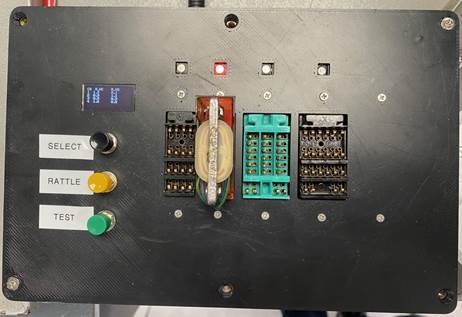

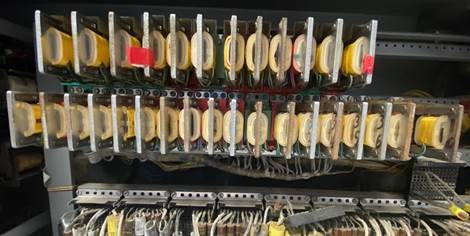
Conclusion:
Test results and findings were discussed, and two potential solutions were considered to address the relays deemed problematic. First, physically remove and clean relay contact wires, as illustrated in IBM Customer Engineering Instruction-Reference for 1402 Card Read-Punch document (shown below). Second option is to try ultrasonic cleaner – which Marc is to see into (Row 2, Relay #12 is given to Mark for trying this option).
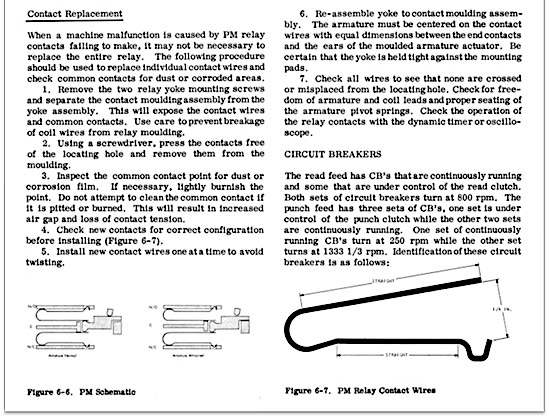
Retrieved from:
Wayback Machine (archive.org)
Samuel took some additional photos of the efforts.
For more detailed information on this work (measurements and detailed photos), please refer to the attached file.
Additionally, Marc and Arda worked on the IBM 513 Summary (and Reproducing) Punch unit for minor mechanical details such as mounting from view panels back in the unit and trying to fix the turn knob of the left front panel, using epoxy.
Please let me know if I missed anything.
Last but not least, Happy Thanksgiving everyone.
Kind regards,
Arda
Punch Check: I've been trying to track down this problem but it didn't happen, so I didn't make any progress.
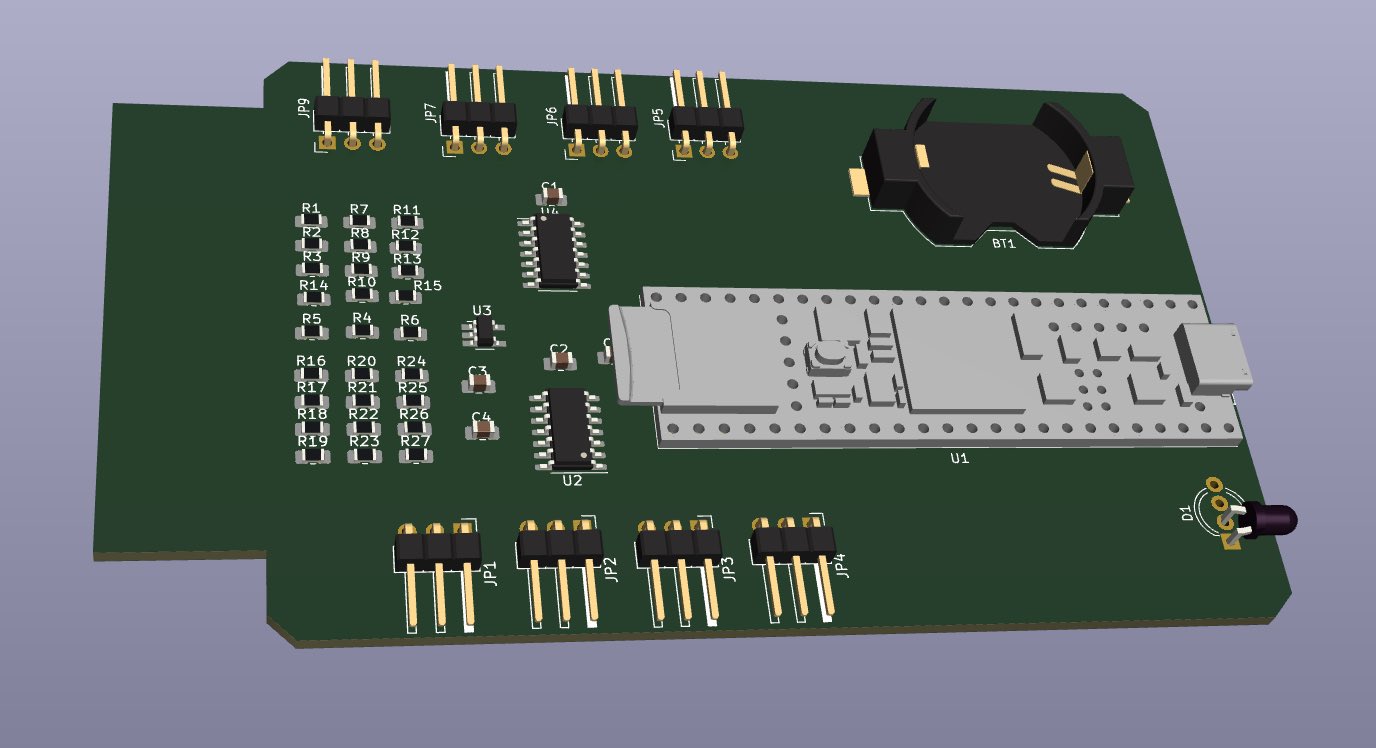
The idea is that this card would plug into an unused SMS slot. You attach wires to eight pins of interest and then the microcontroller (Teensy) logs what happens. You can then examine the data later.
Details:
To deal with the inconvenient 1401 voltage signals, I use 8 jumpers to select T or U voltage levels. 8 comparators (along with resistors) turn the input signals into 3.3V digital signals that can be handled by the Teensy.
The board is powered from the SMS card's +6 V, with a voltage regulator to drop it to +5 V. A coin cell provides battery backup for a real-time clock so the board can log what time things happen.
The microcontroller has a micro-SD slot so data can be logged to the SD card. A USB cable can also be plugged into the microcontroller to extract
data.
What do you think? Would this be useful? Any potential issues?
Ken
Arda and Samuel W. did an incredibly thorough job with the relay testing. Much needed,
and I am sure Frank is proud.
As such, I am not yet replacing the bootstrappers.
|
Today I was the lead for the 3 pm Wednesday demo. Larry Hara was the operator. And all in all, it went very well today.
There were 73 visitors and 16 visitors before and after. Foreign visitors were from Australia and Russia. There were also visitors from Washington and Maryland. All the keypunches were used. Number 2 sometimes would not feed, but it mostly worked. The printing on #2 was also light. There were no problems with the 083 sorter. We used DE today. Big print was loaded beforehand. There were two read checks on the 1402. They happened when we were running name cards. A check reset and a non-process runout took care of it. Tape drives 1 and 2 were used and there were no problems. And as usual the 1403 was perfect. The wireless mics worked fine, though at the end I could not turn off mic 1 with the button and had to pull the battery. So, a good time was had by all! Jim Maurer |
CHM: Progress on Tape Demo, November 18,2023
- from Jack Ghiselli
|
Hi John,
I'm still working on the TDEMO software we talked about to run 1401 demo programs from magnetic tape. I made some progress on ROPE this week, and was able to simulate creating a multi-demo-program tape, and selecting and loading a demo from the tape. Next is to try it on the actual 1401. We'll need to wait until Dave Clementson gets the CT1402 running. We'll need a working CT1402 Reader and Punch, a working CT 729 tape drive, and the CT PCWRITE/SERVER interface. I suspect we won't have all that this Wednesday, but I can show you what I've got, and CT should be working in the near future. The idea of the system is that we select some good (existing) demo programs, be sure we have them ROPE-assembled with Tape Object (.tobj) files, and then spend some time with PCWRITE/SERVER to create a multi-demo tape. Once the tape is created, we would press TAPE LOAD on the 1401 console to bring in the TDEMO supervisor, then use Sense Switches to select the desired demo and finally press START to move the tape to the selected demo, load it, and execute it. Since we'll use the ROPE-provided tape self-load, there won't be many restrictions on existing demo programs regarding resources, so they won't require changes. The software I've got needs some enhancements to recover from tape read errors, but we can test it without that. .... Jack Ghiselli jghiselli@sbcglobal.net mobile 1-408-839-1051 |
IBM 1401 Demonstration Sat. 11/18/23 11:00 am
11:00 am - from Stephen H. Madsen
|
NPRO crunching update - received Friday November 17, 2023
- from David Clementson
|
Per a comment Marc made in a recent email, I have begun to question the validity of my assumption that our test case should proceed without crumpling a card. Our test case consists of pre-loading a card into the throat of the machine, then pressing and holding the NPRO switch. It is possible that this procedure reliably crunching a card may just be normal behavior. However, since this procedure does not crunch cards on the DE machine, I am now considering the possibility of faulty logic (card levers, relays, etc.) explaining the behavior difference. Others have pointed this out already, and you may be right.
Here are some observations:

So we may wish to do this test on the DE machine before we make the decision to install the new rollers into the CT machine. The test is quick and non-invasive, and it could point us in a new direction about the true cause of the CT machine's behavior. And Shmuel, it doesn't violate any debugging rules! DC |
1401 demo for Pacific Collegiate students - November 17, 2023
- from Jim Maurer
|
Today we gave demos to 100 students and some teachers and parents from the Pacific Collegiate school in Santa Cruz. They were divided up to two groups of 50 each. I was the lead, Karen Sun was the operator, and Paul Laughton and Duane Sand were the backup operators.
When setting up the equipment before hand I tried loading Big Print on both machines. The CT 1402 did stop with the first card stopped halfway into the reader. There were no checks. I did a non-process runout and tried again, and it loaded the program fine. When I tried DE, it also stopped with the first card half into the reader. I tried a few times, and it would not load, so it was decided to use CT. Then the students arrived. I like it when we load the program as part of the demo, so I did that. I will not be doing that again; I learned my lesson. The 1402 would load about half of the deck and then stop, with no checks. Pressing start it would then load a few cards and stop. So, Paul went to work on DE while we went ahead to show the tape drives and the cables. Paul did get DE to load the program by powering the whole system off and on again twice. The students were then punching their name cards and we started running them through DE. However, the ribbon stopped advancing so the print got very faint. Paul went to work on the printer and was able to get the ribbon to advance. The second group then arrived, and we started the presentation for them. However, we had to stop because the group leaders found out that there was an accident on highway 17 and it was going to take them a long time to get back to Santa Cruz. We were able to run some of the name cards while they were getting on the bus and Duane took them out to the bus before it left. So, we had issues with both 1402 readers. We had an issue with the DE 1403 not advancing the ribbon. All the tape drives worked fine. All the keypunches worked fine. The sorter also worked. Paul, Karen and Duane, please chime in if I’ve left out anything that happened. Jim Maurer |
Demo Restoration Report, Wed 11/15/1023
from Jack Ghiselli
|
Restoration Report for Nov. 15, 2023
|
Restoration Report for Nov. 15, 2023 - update
- from David Clementson - arrived Thursday evening
- from David Clementson
|
CHM 1401 Demo Saturday 11/11/2023, 11:00 AM & 1:00 PM
- from Jack Ghiselli
|
On Saturday, 11/11/2023, I came in early to assist as 2nd Operator for the 11:00 AM demo, which was given by Karen Sun and Peter Chang. The hardware was not cooperating. Karen and Peter had tried the CT1402 Reader, but found it was crunching cards (Dave Clemenson and Sam Plainfield are working on fixing this), so Karen & Peter were working hard to repair the first few cards of damaged BigPrint decks. The DE1402 Reader was also INOP, due to a pesky Punch Check which refused to clear (Ken Shirriff is hot on the trail of fixing this), so Karen and Peter were disappointedly preparing to do a demo with no card loading or printing. However, at the last minute we tried powering off DE, waiting a bit, and powering it back on. Somehow, this cleared the DE1402 Punch Check, and the DE Reader would now load cards normally. Karen and Peter proceeded to give their usual excellent 11:00 demo using DE and running BigPrint.
Between the demos, Peter again tested his one-card "Hello World" program. It didn't finish correctly today, but Peter is getting better and better at programming. Duane Sand and I gave the 1:00 PM demo to 40 visitors, plus mini-demos to 30 additional people who wandered in after the main demo. We had international visitors from Brazil, China, Finland, France, Japan, and Turkey. We had one special distinguished visitor, Mr. Jackson McGregor, from Homer Alaska. He came with his mother, Kate. Also attending was Emily Beeston, the new CHM Staff member who'll be working with us volunteers, so we got to meet her. Late in the day, the DE1402 started to get Reader Checks. Another DE Power off/on cycle seemed to correct that. All three 026 Keypunches and the 083 Card Sorter worked fine. We used the TAUs on both CT and DE to demonstrate tapes (2 drives on DE, 3 on CT) so all the visitors could see. I had some problems getting the microphone wire on my Audio Headset to stay positioned. Duane fixed it for me, so Duane is definitely the go-to guy to help with headsets. Unless more hardware gets fixed on Wednesday, I guess our recommendation would be to demo on DE, and try powering the system off and on if you get a non-clearable Punch Check.
Jack Ghiselli
|
IBM 1401 Demo: November 8, 2023 3:00 PM
- from Larry Hara
|
Samuel Plainfield and I presented the IBM 1401 demo today, November 8, 2023 at 3:00 PM. We had 52 visitors before, during, and after the demo. Our out of town guests were from locations such as Pittsburgh, Spain, and Ukraine.
All the keypunch machines worked and we used #1 for the demo. Sorter 083 worked just fine. The Restoration Team worked hard on CT1402 during the day. [Thank you] But at 2:40PM, things didn't look promising so we made plans to use DE, which was working well earlier. Then, 15 minutes prior to the demo, DE had card reader problems. We resided to use our backup plan of just talking through the demo with props and printouts from previous runs. Luckily, Sam's persistence and our collective positive thoughts and energies came through and BOTH DE and CT started working again immediately before the demo. Whew! Samuel was able to run BigPrint on CT. The first 2 drives of DE729 were successfully used for the demo. Larry |
- from Bhushan Mohan - 8:27 AM
|
|
Since the CT 1402 card reader and its errors are still a subject of concern for the Museum, and for the benefit of our latest volunteers, I thought I'd dive into how the card reads are accomplished. In particular, I'll focus on what I've found about the Non-Process Runout (NPRO) cycle.
Ken wrote a great overview of the basic card read process here. He did another excellent writeup of how the clutch cycle works mechanically here. Studying those two blogs will help you follow along with the rest of this writeup. The card read process centers around the clutch cycle, which is the mechanism by which the 1402 moves cards step-by-step along the reader card path. On their journey from the Hopper (input card stack) to the Stacker (output card stack), the cards can stop at two intermediate locations, one just in front of each of the two sets of read brushes. So a full card read takes three clutch cycles: Hopper-to-Brush #1, Brush #1-to-Brush #2, and Brush #2-to-Stacker. After getting "picked" from the bottom of the Hopper stack, the card is fed into the first clutched roller which grabs it and then stops, holding the card in preparation for the next cycle. During the next cycle, the first clutched roller turns and forces the card under the first set of brushes. On exiting the first brushes, the card is grabbed by a continuous running roller which feeds it into a second clutched roller. This roller grabs the card then stops, again holding the card in preparation for the next cycle. On the third and final cycle, the second clutched roller turns and forces the card under the second set of brushes. After exiting the second set of brushes, the card is grabbed by a second continuously running roller, which sends it to one of the Stacker output bins without further delay. The problem the CT machine is currently experiencing seems to happen during the handoff from the first continuously running roller to the second clutched roller. In order to have a smooth transition from one roller to the next, both rollers must be turning during the critical handoff interval when the card is simultaneously gripped by both rollers. What we are seeing on CT is that for some reason, the second clutched roller is not turning during this handoff interval. This results in the first continuous roller jamming the card into a stationary second clutched roller, which crumples the card. This card destruction happens reliably during a non-process runout (NPRO) when a single card is manually loaded into the first clutched roller as if it had been freshly picked. So we have been using that scenario as debugging the test case. This is why I chose to take a closer at the NPRO process. First, it is important to understand that the clutch cycle is electrically triggered, but once triggered, there is no way to stop it short of a mechanical failure of the clutch. There is circuitry to monitor the success of the clutch failures, and we have never seen evidence of such a failure, even after a great deal of study and analysis using a variety of techniques.
Triggering a clutch cycle requires the cooperation of the 1401, since the actual clutch driver amplifier resides inside the 1401. The 1402's clutch solenoid circuit is shown below:
The solenoid coil itself is labeled READ CL MAGNET and is located at the top center of the diagram. Notice that it is in series with an RC network comprised of R15 and C4. The purpose of the network is to limit the power dissipation in the solenoid. The component listing shows the solenoid's DC resistance as 3.3 ohms. Since the solenoid is driven from -20V, if left on continuously it would draw about 120 watts, certainly enough to burn itself up. So the RC network essentially AC-couples the solenoid. Here is a SPICE model of the circuit and its response (note that the 10mH solenoid inductance value is just my guess, but it seems reasonable):
The green trace shows the solenoid current pulses, while the red trace (cathode of D1) agrees with the signal that we have been using to trigger the oscilloscope for debugging. The ground connection at the anode of D1 sumulates an always-on condition of the 1401 driver signal.
Looking back at the 1402 schematic, you can see that the left side of the solenoid is connected to switch CT-A, and RC5. CT-A is involved with the Dynamic Analyzer's manual card feed function, and is not enabled in our test case. RC5 (continuous running cam #5) is driven by RC6 ((continuous running cam #6) whose timings can be seen below. They provide a once-per-cycle or a three-times-per-cycle (depending on the state of the SYNC switch that shorts RC5) pulses that actually pulses the solenoid. These cams are represented by V1's .PULSE statement in the simulation.
Again looking at the 1402 schematic, the right side of the solenoid drive circuit is connected via switch CT-B to RC 170 (-T READ CLUTCH). CT-B is again associated with the Dynamic Timer manual card feed feature and can be ignored. RC170 is the pin number of the cable going to the 1401. -T READ CLUTCH is a signal generated in the 1401 on ALD 36.10.11.2 as seen near the bottom right corner here:
The driver of this signal is SMS card type "MD," which is a PNP open collector current sink driver as shown here:
Looking at the ALD again, the input of this MD driver is the wire-or connection of two signals: one is a logically qualified version of -T PROC FEED (shown to the far left of the driver), and the other is a filtered and level shifted version of -T NON PROC FEED. These signals come from the 1402 via wires RC 171 and RC 172 respectively, and can be seen at the middle right side of the 1402 schematic above. -T PROC FEED is used during a standard card read, with the additional qualification on the ALD having to do with 1401's general readiness to receive card reader data. -T NON PROC FEED is used during an NPRO, and has no further qualification logic in the 1401. -T NON PROC FEED is actually a fairly complicated signal that determines the clutch action during a NPRO.
The NPRO process is described in the manual thusly:
As mentioned above, the NPRO key has two functions: one to control the main motor (and hence the timing cams), and the other is to generate -T NON PROC FEED. NPRO process Steps 1 and 2 show that Main Motor control happens via relay R9 MOTOR CTRL, and is conditioned only by relay R1-1N which is picked directly by the Hopper card lever. This is why the Hopper must be empty to start a NPRO.
Steps 5 and 6 indicate that there are two conditions that can generate -T NON PROC FEED, each with separate qualification logic. To understand them, we need the relay name decoder ring from the schematic.
For Step 5 we have these conditioning qualifications:
And for Step 6, these qualifications:
To further understand these qualifications, we need to know which relays are picked under which circumstances. This is an extremely complex matrix of conditions, but here are some observations:
DC from Bhushan Mohan Excellent write-up on the Reader card feed mechanism. Would be very useful for any person debugging in this area. To further debug the card jam on NPRO, you could block the card lever in the hopper ( by removing one of the wires from the card lever contacts), put cards in the hopper and do NPRO. This would give continuous clutch cycles and enable to feed cards without any read instruction from the CPU. Could be very useful to diagnose the Card Jam bug in an offline mode. Bhushan Mohan |
|
Samuel Plainfield and I gave the Wednesday demo to 24 visitors. We had
international visitors from Nepal, Australia, Italy, Taiwan and
Minnesota :-)
All three keypunches worked fine as did the 083 sorter. However neither 1401 was operational. The reader is still down on CT and when we powered up DE there was a Punch Check which we were unable to clear. Even with the punch turned off the reader still refuses to read anything because of this so we could not load the demo programs. The restoration team worked on the problem right up to the demo start time, replacing one blown fuse but were unable to clear the problem. So we had to be content with showing the visitors the outputs (bigprint, powers of two) we would have obtained had the system been working, and getting them all to punch souvenir cards. We used the tape drives on CT. All four started out working, but part way through the demo #3 just stopped, no longer responding to commands from the TAU and refusing to rewind/unload. The other three worked fine. Despite the problems the visitors seemed to go away quite happy. Tim |
Restoration Reports for 11/1/2023 ++
- the ++ is due to the many reports and comments
|
Restoration Report 11-1-2023.docx
- from John Howard
Restoration Report for 11/1/2023
Re: Restoration Report for 11/1/2023
Re: Restoration Report for 11/1/2023
Answering a few questions: Asked by Bhushan Mohan
Branch instruction details:
Punch check details:
This problem is strange. A punch check error indicates that the 1401 compared the card read-back to the punched value and found an error. (Note that a punch stop error is completely different, indicating a mechanical problem in the punch.) A punch check should only happen after a punch instruction. It is generated by data, not mechanical issues. We're seeing it with the punch turned off. It doesn't make sense to get a punch check when you're not executing a punch instruction.
From the signals that I traced, my hypothesis is that something is going wrong with the Punch Scan trigger in the 1401 (36.22.11.2, ILD 62). This should get reset by the Start Reset button, but it appears to get stuck (maybe) in the 1401. This trigger seems very sensitive; putting oscilloscope probes on it can cause errors to light up on the 1401 console. After probing it a couple of times, the problem resolved itself. (The trigger got reset?) So I will look at this circuit more next time.
The circuit below is where I started looking, The Punch Check trigger drives the punch check light, the punch light on the 1401, and goes to other parts of the 1401. This trigger is getting activated incorrectly. Note that it is cleared by the punch check reset button, which matches what we saw, the punch check light goes out while the check reset button is pressed. The input to this trigger comes from a bunch of signals and they all seem to be different between the DE and CT machines, making it harder to figure out what is going wrong.
My hypothesis is the Punch Scan CB trigger is the problem, not getting reset by Start Reset and causing problems downstream. From the oscilloscope, it looks like this trigger is stuck on, but I don't have a smoking gun yet. If we need to get DE working for a demo, replacing this card (01B4 A22) would be worth trying.
Ken
DE 1402 Punch Check.
Bhushan Mohan
I've traced out the logic that delays the branch:
Hi Ken,
Tried going thru 71.31.11.2 but in absence of relevant ILD could not
make out much. Also found there is an EC installed as per screenshot
attached.
|
CHM 1401 Demos Sat 10/28/2023 11:00 AM and 1:00 PM
- from Jack Ghiselli
|
On Saturday 10/28/2023, Peter Chang and I gave the 1401 demo at 11:00 AM to 28 people. At 1:00 PM, Karen Sun and I gave the demo to 50 people. Mariane Kim assisted as 2nd Operator for both demos and was a big help. We also gave mini-demos to 10 people who wandered in before or after the main demos. We had international visitors from Austria, China, Czech Republic, Greece, India, Italy, Japan, Nepal, and Taiwan. We had a couple of visitors from China whose English was not too good, so Mariane gave them some explanations in Mandarin.
Since the CT1402 is still INOP, we gave the demo on DE, which ran very well. DE729 Tape #3 is still INOP, and none of the DE Tape Drives run under software control, but they work OK with the TAU, so no problems for the demo. DE1402 Punch is still INOP, but also no problem for the demo. The 083 Sorter and all three 026 Keypunches worked OK, although KP #2 still has light printing. Before 11:00 we successfully tested BigPrint and Powers-of-Two. But, during the 11:00 demo, we couldn't get any program decks to load their first card. Sharp eyed Peter Chang noticed that somebody (probably me) had inadvertently set the DE1401 front panel Run Mode to STORAGE PRINTOUT instead of RUN, and after we fixed that everything worked fine. It's a good reminder that card load failures can be operator failures, not always hardware problems. Prospective new demo volunteer Mitch Butler attended the 11:00 demo, and we talked to him -- he's been working with Kate. Peter Chang is writing his first 1401 program, a one-card "Hello World", punching the program directly from a keypunch, and doing pretty good. Before the demos we worked on that. We loaded his program and noted from the DE1401 front panel how it ALMOST worked. Peter knows what's wrong, and I expect he'll get it to work soon. Peter has also been trying to run ROPE at home on his Macintosh and getting error messages "Wrong CPU". Is anyone else successfully running ROPE on a Mac? I use a PC.
Jack Ghiselli
|
diagnostic testing restoration report 10-25-2023
and CT 1402 card reader mangling:
|
diagnostic testing restoration report 10-25-2023
- from John Howard
CT 1402 card reader mangling:
|
1401 demo on October 25
- from Scott Stauter
also visit from Bob Haas of the vintage TEK museum
|
1401 demo on October 25
- from Scott Stauter
|
Saturday October 21 11:am 1401 Live Demo
11:am - from Karen Sun
My SJSU students' visit - from Ronald Mak/SJSU
IBM 1401 Demonstration Saturday 1:00 pm
|
Re: CT 1402 card jamming (was Re: Restoration Report for 10/18/2023;
from Robert Garner - 10/18/2023. 4:20 PM
From Ken Shirriff - 10/18/2023. 4:33 PM
I estimate it is slipping about 3 rows. The slippage should show up if the scope is put on the first set of brushes, which will reveal if the card reaches the brushes too late.
A few weeks ago, David suggested the possibility of putting instrumentation between the card reader and the 1401 permanently, which could log what is going on and help debug problems. (Essentially a 160-channel logic analyzer to monitor what is happening with the brushes.) This is a case where that would be helpful. Implementing this would require two "sacrificial" cables so we could insert the monitoring in the brush lines. I can't come up with a practical alternative for getting at the signals.
Ken
from Robert Garner - 10/18/2023. 5:47 PM
I though David had replaced the roller back in August?
David,
Am I confusing your replacement of the “contact roller” with the #1 clutched roller (that you got from the donor 088 in the warehouse)?
From your August 11th status: "John and Sam and I met at the Yosemite warehouse and were able to pull two pairs of picker knives and one contact roller from a donor machine.”
Excellent! :)
— Robert
|
|
Duane Sand and I gave a demo to a small group of about 25 people. Lots of international folks from France, Germany, India ~ about 50+ more people came after the demo all the way until 5:15 in which a lively group of ~15 folks from Uruguay, Chile, Spain and Colombia arrived and I was able to give them a nearly full demo in Spanish; quite a treat.
The microphones worked very well. CT is still jamming cards in the transport, so we used DE which worked spectacularly. The Liebert A/C unit at one point was beeping and the error message indicated "High Pressure" with the option to press ENTER to stop the alarm. I did so, and the beeping stopped. Later in the day I told Robert about it and we checked the screen and the error had disappeared. The system worked fine all day long despite the message. The sorter appears to be working well, yet still needs more calibration/testing at some point but for demo purposes is doing just fine. Tape units on DE 2 out of 3 worked very well. CT tape units were not tested or used. An older gentleman appeared late in the day and announced that he ought to be a fixture himself here in the museum because he used to give an operator his mathematical calculations to be processed on a 1401. He said that he never operated it himself, but would give his calculations to the operator for processing all the time. Another fellow, an aspiring software engineer, was riveted by the BigPrint software and was keenly interested to see how the object code worked. I explained it in some detail -- and provided him with a Storage Printout so that he could see what it looked like residing in core memory. Since his souvenir printout was the last done, it contained his name visible in the core memory dump. He said it made for a fantastic souvenir. I'd say that is all for now. I am anxious to see about getting the CT1402 back up and running again. ~Samuel Plainfield |
from David Clementson
from David Bennet < kvxw89a @ prodigy . net >
|
IBM 1401 Demonstrations Saturday - 10/14/23
for Saturday, 10/14/23 - 10:30 am - Stephen Madson wrote
- from Larry Hara. the 2 PM Demo
All the keypunch machines worked and we used #3 for the demo. The ink from keypunch machine #2 was light but readable.
Sorter 083 worked fine prior to the demo but jammed in the middle of running, so Paul described what the sorter would have done. After the demo, Sam Plainfield un-jammed it and got it to work properly. Thank you, Sam!
The morning demo team used CT with no issues. However, just after they left, CT 1402 jammed and could not be recovered. We used DE for our 2PM demo and ran BigPrint with no issues, but had a few recoverable issues with reader checks post-demo.
DE 729 worked well.
Larry
|
Oct 11, 2023 - Re: Demo programs on Tape project
- also video of CT1402 Card Jamming & Comments
On Wed, Oct 11, 2023 at 4:35 PM - John Howard wrote
- from Ken Shirriff
- David Clementson wrote
- also video of CT1402 Card Jamming & Comments from Samuel Plainfield
from Ken Shirriff
|
1401 3 pm demo on October 11
- from Scott Stauter
|
Jim Maurer and I gave the 1401 tour today to 42 guests at 3 pm, and 2 people afterwards. The guests came
from Japan, the UK, Brazil, Germany, Russia, and Canada. We used the Keypunches farthest from the closet,
and nearest to the closet. The sorter worked fine, and the CT 1401, 1402, and 1403 performed correctly.
The CT tapes worked except for number 3, which would not even unload. So we marked it "out of service".
Scott Stauter |
IBM 1401 Special Demo - 10/10/2023, from Pat Buder
We helped Dr. Patel punch a BigPrint name card. We had tested running on
CT before the team arrived, but when reloading BigPrint during filming,
we got read checks on two different decks. We moved to DE, which ran
perfectly. Fortunately modern video equipment is relatively portable so
this move wasn't a problem.
Later we successfully ran TAU tape demos on the CT drives. They also
filmed the 083 card sorter. We festooned Dr. Patel with the 1401 cable
and the obligatory USB cable for a shot.
After the filming was complete we ran BigPrints for several crew
members.
The video team earlier filmed in the PDP-1 room. We'll see how much
footage survives editing into the final program. The filming was an
interesting experience. Do we need sunglasses for the celebrity 1401's ?
Pat
Saturday October 7 - 1401 Live Demos
Before the demo we preloaded the cards in CT 1402. We ran the CT 1402 for Big Print and it loaded smoothly. We turned on the 3 keypunches for testing and all worked well. We mainly used the keypunch printing farthest from the closest door. CT 729 tapes 1,2, and 4 worked well, as #3 has its in-op light on, we didn't use it. The CT 1403 worked well.
As we had already set up the room by 10:20am, we had some very nice visitors coming to the lab to check on the 1401 devices and chat with us. Among them a former IBMer Carlos Robinson really warmed our hearts by giving us a full box of printer paper. You can still see the price tag on the box, $34.85. He told us he had this box stored at home for decades yet never used. He drove from Santa Cruz for the Latino Leadership Summit today at the CHM and he was happy he remembered to put this heavy box in his trunk. Peter hosted him and introduced him to our volunteer hour-tracking board. He recognized some of the names, one being Ron Williams. Thank you Jesse for lending us the cart so that Peter moved the box of paper into the A/C room.
Another fun pair is an 88-year-old grandpa with his grandson. He was full of energy introducing those ancient 1401 machines to his grandson. He greeted us in Chinese and told us he traveled to China and visited Wuhan University. He left us his name card when being asked his name. I attached his name card here as a reference.
We had visitors from Switzerland, Peru, London, Croatian, China Taiwan, the Bay Area and other parts of California.
1:00 PM - from Larry Hara
Great day today!
On 10/10/23 Karen Sun, Larry Hara, and I ran the IBM 1401 lab machines
for a crew filming an upcomning episode of a Nova Science show
tentatively titled "Your Data and You." The host is television
personality Dr. Alok Patel. We did not do a formal demo, but just staged
shots of various machines running.
11:00 AM - from Karen Sun
Peter Chang and I gave the demo to 32 visitors including several coming before/after the session.
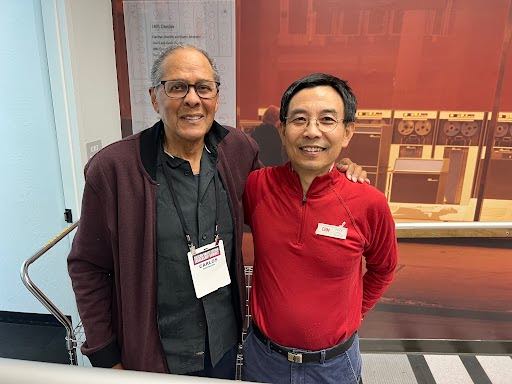
Carlos Robinson
and Peter Chang
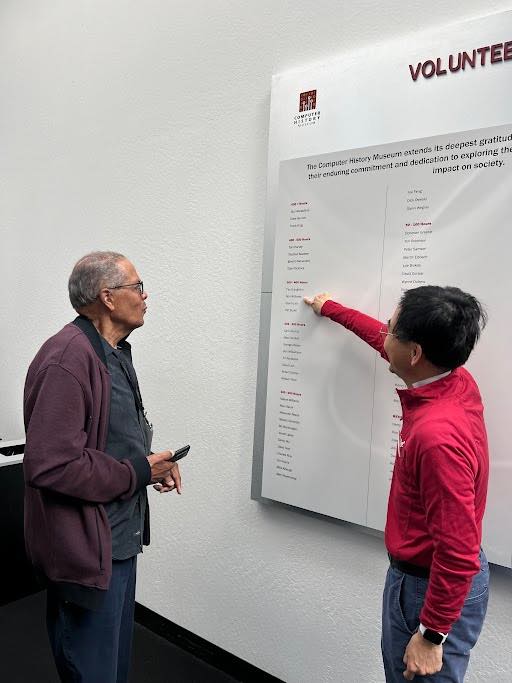
at volunteer
hour-tracking board
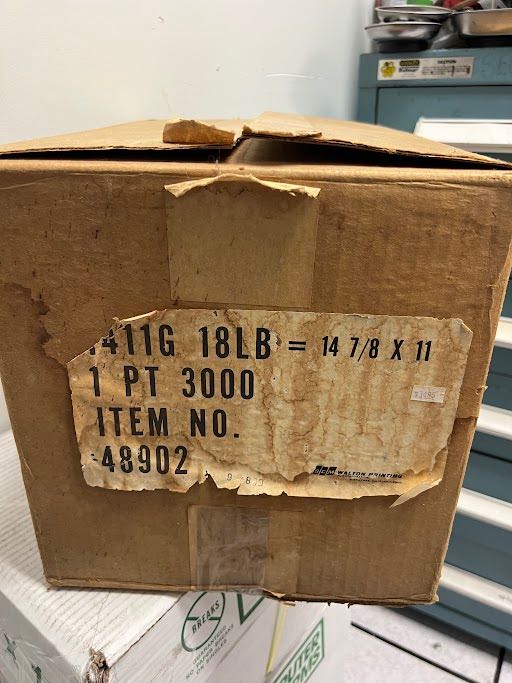
THE box of
printer paper
The image of his name card is not posted on this web page.
Duane Sand and I gave the 1PM demo today, October 7, 2023, to 42 visitors and another 20 after. We had visitors from Canada and the UK, but most were from the Bay Area.
Larry
|
- from Scott Stauter
- from Samuel Plainfield
- from John Howard
|
from David Clementson
|
Wednesday September 27 3:00 pm tour - from Scott Stauter
|
Jim Maurer and I gave the tour today to 24 people, and 4 after the official tour.
The audio worked great. The three 026s worked, with the middle one having very light printing. The sorter worked fine. We ran Bigprint fine and the CT 1402 and CT 1403 worked. We had powered on the DE 1401, but it was not needed. Three of the CT 729s worked. Our visitors were from Canada, Mexico, and China. After the tour, we had a discussion with a man who had worked with computers in the Soviet Union. Warmest regards, Scott Stauter |
11:00 am - from Stephen Madsen
1:00 pm Demo & 2:00 pm Demo Lead Training Qualification - from Karen Sun
|
|
Demo Programs - from John Howard
Demo Programs - from Jack Ghiselli
9/20/2023 Wednesday Demo~
|
9/20/2023 1401 Restoration Status Reports
Details: When you push load-rewind, the tape drive performs the load, but then halts before the rewind. The problem is that relay R104 is supposed to be held across the load and rewind, but when R101 drops at the end of the load, R104 drops too.
The following diagram (adapted from the ALD) shows what's going on. The yellow path is R104 which is supposed to be held. During the load phase, it is picked through the blue path. During the rewind phase, it is supposed to be held through the purple path. I found a bad relay, but Bhushan cleaned the contacts and the tape drive still failed. I checked the selenium diode D2 with a multimeter and it appeared fine (but I am suspicious). Swapping relays didn't help. The reset switch showed continuity (but apparently the wrong continuity). Voltage measurements didn't make sense: there should be -48 volts at D2 B, which there was, but it dropped at the end of load. CE17 showed -48 volts all the time. There was -48 volts at the reset switch (PB).
Eventually I put a jumper across the reset button and everything worked! That shows the reset switch is faulty and seems to be switching the wrong contacts. I don't understand the topology of the switch. It has four screw terminals, even though the schematic shows three connections. The switch is constructed from layers of flimsy material. The screws are very tight and I'm afraid I'll break the board trying to remove the screws. So it might be better if someone more mechanical removes the switch.
The remaining mystery is why we measured -48 volts on both sides of the diode, flowing backward from the blue line to the purple line. It seems like the diode is not blocking the -48 volts, even though it measured okay with the multimeter's diode setting. I suspect the selenium diode is breaking down under load (Zener-like), but I'm not sure how to test this. If the diode isn't working, there's probably a weird corner case that will go wrong, so we should probably fix this.
To summarize, it appears that there was a bad relay, a bad switch, and a bad diode, all contributing to this problem.
Ken
- from David Clementson
The day started by observing the latest symptom: chronic punching of a column regardless of any software command. This is what we saw the prior week, although the faulty column had moved from 4 to 68. I had initially thought that the problem was due to a wiring fault, but Frank brilliantly suggested we run it with all of the punch magnets unplugged at the four internal rectangular connectors. The problem persisted, proving that it was mechanical in nature. So out came the punch unit again.
Upon removing a magnet subassembly from the punch, Bhushan noticed that some of the armatures were sticking to their magnets more so than others. Inspection revealed some sticky contaminant on the back side of the affected armatures. So we removed all four of the magnet assemblies, then removed and cleaned all 80 armatures with alcohol. We cleaned the magnet cores and yokes as well. After reassembly, the sticking was gone. So with great difficulty we reinstalled the magnet subassemblies back into the punch. We were careful to inspect and test each row of armatures to make sure they moved correctly as the punch cam was operated.
With the punch reassembled, we reinstalled it in the machine and retimed the cog belts. I also took the opportunity to clean the area below the punch die, and I also redrilled the mounting holes of the chad chute so that the chad funnel now seats properly in its recess. I guess that chute was from another model, since it was clearly not mounted properly.
Upon testing, we found that the chronic punching problem was gone, however we were not getting any punching at all on a number of columns. All of the columns associated with connector "D" were not punching, and only about half of the connector "C" columns were punching. Connector "A" and "B" punches were okay. The connector mating checked okay, so it looks like we may have broken a wire in the magnet assembly. Either that or we somehow mis-assembled the punch. We will try to do a continuity check of the magnets next week to see if we can find the root cause.
We also saw the recurrence of the "extra" punch on column 80, where a row punched at column 80 gets one additional punch on the subsequent row. Marc reported that he found burrs on the column 80 select linkages that may be responsible, so he may need to do his magic with his files.
729 parts harvesting:
I went to the Yosemite warehouse on Thursday and was able to harvest these parts from the 729s:
That's it for this week.
DC
> [Marc] A garden variety 1N4003 or higher should do the trick?
Let’s please replace the selenium monsters before they smoke.
— Robert
p.s. Just in case we don’t have any lying around, I bought 50 for $2:
CHM 1401 Demo, Saturday 9/16/2023
- from Ken Shirriff
Summary: Bhushan and I worked on 729 tape drive CT #1. The main problem appears to be the reset switch isn't working correctly and should be replaced, but there are multiple issues.
DE1402 Punch:
> replacement vent hose for the upper cooling fan
> complete set of front panel switches so that Ken can repair the CT #1 reset switch problem
Re: Selenium rectifier (was Re: 9/13/2023 1401 Restoration Status Report)
Marc, Ken,
https://www.ebay.com/itm/224490082347
Geeez, I used 1N4000x in grade school… ;
- plus techie comments from Sunday the 17th
- 11:00 AM - from Jack Ghiselli
|
9/13/2023 1401 Restoration Status Reports
- also see techie comments from Sunday the 17th
- from Ken Shirriff
- from David Clementson
|
11:00 - from Jack Ghiselli
- 1:00 PM - from Scott Stauter
2:30 PM - from Tim Robinson
We had 36 visitors including international visitors from Turkey, Sweden,
Korea, and Canada, and domestic visitors from as far afield as Florida
and Alaska.
All three keypunches worked, but the middle one was printing a little
faintly. A visitor tried to punch a card on the 001 but some punches
came out partly overlapped so the card was not usable. May just have
been operator error.
The sorter worked fine.
We ran Bigprint and powers of two on CT, but part way through the post
demo Bigprints the printing became faint on the left side so we switched
to DE for the remainder which worked fine. After the demo one of the
experienced leads (I forget who) commented that it may just have been
that the printer gate was not closed tightly enough - at any rate it
should be checked before the next demo. We used CT tape drives 2 and 4
which worked well.
Before the demo we did have trouble with a reader check loading the
first powers of two deck. It turned out a card was upside down, but
correcting that did not fix it. A second deck loaded OK. After the
demo Jack Ghiselli looked at the bad deck and found card 78 was missing
and several others were out of order. Card 78 was apparently also
missing from the third deck (which we had not tried before the demo).
He duplicated new cards and put the rest back in order so all three
should be good again.
The sound system worked great, even with both mics turned on at the same
time.
Tim Robinson
|
IBM 1401 Special Private Demonstration September 7, 2023
- from Larry Hara
|
Today Thursday, September 7 at 10:45 AM, Jim Mauer and I did a special/private 1401 demo to 13 students from a St. Helena, CA high school technology class. We also had 8 additional drop-in visitors from Chile, Washington, and the Bay Area.
The ink from the ribbon on keypunch machine #1 (farthest from the closet) was slightly faint at first but after punching a few decoder cards, it got darker as the ribbon progressed. Jim used this keypunch for the demo. The keypunch #3 closest to the closet works well; keypunch #2 is down for repair. The 083 sorter worked well. We ran Big Print on CT 1401 and while there was a 1402 reader check at first, Jim's second attempt was successful. We also ran Powers of Two and had no issues. As a backup, we had DE powered up and tested prior the demo. Since CT ran well, we didn't need to use DE. The 1403 and 729 worked flawlessly. We had absolutely no problems with the A/V and mics. Thanks to those who made this possible. It was a welcomed relief! Larry |
9/6/2023 1401 Demo Report
- from Samuel Plainfield
|
Demo:
Pat Bruder and I gave a demo to a very small but interested group of 15 and another 12 or so wandered in during/just after. We used CT, which worked extraordinarily well -- not a single reader check!! Ken fixed the CT729 #2 and it worked brilliantly. #1 and #4 remain inoperable. Keypunch closest to the closet worked brilliantly, #2 still inoperable, and #3 is now repaired (see restoration report below). The microphones both worked well enough after some last-minute finagling. A/C working. Per Robert, this is actually called CRAC -- Computer Room Air Conditioning, not to be confused with AC, Alternating Current. The museum was surprisingly empty today. |
9/6/2023 1401 Restoration Status Reports
|
- from Samuel Plainfield
from David Clementson
from Ken Shirriff
|
1401 demonstration on September 4 - from Scott Stauter
|
Jack Ghiselli and I gave the 3:00 p.m. demonstration on Labor Day. There were 52 visitors: from Japan, Israel, New Zealand, Russia, Switzerland, India, Austria, Germany, Somalia, and Mexico.
The two keypunches nearest the door worked. The one farthest from the door is placarded that it doesn't always register correctly. The one nearest the door is not on the KP circuit breaker, as it continues to run when that CB is off. The CT 1401, 1402, and 1403 ran well. CT tape drives 1 and 3 were placarded INOP, but 2 and 4 worked well. We were able to run BIGPRINT on the DE system, but it was not needed. There is hydraulic fluid on the floor from the DE 1403. Scott Stauter |
IBM 1401 Demonstration Saturday 9/02/23
from Stephen Madsen - 11:00 am Demo
from Jesse Nichols
from Jack Ghiselli
from Samuel Plainfield - 1 pm Demo
|
IBM 1401 Demonstration Wednesday 8/30/23 3:00 PM
8/30/23 3:00 PM - from Larry Hara
from Duane Sand - "The 083 Sorter moves cards around in an erratic nonrepeatable way. "
from Karen Sun - A/V issues
|
Restoration Reports for 08/30/2023
My restoration report for 08/30/2023: tape drive stuff - from Ken Shirriff
My restoration report for 08/30/2023: tape drive stuff - from David Clementson
8/30/2023 (Software) Restoration~ from Samuel Plainfield
Re: 8/30/2023 (Software) Restoration~ from Jack Ghiselli/B>
The BigPrint program decks we use at CHM were created using ROPE, and specifying memory clear for a 16K machine. The Autocoder assembler in ROPE creates a 3-card loader at the beginning of the output object deck. You can see it in the Autocoder listing. Here's an example:
The yellow highlighted area is the Clear Storage routine. You can see it starts clearing at 1401 Core Storage location "I9I" (15,999). You can take an existing CHM demo object deck (such as BigPrint) and patch this card (Card #2) to start clearing at a lower core address, leaving higher core un-cleared. That's what you want to do if you're starting with an object deck.
If you're starting from scratch, by using ROPE to create and assemble an Autocoder source deck, you have other options. IBM's Autocoder reference manual is this one:
You can find this manual on BitSavers, or probably on Ed Thelan's extensive archives. Or there might be a copy kicking around in CHM. Buried in that manual is the fragment shown below, a description of how to code your Autocoder Source deck card #2 (CTL). You can see an example on the listing fragment above (just below the JOB card).
Most of the ROPE-created demo decks we use at CHM (such as BigPrint) were assembled for 16K machines, since that's what we have. However, if you specify CTL values properly in your Autocoder source, ROPE's Autocoder will create your three Clear/Loader cards to start clearing from a lower-than-15999 address. Then you won't have to patch your output object deck.
Ain't this fun?
--Jack
|
CHM IBM 1401 Demo Saturday, 8/26/2023
We ran the demo on CT, which generally operated well. We had one CT1402 refusal to read (with no error lights on the 1402) in the middle of loading a deck, but were able to reset and reload successfully. We had one CT1402 reader card jam, requiring us to open the CT1402 and remove the read brushes and center unit to remove the card. Subsequently, the CT1402 ran OK. 729 Tape #1 (left-most) was dialed NOT OPERATIONAL, but Tapes #2, #3, and #4 ran fine with the TAU.
Since we were a little worried about the CT1402, we powered up DE as a potential demo backup. the DE1402 ran fine, but the DE 729 tapes would not run under TAU control. In the actual demo, CT ran fine, so we did not need DE.
The 083 Card Sorter and all three 026 Keypunches were operational, although K/P #1 (furthest from the closet) still sometimes fails to register the card at its Read Station, and has to be helped by hand.
The audio mics displayed the chronic problem of Mic #2 being too soft, and we solved it with our familiar technique of turning Mic#2 volume all the way up, turning Master Volume up a few notches, and then turning Mic#1 down far enough to prevent squeal. With this setting, the mics worked OK for the demo.
Jack Ghiselli
Keypunches: We used the middle one. The one farthest from the closet does not register properly sometimes.
Stephen H. Madsen
Unit record machines
CT 1401, 1402 & 1403
The 1401 worked fine.
We encountered intermittent card read problems with the 1402 earlier in the afternoon but it seemed to work properly and settled down. As a backup, we had DE set up and were prepared to switch to this machine if we encountered repeated and/or unsolved problems with CT during the demo. Fortunately, we had no problems and continued using CT.
The 1403, as usual, worked very well.
CT 749 Tape
Unit #1 (farthest to the left) was inoperable but the remaining 3 worked flawlessly.
A/V system
By carefully balancing the volumes of Mic 1, Mic 2 and the Master, we were able to successfully use both mics during the demo. No feedback/screeching!
Larry
Earlier in the morning I prepared a sort deck that is just large enough and whooshes cards-to-and-fro. Simply sort on column 25 and it makes for an excellent presentation for the guests. Some cards keep going (randomly) into the Reject stacker and I cannot figure out why as they most certainly have punches in relevant columns. Maybe the lone brush needs some fine adjustment -- I'll try to do this with Frank on Wednesday if he's in.
The microphones miraculously worked perfectly for the duration of our demo ... but this is due to luck as it was hit or miss earlier in the day. As Jack jokes: "our 60 year old computer works well, but our two year old microphones ... not so much." I spent some time with the portable mic and I still can't quite figure out how to adjust the volume very well. When plugging in the headset, be sure to use the side that has the microphone icon and not the side with the headphone jack icon. This could prove frustrating and easy to miss when in a panic to fix a mic problem mid-demo, so get it set up in advance.
CT729 #1 is still INOP, 2-4 worked well.
029 furthest from the closet is not feeding cards so I shut it off for the demo as it is also still rattling rather loudly.
CT1402 is exhibiting some curious behavior with respect to crushing guest cards (the "adequate media") and requiring a manual removal. I can probably re-create the issue on Wednesday and hopefully we can figure out what is causing the jams. The cards become completely crushed in the second clutch cycle, necessitating: (1) removing the second set of brushes (read) and the card detector plate (I forget what that is called) and either removing the card right there or manually tripping the clutch to remove the card by feeding it through. Most of the time, though, it works well -- until the occasional guest card gets smashed during a one-off cycle.
DE1401 worked well, I did not attempt to make use of the tape drives there.
~Samuel Plainfield
11:00 AM - from Jack Ghiselli
On Saturday, 8/26/2023 at 11:00 AM Larry Hara and I gave the IBM 1401 demo to 53 visitors, plus mini-demos to 20 more who wandered in before or after. We had a whole lot of international visitors, from Algeria, Chile, Finland, France, Germany, Greece, Ireland, Israel, Japan, the Netherlands, Mauritania (wow!), Spain, and the UK.
jghiselli@sbcglobal.net mobile 1-408-839-1051
Scott Stauter and I demonstrated to 45 guests. There were some from Virginia and Georgia. A woman from Virginia said she is head of ARPA H (health).
Sorter: Worked OK.
Microphones: Surprisingly worked OK.
We used CT. 729 #1 is INOP.
On Saturday August 26, Sam Plainfield and I gave a 1401 Demo to 43 visitors plus an additional 12 who wandered in afterwards. They included visitors from the Bay Area, NJ, Ireland and the UK.
Paul Laughton & I gave a bonus 1401 demo today at 3:30p to 15 guests and 6 more afterwards. Most guests were local except for one couple from Indonesia.

IBM 1401 Demo Status - 8/23/2023 - from Pat Buder
|
Restoration Report for Wed. 08/23/2023
You can see the link (the protruding triangular black metal part) has burrs that rubbed and scored the shiny metal retaining plate next to it, which caused them to sometimes lock into each other. That could explain the reported behavior.
I disassembled the punch one step further, which is pretty tricky. I like the part where they tell you to use a rubber band to prevent the interposers from flying out, but give you not idea how to put it on nor how the links would fly out. At least I had been warned.
I filed the offending burrs the best I could. I did not have the best micro files nor burnisher on hand, so I’ll work on it some more with the correct tools next week. But it seemed to have removed most of the catching.
I put the punch back together in a safe state. I’ll do the fine burnishing next time, then a few critical adjustments have to be checked after the punch is put back together, then we can try it in the machine.
Marc
The idea is that once you load up these custom decks, then the address is "permanent" and can be called up at any time without any need to load up the actual card deck and won't be overwritten. We used Stan's "server" program and then had several failed punch attempts. (Note: we need a backup of this server deck). Sometimes the program would punch way too many cards and it was unclear what it was punching ... other times it would punch and then stop mysteriously midway. Although we figured out that maybe there was a punch check that we didn't notice ... so, it is unclear if it was completely user error or not. Eventually, John had to go, but I stayed to continue testing the resulting deck -- with success!
I ran it on DE and it loaded up successfully. John attempted to modify in a "start" loop after the final HALT, so that the program could continuously print by simply hitting START, but it doesn't work as intended and still needs to be debugged. For now, the operation ends and you must start reset and then press START. Not a big deal, of course, but not the intended operation.
So, as of this moment, you can boot up the DE1401, navigate manually to address 14355 in high-core, switch the CPU to ALTER, hit the Instruction Register button, press START to load the address, switch to RUN mode, engage the printer, then press START and a Lincoln should print immediately. So long as nobody "formats" the core memory -- this should work indefinitely. I am hopeful more decks are to follow.
In the meantime, Ken is taking on the task of reverse-engineering Robert's new plugboard. I suspect it'll only take him twenty minutes or so ;)
~Samuel Plainfield
Removing the motor is somewhat tricky, so I'll leave that to Marc since he went through a similar process to remove the clutches. I loosened the four bolts that clamp down the motor, but that didn't seem to help at all.
Ken
if you have magnetic clutch powder covering the motor then you also have a clutch problem. You need to pull the clutch assembly and you should be able to see which clutch is leaking. You need to pull, open the clutch and reload the powder. The powder leak is most likely from the area shaft passes through the clutch in the front area of the clutch. There is a ‘felt not really felt) wash between the powder area and shaft.
Allen Palmer
from Marc Verdiell
I worked on the punch unit that had been taken out from the DE (?) 1402. It was reported that punch 80 sometimes double punched (if it had been activated in one row, it would punch another hole in the next row too). This could be explained by an interposer link not returning freely. Sure enough, all the interposers returned freely except for the #80 interposer, which had its setting link catching sometimes.
Today, John and I plugged away at attempting to punch out a custom deck of a "high-core" Lincoln that John modified (recompiled) to make use of our fully loaded, maxed-out-memory 1401s!
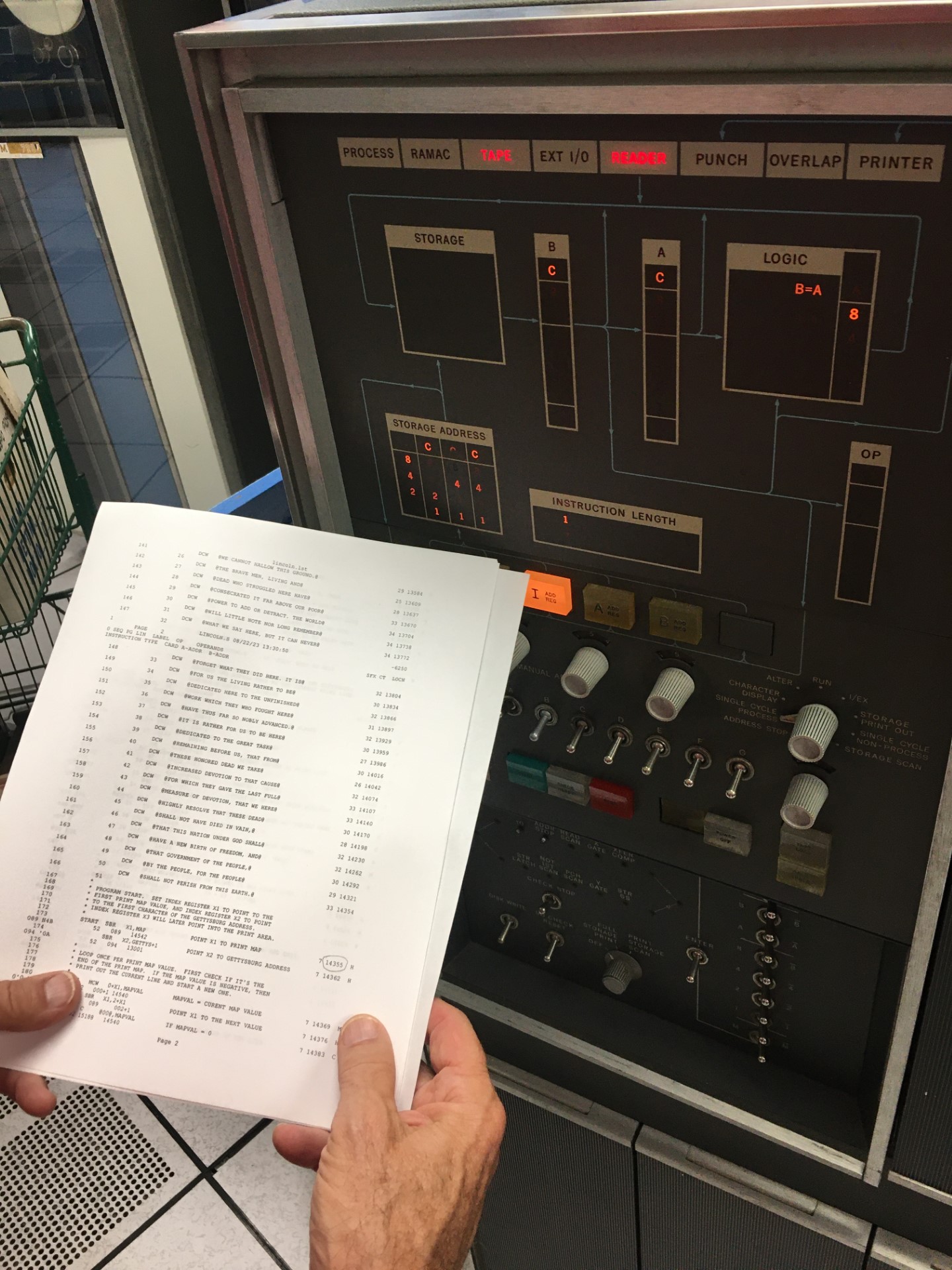
(John checking the code in various address spaces from the test output decks)
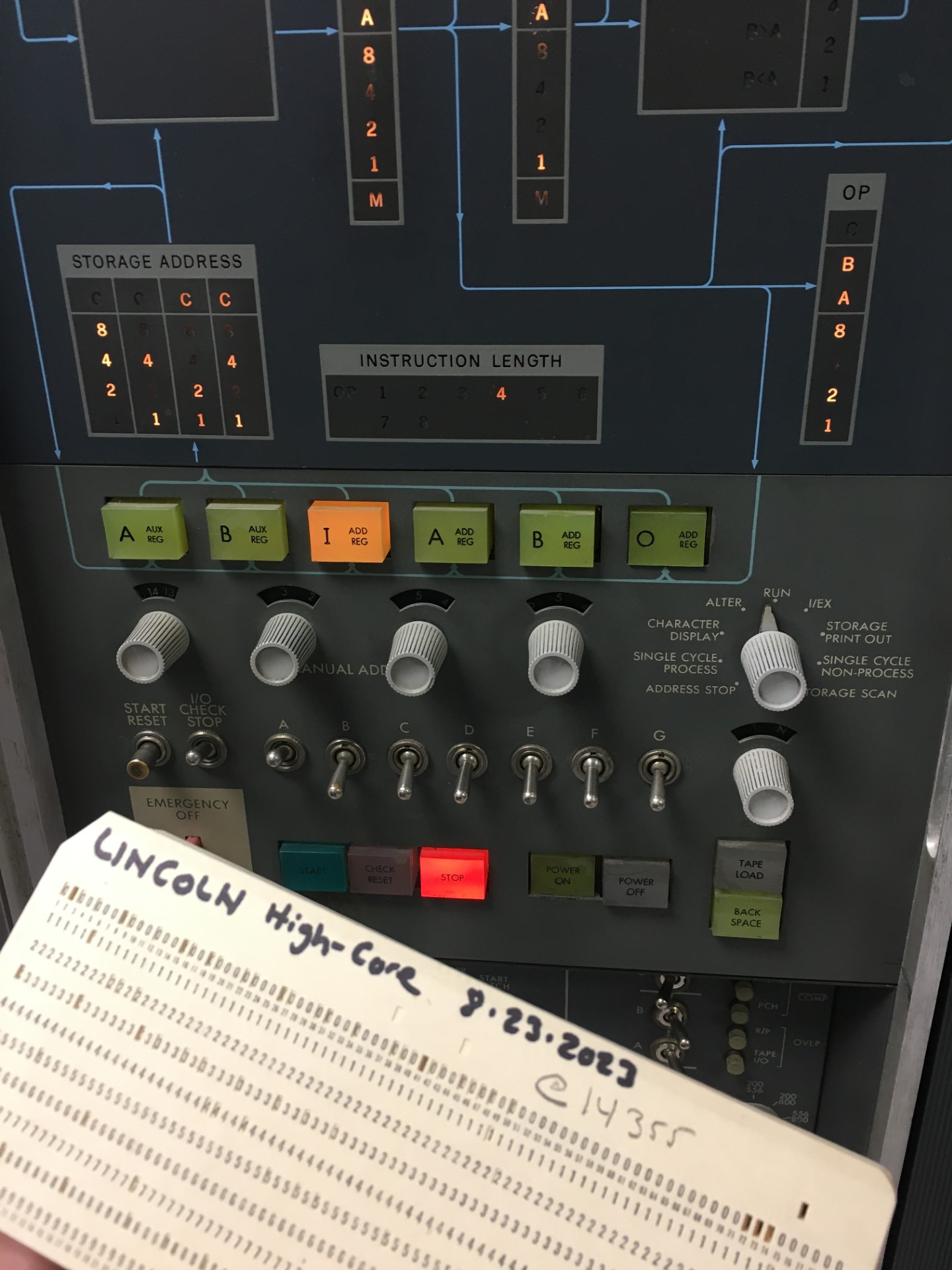
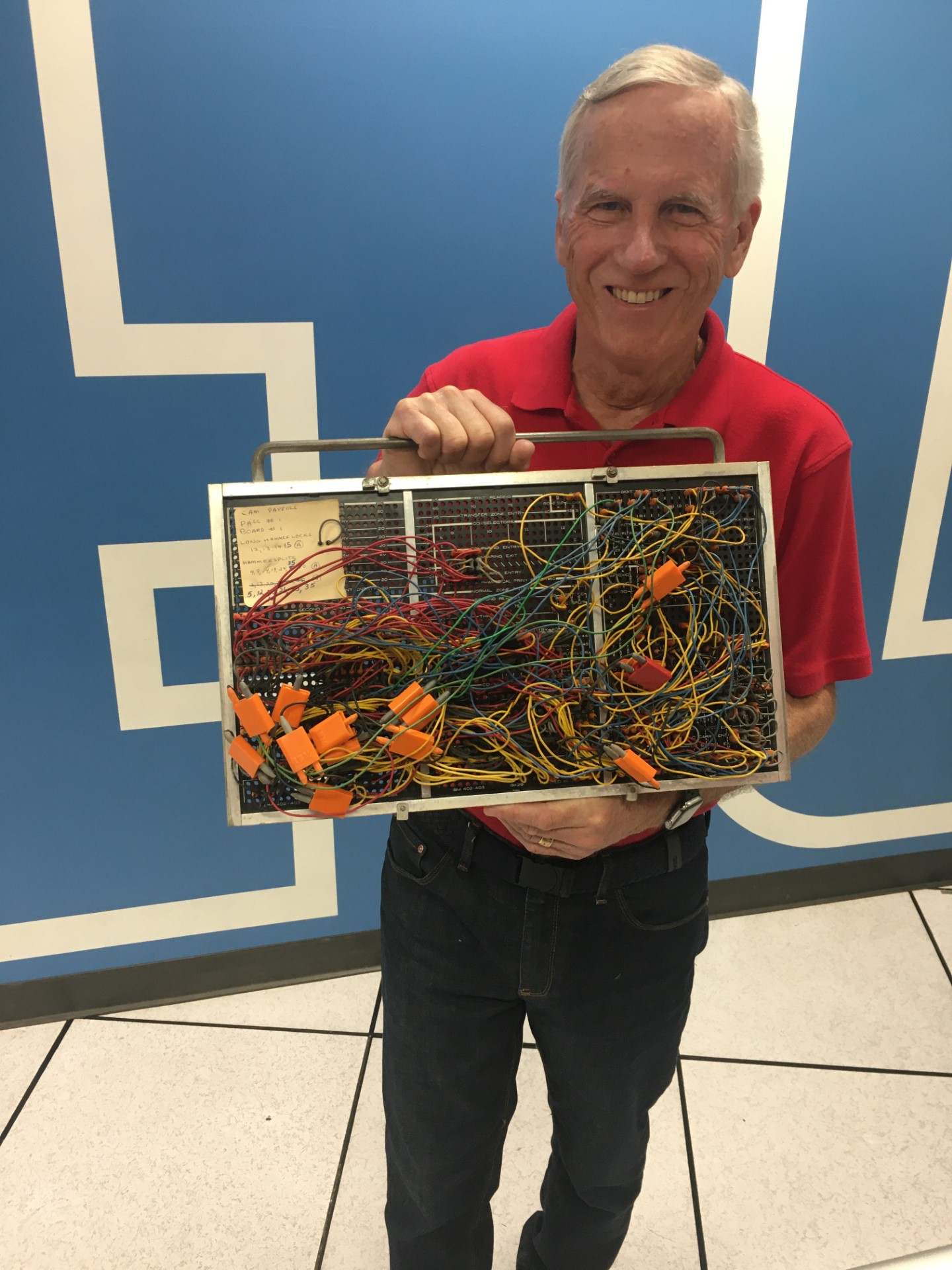

received Friday, the 25th
I looked at the bad tape down motor on DE #3. With the motor disconnected, I measured the resistances between the phases:
6 ohm, 6 ohm, and 9 ohm. For comparison, on a good drive, the resistances are 260 ohm.
This would explain why the motor has a 50A spike that trips the circuit breakers. It doesn't explain why the motor has all three phases shorted, which seems like a strange failure. One hypothesis is that it got shorted by magnetic clutch particles, which are covering the surfaces around the motor.
received Saturday, the 26th
to Ken,
from Robert Garner
Here are a few links about the IBM 402 Accounting Machine
|
Demonstration Reports for week ending Saturday August 19, 2023
|
from Pat Buder - IBM 1401 Demo Status - 08/16/2023
received Saturday August 19, 2023
|
from Ken Shirriff, about DE tape #3 tripping circuit breakers
|
IBM 1401 Demonstration Saturday 8/12/2023
Microphones ordered by Jon Plutte arrived "just in time"
11:00 am - from Stephen Madsen
1:00 PM - from Jack Ghiselli
from Robert Garner
|
|
John and Sam and I met at the Yosemite warehouse and were able to pull two pairs of picker knives and one contact roller from a donor machine.
After cleaning them , I was able to measure the knife step sizes. True to IBM's amazing design knowhow, the knife assemblies were apparently designed for inspection: they have features in the support casting that allow them to sit flat on a surface plate. A test indicator can then be used to show the step height of the actual knife "blade." One set showed little wear, and had a step height of about 0.0044". The other set had signs of wear on its corners, and had a step of about 0.0040". Both sets had good step height matching within the pair., within 0.0001". I'm not sure what the wear limits are for these parts, though. Anyone? A big shout out goes to Aurora for generously taking time out of her day to assist us with this! DC
Bottom of the step, reading set to = "0"
Frank King says we have a picker knife go/nogo gauge. Received Sun Aug 13 Dave, I am glad you were able to get some picker knives. You may not be aware that we have a go, no go gauge in the special tools drawer of the big red tool box to the left of the circuit breaker panel in the Liebert room. It is about 1” by 1/2” square. After you find the go, no go gauge, with the dial indicator you should be able to tell the wear tolerance. When adjusting picker knives, I never had a dial indicator. And after IBM came out with the fixed settings only on the old machines, was it necessary to make the adjustment. Frank |
IBM 1401 Demo Status - 8/9/2023
from Pat Buder
|
On Wednesday, 8/9/2023, Jim Maurer and I gave the demo to 38 visitors
from Korea, Japan, and China. Another 35 came in before or after the
demo.
We were running on DE before the demo. It had reader checks and the punch check problem. This meant that several guests got tired of watching us struggle with the reader and left without their BigPrint listings. About 20 minutes before the demo the restoration team informed us that the CT 1402 was fixed. This was very welcome news indeed. Kudos to the team for their skill and persistence in fixing the problems. We used CT for the demo and the 1402 read cards flawlessly. Yea! We only used tapes #1 & #4 for the demo. #4 did the expected high speed rewind, but #1 did not. All three 026s, the 001, and the 083 worked well. Sometime later in the day there was an audible alarm on the Leibert air conditioner. The panel had an over temperature message. We're sure glad to be able to do demos on CT again. It's been so long that we forgot which floor tile to remove to show the cables underneath. (It's the one closest to the 001 wood stand.) All in all, a great day. Pat from Jim Maurer One additional thing happened at yesterday's demo. I was trying to adjust the #1 mic so the microphone was near my mouth and the wire broke. I shouted instead. So we're down to just one usable mic. Jim Maurer |
Restoration Reports for Wednesday 08/09/2023
from Ken Shirriff and others. from David Clementson
from Ken Shirriff and others
|
Restoration Report for Saturday 08/05/2023
- from David Clementson
|
Sam ( Plainfield ) and I arrived at the museum on Saturday with grand plans to scope all 160 brushes. Naturally, the 1402 had other ideas.
I wanted to try a new technique whereby we observe the voltage waveform of the #1 and #2 common brushes as they scan a deck where only one brush at a time contacts the roller. I used a keypunch machine to create an 8-card deck where each card had ten total punches, one in each of the 9-0 numeric rows. These punches were progressively offset on each card by ten columns so that when the whole deck is scanned, all 80 brushes are presented to the rollers one at a time and in order. In theory, we should (I hope) be able to carefully examine these common brush waveforms for evidence of poor brush contact, excessive brush bounce, broken or intermittent brush connections, etc. If we also print the deck contents, we should be able to see correlation between any misreads and dodgy brush waveforms. We attached the scope to the solar cell and clutch drive signals as usual, but connected scope channels 2 and 3 to the common brushes instead of the usual core brushes. However when we tried to run this deck using a simple read loop, the machine would either not feed at all, or would stop mid-deck, often on the second card. It would then generate a Reader Stop error. After (once again WAY too much) troubleshooting, we realized that the card media that is currently stocked in the keypunches doesn't pick well on this machine. Very often the pick knives fail to grab the first card altogether, or else they fail to grab a card mid-deck. The machine's generation of a Reader Stop error is just its way of telling us "hey, I just clutched a card in, and the hopper is not empty, yet nothing showed up at Card Lever #1. What gives?" I checked the knife "reach" (the distance the knife edge travels past the back edge of the card when it is up against the rear hopper posts) and all was in spec.
When I flipped the test deck upside down (print side up), it ran normally. This tells me that either these cards have curled or soft or rounded edges (maybe a dull cutting die?) that the knives can't grab, or our knives are worn, or maybe both. The knives are made of an extremely hard material (tungsten carbide, I believe), but wear is not impossible. I'm imagining an edge interaction like this with the card in blue and the knife in yellow:
So it might be a good idea to remove the knives for an intensive inspection under the microscope. It also might be a good idea to see if there are any other knife sets at Yosemite that might work better with this card stock. It may be possible to diamond hone the knives to restore their edge geometry, but that is a science project we should probably save until there are no other options. Unfortunately, we did not have time to do the actual brush scope experiment, but next week we should try again. But this time we'll use a new deck made with our very best card stock. Also, we should add two blank cards at the end of the deck so that the eight cards we are interested in all scan end-to-end for the benefit of the escope trace. That's it for now. DC later in the day, David added
It turns out that picker knife wear is not only possible, but something IBM was aware of. Note the last sentence from this section from the 1402 CE Manual of Instruction:
We should be able to make a fixture to measure the knife projection using a 'tenths' dial indicator, but we don't know what the wear limit is. It would be great to know what the original specification was, though. But a fixture would be useful to compare knives from different units so we can at least pick the ones with the least wear. Again, a trip to Yosemite may be in order. And Carboloy is indeed a tungsten carbide composite. DC and more Knife wear on our 1402s is apparently something we have encountered before. See this conversation from Wed March 21 2007: https://ibm-1401.info/Sched2007March.html#21 But at least I now know that the knife projection spec is 0.00425". Adding Grant since he was part of the prior discussion. DC |
11:00 AM - from Jack Ghiselli
1:00 PM - from Stephen Madsen
|
CHM 1401 Demo Friday 8/4/2023 11:00 AM
- from Jack Ghiselli
|
Karen Sun and I gave the 1401 demo at 11:00 AM today to 30 visitors, plus mini-demos to another 50 who wandered in before and after. We had international visitors from Argentina, Bangladesh, Belgium, Brazil, Canada, China, France, Germany, Kuwait, Poland, Russia, Turkey, and the UK. Wow!
We ran on DE since the CT1402 is still being repaired. The DE1402 gave us a few READER CHECK errors, but we were able to recover. DE 729 Tape Drive #3 is still INOP. Tapes #1 and #2 seemed to work OK during the demo, but when we did a high-speed rewind on Tape #2, it did not stop and ended with a bang and a tangle of tape. After the demo, we removed the tangle, snipped off about 40 feet of damaged tape, put on a new reflective spot, re-mounted the tape, and set it to NOT OPERATIONAL. We suspect this is the same problem we saw before with a fail of the optical sensor which is supposed to tell the drive when it's near the front of the reel. We made a bunch of demo strips from the discarded tape (Re-use, Re-Cycle, etc.). All three 029 Keypunches, the 083 Card Sorter, and the 001 Manual Card Punch worked perfectly. The Audio system failed completely. Both radio microphones showed that sound was reaching the audio rack (LEVEL displays showed that). But no sound came from the speakers from either of the two mics or from the video. We tried various level settings, re-booting, etc., but were unable to make it work. For the afternoon 1:00 demo, Pat used a belt amplifier and mic from the front desk. The rest of us just shouted. Also a shout-out to Dave Clementson and Samuel Plainfield, who worked all day trying to fix the CT1402. You guys are GREAT!
Jack Ghiselli
|
Sam ( Plainfield ) and I were able to retime the solar/picker/camshaft with the clutch shaft. It was surprisingly easy:
Once the shaft was properly aligned, the Reader Stop errors on power-up ceased. Hooray! Next, we noticed that the Non-Process Runout process was sporadic and did not halt when the hopper switch was un-tripped after the last card. We traced this to a broken wire on the hopper microswitch, something that must have happened when the rollers were replaced. We re-soldered the wire, and the Non-Processes Runout started behaving normally. We then scoped the brushes and noticed that the Common Brush #2 signal was missing. After WAY too much troubleshooting, we found that the Card Lever #2 holder had not been fully seated in place. Once fixed, the brush timing waveforms all looked perfect. So we were able to run the "all 5's deck. No Reader Checks! We saw no evidence of any of the row errors that we think were being caused by slipping cards, but we did see the usual column errors that we think are caused by intermittent brushes. But then we knew that brush problems were waiting for us once the roller issues were resolved. So we'll start on that next week. DC comment from Bhushan Mohan Congratulations! Excellent work David. Our reader seems to have been finally fixed. Hats off to you and the team. I shall be in Bay area by the end of this month. Will definitely visit on the first Wednesday on reaching there. With best wishes Bhushan comment from Robert Garner David, Sam, and 1402 crew, Congratulations on bringing our tired CT 1402 back from the dark side!
It’s been an arduous journey and a marathon.
— Robert
p.s. It’s a good thing that we didn’t know what was lying in wait when you joined our team last year! :)
from Samuel Plainfield The behavior that the 1402 was exhibiting was curious on two levels: (1) after the full re-timing, running a deck would behave consistent with a "last-read cycle after the hopper is empty, but cards remain in the transport" when in fact the hopper was not empty which I surmised could only happen if the machine was erroneously believing that the hopper was empty; compounded further by (2) looking at the 1401 console, the usual Instruction > B to > A register lights were not oscillating during the read cycles but only the logic data was updating. After we figured out that the second set of brushes (read) were not detecting any data, it made sense that the weird behavior we were seeing on the 1401 console was just the limited hole-count/sum logic of the first set of brushes (read check).
In the morning, Eric came by and provided us a FORTRAN codewheel for the 026s and two boxes of pearl-fresh new-old stock cards for our object decks. I placed the boxes on top of the new card filing cabinet in the Liebert room where they ought not to be disturbed until ready for use:
~Samuel Plainfield |
Restoration Status 08/02/2023
from David Clementson, Paul Laughton, Ken Shirriff and Tom Szolyga
from David Clementson
DC from Paul Laughton Paul DC from Ken Shirriff The select light on DE#1 tape drive was burnt out, but I couldn't find a replacement in the workshop. We have dozens of bulbs, but I couldn't find this one. Should I order some or is there a secret stash? This is a GE 55C, 55V 50mA T2 wedge. 
Coincidentally, the manual says not to use 55C because they don't last as long. But 55C are easier to find than 55B.
The other interesting thing I found is related to last week's problem with the tape drive doing a high-speed rewind out of control. It turns out that if the tape sensing bulb burns out, the 729 has a safety feature to prevent high-speed rewind. But if the light is obstructed by a sticker (as was the case last week), the safety feature won't help :-)
Ken
from Tom Szolyga 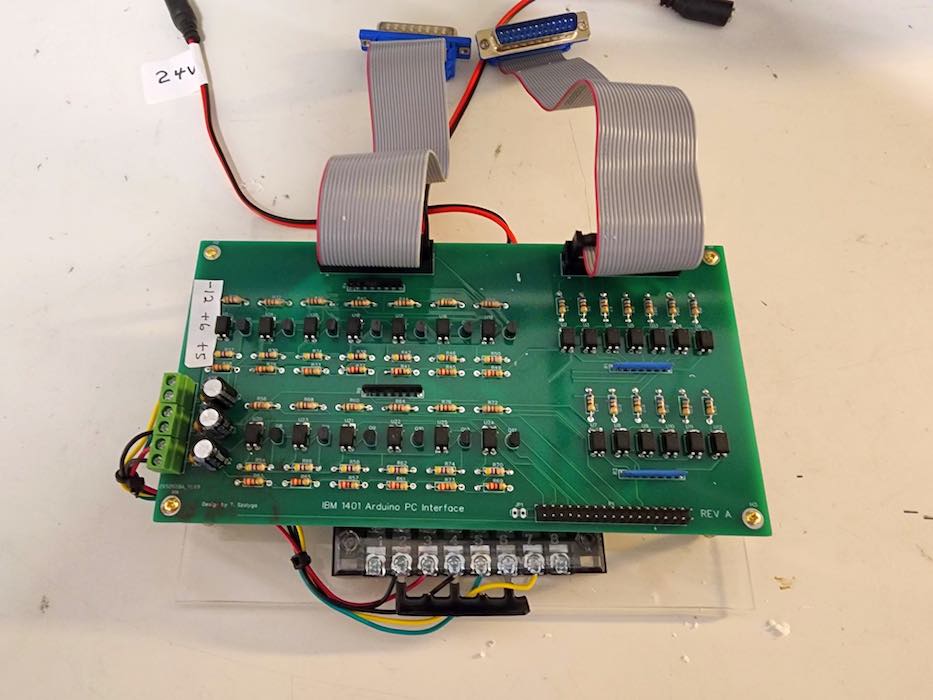
Today I completed the Interface board between the 1401 and the Arduino/PC. Its power supply is the bottom board and the interface electronics are the top board. Next step is connect It to the 1401 and to the Arduino.
Best regards,
|
CHM 1401 Demos Saturday, July 29, 2023
from Stephen Madsen and Jack Ghiselli
from Stephen Madsen, 11:00 AM Demo
from Jack Ghiselli, 1:00 PM Demo
|
7/26/2023 1401 Restoration Status
- from David Clementson, Ken Shirriff, Robert Garner, John Howard
- from David Clementson
|
IBM 1401 Demonstration Saturday 7/22/2023 - from Stephen Madsen. and Jack Ghiselli
11:00 am - from Stephen Madsen
1:00 PM - from Jack Ghiselli
|
IBM 1401 Demo Status - 7/19/2023 - from Pat Buder
|
Scott Stauter and I gave the demo to a packed house of 65 people. We had
guests from Kenya, Romania, Czech Republic, Brazil, and Mexico. Ad
additional 30 people dropped by before of after the main demo. We ran on
DE due to continuing work on CT.
The Liebert air conditioning unit was not working well and the room temperature was noticeably hot. Before 2:00 pm Robert Garner suggested turning DE off so that the restoration team could keep working on CT. We turned it on again about 10 minutes before the 3:00 demo. BigPrint loaded and ran fine during the demo and afterward. We did not run Powers of 2. Many visitors left the room before the demo ended due to the heat. The 083 sorter and 001 keypunch ran well. The 026 keypunch nearest the door ran fine. The middle keypunch often would not feed from the card hopper to the punch station. The other 026 started the day with extremely faint printing. Frank King worked on it and made great improvement. Tapes #1 and #3 were marked out of service so we used only #2 running from the TAU. I set it up with about 1/3 of the tape read and ready for the demo. Whoever powered off DE to help avoid heat didn't unload the tape before turning off the power. Neither Scott nor I (nor Robert Garner) powered off the machine, so it was someone else in the room. When we powered the machine back up for the demo, the tape was already part of the way down the tape. During the demo the forward motion worked as usual. However, the fast rewind snapped the tape, which was noticed by the audience. The tape was pulled along the inside of the left reel, and so is unusable as it is. We left it that way due to subsequent issues. Thus, DE has no usable tapes until the left reel on #2 is replaced. Shortly after the formal demo and while we were running BigPrints for the visitors, the restoration team returned to continue working on CT. Approximately 1/2 hour later we noticed a smoke smell. We shut everything down immediately. The team went around the main lab and the back room trying to sniff the source of the odor but we couldn't pin it down. Shortly before I left the AC technician arrived. He removed both Liebert end covers and started working. Unfortunately I had to leave for another appointment so I couldn't stay to get further information from him. Please see Robert's subsequent reports regarding further AC repair status. Pat |
11:00 am - from Samual Plainfield
status of air conditioner (Liebert) from Robert Garner
|
IBM 1401 Demonstrations Saturday 7/15/2023 - from Stephen Madsen and Jack Ghiselli
11:00 am - from Stephen Madsen
|
Restoration Report 7/14/2023 - from David Clementson w Marc Verdiell
I also calculated the error budget for resurfacing the drive roller. In order for the card to remain in place within three degrees (a reasonable tolerance per Ken) over a machine cycle, the drive roller needs to be within 0010" of its theoretical diameter. So we can do some abrading to improve the surface, but we need to be careful not to go too far.
DC
Status report 7/12/23
from David Clementson
After way too much fiddling, I was able to reinstall the refurbished #1 pinch roller. I was also able to clean an lubricante the roller pivot bushings, one of which was quite sticky. I did not have enough time to test it however.
Clutch teeth (per 360 degree cycle) 25
Drive roller teeth 19
Row spacing (degrees) 18
Row spacing (inches) 0.250
Roller circumference (inches) 3.800
Roller diameter (inches) 1.210
Row spacing error budget (degrees) 3
Roller circumference tolerance (inches) 0.032
Roller diameter tolerance (inches) 0.010
How did the drive roller look? Does it also have a flat?
Marc
I didn’t measure the drive roller roundness, but I am pretty sure that it has some minor dents in it. Not as bad as the pinch roller though. I will endeavor to make a quantitative analysis next session.
from Ken Shirriff, Marc Verdiell, Frank King and David Clementson
from Ken Shirriff
from Marc Verdiell
status of air conditioner (Liebert) from Robert Garner |
CHM 1401 Demo Wednesday 7/12 3:00 PM
- from Jack Ghiselli, comments by Robert Garner
from Jack Ghiselli
|
CHM 1401 Demonstrations, Saturday 7/8/2023
from Jack Ghiselli, Duane Sand and Stephen Madsen
from Jack Ghiselli - 11:00 Demonstration
|
Status report 7/5/23 - from Ken Shirriff and David Clementson
from Ken Shirriff
from David Clementson
|
CHM 1401 Demos Wednesday 7/5/2023 (10:30 AM and 3:00 PM) - from Jack Ghiselli
|
When we arrived, CHM staff was in process of removing one of the Unit Record equipment and the 024 Keypunch which was outside the gated area. One Unit Record Collator equipment unit and the 024 Keypunch which was outside the gated area have now been moved away to CHM's Yosemite building.
When we arrived, we had only one working Keypunch (KP #2). This was concerning since we expected to punch a lot of BigPrint cards. We ended up moving a bunch of equipment around, pulling up floor panels, and relocating power cords. At Kate McGregor's suggestion, we got the mobile 029 Keypunch from the Babbage storeroom and moved it into the demo area. It is now located at KP #3 position (next to the A/V closet). We disconnected the INOP 026 Keypunch which was previously there and moved it about ten feet over to where the Collater used to be. The Restoration Team got 026 Keypunch #1 (farthest from the A/V closet) reassembled and installed a new print ribbon, so it now works. With these improvements, we had three working keypunches. The 029 Keypunch controls are slightly different from the 026 Keypunches, so it was a little unfamiliar to our demo Operators. One nuisance is that the 029 keyboard is mounted rigidly to its table-top, so you cannot rotate the keyboard for use by visitors outside the rail (as we do with the 026's). Instead, you have to rotate the entire keypunch table so visitors can reach it. If we can get the INOP 026 Keypunch fixed, we might want to put the 029 back in the Babbage storeroom. We gave two 1401 demos today. The Restoration Team was still working on CT, so we ran both demos on DE. At 10:30 AM, Peter Chang, Duane Sand, and I gave a private demo to 65 students from Glenn Fajardo's Stanford summer program for young entrepreneurs. At Glenn's request, we modified the normal 1401 demo to emphasize aspects of 1401 history which were of interest to entrepreneurs. We tried to split the large group into two separate demos, but that did not go well, and we ended up bringing the students from outside into the demo room with the others. During this time we were attempting to communicate what we were doing to Kate (in Homer Alaska) via the Beam robot. We did a poor job of communicating and Kate was not happy. We apologize for that. In between the two main demos, Duane Sand gave mini-demos to several people who wandered in. At 3:00 PM, Scott Stauter and I gave the normal demo to 42 people, plus another half dozen who came by. We had international visitors from Canada, Dubai, Finland, New Zealand, Poland, Switzerland, and the UK. Towards the end of the morning demo, the DE1402 began giving erratic READER CHECK and READER STOP errors, and eventually we were unable to process any more BigPrint cards. So, we took the name cards from the students and said we'd run them later and get the printouts to them through Glenn. Between the two demos, Ken Shirriff, Samuel Plainfield and Dave Clementson came over to help us. Dave found and removed one particle jammed in the DE 1402 input mechanism, and readjusted the card clearance. This helped a lot. Yay, Ken, Dave and Sam! We were able to run all the students' cards and left the cards and printouts at the front desk for Glenn. Then, we were able to run the 3:00 demo. We still get infrequent DE1402 READER CHECK and READER STOP errors, but if we are careful we can recover from them. Some BigPrint object decks didn't work correctly, so after the 3:00 demo, Scott and I used the VOBJ diagnostic program to examine all the decks. We found some out-of-sequence cards and one missing card. We corrected the errors, and now all four (4) BigPrint decks work OK. We had minor trouble adjusting audio volumes on the microphones. Mic #2 was so soft it was inaudible, so we had to resort to turning up the Master Volume beyond the suggested setting, until we could hear Mic #2, then turning Mic #1 volume down to avoid feedback. Scott found a foam cover for Mic #2 and installed it. Since it was one day after July 4, we had the LINCOLN program ready to run. As written, you have to reload the program each time you want to print one Lincoln face. We patched the program so that when it terminates with a programmed HALT, you merely press START to print another Lincoln. Great preparation, but as things turned out we didn't have time to run LINCOLN anyway. Oh well.
Jack Ghiselli
|
|
On Wednesday 6/28/2023, Samuel Plainfield and I gave the 1401 demo to 25 people, plus 8 more who wandered in. Even Len Shustek came by. We had international visitors from Canada, China, France, India, and Italy.
Since the Restoration Team is still working on CT, we ran the demo on DE. Only minor problems on DE. Tapes: DE 729 #1 has its SELECT lamp INOP. DE 1401 Sense Switches E, F, and G are INOP. DE 1403 Printer ribbon need re-inking. BigPrint demos are coming out rather light. Keypunches: Keypunch #1 (farthest from the closet) is INOP and being repaired. We had some problems with feeding cards in Keypunches #2 and #3. However, we think the problem was related to the particular input card stock. We recommend that Saturday demonstrators try out the keypunches, and try swapping input cards if problems. Try looking on the bottom edge of the cards and avoid cards with dark colored blotching there. The CT1402 skin panels had been removed for Restoration and leaned against other equipment. Sometime during the demo or the restoration work, a panel fell over and broke the plastic pocket which holds all the 1-card-wonder programs (80/80 list, reproduce, etc.). We need a new storage pocket.
Jack Ghiselli
|
- from Ken Shirriff
- from Marc Verdiell
- from David Clementson
|
IBM 1401 Demonstration 6/24/2023
11:00 AM Demo, from Jack Ghiselli
1:00 PM Demo, from Stephen Madsen
|
|
from Pat Buder
We ran on the German machine due to the CT 1402 issue. DE performed very well, including all three tapes controlled from the TAU. The 001 and 083 also were fine. The 026 keypunch closest to the door is still down. The one furthest from the door had very faint printing. Tripping the ribbon reverser only helped a little, as the end of the ribbon was by then pretty ink depleted. Before and after the demo Samuel Plainfield and new restoration volunteer Henry Strickland helped the visitors punch their BigPrint name cards and then sent them down to us run on DE. Many thanks for the help. Pat from Samuel Plainfield With Henry's help, Frank and I had some time to test the vacuum tubes on the keypunch closest to the closet. Frank has a clever trick by which he makes use of #3 socket to test the tubes since it is connected to the ESCAPE MAGNET and thus requires a strong signal to activate the relay. So, by putting a suspected bad tube into socket #3 and measuring it, it is readily apparent whether the tube is at fault or not. Turns out, tube #7 was weak (not fully bad...yet). The second part of Frank's trick is to make use of the "bad" tube by placing it in socket #8, ALPHA FIELD where it is only responsible for activating the number/alpha characters and doesn't require a strong signal to do so. By the way, Frank is so tough he doesn't use gloves to remove the hot tubes! ~Samuel Plainfield |
a place to hold info until June 21
from Ken Shirriff - in response to this Demo Report
from Marc Verdiell
|
CHM 1401 Demo Report -- Saturday 6/17/2023 at 11:00 AM and 1:00 PM - from Jack Ghiselli
|
11:00 AM DEMO: Duane Sand and I gave the 1401 demo Saturday 6/17/2023 at 11:00 AM to 44 people, plus mini-demos before and after to 7 more. We had a group of very interested young techies from NASA Ames Research center, who were surprised to learn the CHM had once been housed there. We had international visitors from Canada, Switzerland, and Taiwan. Since the CT1402 is still not working, we gave the demo on DE.
Prior to the demo, we used the Ron 2.1 Tape exerciser to test the 729 Tape Drives on DE. DE Sense Switches E, F, and G are still inoperative, so we patched the Ron 2.1 deck so that it's not necessary to turn on SS F to print statistics. Tape drive #1 (left-most) ran OK, writing 4944 1000-byte Low Density blocks with no tape errors. It appears that the SELECT lamp on Tape #1 is burned out. Tape drive #2 (center) ran fairly well, writing once cycle of 4606 Low Density blocks with 16 Tape Write Errors, and a second cycle of 4599 blocks with 6 Tape Read Errors. We don't know whether the errors are due to the particular reel or the drive. Tape drive #3 (right-most) would not run at all under software command with Ron 2.1. The statistics seem reasonable. One 1000-byte block at Low Density (200 bytes/inch) takes about 5 inches of tape, plus an 0.75-inch Inter-Record Gap. So, the total blocks written on Tape #1 should take about 2,369 feet, which is about right for a 2,400-foot reel up to the end-of-tape reflective spot. We decided to use the TAU for the demo, and all three tapes did move under control of the TAU for the demo itself. Tape #3 is very noisy.
We noted that the print quality on the DE 1403 is getting very faint. Is it possible to re-ink this ribbon? Here are today's tape statistics printouts:
Audio Headset #1 broke when Duane was removing it after the demo, so we opened one of the packaged spares and replaced it. Hooray for spares! 1:00 PM DEMO: Yash Lala and I gave the 1401 demo Saturday 6/17/2023 at 1:00 PM to 59 people, plus mini-demos afterwards to 6 more. We had international visitors from Austria, France, Germany, India, Singapore, Slovakia, South Africa, and Turkey. I dropped and broke one of the demo vacuum tubes. After the demo, we vacuumed up the broken glass, and replaced it with a new vacuum tube from the Babbage supply room. Keypunch #3 (closest to the closet) is still Inoperative. It feeds, but doesn't punch cards. Keypunch #1 (farthest from the closet) sometimes prints very faint when near the ribbon-reverse point. However, once back to the main portion of the ribbon, the print is very good. After the demo, I spent some time copying parts of Stan's disk from the CT machine PCWRITE computer. I'll look at these at home. They appear to be ROPE source files for some of our demos.
Jack Ghiselli
|
CHM 1401 Demo Friday 6/16/2023 10:15 AM - from Jack Ghiselli
|
Karen Sun and I gave the 1401 demo to some special visitors arranged by Kate McGregor. We combined two small groups Kate had invited.
From The Tech Interactive were: ... (3)
Glenn Fajardo plans to bring a special group of about 60 high school entrepreneurial students from his program to CHM on Wednesday 7/5. Kate would like to arrange a special demo for this group, hopefully not to conflict with the normal 3:00 PM demo, nor the Restoration group's work. I spent some time talking to Glenn, and he would like the demo for his group to emphasize entrepreneurial aspects of the 1401, and how it led in to following stuff like the SY/360. We think this large group should have a Lead and at least two Operator volunteer demonstrators. Since the CT1402 is still down, we ran the demo on DE. Last Wednesday, Ken Shirriff (yay, Ken!) fixed the FUSE error on DE 729 #3 (right-most), and we were able to run it from the TAU, although it made more noise than the other two drives. We were NOT able to get Tape #3 to operate with the Ron 2.1 Tape Exerciser program -- that is, to operate from actual tape software instructions. Keypunch #3 (closest to the closet) is still INOPERATIVE. As a side issue in working on tape-resident demo software, I created a card deck with all 63 possible BCD card-code punches (skipping Substitute Blank), successfully read it on the DE 1402 and listed it on the DE 1403. I'll use this to investigate the ROPE character encoding used on Stan's PCWRITE software on CT when CT is back up.
Jack Ghiselli
|
IBM 1401 Demo Status Report - 6/14/2023 - from Pat Buder
|
On Wednesday 6/14, Yash Lala and I gave the demo to 63 visitors. An
additional 23 dropped by before or after the demo. Many of them were
highly technical, including four who work on compilers. They were very
interested in the multi-phase technique used by the 1401 Fortran
compiler. Others included a group of teenage girls, whose apparent
leader said the 1401 was cool. We also had a mom (dentist) with her
extremely curious ~8 year old stop by in the morning. I gave them an
extensive, personal mini-demo.
The 026 closest to the door was marked Inoperative and the one furthest from the door was printing faintly. I jiggled the ribbon reverse, which helped some. The 001 keypunch and the 083 sorter worked well. We used the DE machine because the CT 1402 is still down. At the start of the demo Frank King was just leaving, so we had the audience give him a hand on behalf of the entire restoration team. During the demo DE ran BigPrint, Powers of Two, and the tapes via the TAU without a hitch. After the demo, Yash and Jack Ghiselli handled running BigPrints while I answered many questions from the audience. Thanks for helping out, Jack. When shutting down we had to hunt for the horseshoe keys. We eventually found them inside the restoration room. Pat |
Restoration Reports for Wednesday 6/14/23
- from Robert Garner - Summary Weds, 6/14/23
- from Robert Garner - Liebert Air Conditioner
- from Samuel Plainfield - CT1402 Code Wheel
- from Marc Verdiell
- from Grant Saviers
- from David Clementson
- from Ken Shirriff
- from Bhushan Mohan
- from Robert Garner - Summary Weds, 6/14/23
from Robert Garner - Liebert Air Conditioner
- from Samuel Plainfield - CT1402 Code Wheel
|
Restoration Report for Sat. 6/10/23 - from David Clementson
( Robert's Weekly Summary is here )
- info from Stan Paddock
- info from Grant Saviers
|
Summary: no victory yet, but some more stuff found and fixed.
I went in to have a look at the Solar Cell output pulse width. I found that the adjustment pot was pretty much in the fully clockwise (maximum width) position, yet the pulses were all considerably shorter than the target 600us. Some pulses were only 300us. Here is an infinite-persistence display of the pulse waveform with the cursors set at about 600us. Notice the nearly 2:1 variation in pulse widths!
I was also able to confirm that the Row 4 aperture on our code wheel is about twice as wide as it should be (Row 9 is the first pulse):
I was able to confirm that adjusting the pot counterclockwise shortened the pulse. I then recalled that the manual said the Solar Cell assembly is very sensitive to the position of its light bulb. I pushed on the bulb's wire lead a little and remeasured. The pulse width increased to almost 900us average. So I was able to set the pot for an average "short" pulse (not Row 4) to 600us. But we should do something to stabilize the mounting of the light bulb so that vibration doesn't knock it out of whack again. Bulb vibration could also be a cause of the pulse width jitter.
I also noticed that there is a visible change in the duration of the pulse depending on if the machine is in continuous clutch operation (holding the Non-Process Runout button down) vs. when it is started and stopped: I believe the difference in these two plots shows the belt stretch and other clutch timing irregularities due to clutch startup. Note that these plots were captured before I moved the bulb and adjusted its brightness for 600us pulses. After I made all of these changes, I still got Reader Checks. I then started to get set up for a brush timing capture. When I loaded Sam's "all 5" deck, the machine refused to read the first card at all. We've seen this many times before so I decided now was the time to look into it. I started by trying to turn the two ball bearings that support the card as it goes through the throat. Using a dental tool, I could only get them to turn about 1/8 turn before they seized up. I removed the throat plate so I could get a finger on the bearing to see how they felt. I would describe their feel as "crunchy." It was pretty obvious that they were full of grit and barely able to turn. So I spent about 15 minutes carefully instilling isopropyl alcohol drop by drop while turning the bearings. I was eventually able to flush out all of the crud so that the bearings spun freely. After that, I added the tiniest amount of light machine oil. The bearings now feel really good. I reinstalled the throat plate and set its clearance to 0.010" (0.009 is a go, 0.011 is a no-go). After that, the deck started every time. However I realized that this deck needs some 1401 setup to allow it to run in spite of the Reader Checks. Since I don't know how to do that, I packed up everything and left for the day. I think I'd recommend that we replace the code wheel before we re-time the brushes. Either that or we should fix it or remanufacture a new wheel. We could have one 3D printed, but I think we would need to use one of the more advanced commercial printing processes in order to get the requisite accuracy. If I get a chance, I will make a 3D model and have a 3D print quoted.
Finally, I found these notes in the binder indicating that we are not the first ones down this path.
DC Sent an hour later I did a quick 3D CAD model for a new code wheel based on the sketch in the document binder. Should we decide to go this route, we should check the sketch against the actual part before ordering.
Here is the quote. I chose the HP MJF process in black Nylon 12. I have had good luck with this process and material. I'll bring in a part I did in that process recently for the team to inspect.
The cost for 10 pieces is the same as for a single piece in case you wonder why I quoted 10. However I think it would be preferable to get a genuine IBM part if we have any spares at Yosemite. DC info from Stan Paddock
In the past, we have had problems with the optical wheel on the CT1402.
info from Grant Saviers
I checked my Raise3d Pro2 3d filament printer specs against the HP process - identical. Since I've never tried such a thin and precision part , I asked David for the STL file of his model. It seemed like a good learning project. I sliced it at highest density and printed it in red PLA since that was in the printer.
results
It seems more than strong enough for the application. Red has fair translucence, so probably should use black material.
Pictures attached. There is a tiny thru hole between every slot seen at the lower right of the microscope slot picture. Likely an artifact of auto path generation of the G-code and shows pretty good accuracy in the printer XY motion. Plus a perfect V slot can't be filled 100% with a round extrusion.
Some of the layer difference might be because I didn't calibrate Z against the blue 3M painters tape as the mount.
Note that these slots are much wider than the 0.018" in the Ron Crane drawing, so am wondering if that is the target or is something off in the model, STL conversion, slicing, or printing.
I think the process is adequate and am glad to try again.
So I learned a bit about precision printing.
As a last resort, end mills are available in 0.4mm and 0.5mm diameter (0.0158 & 0.0197") so ~0.018" slots can be CNC milled in 0.035 brass shim stock, which can be chemically converted to a black color. My guess is round slot ends don't matter.
Grant
One other misc thought. The filament in the bulb possibly moves with vibration so it might be interesting to see what changes with a securely mounted LED.
|
IBM 1401 Demonstrations Saturday 5/10/23
- 11:00 AM - from Stephen Madsen
- 1:00 PM - from Jack Ghiselli
11:00 AM - from Stephen Madsen
|
Restoration Reports for Fri. 6/9/23 - from David Clementson and Bhushan Mohan
( Robert's Weekly Summary is here )
- from David Clementson, 1st, response,
Post Script,
- from Bhushan Mohan, 1st, response,
- from David Clementson, 1st,
- from Bhushan Mohan -- comment on above,
Bhushan Mohan's Response to David Clementson's Response (above),
Post Script - from David Clementson
|
CHM 1401 Restoration Status Reports - June 7, 2023
- from Robert Garner (this week's summary)
- - More Restoration items at 9 and 10
- from Ken Shirriff (including update)
- from Marc Verdiell
from Robert Garner (this week's summary)
|
CHM 1401 Demos Saturday 6/3/2023, 11:00 AM and 1:00 PM - from Jack Ghiselli
|
On Saturday 6/3/2023 at 11:00 AM, Peter Chang and I gave the 1401 demo to 43 people, plus mini-demos to 3 more who wandered in late. On Saturday 6/3/2023 at 1:00 PM, Karen Sun and I gave the 1401 demo to 66 people (quite a full house). Paul Laughton had been scheduled as Lead, but he had some voice problems, so I substituted for him. We had visitors from all over the USA, and international visitors from Australia, Brazil, China, Italy, Japan, and Singapore.
Since the CT1402 is still getting Reader Check errors, we ran the demos on DE. The DE hardware ran well, as did the three 026 Keypunches and the 083 Sorter. When setting up the demo, we found that BigPrint demo deck #4 would not load. We ran VOBJ to diagnose it and determined that cards #3 and #4 had been moved to just ahead of the last card (#111). Since Card #3 is part of the Bootstrap, the deck always failed. Peter Chang corrected the deck and now it works fine. We speculate that somebody got a Read Check loading this deck, and somehow shuffled the deck when using Non Process Runout on the 1402 to run out the two cards in the mechanism. As noted before, we might need more training for demonstrators in how to recover from a 1402 Reader Check error. Paul Laughton was brave enough to attempt to load software from tape, using one of Marc Verdiell's loadable tapes from the Restoration workshop, but was unable to get it to load. We'll have to keep looking into loading software from tape, but it's not yet ready for ordinary demos. After the demos, I spent some time perusing the disk on the IBM PC attached to CT. I found a large number of demo programs, including ROPE Autocoder source that seems close to matching our demo versions of BigPrint and Powers of Two. There might also be source for the PCWRITE software on the IBM PC and the SERVER software on the CT 1401. When we get more time, this is worth further investigation.
Jack Ghiselli
|
CHM 1401 Restoration Status Report 6/2/2023 from Jack Ghiselli
|
Hi Marc,
Thanks again for showing me the Tape Emulator, and the Loadable demo tapes you had already created. Unfortunately, I can't come in to the CHM next Wednesday (6/7), t but hopefully could continue another Wednesday in the near future. Instead, I came in today (Friday 6/2), to look into some of the tape-related issues.
Jack Ghiselli
|
1401 Restoration Status Reports, mostly Wednesday - 5/31/2023
- My 1401 Restoration Status Report 5/31/2023 - from Robert Garner
- My 1401 Restoration Status Report 5/31/2023 - from Ken Shirriff
- Restoration Report for 05/31/23 - from David Clementson
- Restoration Report for 05/31/23 - from Marc Verdiell
- Sense Switch trouble on DE - from Samuel Plainfield, - from Jack Ghiselli,
- from Ken Shirriff,
1401 Restoration Status Report 5/31/2023 - from Robert Garner
My 1401 Restoration Status Report 5/31/2023 - from Ken Shirriff
Restoration Report for 05/31/23 - from David Clementson
Restoration Report for 05/31/23 - from Marc Verdiell
|
CHM IBM 1401 Demos Loaded from Tape - from Jack Ghiselli
|
Given the on-going problems with the 1402 Card Readers on the CT and DE computers, Paul Laughton suggested we look into an ability to load demo programs from magnetic tape. Today, I met with Marc Verdiell, to understand what’s already available at the CHM, and what tools we might have to add more capability. Marc generously gave a lot of his time explaining his Tape Emulation equipment, and what he had already accomplished with it.
Here’s a quick summary: Marc already has two loadable demo tapes: (1) Powers-of-Two, and (2) Lincoln. They are easy to run, and attached are operating instructions. This means even if BOTH CT and DE 1402 Card Readers were down, we could still demo major parts of the 1401. Yay, Marc. However, we would NOT be able run BigPrint, since Date and Name cards still would need to be loaded via the 1402. Although we tried today, we were unable to create additional demo tapes, due to problems with the 729 Tape Drives on DE and the Tape Emulator. I also talked to Stan Paddock about using his PCWRITE system on CT to create tape-loadable demo programs. That’s a second avenue to get what we want. I’ll continue to look into how we could add other demo programs in Tape-Loadable form, and possibly several demo programs on one reel. Currently the DE1402 seems to be running well, and the CT1402 is useable with some nuisance in recovering from intermittent READ CHECK errors. So, the use of tape-loadable demos might be moot right now.
Jack Ghiselli
Loading-Demo-Programs-From-Tape a pdf file |
CHM 1401 Demos, Saturday 5/27/2023 11:00 AM and 1:00 PM - from Jack Ghiselli
|
Yash Lala and I gave the 1401 demo 5/27/2023 11:00 AM to 63 people. We had international visitors from Argentina, Brazil, Japan, South Korea, New Zealand, Scotland, and Turkey.
Larry Hara and I gave the demo at 1:00 PM. Larry counted 75 people at the peak, probably a new attendance record for us. We had international visitors from Canada, China, Colombia, Honduras, India, and Russia. Since the CT1402 was still suspect, we ran both demos on DE. All DE hardware ran perfectly. (Thanks again to Frank King and Mariane Kim for their work yesterday, and the whole Restoration Team for ongoing efforts). Unit Record Equipment: We had one temporary card jam on 029 Keypunch #1 (farthest from the door), but easily cleared it. Otherwise, all three 029 Keypunches and the 083 Sorter worked fine. We weren't happy with the sort data deck, so we found an old BigPrint object Deck in the trash which had sequential numbers in columns 73-75 and used that as sort deck. It shows quite well. CT System: Before the 11:00 demo, we decided to try out CT, just in case. Frank King and Mariane Kim had warned us yesterday (Friday) that the CT1402 might be usable in a pinch, but would probably get Reader Check errors. Sure enough, it did, but we were able to load and execute BigPrint on CT with only 4 to 5 Read Checks. We carefully followed the standard card handling recovery after each Reader Check, and we were able to complete a BigPrint program load, execute, and print on CT. It makes a slightly clumsy demo, but CT is not in as bad a shape as we thought. We pre-set the CT Tape Drives and TAU as a possible backup in case we encountered problems demo'ing Tapes on DE. But it turned out we didn't need them. CT Tape #3 still has a disassembled read/write head and is dialed to NOT OPERATIONAL, but the other three drives worked fine. It seems that should DE fail during a demo, CT is a not-perfect but possible backup. Audio Equipment: Sometime during the morning demo, the audio headset for Mic #2 broke a wire and became unusable. We found an old headset outside the A/V closet to replace it for the afternoon demo. But the mic on this replacement was very weak. We had to turn the audio volume ALL THE WAY UP to get an audible voice on the speaker, and it still wasn't very good. We put a note on the broken headset and left it in the A/V closet. We apologize if our hard usage broke the wire. But it would be great if the CHM A/V staff could look at the mics before next Wednesday's demo.
Wall Clock: Some Good Samaritan seems to have repaired the official "IBM" Wall Clock, and left it on the table. People complain that we demo guys never fix anything, but I want report that we successfully mounted the clock back on the wall, and no modifications to the nail it hangs on were needed. Thanks, Good Samaritan, whoever you are. We've been using a temporary non-IBM clock, but can now resume declaring that our demos start on Official IBM Time.
Jack Ghiselli
|
Restoration Reports for May 24 and 26, 2023
- from Robert Garner - summary
- from Bhushan Mohan - pre-work-session
- from David Clementson - pre-work-session
- from Ken Shirriff
- from Lyle Bickley - comment on Circuit Breakers
- from David Clementson and a comment
- from Tom Szolyga
- from Samuel Plainfield
- from Jack Ghiselli - Friday, May 26, emergency work day
- from Robert Garner - summary
from Bhushan Mohan - pre-work-session
from David Clementson - pre-work-session
from Ken Shirriff
from Lyle Bickley - comment on Circuit Breakers
from Jack Ghiselli - Friday, May 26, emergency work day
|
IBM 1401 Demonstrations Saturday 5/20/2023
- 11 AM - from Jack Ghiselli
- 1 PM - from Stephen Madsen
11 AM - from Jack Ghiselli
|
IBM 1401 Demo Status - 5/17/2023 - from Pat. Buder
|
On Wednesday, 5/17/2023, Duane Sand and I demonstrated DE 14091 system
to a group of 28 visitors. Another 16 came in before or after the main
demo. In addition, Samuel Plainfield reported a large student group
visited in the morning.
The system performed well, including the tapes and printer. The 083 sorter and keypunches #1 and #3 also worked well. Keypunch #2 had been marked as down due to a card advance issue. Pat |
Restoration Reports for May 17, 2023
- from Robert Garner
- from Tom Szolyga
- from David Clementson
from Robert Garner
|
CHM 1401 Demos Saturday 5/13/2023 11:00 AM and 1:00 PM - from Jack Ghiselli
|
Scott Stauter and I gave the 1401 demo Saturday 5/13/2023 at 11:00 AM to 37 visitors.
Yash Lala and I gave the demo at 1:00 to 38 visitors.
We gave mini-demos to 8 people outside of the demos.
We had international visitors from Belgium, China, Finland, France, Israel, Russia, Singapore, the UK, Ukraine, and Uruguay.
We ran both demos, including tapes, on DE since the CT1402 is still not reading cards. DE ran well, as did all three 026 Keypunches and the 083 Card Sorter. Thank you, Restoration Team.
Microphones: Emails from earlier this week suggested that the audio problems with Mic #2 had been fixed. We found this was NOT the case. Emails also said CHM A/V folks suggested that some mic problems might be due to rough handling of the delicate headset wires, and asked us NOT to wrap the headset wire around the battery box, and NOT to store the headsets in the A/V drawer where they might bang around. We followed their directions. However, we do NOT think this is the problem. When you speak into a mic, the LEVEL display on the A/V rack shows the audio level correctly, so there does not seem to be any problem with headsets, headset wires, battery packs, or with the radio communications from mics to the A/V panel. Rather, the problem seems to be somewhere INSIDE the audio panel or its connection to the speakers. For the morning demo, we set Mic 1 Volume, Mic 2 Volume, and Master Volume to their normal levels. Mic 1 was audible on the speakers but Mic 2 was not. To solve the problem we cranked Master Volume way up. Now Mic 2 was audible, but Mic 1 squealed. Cranking Mic 1 Volume way down corrected this, so those were the settings Scott and I used. Here's a photo of the panel Volume settings we used:
In the afternoon, we started to get squeals from the morning setting, so Yash fooled around and finally found a combination of Volume settings that approximately worked. We had some feedback during the demo, and Yash had to re-adjust the Volume settings several times. Yay, Yash, you saved the demo! Here's a photo of the afternoon volume settings:
Tapes: When we arrived and tried to LOAD/REWIND DE 729 Tape #3 (right-most), the tape fluttered down the right-hand vacuum column. We discovered this tape apparently had no beginning-of-tape reflective spot. We installed one, and all DE tapes worked OK for the demo.
After the 1:00 PM demo, we looked at CT 729 Tape #4 (right-most), which still had the tape jammed from a week ago:
When we cleared the jam and dismounted the tape, we discovered that the plastic reel had broken away from the reel hub. This was almost surely the cause of the jam:
This cracked reel cannot be repaired, so we left it on top of the CT1406, together with the other cracked reel from several weeks ago. Can we discard them? We took the extra reel which is stored on top of the tape drives and used it instead, since it seemed good. This means we have NO extra tape reel to hold up and show during demos. Restoration Team: Do we have some more reels of Tape? Could we put a new one or two into the demo room?
Jack Ghiselli
|
IBM 1401 Demo Status - 5/10/2023 - from Pat Buder
|
On May 10, Jim Maurer and I gave the demo to 36 visitors from Italy,
Bulgaria, Germany, France, and Israel. Another 16 stopped by before or
after the main demo.
Because the CT 1402 is still down we ran on DE, which performed flawlessly including all three DE tapes. The 083 sorter and all three 026 keypunches worked well. Samuel warned us that the 026 furthest from the door sometimes drops an 8 or 9 punch when duplicating, but we didn't do any duplicating. In my pre-demo testing I found that BigPrint deck #1 gets a validity check at or near the last card. I didn't have time to diagnose this, so I just marked #1 bad and used #2. We found that both mics worked acceptably if not perfectly. We needed to make slight adjustments to the volume controls. Pat |
Restoration Report for May 10, 2023
- from Robert Garner
- from Ken Shirriff
- from Samuel Plainfield
- - - suggestion from Ignacio (Iggy) Menendez
- from David Clementson
- from Mei Luo
- from John Howard
- from Tom Szolyga
from Robert Garner
- - - suggestion from Ignacio (Iggy) Menendez
|
IBM 1401 demonstration 5/06/23
- -11:00 AM and 11:45 AM - from Jack Ghiselli
- 1:00 pm - from Stephen Madsen
-11:00 AM and 11:45 AM- from Jack Ghiselli
|
IBM 1401 Demo Status Report - 5/3/2023 - from Pat Buder
|
On Wednesday, 5/3/2023, Tim Robinson and I gave the demo to 52 guests.
They were from Romania, British Colombia, and other places. We had
another 25 before or after the demo in the afternoon. I was told that
several student groups totaling at least 75 dropped by in the morning.
Frank King and May Luo took care of these visitors. Thanks!
Due to the continuing work on CT we ran on DE, which performed flawlessly. We also ran tape drives #1 and #2 from the TAU. The two 026's furthest from the door had ribbon advancement issues and printed very faintly. May and Frank worked on them but didn't have enough time to complete repairs. We had most visitors use the 026 closet to the door, which prints fine. We couldn't get mic/transmitter #1 to work. When you talk into it, we could see level lights on the console flicker, but no audio. The transmitters had newly recharged batteries, and all volume level controls were in the proper positions. I believe I also tried power cycling the A/V chassis, but to no avail. Tim had to shout his part of the talk. He did his best, but it's impossible for such a large group to hear over the room noise. Pat |
Restoration Reports for Wed 05/03/23
- Report from Robert Garner
- Report from David Clementson
- More from Ken Shirriff
- More from David Clementson
- Report from Tom Szolyga
- Indicator Lamps from Marc Verdiell
- Report from Mei Luo
Report - from Robert Garner
Report from David Clementson
DC
Ken
… was the closest match I could find. David tested it and had a resistance level of 30 ohms.
It is not an exact match.
I don’t think that we have any more of these bulbs. Can we order new ones somewhere, somehow?
After the grok session, the cards we ended up running through was a single-program print card + a mini deck of Frank’s brush-test cards. They’re sturdy and mostly repetitive. (I think we had I/O check turned off for this, but I don’t recall for sure).
As you can see, there are two different sets of cards in Frank’s brush-deck. One with some punches area in the center, and another with just the sides. In any event, it was uniform enough so we could check discrepancies line by line.
If you zoom in, you’ll note two things. The first, is that I duplicated one of Frank’s cards on the keypunch furthest from the closet (so that we could see what the characters should be on the print out) and it missed some of the holes on row 8, resulting in a few erroneous L’s that should have been $’s. This indicates that the keypunch needs some adjustment at some point.
Secondly, the first three cards print correctly, thereafter, things get out of whack. Of particular interest is the areas where it prints no line at all, which indicates that the system “thinks” it has read no holes, like line 13.
… at the first printout (we re-printed the deck repeatedly), and note the long string of 9’s at the bottom of the first printout; what could cause the system to print all 9’s *in an area where no holes exist*?
It is for this reason that we can reckon that the transport system is misaligned. I note, however, that I have never seen the TRANSPORT light ever come on and I don’t yet know what triggers exist that can cause that particular light to activate.
I think that’s it~
~Samuel
Right, thanks Ken.
Also, it occurs to me that we can check the health of the 1402’s card transport by comparing the relative timing of the signal from optical encoder with the brush signals. When fed a deck with a controlled punch pattern (like row 9 is always punched), any lagging cards should produce late pulses. A scope with infinite persistence would show that nicely. We can then tune/adjust the card rollers to yield the desired timing.
This reminds me that we should also give our scope probes a little TLC, since it seems like they could use it.
DC
Second, I attempted to power up the controller board. I used the 3 output power supply in the workshop. When I turned in on, the -12V rail tripped and shutdown. After 45 min of searching for a problem on the board with no results, I began to look at the power supply. I turned down the output voltage to zero, switched on the supply and gradually increased the voltage to -12V. It did not trip. Turning the supply off and then on caused it to trip again. I believe there is something wrong with the current sense in the power supply causing it to trip. I will try a different supply.
Tom
Marc
Fixed the ribbon issue of keypunch machine #1 with Frank.
Rdgs,
|
IBM 1401 demonstrations 4/29/2023
- IBM 1401 demonstration 4/29/2023 11:00 am from Stephen H. Madsen
- CHM 1401 Demo Saturday 4/29/2023 1:00 PM - from Jack Ghiselli
IBM 1401 demonstration 4/29/2023 11:00 am from Stephen H. Madsen
|
4/28 1401 Mini-Status Report - from Samuel Plainfield
|
Prior to the commencement of the private demo today, I had some time to perform some more detailed tests on the CT1402. Feeding a known working deck in (my trusty green Lincoln!) resulted in four cards in the tray and two in the reader and it would stop with either a read check and/or a VALIDITY each time. I was unable to get any deck to fully read. I tried again with a second known working deck and again, four cards in the tray, two in the reader, errored out.
With those symptoms, I assume that it is able to read the first four cards but able to continue past that.
To test this theory, I ran the single-card 80-80 list and put four decoder cards behind it. Expected behavior is that two should print, and then after a START, another two should print, right?
The cards went through, but only three lines printed. It’s somewhat inconsistent between each run.
Maybe this is because of the VALIDITY error? DE1402 worked brilliantly, CT1402 remains a mystery … but at least we know it’s able to read some data preliminarily, I hope that helps us narrow it down somewhat? ~Samuel Plainfield |
1401 Restoration Status Reports, Weds, 4/26/2023
- from Robert Garner
- from Samuel Plainfield
from Robert Garner
|
IBM 1401 Demonstrations Saturday 4/22/2023
- 11:00 AM - from Stephen Madsen
- 3:00 PM - from Paul Laughton
11:00 AM - from Stephen Madsen
|
IBM 1401 Demo Status Report - 4/19/2023 - from Pat Buder
All three keypunches, the 001 keypunch, and the 083 sorter all ran fine.
We started the demo on CT but had DE powered on and ready to go if
needed. We left BigPrint loaded in CT just before the demo. Our
intention was to begin reading the name card during the demo and to
forego loading the program because that has been problematic lately.
When it came time to run BigPrint during the demo, the CT 1402 would not
read the name card. We tried to reload the entire deck, but that didn't
work either. We hastily transferred to DE, but no joy there. I had
Samuel go back to CT to try to get BigPrint to load while I continued
the description part of the demo. In short order he reported success on
CT, so we moved back there to show BigPrint printing. We also ran all
four tapes on CT without incident.
After the demo when the crowd had cleared Mariane Kim, Samuel, and I
attacked the BigPrint decks with Jack's VOBJ program. We found the usual
assortment of missing or incorrect cards. Mariane applied fixes. We ran
out of time but left with two BigPrint decks marked good and one marked
bad. We didn't test the fourth deck.
As usual, we had enlightening and fruitful discussions with various
restoration team members before the demo. Thanks to them for all they
do.
Pat
1401 Restoration Status Reports, Weds, 4/19/2023
1401 Restoration Hours: 4/19/2023
May and Marianne work on the tedious task of realigning the 026 code plate:
John and demonstrating the relay tester:
The relay tester (John added a new power supply to Stan's original design):
David, Ken, John, and Marc debate how to enhance our relay testing methodology:
1401 Restoration Status Report, Weds, 4/19/2023 - from Samuel Plainfield
CT 1402 Relays:
I noted that the pins in relay #17 and #20 had a bent connecting pin on the lower right of the socket:
With *extreme caution* I corrected it by ever-so-gently pulling it out back into position using this dental looking tool:
Ken brought over the schematics to see if the sockets with bent pins had any bearing on the intermittent issues we were seeing and noted that the numbering doesn't match the schematic itself. Hence relay #17 being relay #24 in the schematic... which also doesn't match the numbering you see on the relays themselves... so, take note. My numbering above is based on just going from left-to-right in order.
Relay #27 has rather "burnt" looking pins, though it tested perfectly fine -- not sure how much that matters, if at all, but you can see they're quite darkened:
As a result of Storage Scan checks, Frank attempted to look directly at the brushes themselves to see if they needed alignment. They mostly looked fine, but there are some slight abnormalities that might be worth a look under a magnifying glass one day:
After powering it back on, I was able to get a rando Lincoln deck to print perfectly fine... once, but not a second time:
Thereafter, BigPrint worked after 3x tries so we left it loaded for the demo -- which of course still failed to load at the critical moment... but miraculously worked after a fresh load. There seems to be a common delay when the program switches from loading the data on program cards to the date card/guest cards that may just be attributed to the "guest" newer style punch cards(?). So... still intermittent.
Separately: A ton of cards were continuously getting jammed due to the auto-feed on the keypunch nearest to the closet and May and I were able to get it fixed and stopped jamming -- one specific card was wedged just barely visible causing all the havoc. Auto-feed is turned off and the offending card discarded. :)
Mariane and I reprinted some BigPrint cards and she and Pat ran the VBOJ deck to attempt to fix some suspect decks. The decks have been labeled accordingly.
~Samuel Plainfield
1401 Restoration Status Report, Weds, 4/19/2023 - from Ken Shirriff
Jack mentioned tape drive problems. I tested all the drives from the TAU. DE drive number 3 had the Fuse light on, and circuit breaker CP 3 had popped out. I pushed it back in and now all drives on DE and CT work. I don't know why the 3 is crossed out and 4 is penciled in. We should probably keep an eye on this drive in case the circuit breaker trips again. Maybe a problem with the breaker or maybe an electrical problem?
I looked at the DE 1402 punch with David, John, and Frank. The Punch Check light was on. A mystery switch was attached but it turned out to be from Stan's debugging. The Punch Check light would go out briefly if I pushed Check Reset, but would immediately come back. After the others fiddled with the machine, the problem went away.
I did some research and I'm confused as to how a Punch Check can happen when you're not punching, and how a microswitch problem can be related. Punch Check indicates that the 1401 detected a problem with the holes, while Punch Stop indicates a mechanical problem. So I'd expect to see a Punch Stop, not a Punch Check.
I studied the ALDs and the 1042 schematics and I don't see how the microswitch could trigger Punch Check. I was going to trace the signal with the oscilloscope, but the problem went away. The Punch Check circuitry shows an input from RD REL CHK 56.70.21.2. But we don't have ALD volume 56 and I don't think that feature is installed. So it's all very mysterious to me.
Ken
1401 Restoration Status Report, Weds, 4/19/2023 - from David Clementson
CHM 1401 Demo Reports, Saturday 4/15/2023 11:00 AM & 1:30 PM - from Jack Ghiselli
Duane Sand and I gave the 1:00 PM demo to 26 people, plus 10 more who wandered in late. We had foreign visitors from Ecuador, Germany, India, Italy, Russia, and the UK.
Horseshoe Key-ring: When we arrived, the horseshoe key-ring was missing from the A/V drawer, so we couldn't get in to the back room of the Demo Lab. We looked high and low for a lame horse, to no avail. Perhaps the Restoration Team took the horseshoe into the Restoration Room (where it used to be kept) to prevent us from demo-ing and perhaps breaking the equipment? But "neener, neener" -- we found another 1401 key at the front desk and got in.
083 Sorter: The Sorter is still INOP, and is marked as such, so we skipped it in the demo.
BigPrint Decks: Last Wednesday, Paul Laughton reported that BigPrint Deck #1 got read errors always on one particular card. We tried it on CT and got the same result. We ran BigPrint Deck #2 successfully, so we decided to punch a duplicate of it to replace BigPrint Deck #1. However, now we started to get Read Checks on CT 1402. Then we got a Punch Check on CT 1402. Now, when we tried to re-load BigPrint #2, the CT1402 refused to read the first card. We tried a Powers-of-Two and CT also refused to read the first card. Things getting worse and worse. So, we gave up on CT and moved to DE. When we tried to reproduce the BigPrint, the DE1401 got Punch Checks. So, we gave up trying to reproduce the deck. After the demos, we looked at BigPrint #3. Surprisingly, it was missing its Last Card (seq # 111). So, we copied the Last Card from BigPrint #2 and repaired BigPrint #3. Now, the DE1402 started acting up, and gave us lots of Read Checks when we tried to test our repaired BigPrint #3. Eventually, we gave up, and left the mess for Wednesday. Sorry about that.
Tape Drives: When we tried the CT 729 Tape Drives, only #1 would work. #2 and #3 would not operate from the TAU. So, we used DE for the demo of card loading and printing, and used CT for tape demos. Although CT will not read cards, all four 729 Tape Drives worked fine with the TAU.
1403 Printer: During our demo, the DE1403 Printer got Forms Checks. Sure enough, the supply box was down to the last inch stack of paper, and seemed to get frequent forms separations trying to use that last inch. We put a new box of 1411 forms in the DE 1403 and it works fine now. We should have checked before the demo.
029 Keypunches: The keypunch farthest from the closet intermittently fails to feed a blank card correctly. All three keypunches had very light printing (almost illegible, and bad for the demo). We discovered that sometimes the keypunch ribbon seems to fail to reverse at end-of-ribbon. Also, the ribbon is folded near its end. When we forced a ribbon reverse and ran the ribbon a short way down, the printing returned to quite good. A big THANKS to whoever is inking the ribbons.
Wall Clock: Our "Official IBM Wall Clock" has stopped. We tried replacing its two AA batteries with two different sets, but no luck. Is there something else needed? We removed the clock from the wall since it was showing the wrong time, and it's on top of the CT1406.
A/V Battery Charger: We left four rechargeable AA batteries in the charger, and the red lights were ON.
Status Summary for next Wednesday:
Due to 1402 problems, we were UNABLE to verify BigPrint decks or punch new ones. Suggest you do this before your demo. BigPrint #2 is probably your best bet.
Jack Ghiselli
DC
We have had this problem as far as I can remember, and somehow we seem to forget.
Iggy
1401 Restoration Status Report, Weds, 4/12/2023 from Robert Garner and others
Synopsys (details & photos below):
Detailed reports & photos:
David examines the 082’s brittle and frayed 1/4-hp motor wiring harness:
Tom’s fully assembled Arduino-to-1401 serial port interface:
Visitors enjoy the post-demo, hands-on punched card experience:
DC
026 Keypunch in workshop:
Status: Not operational
Rob Lion reassembled the print unit on this keypunch. Next week's challenge will be to finish readjusting the code plate.
DE 1402 PUNCH CHECK light came on again
John Howard helped us readjust the punch die, and the light went out. We might need to investigate why this keeps happening.
CT 1402 intermittent card read problems
CT 1402 Stan, Sam and I were able to test 5 relays prior to the 3pm demonstrations. The plan is to continue testing the remaining reader relays next week. We can use this spreadsheet to keep track of relay health, notes, and any repairs.
[TWO]1401 Demos, Wednesday, 4/12 - from Paul Laughton
Larry Hara, Mariane Kim and I did the diplomats' demo. Seven people showed up. The demo quickly evolved in a question and answer session. Mariane conducted a French speaking Q&A session with two young Swiss diplomats. Larry and [I] talked with five senior diplomats from a variety of nations.
Larry and I gave the 3:00 PM demo. Larry counted a total of around 100 people that attended that demo. We did a lot, really a lot, of Big Prints after the demo. It would have been nice to have had another operator in the room.
The 083 was labeled as out of service (which it was).
The Keypunch nearest the AV closet was replaced by the education department's 029 on wheels. It had refreshed ink and worked perfectly.
The middle Keypunch sometimes failed to feed cards. Mariane showed me that a good punch in the front of the card reservoir would convince it to feed properly.
The ink on the remaining keypunch was too faint to use.
CT was suffering from first card reading feed schizophrenia. It would not feed and then would feed. We kept DE in ready reserve but CT played nice for the demo. (Mariane and Sam Plainfield did some relay testing but did not find any abnormalities.
One Big Print deck had consistent reader stops on the same card. I duplicated that card but to no avail. I have marked the deck.
Paul Laughton
IBM 1401 demonstration 4/08/2023 11:00 am - from Stephen Madsen
The 083 sorter would not read cards. I could hear a relay click when I pushed the START button. We just talked through the sorter demonstration.
The 026 keypunch nearest the closet is marked INOP.
Stephen H. Madsen
CT1402: We ran on CT, which ran very well. We had a couple of failed Loads, but they appeared to be caused by worn first cards. One READER CHECK prior to the demo, but we were able to recover and continue the load. Apparently Ken Shirriff is correct that the frequent Reader Check problem has gone away.
083 Sorter is inop. When we hit START, we hear and see a relay click (the cover is still off, as the Restoration Team left it last Wednesday), but no cards read. Today's earlier 11:00 AM demo found the same symptom. So we skipped the 083 in the demo.
The 026 Keypunch nearest the closet remains inop, and is so marked. The other two work well, and the inked ribbons do excellent printing. Kudos to the Restoration Re-Inking Team.
New (to me) Information: I've been incorrectly saying that the CHM has the only two restored and operational 1401s in the world. Apparently there are two (2) others, although they're harder to visit:
IBM Deutschland: One of our visitors today was an ex-IBM'er from Böblingen, Germany. He was familiar with the restored IBM 1401 unit which was originally at IBM Sindelfingen, and which later was moved to IBM Böblingen. He says IBM has now closed the Böblingen facility, and the 1401 has been moved to the IBM financial centter at Ehningen, about 7 km southwest. He thinks ordinary mortals still cannot get in to see it unless they have an "in" with IBM.
TechWorks!: If I understand correctly, there is another restored 1401 at TechWorks! in Binghamton NY, about 10 miles east of IBM Endicott, where the doggone things were originally built. Their website says you can see it by appointment on Wednesday evenings. They also supposedly have a restored 1440.
Anybody know of other restored 1401s?
Jack Ghiselli
j
1401 Restoration Status Report, Weds, 4/5/2023 - from Robert Garner
Detailed reports & photos:
x
I tested the DE tape drives from the TAU panel. Drive #1 worked with minimal errors, but #2 and #3 had many errors.
I swapped the K, L, and M amplifier cards in drive #3 between bits 1 and 2, expecting the noise to move, but it stayed on bit 2, which was very strange.
DC
___________________________
* Summary of Frank’s diagnostic action steps for addressing a persistent reader check error (to be printed up on a file card):
1401 Demo, 4/1/23, PM - from Paul Laughton
The 083, two of the keypunches and the CT tapes worked as planned.
DE refused to read a card. The PUNCH check light was on.
The first card of the (last) Big Print became jammed in the CT 1402. We did not clear the jam and thus no Big Print or any other program was run for the demo. We did have the guest punch cards after the demo.
The (last) Big Print! All but one of the Big Print decks were marked as not working. The final working deck now has its first card jammed in the CT 1402.
The microphone battery charger was found unplugged and outside of the AV room. Its batteries were lying next to it. We put the batteries in the charger and plugged it in. (I suspect that some unknown person is giving demos sometime after the Wednesday demos.) We used the rechargeable batteries that were in the mics for the demo. They worked for the duration of the demo.
Paul
CHM 1401 Demo Update -- Tuesday 4/4/2023 - from Jack Ghiselli
1. The DE1402 is still unusable due to the PUNCH CHECK.
2. I cleared the two-card jam in the CT1402. The CT system now appears to run OK, except that the CT1402 intermittently gets a READER CHECK error every 20-100 cards or so.
3. I looked at all four of the BigPrint decks in the demo trays. They'd all been labelled "BAD".
4. No help for the SF Giants.
I left a note on top of the CT1402 for the Restoration Team tomorrow. I won't be in tomorrow -- tied up in meetings.
Jack Ghiselli
Re: 1401 Restoration Status Report, Weds, 3/29/2023 - from Grant Saviers
RE 729 cleaning - since I was an operator for same configuration as both
CHM 1401s, it was required to clean each drive at the beginning of every
8 hour shift (we ran 24x7) - heads, pinch rollers, and columns using IBM
cleaner with non linting pads. So monthly at CHM doesn't sound often
enough.
Dirty tapes - we threw them away when several errors occurred in a run
or debris was observed. Only premium tape was used. (what now?) I
bought a commercial tape cleaner for CHM which I would guess is in Al
Kossow's collection.
Given the planned investigation of read signal integrity - re TAU
Emulator Read signals - a subtle item is the read signal bus drive
emitter follower transistors MPS404A must have a high Vebo, so if random
PNP replacements were used, it might cause problems.
One capability never implemented in the TAU Emulator analog section is
the ability to generate read signals with pulse crowding, single &
multiple pulse drop outs, and drop ins over 16 analog signal levels. It
wasn't implemented since Bob ran out of MIPS and memory in the real time
code. So AFAIK, the analog read & read after write error detection
system in the 1401 TAU (which is pretty clever) has never been checked
for proper operation. It is one reason IBM had such impressive data
reliability with NRZ encoding and simple parity checking.
Regards,
Grant
1401 Restoration Status Report, Weds, 3/29/2023 - Robert Garner
Synopsis (details & photos below):
David, Marianne, Rob, and Frank attending to the 026’s broken print plate adjustment screw:
Stan grooming some card decks.
(Looking contented after concocting a cocktail out of the three bottled liquids!? :)
DC
———————————————————————
I started the morning by helping Frank test a 25L6 for the 026 Keypunches.
Here are the instructions Frank demonstrated to test the tube: (can be applied to new tubes, or to tubes already existing in the system that we suspect might need to be replaced)
-Mariane
———————————————————————
Apparently the "IBM H" tape (currently on CT #2, photo below) is flaky and should be replaced. Frank also put another reflector on the tape that is currently on CT #4 because it would often dump the tape when loading, even though it had a start-of-tape reflective indicator.
Conclusions: the tape drives worked a lot better when Iggy was around, and we should probably clean the heads periodically.
Ken
Demo, 3/25, 1:00 PM - from Paul Laughton
We used CT which worked well except for some small issues with one Big Print deck. For the 083 demo, we used the new sort deck generated by Pat. I worked great.
We had a male guest pass out. Yash and Pat came to his assistance while I continued with the demo. His family indicated that this was a known reaction to certain fumes. Fumes that were evidently present in the 1401 room. A wheel car was brought in. He was taken out into the hall and quickly recovered.
Paul
Demo Status Report -- 3/22/2023 - from Pat Buder
Pre-demo Visitors
The time before the demo was quite busy. Three large buses parked
outside were an indication of the large groups of students inside.
Mariane Kim and Frank King handled the early visitors. I helped when I
arrived shortly before noon. Mariane and I estimate that there were 50
guests before lunch and another 50 after. Thanks to Mariane and Frank
for taking time to do mini-demos.
IBM 083 Sorter Demo Deck
Over the past weeks the card deck we use during the sorter demo has been
shrinking due to worn out cards, etc. We needed a new, larger one to
properly show the 1,000 card / minute speed of the sorter. I searched
and found the program that Ken Ross wrote to generate such decks. After
some minor card reordering the program ran to make a new deck of about
200 cards. After the demo Mariane duplicated the program deck and
labeled both program decks. They are in the trays in the lower shelf of
the shopping cart. Sort on card columns 12 & 13 of the new deck for
demos.
Pat
1401 Restoration Report, Weds, 3/22/2023 - Robert Garner
A bird’s eye view of the entire 729 Emulator/TAU analyzer (as designed by Bob Feretich and Grant Saviers):
The 729 Emulator deployed in the DE 729:
DC
Dave, I'll piggyback off of your email.
> It is not clear if the keypunch machine print quality is actually okay, though. Anyone?
Music:
This week, our musical guest was interested in learning more about the 1401 "radio" music. I found a deck called "RADIO", and tried to run it. It wouldn't load more than 3 cards on either CT or DE. May and I printed it with the intention of reviewing it, but didn't have a chance as more guests came in right before closing (who wanted Big Prints), and we didn't have a chance.
I'd like to focus on getting some of these music decks up and running and duplicate these decks for preservation. :)
Mariane
From: Frank King - Restoration Report for Weds. 03/22/03
Frank
One good thing about this machine still being overly inked even after several weeks is that it provides some evidence that this ink isn’t prone to drying out prematurely. That fear is what prompted me to question the appropriate ink formulation. Although I do still support the concept of auditioning and testing a variety of different inks.
DC
GALYGG 12V 3A Power Supply, 36W LED Driver Universal Regulated Transformer Adapter AC 110V-220V to DC 12V Low Voltage Output for LED Light, Radio, Computer Project
https://a.co/d/b71SC8q
DC
Demo Saturday 3/18/2023 1:00 PM - from Jack Ghiselli
CT1402: We did have two instances where the CT1402 would not read the first card of a deck (once BigPrint and once Powers-of-Two), although the 11:00 AM demo team said they had run fine. We cleaned up the edges of the first cards and then both decks loaded OK. While fixing the problem during the demo, we used our stock excuse, "Sixty year-old computers, like sixty year-old people, are often grumpy." Two of the older visitors later said that had made them laugh. This problem was probably just a slightly worn edge on the first card. In the future, we might use some Trojan Cards at the front to help avoid this problem.
Tapes: When we arrived, CT 729 Tape Drives #1 and #3 (counting from the left) had been set to Not Operational since they wouldn't load. We discovered that both drives had take-up reels whose tapes had been threaded improperly. We corrected this and both drives worked fine for the TAU demo. We think this is a demo operator problem and NOT a hardware problem. After the demo, remembering Ron Williams, we fooled around with running the Tape Exerciser program, with the tapes in normal mode (not using the TAU). This program ran perfectly, on all four CT 729 Tape Drives. For comparison, some weeks back we'd tried it and it hung trying to write to the first tape. Thanks to the Restoration Team for getting the CT Tapes "WRITE" function working again. We're not sure if we'll use this in the future as part of the demo. It gives a more realistic sense of tape operations, but the TAU saves demo time.
Sorter: Prior to the demo, we tested the 083 Card Sorter and it was working fine. However, during the demo when we pressed START, nothing happened. We tried various things. but could not get the Sorter to work, so we skipped it. After the demo, Larry tried powering down the Sorter for a few minutes, and powering it back on. Then, it ran perfectly. We have no explanation.
Keypunches: All three 029 Keypunches worked perfectly, and their print tapes re-inked by the (awesome) Restoration Team last Wednesday were great! Visitors really like the easy-to-read print at the top of the cards. It's their name, after all.
Pi Demo Decks: We had hoped to try running the two demo decks I created and left for last Wednesday's Pi-Day demo, but we couldn't find the decks or the Autocoder listings. We understand that Mariane improved the patches on the graphic-print deck, and we'd like to see. Are these tucked away somewhere?
Audio/Visual: We are back to using rechargeable AA batteries in the mics. We left four AA batteries in the charger for the next demo.
COVID Masks: We're ignoring masks, per Kate's most recent direction about this subject.
Jack Ghiselli
Maintenance - 1401 Restoration Report for Wednesday, March 15th 2023 - from Robert Garner and David Clementson
Detailed reports & photos:
Rob and Dale taking on the 522 interpreter:
———————————————————————
DC
———————————————————————
Here’s a happy and contented Tektronix 7CTN1 transistor curve tracer after David’s cleaning maintenance, free of charge! :)
We agreed that this was overkill for our workshop needs.
Robert has ordered a model GM328A an inexpensive, all-purpose component tester.
Demo - Request for Pi Day - requested March 13th, 2023 - Highlight e-mails only, there were 5 more
Back in 2015 when we had the big Pi Day celebration on 3.14.15 (such a good date!) the 1401 team
wrote special programs calculating pi and gave handouts to the visitors. It was lots of fun!
I’m writing to ask if we could revive those programs and celebrate Pi Day a day late this
Wednesday please! Would you all be up for it?
Based on my notes, in 2015 in addition to the normal programs, the team ran: prime numbers,
Ed Thelen's Pi calculator and Ken Sherriff's Pi printer, and printed lots of those as souvenirs.
If you have those pi programs, and are willing to have some fun with pi this Wednesday,
please confirm with me today? Our marketing team would love to promote our 1401 pi activities if you can do it!
It looks like our demo team this Wednesday 3/15 is Paul Laughton as Lead and Samuel
Plainfield as Operator. Maybe Ed and Ken can coordinate with you so you can run pi programs?
...
Please let me know that you’ll be able to run these on Wednesday so that we can promote on social media tomorrow
Thanks all,
Kate
.........................................................
Pi to 500 places, prints while computing
Ken's "Prints Pretty PI"
These object file decks might be hard to
find and/or corrupted.
They could be regenerated again by
using Stan's PC to keypunch system.
Good Fortune
Most important: I set the wall clock to Daylight Savings Time. Be on time I say.
I will NOT be in tomorrow. You guys have fun. Sorry for this late report. I lost power at home and couldn’t email.
—Jack Ghiselli
1401 Restoration Report for Wednesday, March 8th, 2023 - from Robert Garner
Synopsys (details & photos below):
Detailed reports & photos:
———————————————————————
Ken,
I curve-traced the rest of the transistors on the DHF card.
It soon dawned on me that all the transistors have sneak paths that can mess up an I-V trace. :)
The three 102 transistors T3, T6, T7 — not including T2 — have similarly shaped (weird) I-V curves …
(although perhaps T6 doesn’t quite fit in.)
… unlike T2, which just looks like a resistor (perhaps due to an open base?):
I suspect that the PNP 102 I-V curves are weird because the transistors are cross-coupled.
Also, the curves for the NPN transistors are slanted because the pairs T1/T5 and T4/T8 have their collectors tied together and their emitters are tied together through 1K resistors:
So while we may only need to replace T2, it would be good to re-evaluate T2 and T6 using David’s home-brew curve tracer!
(My Tek 7CT1N curve-tracer module went on the fritz last night too. :((
I’ll bring in the card tmrw (and the one that prevented the 1403 from paper advancing).
Cheers,
— Robert
I also was able to show that my curve tracer works. However I would bet the Tek will give more accurate results if it gets a little TLC. If you want I can go over it next week and clean up the switches and pots. I believe I have the service manual already.
DC
Ken,
Several minutes after you left, with David’s persistent fiddling/coercing with shady push button switches on the 7CT1N module (in my 2nd Tek 7834 scope in the workshop), it seems to work now(!), this nice looking trace for an 083:
I think you took the 3 faulty SMS cards?
- Robert
I'm glad to here that the curve tracer works. I took the SMS cards and I'll try to fix them.
Ken
All keypunches and the sorter were workable. The two 026s furthest from
the door had extremely faint printing. They need to get the newly
re-inked ribbon treatment. The furthest 026 from the door still has the
problem where cards sometimes do not feed down into the punch station
correctly.
DEMO
Before the demo, Scott attempted to run on DE, but it would not load
cards. I had him power it off.
We ran on CT during the demo. BigPrint and Powers of 2 ran fine. After
the demo we tried two of the three BigPrint decks and they both had
problems. One stopped loading about 85% of the way through. The other
printed a single line about 1/4 of the way down the page. It was the
last line of BigPrint: "This printout was generated on an IBM 1401 ..."
With these failures, I took the remaining (third) BigPrint deck (the one
with square corners) to DE, which I powered on. It ran fine there to
process name cards from the visitors.
We had not switched on the Liebert air conditioner, so that was a
possible factor.
MICROPHONE BATTERIES
When I came in, and the charge lights were off. I power cycled the
charger. One light came on and it stayed on for over 1.5 hours, so those
batteries were clearly not fully charged. We found batteries to use for
the demo, and the sound system worked satisfactorily. Scott found that
two of the rechargeable batteries had corrosion on the negative end,
which kept them from charging. We took them to the front desk for proper
disposal. We left the charger with two sets of batteries and both
charging lights lit.
As usual, thanks to the restoration team for all their fine work.
Pat
Demo - March 4, 2023 - from Jack Ghiselli and Stephen Madsen
A big thank-you to Mariane for inking the 026 Keypunch print ribbon on one of the units. The printout was very readable and much better than in the past.
Jack Ghiselli
from Stephen Madsen - 1:00 demo
Stephen H. Madsen
Maintenance - March 1, 2023 - from Robert Garner, Ken Shirriff, David Clementson, Mariane Kim
Details:
The DHF board is pretty complicated with 8 transistors.
The DHF board implements 2 flip flops. The idea is that H is the clock signal, and it is gated by C to set the flip flop. The clock is gated by G to reset the flip-flop. The asynchronous reset is A, connected to the reset switch on the TAU. Output Q is connected to G, so when the output is high, the next clock flips it low, so it toggles.
I also helped Frank put a reflective sticker on the end of a tape reel after tape 1 ran off the end.
Ken
From: David Clementson - Subject: 1401 Restoration Report, Weds, 3/1/2023
DC
From: Mariane Kim - Subject: Re: any 1401 restoration status for last Weds March 1st?
From: Robert Garner to Ken Shirriff
So far, both T2 and T6 I-V curves are outlandish, crazy chaos!
— Robert
I curve-traced the rest of the transistors on the DHF card.
It soon dawned on me that all the transistors have sneak paths that can mess up an I-V trace. :)
The three 102 transistors T3, T6, T7 — not including T2 — have similarly shaped (weird) I-V curves …
(although perhaps T6 doesn’t quite fit in.)
… unlike T2, which just looks like a resistor (perhaps due to an open base?):
I suspect that the PNP 102 I-V curves are weird because the transistors are cross-coupled.
Also, the curves for the NPN transistors are slanted because the pairs T1/T5 and T4/T8 have their collectors tied together and their emitters are tied together through 1K resistors:
So while we may only need to replace T2, it would be good to re-evaluate T2 and T6 using David’s home-brew curve tracer!
(My Tek 7CT1N curve-tracer module went on the fritz last night too. :((
I’ll bring in the card tmrw (and the one that prevented the 1403 from paper advancing).
Cheers,
— Robert
Ken Shirriff wrote on Mar 2, 2023 , at 6:22 PM,
> ... It's interesting that the card is so much more complex than the typical SMS card. You can conveniently find scans of any of our SMS cards at righto.com/sms/DHF (substitute the desired card name).
Yes, the "B19 bad" in pencil is my note, so I probably gave you the right card :-)
Ken
Robert Garner wrote on Thursday, Mar 2, 2023 at 5:31 PM
I found the component placement diagram for DHF in our Carl/Marc-scanned "1401 (SN 26721) SMS Cards 229-2038-1 Supplement” pdf
And following additional info:
And a higher-res scan of the schematic diagram:
Btw, there’s a hand-written note “B1 9 bad” on the DFH card you gave me. That must be it’s gate location. Is that your writing?
Next, checkout T2, T6, T1, and T5.
Cheers,
— Robert
Demo - March 1, 2023 - from Pat Buder
We ran mostly on CT. It performed well during the demo, including 1403
and tapes. The two 026 keypunches nearest the door, the 001 keypunch,
and the 083 sorter worked well. The middle 026 apparently has one of the
newly re-inked ribbons. The solid black is a welcome change from the
former faint printing we have seen. However, there may be a little too
much ink now as the characters are a bit blurred.
The microphones worked satisfactorily. Jack had been in earlier and left
a box of non-rechargeable batteries.
Immediately after the demo we have to load BigPrint to accommodate the
demo guests who want a BigPrint. Despite loading the same BigPrint deck
and Powers of 2 successfully during the demo, CT wouldn't load BigPrint
again (no cards read). We didn't think to power cycle CT. Instead we
moved to DE where the same BigPrint deck loaded and ran fine.
Pat
Demo - February 25, 2023 - from Stephen Madsen (11:00 AM) and Jack Ghiselli (1:00 PM)
Bill Worthington and I gave a demonstration to 40 visitors. We used DE for Big Print and CT for the
magnetic tape demonstration. It was great to be able to run Big Print, because the visitors really enjoy it.
The 1403 printer on CT has a printer problem. The ribbon stops, and the printing gets lighter and lighter.
Regarding batteries for the microphones, when I left there were four batteries in the charger, and I
verified that the red charging lights were on. There are only four rechargeable batteries.
Didn't we used to have eight?
For other problems, refer to Jack's email below.
Stephen H. Madsen
David Riazati and I gave the 1401 demo today at 1:00 to 38 people, plus mini-demos for 20 who wandered in
afterwards. We had foreign visitors from Canada, Finland, The Philippines, and Russia. David did really well.
Due to printer problems on CT, we used DE for running programs, and CT for demonstrating tapes, the
same as Steve Madsen and Bill Worthington had done for the morning demo.
In the morning, we found no AA batteries in the charger, so we loaded both mics with disposable batteries.
We're running out of disposables, so I'll buy some more. We left four rechargeable batteries in the
charger, with the lights on. We couldn't find a second set of 4 rechargeable batteries, which we need.
I think we need to go through the closet drawer and organize batteries -- throw out bad ones
and categorize good ones (we didn't do this today).
We verified all four (4) of the Powers-of-Two decks in the card tray in the demo cart.
They did not have any problems, but that's good to know.
We cleared the feed card jam on 029 Keypunch #1 (farthest from the closet), but KP#1 is still
unusable. It feeds a card, but when you Register, the mechanism fails to clamp the card. KP #2 and #3 are OK.
We managed to drop and break our demo vacuum tube. After vacuuming up the broken glass,
we replaced it with two (2) new vacuum tubes in the demo box.
We added another vial of cores to replace the one we'd lost a few weeks ago, so we are back to three (3) vials in the demo box.
We added another foil of the "card warehouse" to replace the one we'd lost a few weeks ago, so we're back to two (2) foils of this.
The Amazing Frank King explained the problem with the CT1403:
This is exactly the problem we observed and that Pat reported last Wednesday. During printing, the CT1403 printer ribbon advances for a while, but then stops rolling. The result is that printing starts out nice and black, but quickly becomes unreadably faint. As a temporary workaround, open the sheet metal ribbon cover, grasp the ribbon roll and manually help it roll. It then starts moving again again for a while. Keep doing this and you can get readable printing from the CT1403, but you'll pretty much need to stand next to it all the time to watch. Note: You'll get your fingers inky. So we added a bag of vinyl gloves (latex-free in case anybody is latex allergic) to the demo cart box. I recommend you use one glove on your left hand when grasping the CT1403 ribbon roll to help it along. This will save your fingers from getting ink-stained. Remember: Looking good is everything!
The DE system ran well during the morning demo, and part way through the afternoon demo, but then the DE1402 began to get read checks, and appeared to load BigPrint incorrectly (the printouts were scrambled). The same BigPrint decks ran OK on CT, so we think this is a problem with the DE1402. This leaves us in kind of a quandary -- DE is the better choice immediately after systems are powered up, since the CT1403 ribbon needs manual help. But after a few hours of use, the DE1402 seems to get tired, and then CT is the better choice. Next Wednesday's demonstrators (Pat Buder & Sam Plainfield) can decide.
By the way, Mike Albaugh stopped by. He's been away from CHM for a while having a life, but says he's back now.
Jack Ghiselli
Demo - February 22 + 24, 2023 - from Jack Ghiselli
For reference, Saturday demo people are:
Jack Ghiselli
1401ers,
Here’s the 1401 Restoration Report (a tad tardy) for Wednesday, Feb 22nd — a busy and productive work session!!
Synopsis (details & photos below):
Maintenance - February 22, 2023 - from Mariane Kim
Today was quite a successful day! Aside from giving mini demos to probably 50+ museum visitors, here is a somewhat long email with some of today's events:
It was also discovered that one of the brushes was in pretty bad shape, so the team worked to replace it. I wasn't a part of this effort, maybe someone else has better pictures/documentation.
The following is from the 1401 website:
Thank you, team!
Mariane
Mariane,
When we buy ribbons for the 1403, the box comes with a light pair of plastic gloves.
I will see if I can ( find ) a box of them.
Stan
DC
from John Howard
from Tom Szolyga
Today I helped with setting up the Tape Emulator on the Connecticut machine. Mark was debugging. Apparently connecting the box to either machine’s tape drives makes the drives fail. It was hard to make progress with all the activity and all the visitors in the room. Mark decided to take the interface box into the workshop to debug it
On the copy and move the restoration web site, Ed made a copy of the website and sent me the flash drives. I copied them onto a hard disc and prepared a copy for Ton. At the end of the day, I put the copy on his desk. If he believes the copy is good and usable, I will make a copy for long term preservation. Overall, we are making good progress on completing the first AR for the project.
Last, I made progress on the PC board for the German project. I started the PCB device placement. It seemed there were too many devices for easy trace routing. I decided to convert some individual resistors into SIP arrays. I modified the schematic, updated the PCB with the part changes and continued the device placement process.
Best regards,
With Tom, I hooked up the tape emulator on the CT tape chain, and observed the same behavior as last week on DE: the emulator screws up tape selection, both when off and on. At this point I suspect an issue with the emulator’s termination circuits, or more prosaically with the emulator cable to the tape, which had a suspect nick. I brought the emulator to the lab to study the termination and interface circuits (completed) and further debugging (to be continued next week).
Marc
> Robert is planning to take home the SMS card and test for any "wonkiness”.
Yesterday, I tested the JMVB card in my Tektronix 7834 storage scope w/7CT1N I-V curve tracer and 7M13 character generator plugins, photos below.
No loopy wonkiness this time, just a weak transistor. The two diodes are fine.
The I-V traces plot collector current on the vertical vs. collector voltage on the horizontal, plotted as a function of base current, with 2 microamps per base step and 500-microamps per vertical division
Eyeballing the traces, dividing the number of vertical divisions over the number of base steps, show that T1, T3, and T4 have nominal Beta values of ~125 (=(5.5*500)/(11*2uA)), while T2, which feeds into the CARR INK signal (which feeds into LOW SPEED START) has a low Beta of ~68 (= (3.0*500uA) / (11*2uA)). It interesting that the circuits are this sensitive. (I was unhappy to find that my transistor tester isn’t working, which directly reads Beta values.)
Here are photos of the I-V curves for T1, T2, T4, and T5 on the defective JMVB card:
(They show a little touch of looniness, but that may be due to the leads to the curve tracer.)
Cheers,
— Robert
Demo - February 18, 2023 11:00 AM and 1:00 PM
Duane Sand and I gave the demonstration to 20 visitors. There were hardware problems with both CT and DE. The CT printer is not working.
Also, KP#3 (farthest from the closet) has no ribbon and could not be used.
Stephen H. Madsen
I'm surprised to read that DE 1402 wasn't reading cards, we successfully tested Big Print on DE
(Wednesday?) just before the start of the (Wednesday?) demonstration.
I believe we used the "Happy Visitor" punched card. DE 1402 read the cards, and DE 1403 printed.
What was the observed behavior?
Thanks!
My daughter and family were visiting from Denver and I was showing them around the CHM.
Stan
When we pressed LOAD, no cards were read. The PUNCH error light was on.
Stephen H. Madsen
Re: DE 1403 not advancing its paper, did anyone happen to notice if its "SHIFT INLK" indicator lamp is lit? From what I can tell, if the 6/8 line clutch knob is not properly engaged and is left in one of its two "neutral" positions, the paper won't advance. The SHIFT INLK lamp exists to indicate this error state. I found this on Page 9 of the 1403 Component Description Manual:
Also have a look at Service Hint #42 on Page 33 (PDF page 14) of the 1403 Service Index:
Apparently the collars that set the 6/8 clutch detents are prone to loosening and misalignment and may be worthy of inspection. Also there is a cryptic reference saying "1401 EC SEM 314 provides larger collars containing two set screws." In IBM-speak, is an "EC SEM" some kind of upgrade or field modification notice?
DC
Paul Laughton, February 18, 2023 1:00 PM
Katheen O'Biren and I gave the demo to about 50 people.
As Steven reported in the 11:00 AM demo report, CT 1403 was not working. DE 1402 was not reading cards. CT 1403 could LOAD programs so Kathleen demonstrated doing a program LOAD and ran it up to the point where the 1403 was needed. The guests were understanding and most of them stayed for the full demo. After the demo we had guests punch souvenir cards.
Note: There were no microphone batteries in the charger. I found the rechargeable batteries tossed into the AV console drawer. Fortunately, the batteries that were in the microphones had enough charge to last the demo.
Paul
Demo- February 15, 2023 - 3:00 PM
On Wednesday, 2/15/2023 Scott Stauter and I gave the demo to an engaged
group of 12 visitors. Another 11 came by before the demo. Here is the
equipment status.
Due to the CT 1403 still being down, we ran programs on DE and showed
the tapes on CT. They both ran fine. The programs we ran were:
At one point shortly before demo time DE wouldn't read cards. However,
Mariane, Frank, and others did their magic and it worked fine for the
demo.
The keypunch furthest from the door was down. Stan had been working on a
ribbon for it, but the ribbon was not usable.
The headsets worked pretty well. When I was in the lab on 2/14 doing
some new 1401 Operator training, I placed a set of rechargeable
batteries in the charger and unplugged/replugged the charger at the
charger, not the wall. Both lights came on solid red, to indicate
charging. I left things that way. On 2/15 before the demo, the lights
were off. I unplugged/replugged the charger and both lights came on
solid red. I expected that to last only a short while, given that the
batteries should have been fully charged from the day before. However,
the charging continued. I didn't note if the lights ever went out. It
was near demo time so we used the alkaline batteries that were already
in the headsets. It seems like relying on the batteries to be fully
charged is still problematic.
Pat
Here are the detailed reports for this week, followed by the attendance/hours-volunteered table.
On Wednesday, Feb 15th, Frank, Rob, Ken and I attempted to retrace the problem with CT 1403 which was not moving paper (no space or carriage return).
We had previously had similar symptoms with this printer due to a blown fuse. However, Frank confirmed that all fuses were still intact, so we turned our attention to the logic that passes through the 1401.
This logic was documented in ALD 36. Our initial goal was to trace the faulty signal back on CT. However, we decided this might result in some red herrings, so we decided to try comparing singles between CT and DE. We hit a few bumps in the road with the oscilloscopes. It would make it much easier to use the digital oscilloscope since we could leverage the memory and display multiple channels simultaneously. That being said, the oscilloscopes didn't always seem reliable (variances b/t digital and analog oscilloscope results). We also noticed that when we used a specific probe on DE, the printer began running away. The first time this happened, we blew a fuse... Blown fuses have since been replaced. This phenomenon to be investigated further next week.
Summary:
From: Marc Verdiell
From John Howard
Robert,
John
Robert,
The journal article (See synopsys above) was very interesting, a nice job of describing relay bounce,
the math behind it, and approach to the new structure which minimizes the moving mass and static forces.
Not as much info regarding failure modes or contact characteristics as I had hoped, but that data probably did not exist at the time.
We have another interesting data point in the “IBM 454198 Wire Contact Relay Tester”, used by customer engineers. This is a device with a series of switches and lights that could test each contact, giving an indicator light indication of conduction. Our tester does much the same thing using an A to D converter and Arduino to execute each step.
John
From: DAVID BENNET
Today I received a small box containing 200 pieces, 729 carbon clutch brushes from Helwig Carbon Products. I will be at CHM tomorrow for the RAMAC demo and I will bring them along with me. I'll be there from about 12 noon until shortly after 2 PM. Will one of the 1401 team be there at that time to pick them up or should I leave them with Jesse, or what do you suggest?
I also have a paid invoice in the amount of $1387.16 which I have covered with a credit card. This covers the parts, taxes and shipping. I expect that it will be on a bill which I have yet to receive which will probably not be due until March 16th, just to point out that there is no urgency.
For your interest I have been in touch with the folks at Binghamton, and it seems that they are just bringing up their first 729 so they are not yet thinking about spare parts or potential usage. I have given them info on how to order brushes when they are ready to do so, and also have offered to order them if they wish.
I will also attempt to file the info in a place that I can remember if this subject ever comes up again.
Cheers,
1401 Restoration Hours: 2/15/2023
On Wednesday, 4/19/2023, Samuel Plainfield and I gave the demo to 42
guests. Another 15 came by before or after the main demo.
- from Robert Garner
- from Samuel Plainfield
- from Ken Shirriff
- from David Clementson
1401 Restoration Status Report, Weds, 4/19/2023 - from Robert Garner
Here’s the 1401 Restoration Status Report for Wednesday, April 19th:
Clementson, David 6
Garner, Robert 4
Howard, John 5
Kim, Mariane 6
King, Frank 6
Luo, May 5
Paddock, Stan 6
Shirriff, Ken 4
Verdiell, Marc 3
Detailed reports & photos:
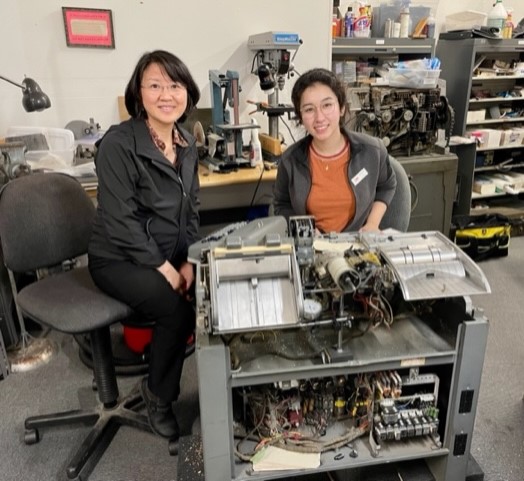
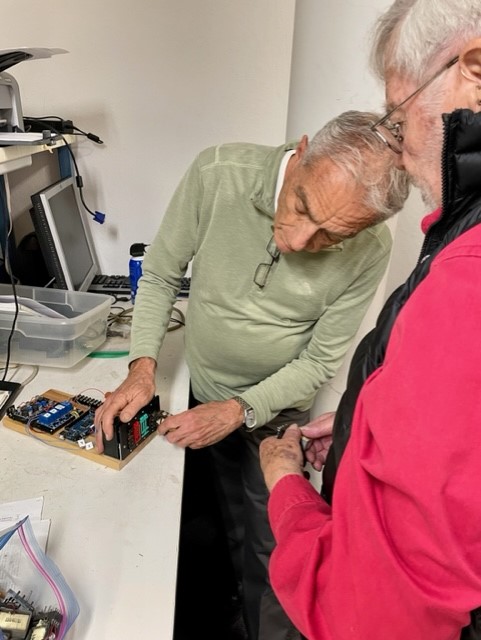

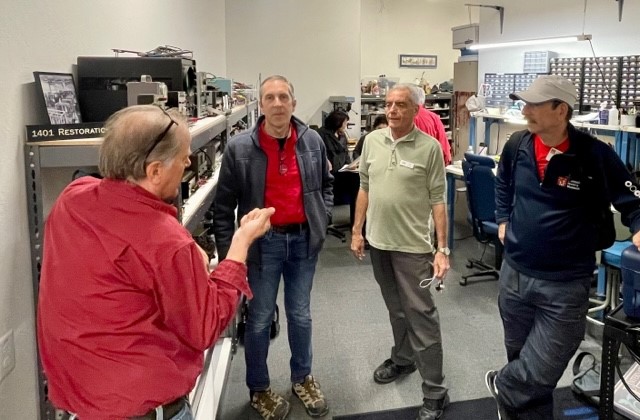
Fully expecting the "mess" that Jack warned us about, Frank, Stan and I began by testing the CT 1402 with a known good BigPrint deck and found it to be intermittently working once, but then it started throwing read checks upon subsequent loads and failing to feed cards thereafter. Frank stepped through with the 1401 on Storage Scan mode and the results were inconclusive. Attempts to re-run the deck resulted in it just attempting to feed but not pulling any cards. Frank suspected that behavior is a result of a relay problem. As such, relay testing was continued...
7 - 0.9
8 - 0.79
9 - 0.93
10 - 0.79
11 - 0.75
12 - 0.82
13 - 0.94
14 - 0.98
15 - 0.74
16 - 1.24
17 - 1.44 (bent) #24 on official 1402 schematics
18 - 1.90
19 - 0.98
20 - 0.38 (bent)
21 - 0.57
22 - 0.98
23 - 0.81
24 - 1.23
25 - 1.52
26 - 1.69
27 - 0.92 (burnt looking pins on relay itself)
28 - 0.99
29 - 1.04
30 - 1.87
31 - 1.69
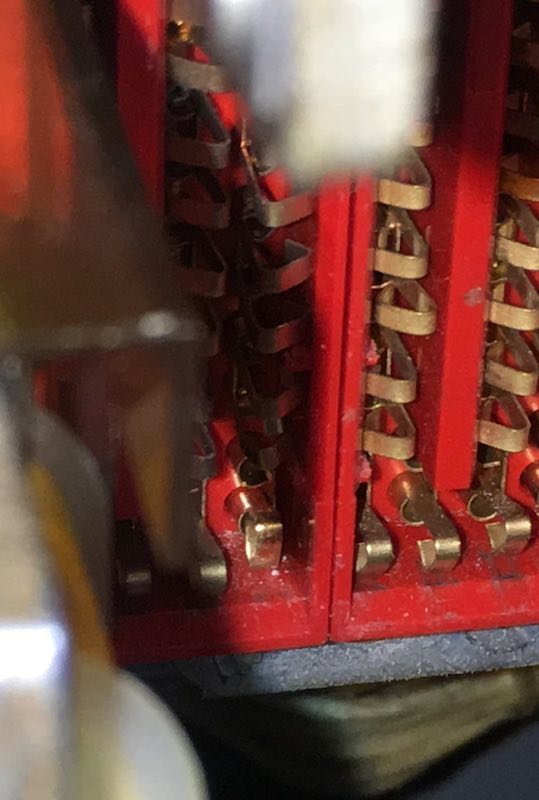
Very difficult to photograph, but you can see the receiving pin is pushed in.
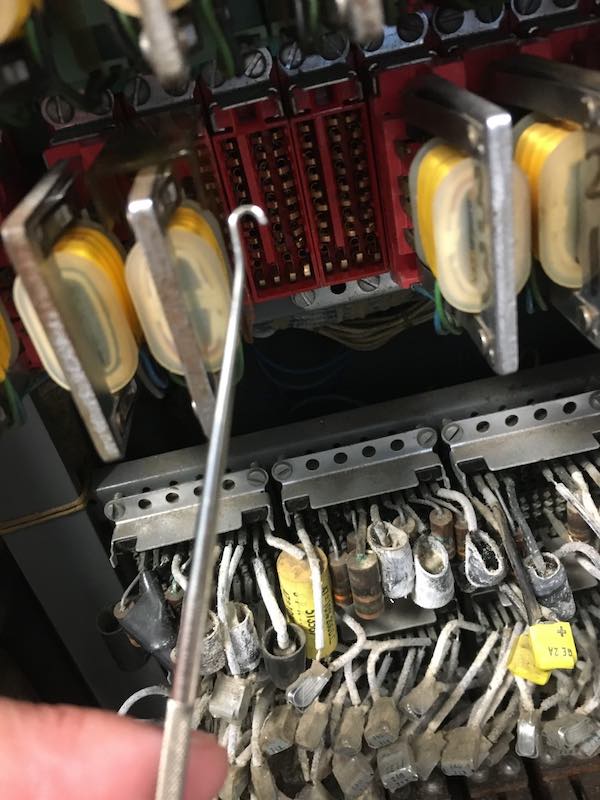
Stan says "The "dental tool" is a spring tool."
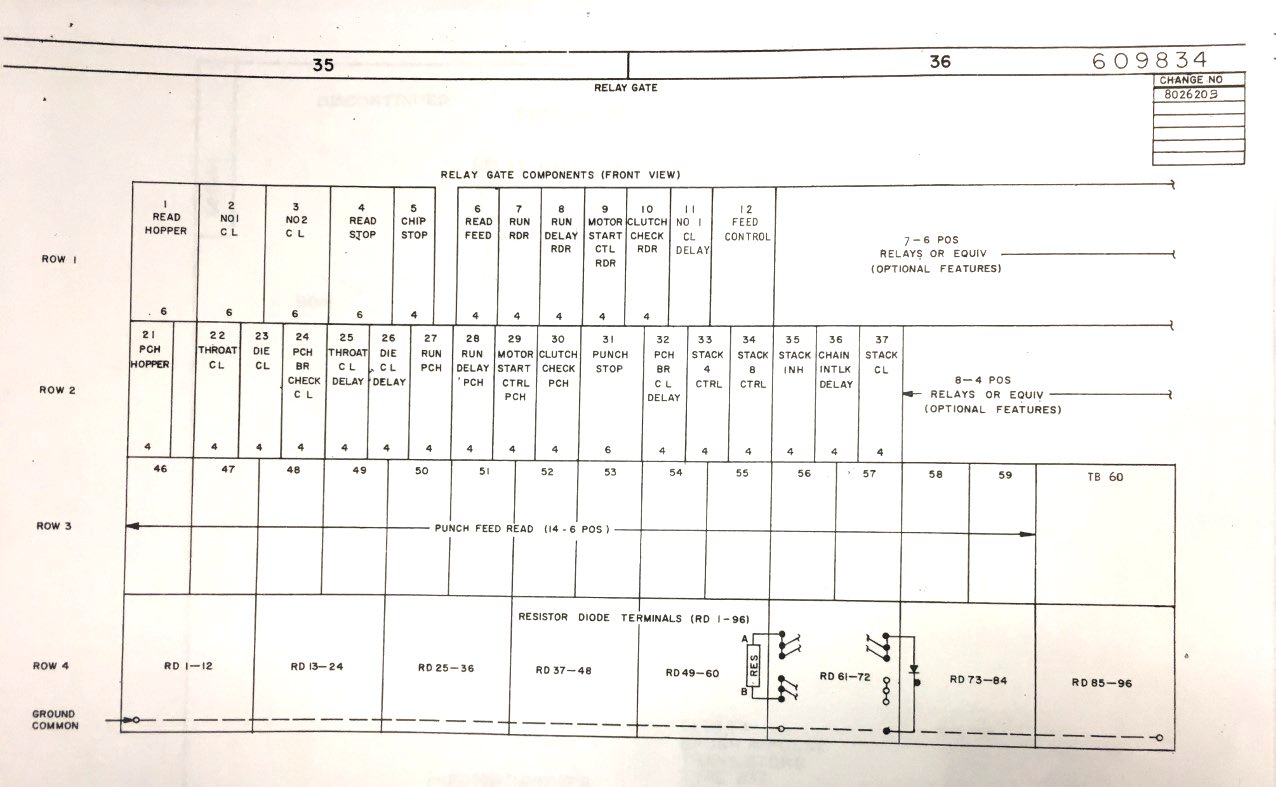
("BR" stands for Brush)
There are 13 relays on the top row in the unit itself, I am not sure why it only shows 12 in the schematics, or why numbers 13 through 20 are skipped.
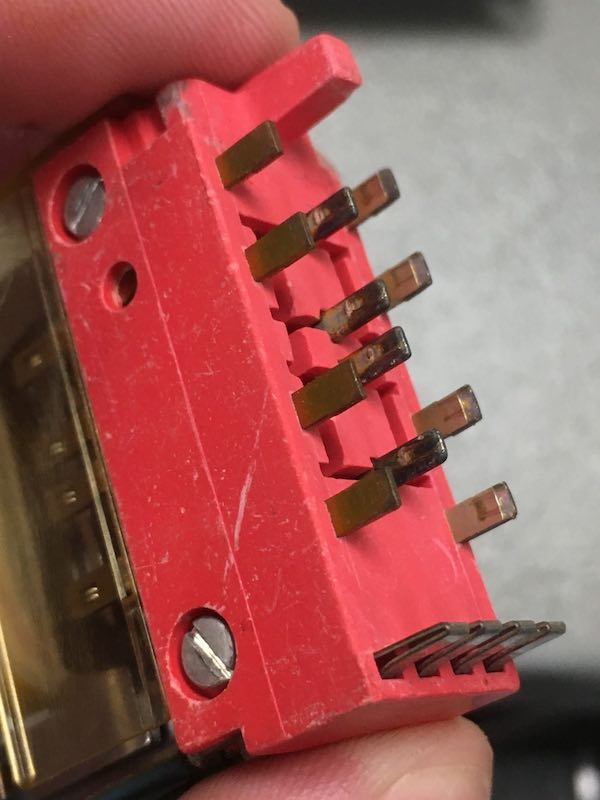
The metal relay-puller/extractor tool was taken from -- and returned to -- Marc's complete IBM tool case.
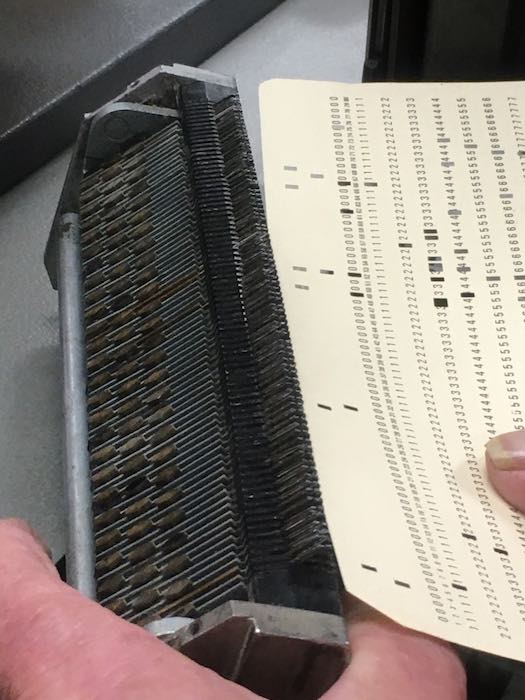
The brushes are extremely fragile looking and it doesn't seem like it would take much to set them off alignment.
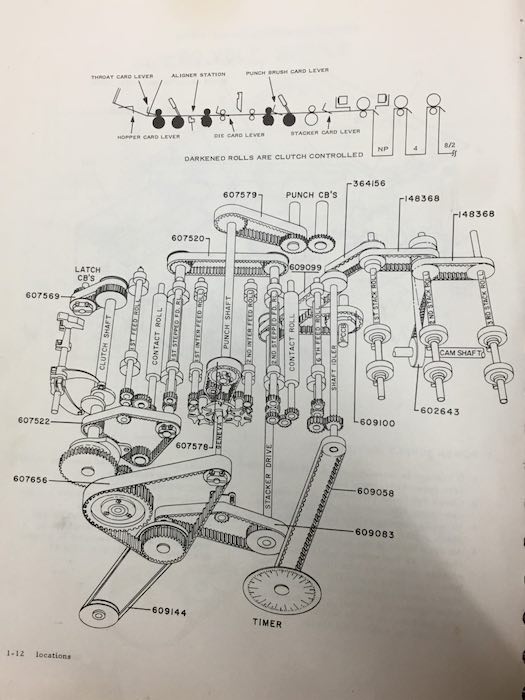

Summary: Tape drives all run from the TAU. The DE Punch Check light is a mystery and I don't understand how it happens.
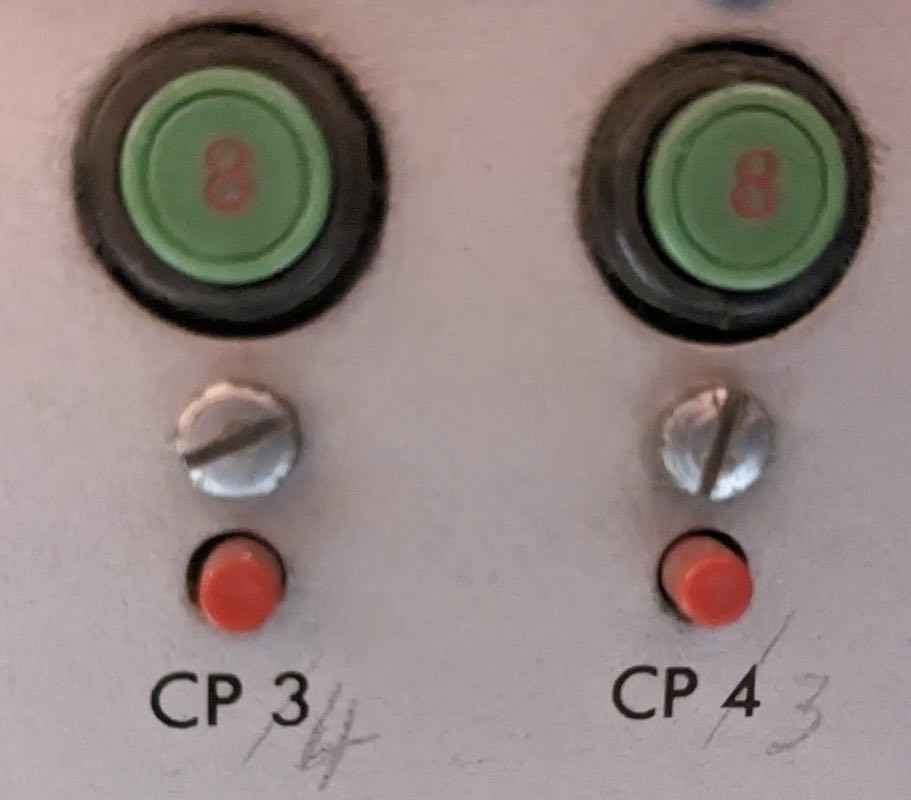
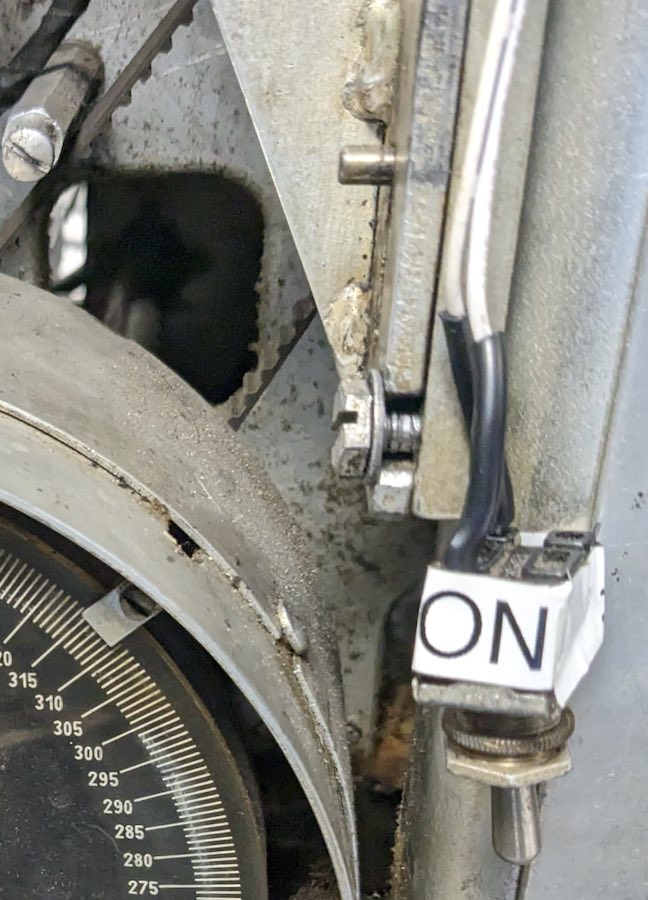


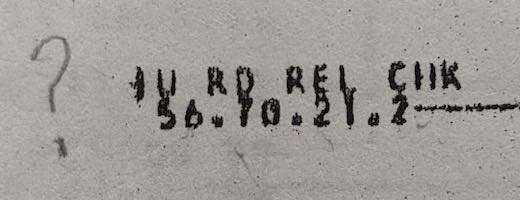
That's it for this week. 6 hours.
DC
with comments from David Clementson and Ignacio Menendez
Bill Worthington and I gave the 11:00 AM demo to 22 people plus 8 more who wandered in late. We had foreign visitors from Belgium, Brazil, and China.
jghiselli@sbcglobal.net mobile 1-408-839-1051
from David Clementson
from Ignacio Menendez
If the simulator is connected, via the rear square connectors, to either of the DE or Conn. drives, the SIMULATOR MUST be turned ON as well, or many or all drives will fail to operate correctly….
If in doubt, disconnect the cables from the simulator and connect a terminator on the last drive of the string.
1401 Restoration Hours: 4/12/2023
Clementson, David 6
Garner, Robert 4
Howard, John 4
Kim, Mariane 6
King, Frank 5
Lion, Rob 6
Paddock, Stan 5
Shirriff, Ken 4
Szolyga, Tom 6


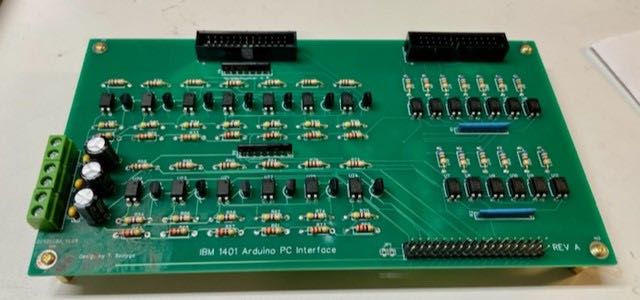

From: David Clementson
Subject: Restoration Report for 04/12/2023
That's it for this week. 6 hours.
___________________________
From: Mariane Kim
Subject: 2023-04-12 Restoration Report
Status: Operational
Sam Plainfield and I started by duplicating some decoder cards. We noticed that the characters printed were, for the most part, correct. However, there were a few apparent outliers. The most obvious examples were a punched S or V printed a K and an N, respectively. Looking at the code plate chart provided by IBM, this indicated a vertical misalignment. We loosened the locking screws and made minor adjustments to the adjusting screws to reposition the code plate.

We didn't verify using 500 cards, but duplicating approx. 15 cards showed that the printing problems were fixed. This unit can now be used for demonstration purposes until the keypunch in the workshop is repaired.
Relay #
Highest Resistance Contact (ohms)
2023-01-18 2023-04-12
1 1.14 2.25
2 1.7 0.94
3 2.3 1.39
4 0.77 0.75
5 0.41 1
6 0.37
7 0.6
8 0.39
9 0.42
10 0.53
11 0.66
12 0.89
13 0.72
Mariane
Two demos were given. One was for a group of international diplomats at 1:20. The other was the normal 3:PM demo.
Bill Worthington and I demonstrated to 43 people. We used CT, which worked OK.
Peter Chang and I gave the 1401 Demo to 43 people, plus mini-demos to 8 more who wandered in later. We had foreign visitors from China, Germany, India, The Philippines, Russia, and Ukraine.
ghiselli@sbcglobal.net mobile 1-408-839-1051
Here’s the 1401 Restoration Status Report for Wednesday, April 5th:
Clementson, David 6
Howard, John 4
King, Frank 5
Lion, Rob 5
Luo, May 5
Paddock, Stan 5
Shirriff, Ken 6
Szolyga, Tom 6
___________________________
From: Ken Shirriff
Subject: CHM status April 5, 2023
Date: April 5, 2023 at 7:42:30 PM PDT
To: Robert Garner
Summary: CT card reader working, DE tape drives cleaned. Two problems mysteriously went away.
Jack left a detailed note describing the problems with the CT card reader.
I ran the Bigprint #4 deck three times successfully (see photo), so the card reader seems to be working now.
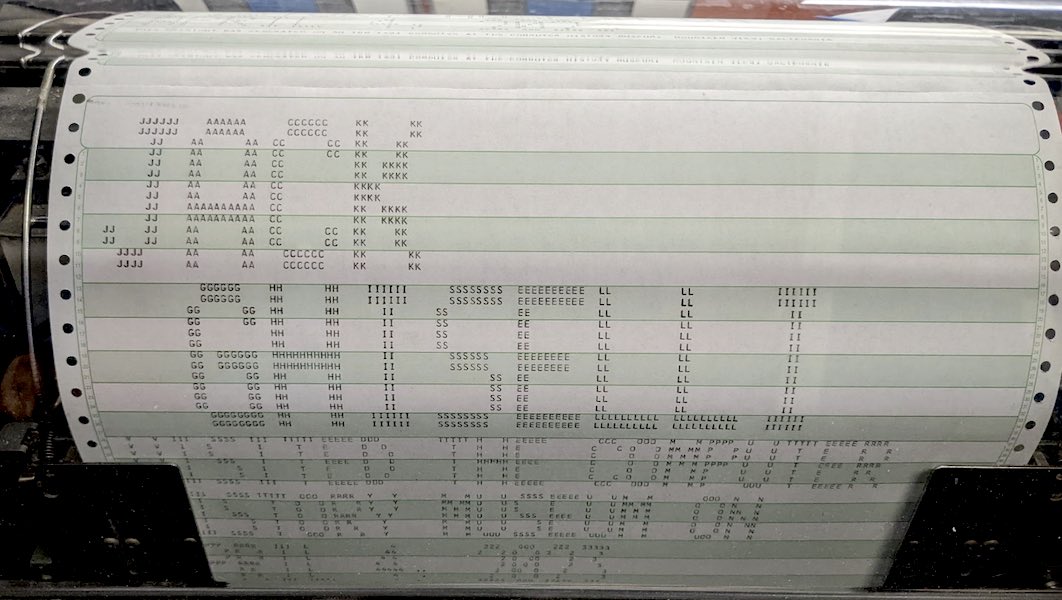
May and Frank cleaned the drives which fixed #2. #3 continued to have skew errors. I looked at the signals for the 1, 2, 4, 8 signals in the TAU. When drive #3 was selected, the 2-bit signal had several volts of noise (cyan below), even when not actively reading a tape. When a different drive was selected, there was no noise. I believe this noise was triggering the skew error, not an actual skew. And the problem appears to be in the tape drive.
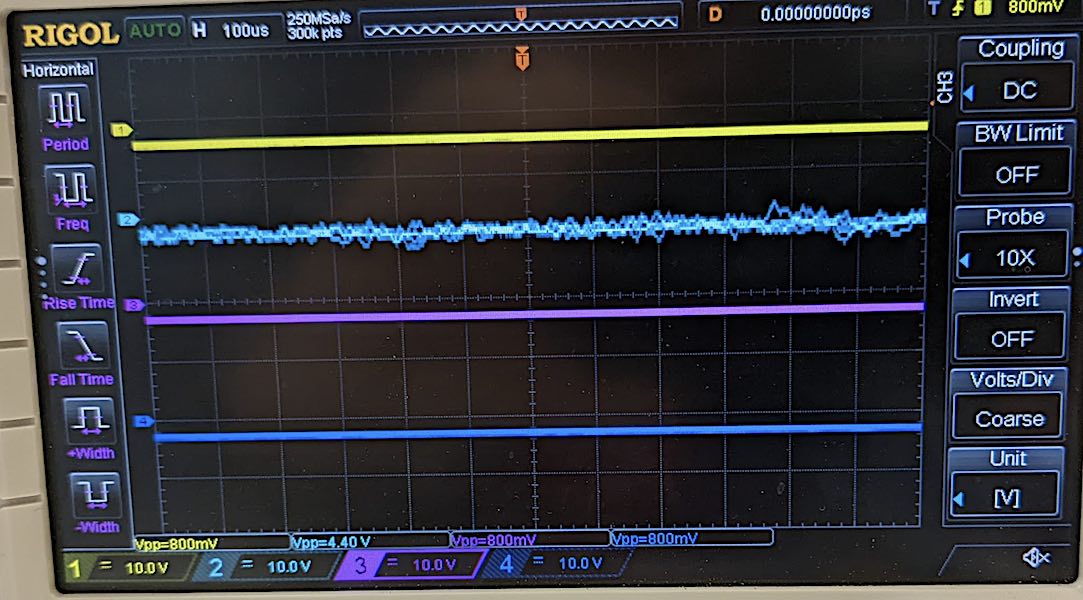
I probed multiple signals in the drive and got puzzling results; bit 1 seemed to be dead and I couldn't find a source for the noise on bit 2. Then the drive started working properly. I suspect there was a bad connection somewhere in the amplifier circuitry in the drive, but the fix is a bit unsatisfying. Now all three DE drives can write mostly error-free.
Ken
from: David Clementson
Subject: Restoration Report for Weds. 04/05/03
Date: April 6, 2023 at 11:54:00 AM PDT
To: Robert Garner < robgarn@mac.com >
That's it for this week. 6 hours.
Scott Stauter, assisted by Duane Sand, and I gave the demo to about 50 guests. The guests appeared to be happy with the Demo despite the problem encountered.
We have no working Big Prints to go along with no card reading 1401s.
At the end of most recent demo, Saturday 4/1/2023, both 1401s were unusable. The DE1402 had a PUNCH CHECK error which prevented it from reading cards. The CT1402 had a card jam, so it also couldn't read cards. The demo team also reported problems with all four copies of BigPrint decks. And, the SF Giants baseball team wasn't doing well. Things were not looking auspicious for next Wednesday's demo. So I came in today (Tuesday 4/4/2023) to see if I could help.
Hopefully, the Esteemed Restoration Team can look at this Wednesday morning.
2A. Sometimes if you press down on the card weight with your thumb it seems to help, but sometimes not.
2B. If you remember your card-handling training, and are very careful, you can recover from each READER CHECK. Thus you can run programs on CT, but you have to be patient and careful. A demo would be possible, but clumsy.
2C. Hopefully, the Restoration Team can look at this Wednesday morning.
3A. We seem to have some confusion identifying specific decks, so I marked the four BigPrint Decks #1, #2, #3, and #4.
3B. I checked all the decks by using VOBJ, and by trying to run them.
3C. BigPrint Deck #1 was OK. Not sure if it actually caused problems. No fixes needed.
3D. BigPrint Deck #2 was missing the last four (4) cards, sequence numbers 108, 109, 110, and 111. I recreated these, and the deck now works.
3E. BigPrint Deck #3 had a damaged first card. I recreated it, and the deck now works.
3F. BigPrint Deck #4 had a lot of problems:
3G. There are now four (4) good BigPrint Decks in the Demo Cart Tray. I rubber-banded the run results to each deck as proof they're good.
3H. I suggest we Lead Demo guys consider holding some additional training in card handling (especially recovery from Reader Errors) and in verifying object decks suspected of badness.
jghiselli@sbcglobal.net mobile 1-408-839-1051
Read the report (below) and offer a couple of comments to pass on re 729s and
TAU Emulator
1401 Restoration Hours: 3/29/2023
Clementson, David 6
Garner, Robert 4
Howard, John 4
Kim, Mariane 6
King, Frank 5
Lion, Rob 6
Paddock, Stan 5
Shirriff, Ken 6
Szolyga, Tom 6
Verdiell, Marc 3
Detailed reports & photos:
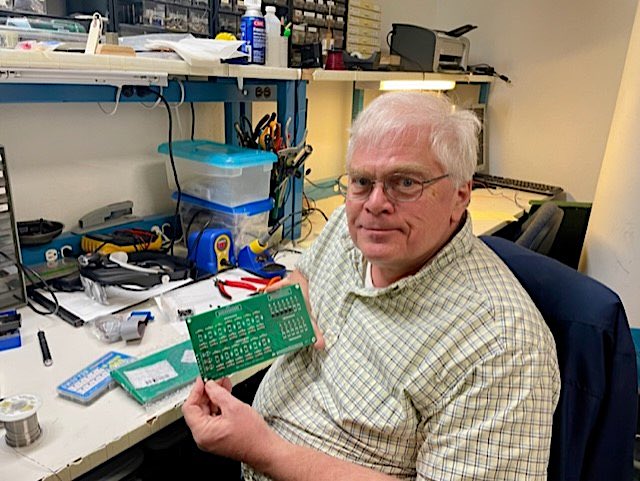
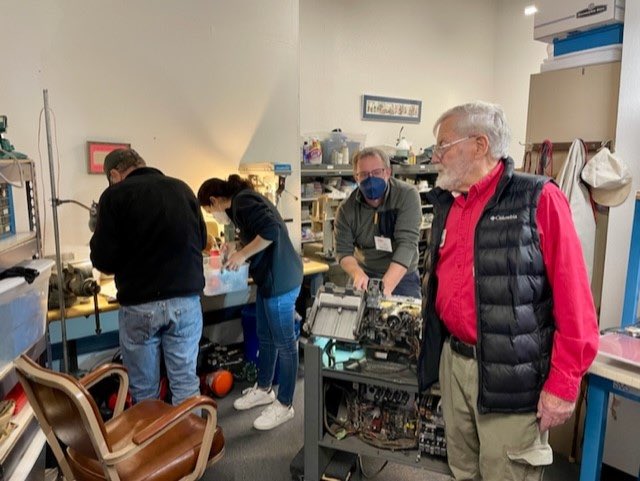
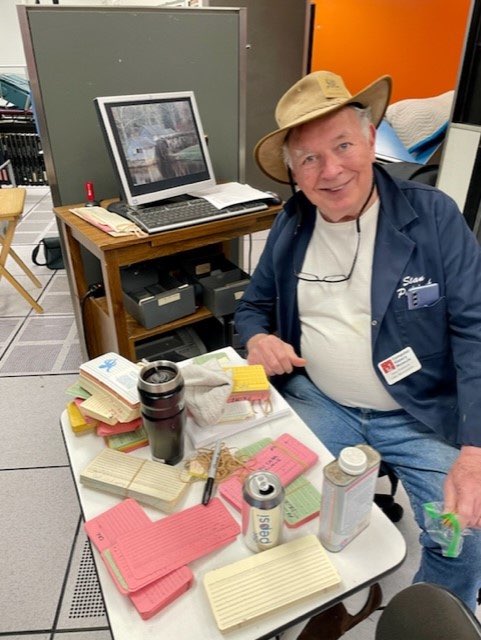
From: David Clementson
Subject: Restoration Report for Weds. 03/29/03
That's it for this week. 6 hours.
From: Mariane Kim
Subject: Re: Restoration Report for Weds. 03/29/03
Inking:
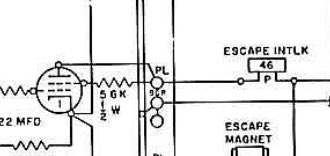
Frank recommended we use this position to test the tube because the signal will stay on the longest in this position.
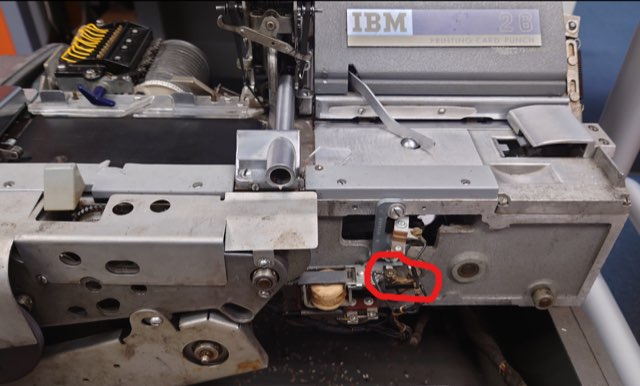
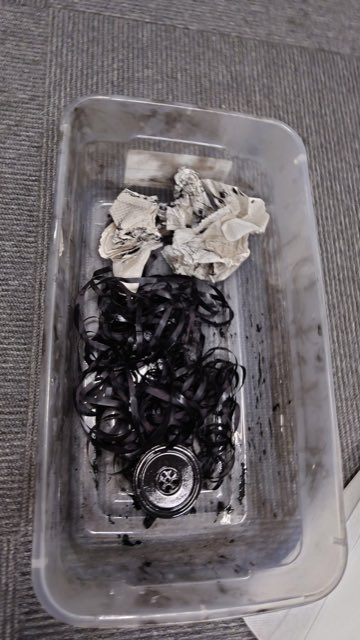
From: Ken Shirriff
Subject: My CHM status Mar 29, 2023
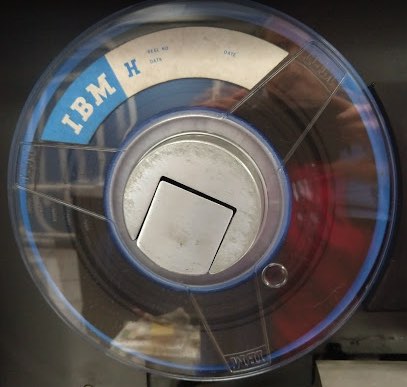
———————————————————————
(Robert included this 729 Preventative Maintenance Checklist from Ignacio Menendez - Nov 2, 2022)
Link to original
Yash Lala and I gave the demo to about 50 people. Yash did an excellent job as a new operator. Pat Buder, who did the 11:00 AM demo, stayed around to help out. His help was greatly appreciated. Pat stayed after Yash and I left doing what Pat loves to do: mini demos.
On Wednesday Scott Stauter and I gave the demo to 38 visitors. We ran on
CT, which performed well. Our only problem was that the printing on
keypunch #2 was extremely faint, so we didn't use it.
1401 Restoration Hours 3/22/2023
Clementson, David 6
Garner, Robert 4
Howard, John 4
Kim, Mariane 6
King, Frank 5
Lion, Rob 5
Luo, May 5
Paddock, Stan 5
Szolyga, Tom 6
Verdiell, Marc 6
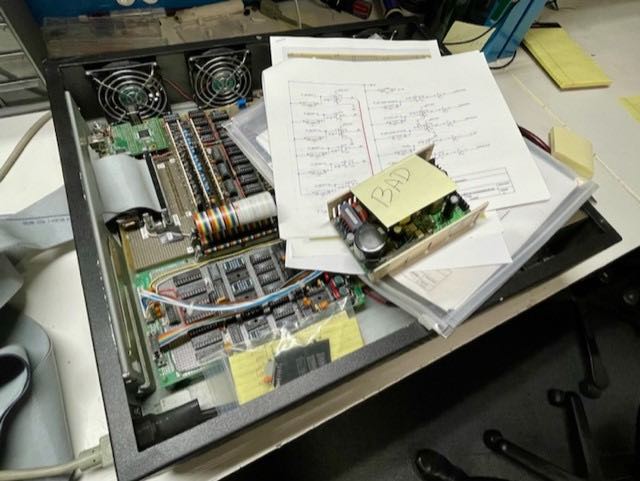
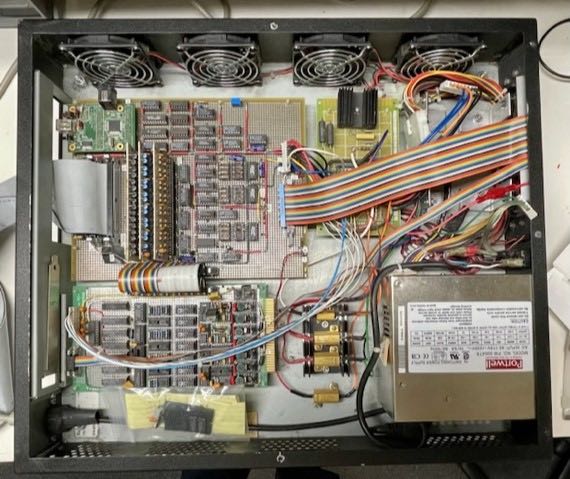
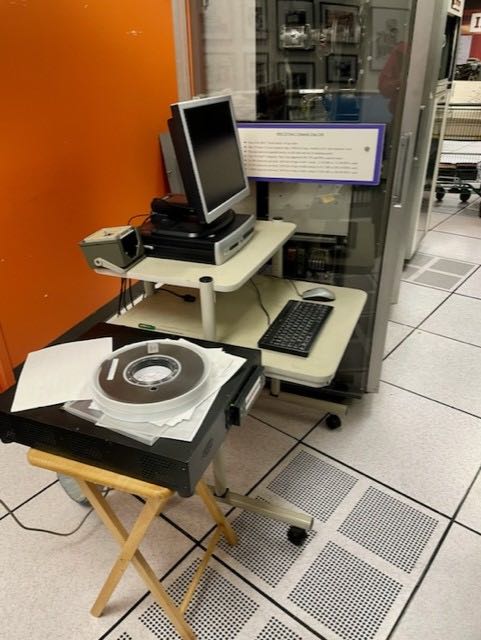
That's it for this week. 6 hours.
I agree that experimenting with different inks and different "soak" times. Have we already decided on ink candidates to purchase? I had found an
oil-based ink on Amazon, I can purchase it and bring it in next week.
Last week, I had wanted to try the 1403 music decks. The first deck we found didn't work, so I printed the deck with the intention of reviewing it.
-Rob
#1 keypunch (third from door); it has too much ink but prints fine;
#2 it did not reverse and was printing OK after I manually reversed it. I reversed it manually several times and it seamed to work fine. I did not figure out why it did not reverse.
#3 it also did not reverse but was outside the lever that causes it to reverse. When I pulled the ribbon back to thread it through the reversing lever, it broke in two, next to the reversing grommet. I tied the ribbon back together close to the grommet. I then ran it through several reversing cycles.
The #2 and #3 keypunches should be checked to insure they are not at the end of a reversing cycle and are printing OK, next time someone is in. I plan to be there next Wednesday.
This Weds I was involved with the team on inking, tape emulator debug, and congratulated Tom on his serial interface card release. In my basement the relay tester (engineering model) now functions for the wire relay and runs with a single 110 volt input power supply.
John

AND
Robert,
The relay tester is not quite ready for use by others. On the plus side at least its all on a single board now.
I will chat with Stan; it was my impression that the need for testing wire relays was relatively low. My plan was to focus on a graphical user interface as the next step, but we could put it into a box soon, and do incremental user interface upgrades.
John
Larry Hara and I gave the 1401 demo to 60 people, plus a mini-demo for 2 who wandered in later. We had international visitors from Brazil, Italy, and Japan. We ran the demo on CT, which generally worked well.
jghiselli@sbcglobal.net mobile 1-408-839-1051
1401 Restoration Hours 3/15/2023
Clementson, David 6
Garner, Robert 4
Howard, John 3
Jelsema, Dale 5
Kim, Mariane 6
Lion, Rob 6
Paddock, Stan 6
Szolyga, Tom 6
There wasn’t much that needed to be debugged, fixed, or repaired this work session! :)

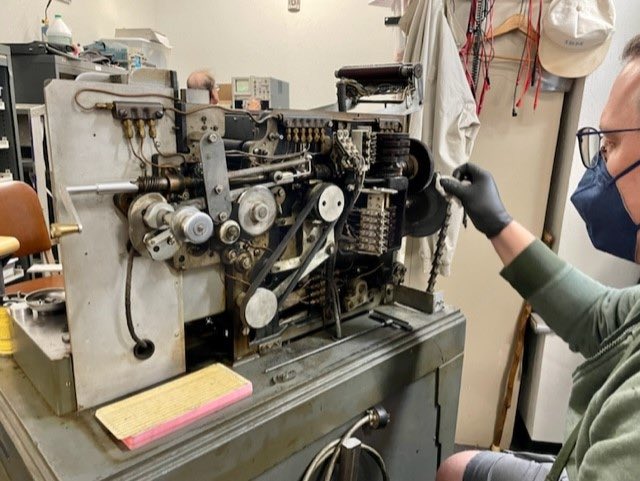
from David Clementson
That's it for this week. 6 hours.
Print quality was greatly improved.
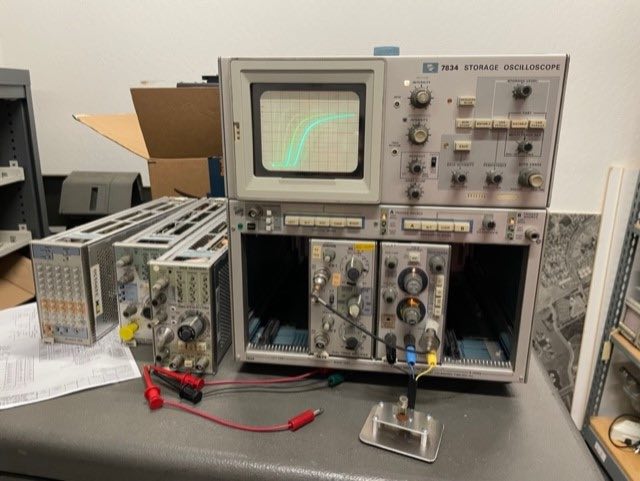
https://youtu.be/B4YM_ljELl4
(“Diode gone wild” youtube channel)
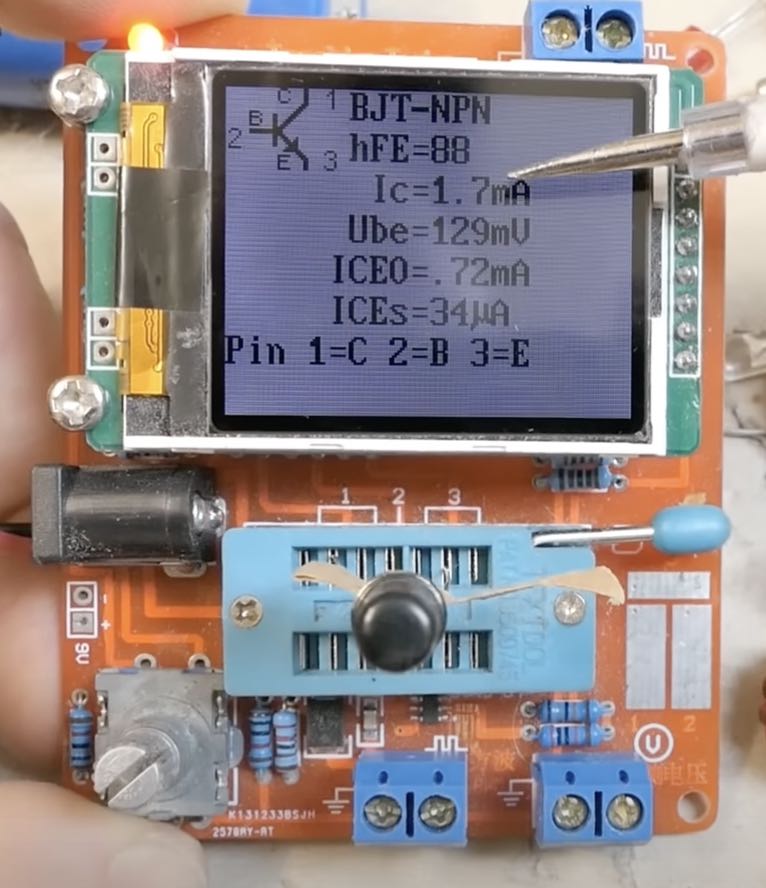
From KateMcGregor - March 13,2023 2:17 PM
Kate McGregor
Director of Education
so audience doesn't get bored
http://ibm-1401.info/DemoProgs.html#Pi500-25
http://ibm-1401.info/DemoProgs.html#KS-Pi-DemoPrint
-Ed Thelen
The two decks are on the CT 1402, with sample Print-outs and Autocoder listings in case any of you hotshots want to modify them.
Sent from my iPhone
1401 Restoration Hours: 3/8/2023
Clementson, David 2
Garner, Robert 4
Howard, John 3
King, Frank 4
Lion, Rob 5
Paddock, Stan 4
Shirriff, Ken 4
Szolyga, Tom 5
Verdiell, Marc 3
There wasn’t much that needed to be debugged, fixed, or repaired this work session! :)
From: Robert Garner
Subject: Re: DHF card (was Re: status report Mar 1, 2023
Date: March 7, 2023 at 8:53:00 AM PST
To: Ken Shirriff
I now suspect that only T2 is bad.


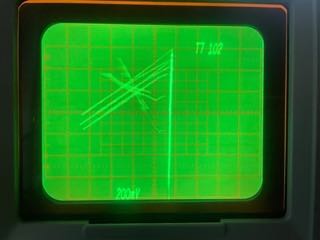
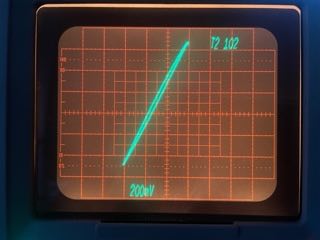
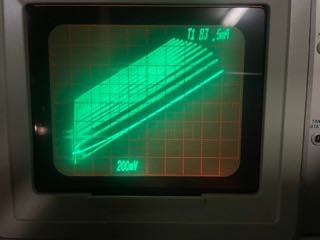
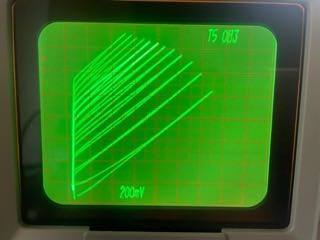
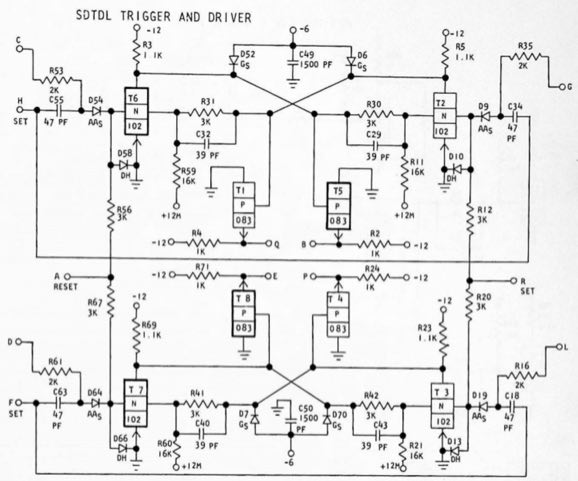
Subject: Re: Curve tracer coerced into workjng
Date: March 8, 2023 at 5:34:35 PM PST
To: Robert Garner
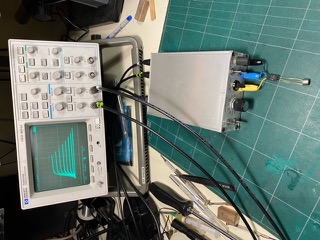
Subject: Curve tracer coerced into workjng
Date: March 8, 2023 at 5:28:09 PM PST
To: Ken Shirriff
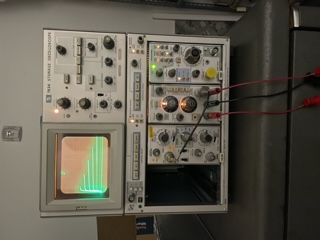
Subject: Re: Curve tracer coerced into workjng
Date: March 9, 2023 at 9:59:04 AM PST
To: Robert Garner
On Wednesday, 3/8, Scott Stauter and I gave the demo to 30 people.
Another 15 came by before or after. They were from Germany, Japan, and
Vietnam. I had a long conversation with a professor from the University
of Nebraska before the demo. Frank King was just leaving as we started,
so I had the audience give him a hand on behalf of the restoration team.
Then it would skip to the next page and repeat. I believe both of these
problems were due to shuffling the decks during the demo. Jack had run
his verification program on the decks on Sunday, so they were good then.
Jack, please do your magic on the decks again for Saturday.
from Jack Ghiselli - morning demo
In the morning Larry Hara and I gave the IBM 1401 demo to 50 people, plus mini-demos to 5 who wandered in before or after. We had international visitors from Argentina and India. We ran on CT, which worked well during the demo. However, when running BigPrint for visitors after the demo, the CT1402 stopped reading cards. We tried non-process runout of both the Reader and Punch sides, running non-process runout for an extended time, and changing the first card of the load decks. Nothing worked, so Larry moved over to DE to run the BigPrints.
(The 1402’s aged/corroded relays can become bamboozled and lock up.)
jghiselli@sbcglobal.net mobile 1-408-839-1051
Larry Hara and I demonstrated to 65 visitors. We used CT. We had some problems with CT reading cards but managed to get it working right. We had no other equipment problems.
and Update
from Robert Garner - 1401 Restoration Hours: 3/1/2023
Clementson, David 6
Garner, Robert 4
Kim, Mariane 6
King, Frank 6
Lion, Rob 4
Paddock, Stan 6
Shirriff, Ken 6
Szolyga, Tom 5
Verdiell, Marc 3
Detailed reports & photos:
------------------------------
From: Ken Shirriff - Subject: status report Mar 1, 2023
Summary: I found a bad SMS board in the CT TAU that prevented writes from working. I gave Robert the board so he can test the transistors and fix the board.
A few weeks ago, I noticed that the CT TAU didn't show any data on the panel when writing to any of the tape drives. Probing the drives and the TAU led to the Write Clock 1 trigger, which was stuck. The write clock triggers form a binary counter to time various things during the write cycle. But bit 1 was stuck. This problem is obvious from the TAU panel if you know what to look for, which I didn't. Specifically, the write clock below is stuck at 1 rather than resetting to blank and then all flashing during operation.
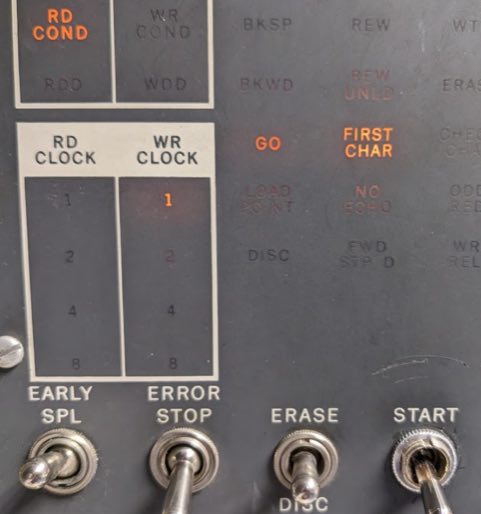
Here's the trigger in ALD B9.20.20.1. The DHF board is the trigger card.

I swapped the DHF board with the neighboring DHF board, which moved the problem to write clock bit 4, confirming the problem is with the card. The spare cards in the filing cabinet looked dodgy. I tried one but it didn't fix the problem.
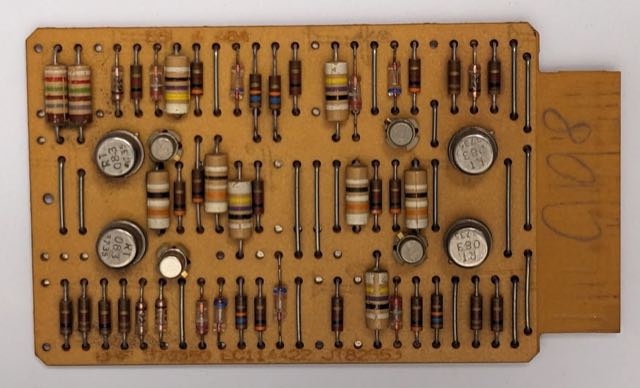
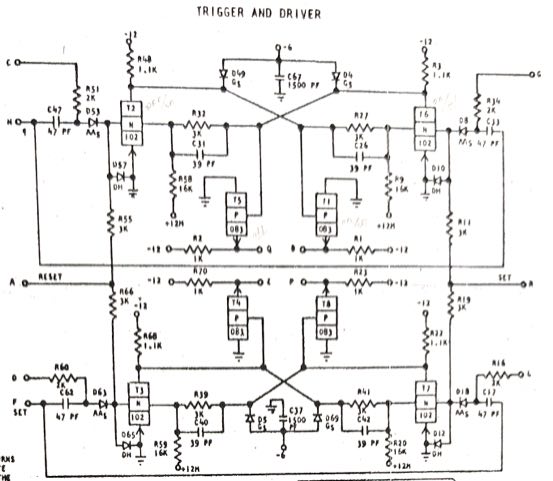
As far as the bad transistor, my guess is that T2 is weak, so the flip-flop stays in the on state. Or maybe T6 is bad. Less likely, T1 or T5 could be the problem.
That's it for this week.
6 hours.
Brief report this week. I worked with Frank, Dave, Rob and Stan on the following inky projects:
- Mariane
Subject: Re: DHF card (was Re: status report Mar 1, 2023 Date: March 2, 2023 at 6:50:36 PM PST
Update - March 7th
Ken,
The DHF entry in your amazing SMS card database does not have the component placement. :)
(Carl/Marc’s scan is also higher res. :)
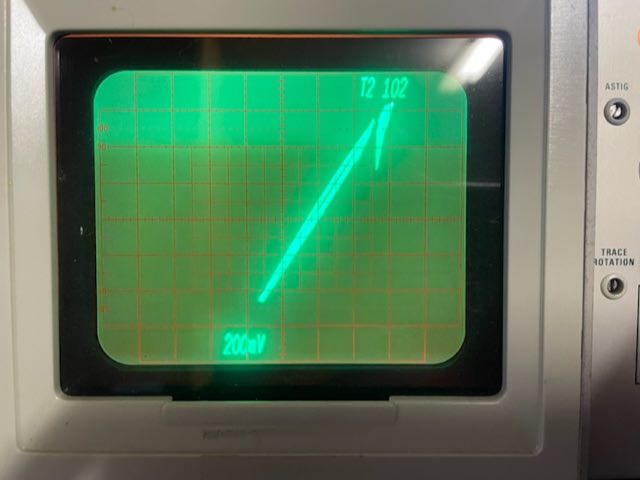

A “normal” germanium PNP (Russian made!):
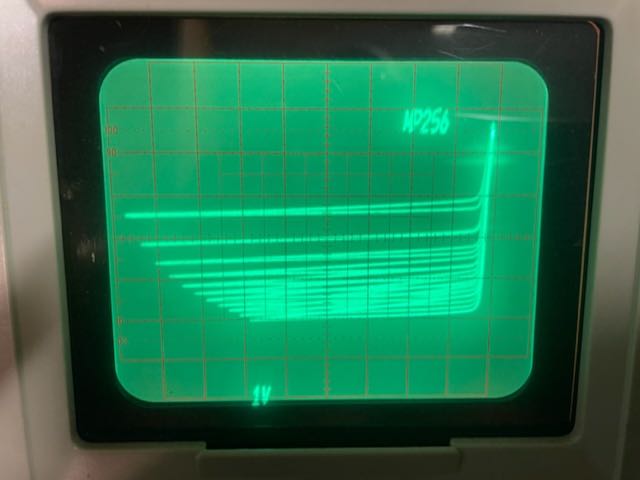
And a PNP IBM 033, slightly loopy:
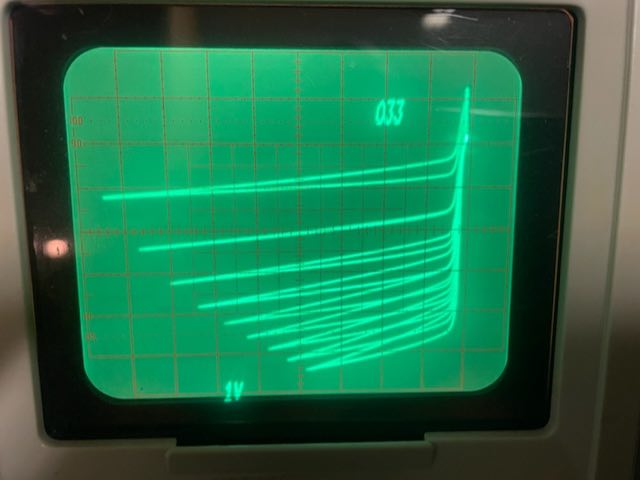
3/3 update: Here’s T1, a NPN 083, not exactly saturating, perhaps more applicable in a linear amplifier. :)
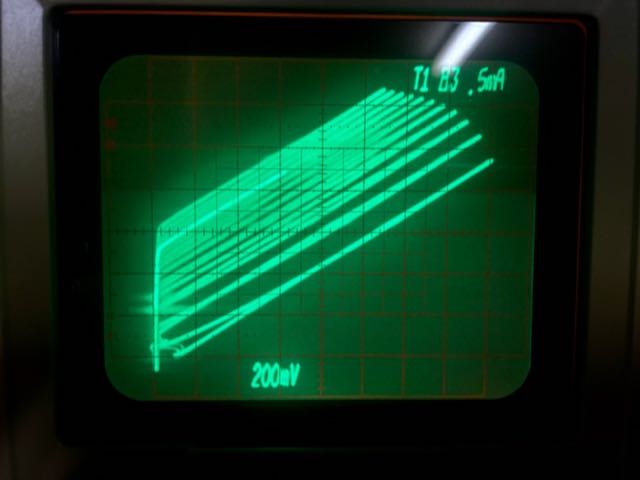
The remaining traces tomorrow...
Ken,
I now suspect that only T2 is bad.
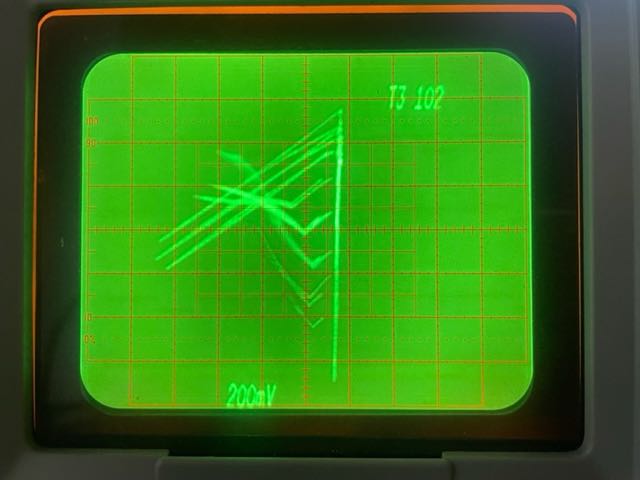

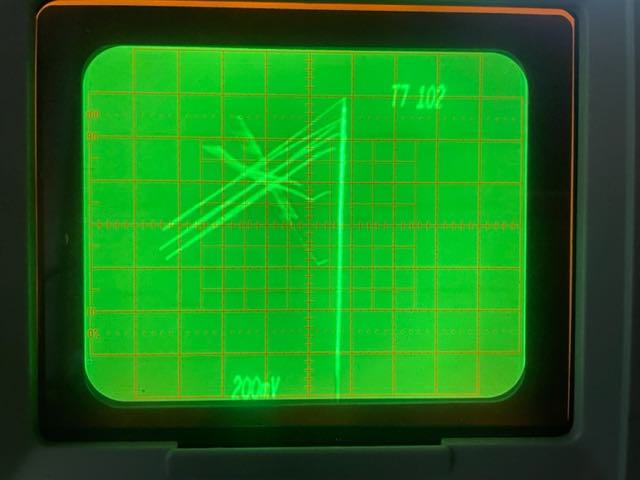

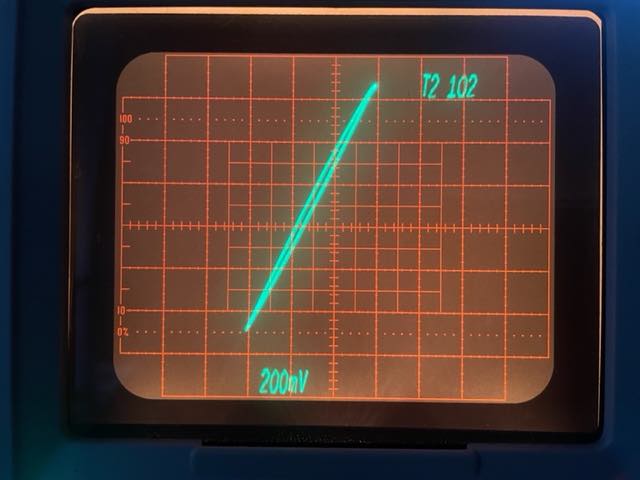
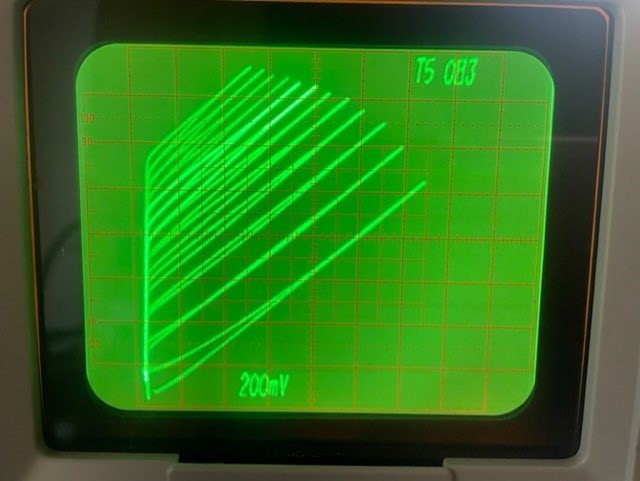

Hi Robert,
Ken,
(It didn’t want to download from Ed's/our 1401 web site, so I got it directly from Carl’s dropbox.)
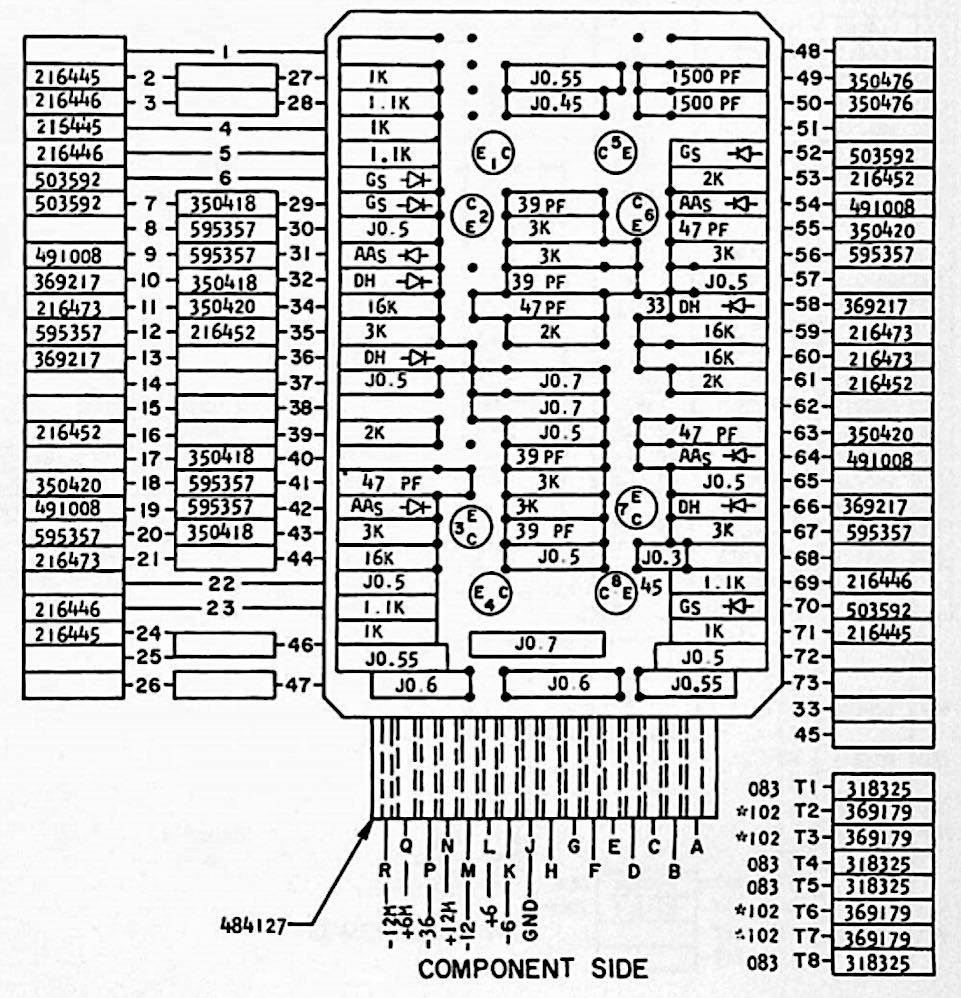

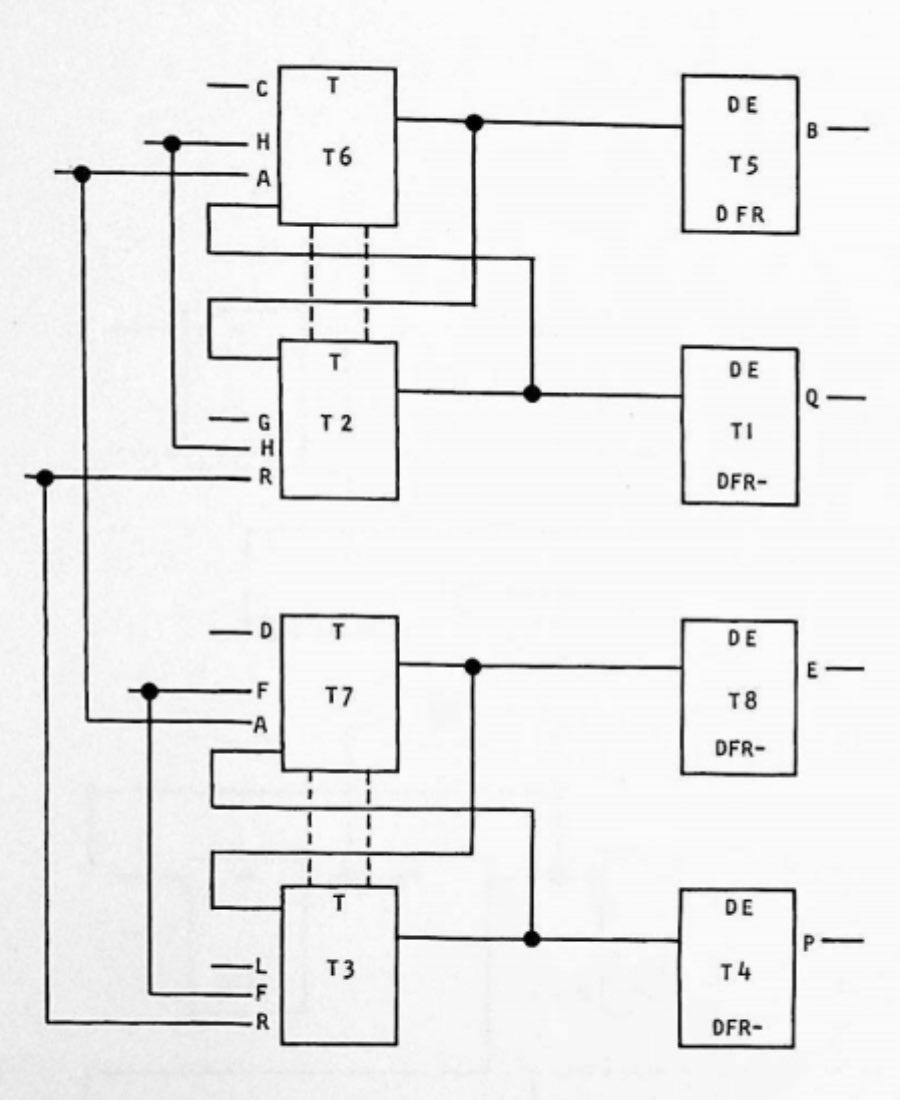
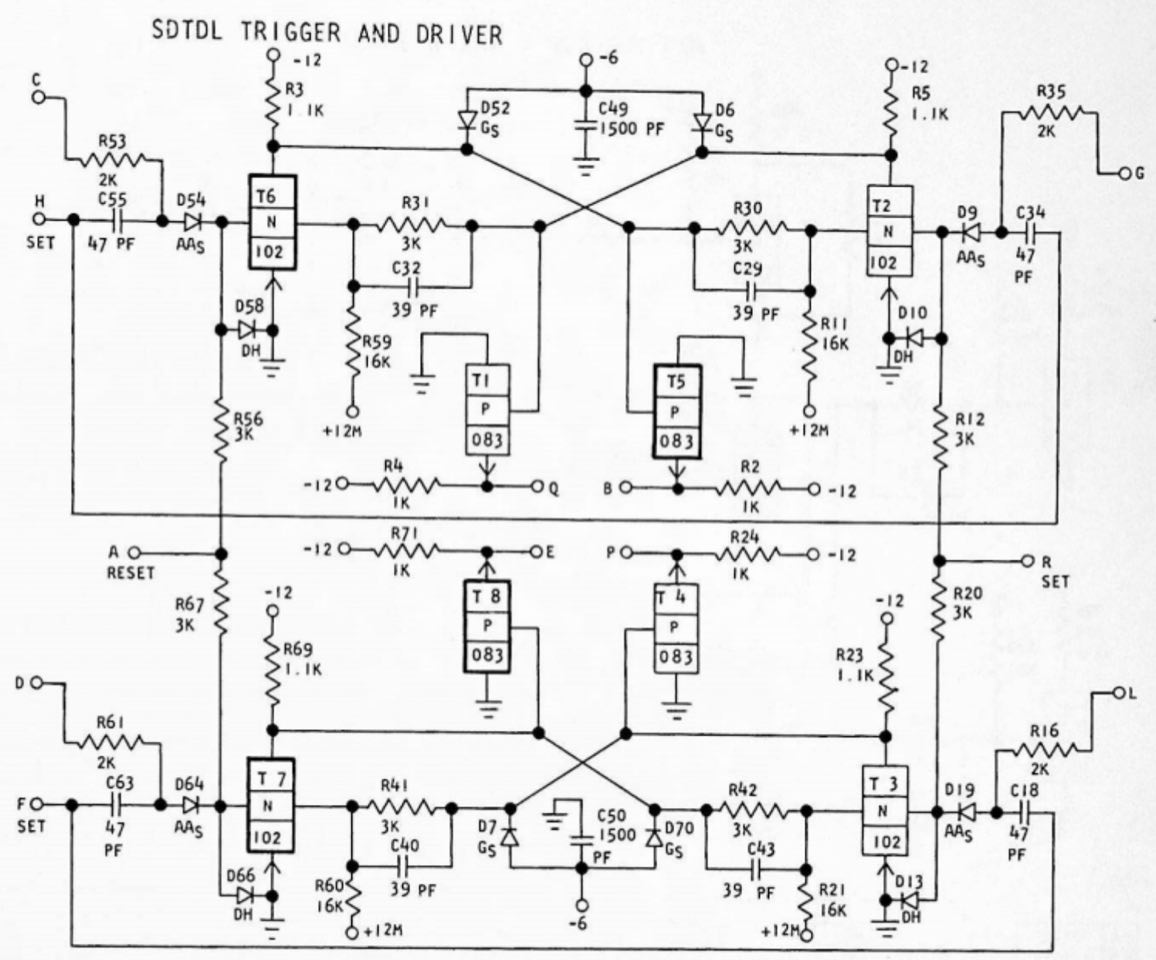
Sam Plainfield and I gave the demo to 30 guests.
Another 10 stopped by before or after the demo.
Demo - from Stephen Madsen (11:00 AM)
Demo - from Jack Ghiselli (1:00 PM)
On Saturday, February 25, 2023 at 03:01:04 PM PST, Frank King
I told Pat that the printer ribbon clutch was slipping. I Should have left a note on the printer.
I’m sorry about that. You may use the CT machine for BIG PRINT however you MUST keep the ribbon moving; Either by helping it along or reversing the ribbon. I will try to get it working Wednesday.
Sorry for the inconvenience,
Frank
jghiselli@sbcglobal.net mobile 1-408-839-1051
On Wednesday 2/22, Pat Buder and Scott Stauter reported they had an "eventful" demo. Having started with CT they discovered its newly fixed 1403 printer had another problem, so they switched to DE. In the busy demo, some demo decks got shuffled, and they didn't have time to fix them. I was concerned for the demos upcoming Saturday 2/25, so, I came in today, Friday 2/24. I didn't have much time, since I had to take my wife to the doctor, but here's what I found:
11:00 AM -- Steve Madsen & Bill Worthington
1:00 PM -- Jack Ghiselli and Dave Riazati
jghiselli@sbcglobal.net mobile 1-408-839-1051
Synopsis, from Robert Garner
Detailed reports & photos (followed by the attendance/hours-volunteered table):
Hello team,
Short summary: Problem solved! Interlock issue.
Longer version: This was the first thing we worked on when we came in. We noticed that the PUNCH CHECK light was on. Stan and Frank believed this to be due to an improper interlock connection on the punch side. We secured a few of the easier interlocks to access without success. Frank then removed the punch die from the machine, and John and I worked to reinsert it into the 1402. Once secured, the PUNCH CHECK light turned off, and we were successfully able to run a Big Print.
Short summary: Problem solved (we think...)! SMS card issue.
Long version: Everyone contributed in some way to the resolution of this issue. This problem was also approached from multiple sides.

The LS Start, LS Stop, and HS Stop lights were on when the system was turned on:
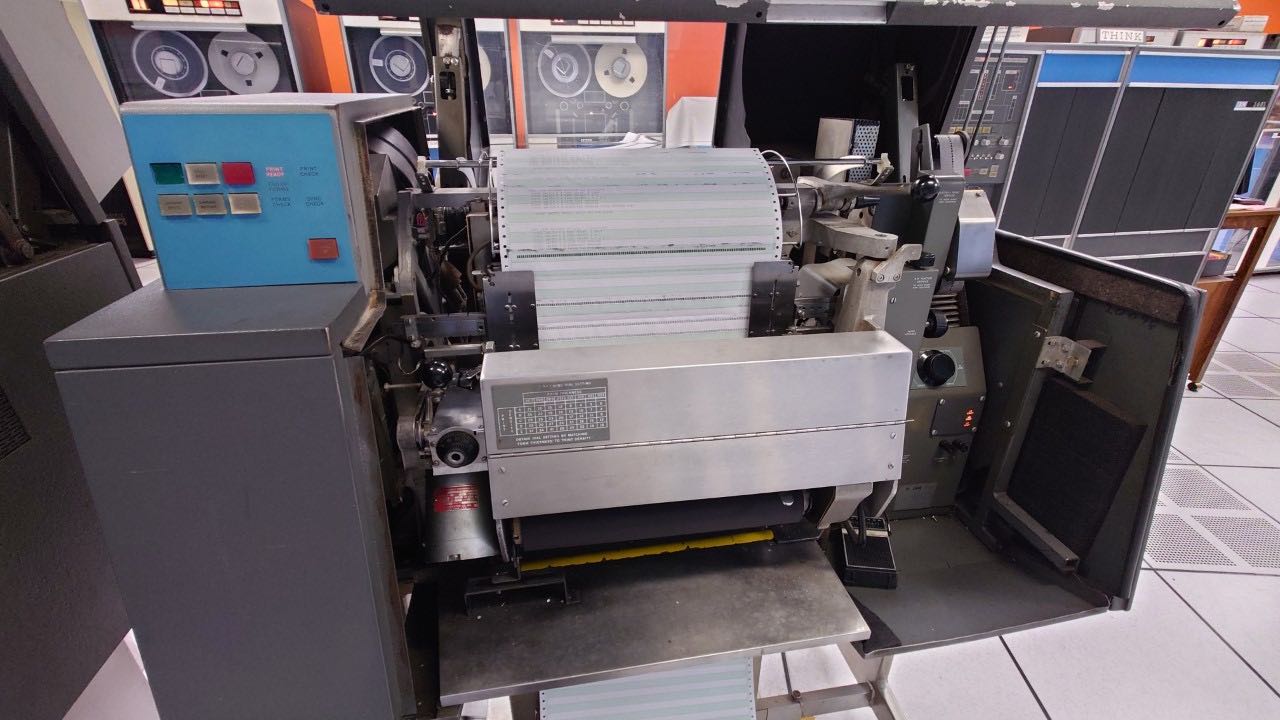
We expected the LS Stop and HS Stop lights to be on, but it seemed odd that both the LS Start and the LS Stop were on simultaneously since the logic indicated that they were mutually exclusive.
Similarly, we had high confidence that this was an electrical issue, not a mechanical one.
36.48.31.2 had some documentation of the Low Speed Start & Low Speed Start Indicator signals, so we tried to trace it back from there. While we did probe a few of the signals, the majority of our breakthroughs came from investigating the SMS cards themselves.
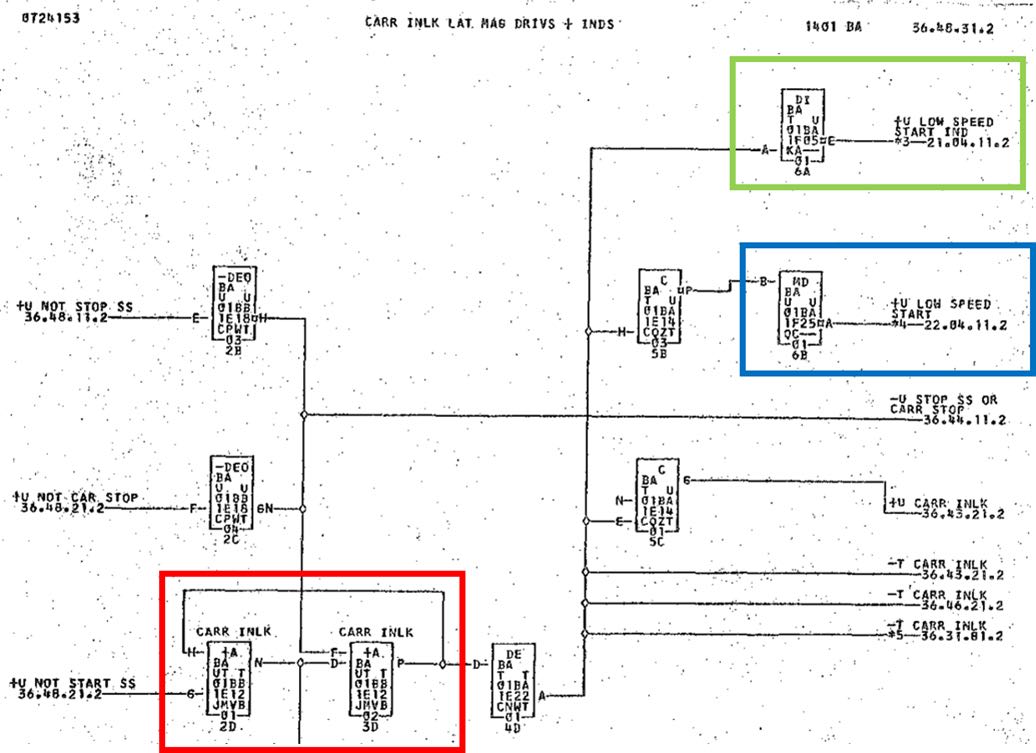
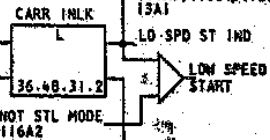
While the 3rd 026 unit (farthest from the door) awaited a new ribbon, it was brought to the workshop and one from storage took its place in the demonstration room. In the workshop, Dave was able to re-ink an old ribbon using his new re-inking machine!! The installation of the ribbon was messy (I believe Marc took a video of my hands), but when we powered on and tested the printer, the punched/printed cards passed Stan's rigorous QA.

@Ed, any feedback about point 2 would be greatly appreciated. My hands are still inky after multiple scrubbing attempts.
( see Stan's note below :--)) )
from Stan Paddock
from David Clementson
That's it for this week. 6 hours.

The Espressif ESP32 SoC is a dual-core, 32b industrial controller w/integrated motor control, WiFi and Bluetooth, and a plethora of features:

Dave authored ~1500 lines of code(!):
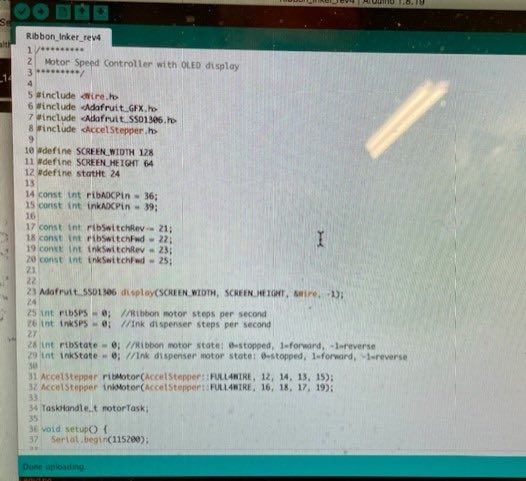
Robert,
I worked on a card punch check condition, fixed by R & R punch die and the clearing the machine. Also worked on the 1403 printer problem, issues with 3 carriage control brushes which were damaged and replaced. We learned that both a high speed and low speed operation were started and never stopped, pointing to specific logic errors in the control unit. Frank manipulated the hi low selection mechanism with the printer and found that the printer could single step and feed paper.
John
HI Robert,
Tom Szolyga
from Marc Verdiell
That was an impressive fix on the 1403. I was equally impressed by Dave’s computer-controlled-everything precision re-inking machine. The ribbon printed perfectly, uniformly dark without any blotting. It made Mariane’s fingers perfectly black too, and I have clips of the inking machine and Mariane’s hands indeed. It may make the rounds as a short YouTube video when I finally get power restored at our house…
from Robert Garner
Subject: Transistor I-V curves for the faulty JMVB SMS card (was Re: 2023_02_22 Restoration Report
Mariane,
For an example of "loopy", click here
Stephen Madsen, February 18, 2023 11:00 AM
DE will not read cards. Consequently, we were not able to run any programs. Stan Paddock was there, and he could not get DE to read any cards either. For the demonstration, we had a volunteer punch a card, ran the sorter, ran the tapes, and explained the other parts as best we could.
Unfortunately, not being able to run Big Print is a major loss to the demonstration.
-Mariane
from Stan Paddock
While we were in the 1401 demo room,
one of the 1401 demo docents came over and asked if I could get the German machine to read cards.
After trying several thing, it turns the PUNCH error light stays on.
With this light on, the 1402 will not operate.
I did not have time to try and fix it.
With the Connecticut printer being down, I had neither systems for the docents to use today.
from Stephen Madsen
We tried clearing the PUNCH error light but were not successful.
We tried non-process run out and power off/on,
but these attempts were not successful.
from David Clementson ( good to know, maybe even a fix )
http://ibm-1401.info/IBM-1403_Manual_A24-3073.pdf
http://ibm-1401.info/0KenShirriff/1403_printer_service_index_229_2039.pdf
From Pat Buder
- BigPrint during demo
- Powers of 2 during demo
- BigPrint immediately after the demo for guest name cards
Synopsys: Frank, Marianne, Ken, and Rob Lion worked on the CT 1403 that belligerently refuses to advance the paper and gleefully overprints on a
single line. During bug shooting, it even frustratingly exhibited a hardware Heisenbug. Marc,
at Tom’s request, attempted to get the 729 Tape Emulator/Analyzer up and running on the DE 1401,
trying out several 729 cable terminators. John Howard continued his design of a new, more sensitive
relay tester. (He located a 1957 IBM JR&D article "Development of the Permissive-Make Relay” that
I procured.) Dave Bennet graciously procured 200 new 729 carbon clutch brushes
for our future maintenance needs. Stan Paddock tried installing the silk 026 replacement ribbons that Mariane graciously procured,
but right out of the box, it was apparent that each was defective in some way.
From: Mariane Kim
Subject: Re: 1401 restoration status for last Weds
Unfortunately, I don't have a big update for this week, but here is a summary of what we worked on.
Thanks,
Mariane
Subject: RE: 1401 restoration status for last Weds
Worked on connecting the tape emulator with Tom to the DE 1401. When connected it would hang the tape bus on the DE machine. It prevented to select any tape. Suspect a termination problem. We tried the two termination adjustments inside the emulator (DE and CT) both had worked for be before. We tried to shorten up the tape chain – no joy. We’ll try it on the CT next week, but the tape emulator hardware might need some TLC. I had similar issues before which were traced to wires gone bad in the emulator.
Marc
Subject: Activity report
Date: February 15, 2023
This week I continued the design of a new relay tester.
Subject: relay research - Journal article
Date: February 18, 2023
Subject: 729 tape drive brushes.
Hi,
Dave
Garner, Robert 2
Howard, John 4
Kim, Mariane 4
King, Frank 4
Lion, Rob 4
Paddock, Stan 4
Shirriff, Ken 2
Szolyga, Tom 4
Verdiell, Marc 4
|
Hi,
There was no operator, so I did the demo alone. I used CT, and was not able to make the printer work, so I could run any programs. There was not enough time to switch to DE. There were 30 visitors. Stephen H. Madsen |
|
The demo was given by Paul Laughton and Kathleen O'Brien with Duan Sand as a backup.
There were about 20 guests mostly from the Bay Area. The three 029s and the 083 worked perfectly. The CT 1403 was not working so we used CT for the Tape demo only. We did the printing from DE. Our first attempts at loading programs failed with reader check errors on the first card. After we recycled the power it loaded programs properly. The audio system was working reasonably well. |
Demo - from Pat Buder, - February 1, 2023
|
On Wednesday, 2/1/2023, Larry Hara and I prepared to give the 1401 demo.
We planned to use the CT machine. Larry set up to room and ran BigPrint to verify its operation. Tapes could be run from the TAU. Stan and others informed us that the CT tape drives could not write to tape. As long as the tapes move, that's sufficient for the demo. The Restoration team was largely back in their lair and not in the demo lab. While we were waiting for demo to begin Larry and I discussed tape capacity and blocking and other topics. During the demo there is only time to mention the nominal capacity of a reel of tape (12 MB is what we use) but not blocking or other efficiency issues. I had a nice discussion with Stan about several projects. One topic was the IBM 077 Collator and IBM 513 Reproducing Punch swap for an IBM 557 Interpreter. I said that most demonstrators do not even mention the 077 & 553 in their demos. I do but only spend less than a minute doing so. Swapping them for an IBM 557 will have no effect on demos. When the power failed shortly after 2:00 pm, we immediately began turning off circuit breakers and power switches on all equipment in the lab. Once it became clear that the power was not likely to return, we finished shutting down the room. It was only the second time that I remember having to cancel a 1401 demo. The other time was also due to power failure. That time the museum was full of student groups. When it became obvious there would not be a 1401 demo in the dark, the CHM staff drafted Bill Worthington and me into conducting Revolution tours with flashlights. The docent die-hard award of the day on 2/1/2023 goes to Dave Hoyt. He conducted the remainder of his power-interrupted Revolution tour in the lobby. Way to soldier on, Dave. |
Maintenance - February 1, 2023 - from Robert Garner, Ken Shirriff, David Clementson, Tom Szolyga, Stan Paddock
Here’s the 1401 restoration report for Wednesday, Feb 1st.
Synopsys: The power went out at ~2:10pm! This may be only 2nd time in 10 years (since the remodeled Demo Lab opened in Nov, 2013) that we weren’t able to demo the 1401. (The 1st time also due to a power outage).
Now that DE 729 #1 is “nominal" again, DE 729 #2 and #3 decided to act up, as did the CT 729 read/write circuit paths (possibly due to a faulty TAU?), this in spite of cleaning and lubricating the capstan bearings in all seven 729s. (No good deed goes unpunished. :) We also began to think about an enhanced relay tester, an 026 ribbon re-inking apparatus, getting familiar with the TAU emulator again (in order to run the 1401 Autocoder, COBOL, and FORTRAN tape images), moving the 077 Collator and 513 Reproducer to warehouse storage and initiating restoration of the 557 Interpreter.
Here are the detailed reports for this week, followed by the attendance/hours-volunteered table.
From Ken Shirriff
Since this happens with all the CT drives, it's probably a TAU problem, unless it's a very strange wiring / termination problem. Frank, David, and I did some investigation. It's probably a bad write signal from the TAU causing everything to get gated off. Our investigation came to a sudden end when the power went off. None of the emergency lighting works in the demo room or the workshop, which is a bad situation. (I informed Kate.) We were able to get things cleaned up and turned off and we exited by cell-phone flashlights.
Ken
From David Clementson
From Tom Szolyga
Before the power went off I made some progress on the tape emulator system. First I learned what TAU stands for and how to use the 1401 TAU to control the tape drives. Next I learned how to power up the emulator system, which app to run, and how the app works. Powering up was a project because there were 3 plug strips, daisy chained around the Connecticut machine’s memory going to a plug box under the floor attached to a breaker that was turned off. I learned how to connect it to the tape drives and which connectors to use. This was new knowledge—no one knew the answer. Unfortunately, the capstan on the third German machine tape drive started to stick. The drive started working again just before the power failed so I was not able to transfer data.
The app can emulate any one of 6 drives. On anyone of these drives one can mount a “blank tape”, a “library tape” or a PC file and transfer data to or from the 1401. The tape library is collection of tape images transferred and stored in the box. They have names and can kept in sub-directories. The library already has tapes in it. For example, a copy of the AUTOCODER tape is in the library. To run AUTOCOER, one could configure the emulator to be drive 5 and mount the library tape for AUTOCODER. Then with a blank tape on drive 1, the 1401 could do a tape to tape copy from drive 5 to drive 1. This would produce the runnable tape of AUTOCODER. Alternatively, one could have the 1401 boot from drive 5 directly and run that copy. I think we could add the COBOL and FORTRAN tape images to the library easily.
Stan said, “Good work! You’re going to document all this, right?” I replied, “In the restoration team, documenting the process would be ludicrous.” Next week I plan to try transferring data and writing some documentation.
Best regards,
From Stan Paddock
1401 Restoration Hours: 2/1/2023
Maintenance - January 25, 2023 - from Robert Garner, David Clementson & Ken Shirriff
Here’s the 1401 restoration report for Wednesday, Jan 25th.
Focus this week was on DE 729#1’s faulty neon bulbs; DE 729#2’s refusal to load; and fixing DE 729#3 refusal to load/unload caused by deteriorated oil on its right-side capstan. The CT 1401 utterly behaved itself.
Len Shustek dropped by to borrow some pre-1950, unit-record items for the Stanford Continuing Studies “The History of Computers” class that he’s teaching:
https://continuingstudies.stanford.edu/courses/professional-and-personal-development/the-history-of-computers/20222_HIS-134
Here are the detailed reports for this week, followed by the attendance/hours-volunteered table.
From: David Clementson
From: Ken Shirriff
Ken
1401 Restoration Hours: 1/25/2023
from Robert Garner
1401ers,
Summary: lots of tape drive problems. Restoration ended abruptly when the power went out and we were plunged into darkness.
DE#2: The drive select wheel switch had problems causing it to be always selected.
DE#3: It had some problems loading and unloading because the left capstan was sticking.
David and crew fixed these, so he can give details.
The CT drives are messed up for writes (and maybe reads). They spin when doing writes, but show nothing on the TAU's bit display. Frank and I looked at the signals from the tape amplifies and there was nothing.

Adding on to Ken's report:
DC
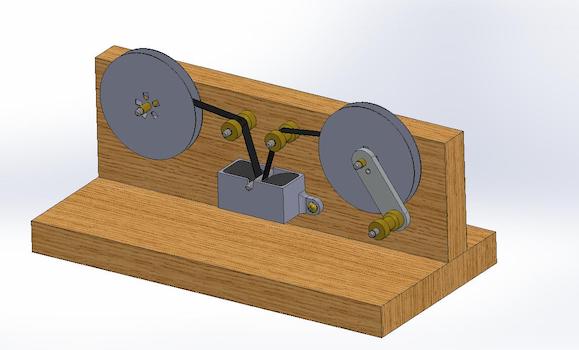
Hi Robert,
Tom
P.S. One of the power strips has a plug with the insulation coming off. This is clearly a safety issue. I took it out of service and put it next to the door to throw away. After lunch, it was gone. “Someone” said they needed a power strip and were delighted to find one. Bottom line: The team needs to remember Safety First.
Requesting movement to Warehouse
We have an IBM 077 collator and an IBM 513 reproducing punch in the 1401 demonstration room.
Neither machine has been turned on for the last two years and I don't know if either is able to work.
Neither machine has a full set of covers.
We have received a IBM 557 Interpreter with a full set of covers.
Since the 1401 cannot print on the cards it punches, many sites had an IBM 557 to perform this task.
I would like to suggest moving the IBM 077 collator and an IBM 513 reproducing punch to the 1401 area in the warehouse and move the IBM 557
from the CHM workshop to the 1401 demonstration room.
We had an IBM 029 Keypunch open in the 1401 demonstration room.
One Wednesday we came to find somebody had pounded on the IBM 029 keyboard and rendered the keypunch out of service.
Marc Verdiell spent several weeks repairing the keypunch.
The IBM 029 is in the Babbage closet now and an IBM 026 is in the 1401 demonstration room. (Wrapped To protect it from damage)
Aurora was going to rent a truck to move items to shuffle other items between Milpitas and Mountain View.
I was hoping that truck could be used could also be used to also move the three items listed above.
Stan
Clementson, David 4
Garner, Robert 0.3
Howard, John 4
Jelsema, Dale 0
Kim, Mariane 0
King, Frank 4
Menendez, Iggy 0
Paddock, Stan 4
Shirriff, Ken 4
Szolyga, Tom 4
Thelen, Ed 0
Verdiell, Marc 0
from Robert Garner
1401ers,
The Youtube sessions are being broadcast from the CHM (mostly in Lovelace, but sometimes in the lobby theater) on Monday evenings 6-8 pm. He graciously invited us to just show up to watch/participate in person if we’d like.
(Len borrowed Franks’ Type 001 hand keypunch normally attached to the railing, 1402 card brush read assembly, two small control panels/plugboards, contact relay, 405 electromechanical decade counter, and a couple of reference punched cards.)

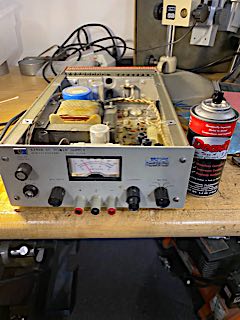
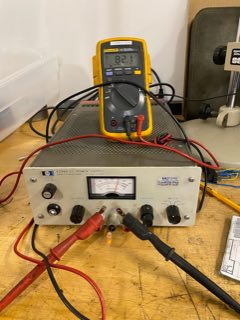
One other problem: DE drive #2 is refusing to load although it was working last week.
I'd blame the relays like DE #1 except DE #2 has the NOR (SMS) logic.
Clementson, Dave 5
Garner, Robert 4
Howard, John 4
Jelsema, Dale 0
Kim, Mariane 5
King, Frank 4
Menendez, Iggy 0
Paddock, Stan 4
Shirriff, Ken 4
Szolyga, Tom 6
Thelen, Ed 0
Verdiell, Marc 0
|
Hi,
I was lead for the 11:00 am demo and Peter Chang was the Operator. Karen Sun and Jack Ghiselli were also there as helpers/observers. We had 32 visitors for the demonstration; two were from England. We used CT, and all equipment worked fine. My thanks to the restoration team for fixing the 1402 card reader. Stephen H. Madsen |
1401 Demo, 12:30, 1/11/23
|
Maintenance - January 11, 2023 - from Robert Garner, Ken Shirriff, & David Clementson
Here’s the 1401 restoration status for Wednesday, Jan 11th.
Today’s focus was on relay testing; neon bulb/light & fuse indicator issues in DE 729 #1 and the DE 1401’s TAU control panel.
(as it's done before, DE tape drive #1 mysteriously and inexplicitly returned to life, satisfactorily performing tape loads. Relays!&^*%$)
Detailed reports and the attendance table:
In the workshop, Tom continued designing and assembling his Arduino-based interface to the 1401’s serial I/O port, photo below:
from Ken Shirriff
I looked into the TAU problem with the B register A bit light not lighting. (This corresponds to the "low" A bit signal.) This happens with multiple drives, so it's a TAU issue, not a drive issue. I traced the signals and the problem appears to be early in the signal processing. This problem is likely to cause bad data when reading so it's worth fixing.
On the oscilloscope, the signal levels from the drives vary widely from 4.88V p-p to 8.16V. The A bit is in the middle at 5.84V, so that doesn't seem to be the issue. The signal goes through a DZA amplifier/clipper card and the low output looks maybe .5V lower than the others, but it's hard to tell if this is the problem. Next, the signals go through YCC peak detector/integrator cards. This is generating spike signals but they look 4 volts too weak.
Later in the processing chain, the low A signal disappears entirely and the light doesn't light.
My conclusion is that the input from the tape drive is okay but bit A low deteriorates after the first two cards. My plan is to swap out those cards to see which one is causing the issue.
Ken
from David Clementson
from Robert Garner
1401ers,

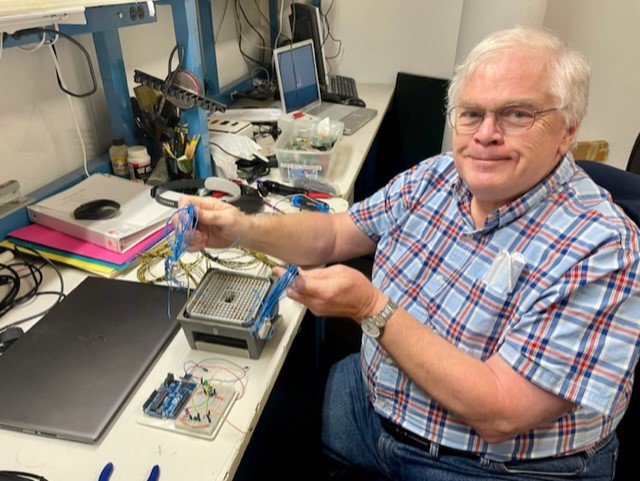
The DE #1 tape drive was unexpectedly working today after its intermittent problems. Apparently, Frank has the magic touch and restored it to operation, David and John are investigating two neon bulbs that aren't lighting on the back panel.
DC
|
Steve Madsen and I gave the demo to about 40 people. We used CT, the 026s, and the 083. All equipment worked A-OK. Most of the guests were from the Bay Area with a few from outlier states like Wisconsin. There were also a couple of computer experts from Israel with some fascinating stories.
There was also a demo at 1:00 PM with a different team. I did not see the demo but I am guessing that they had a lot of guests from the number of cars in the parking lot. Paul Laughton |
